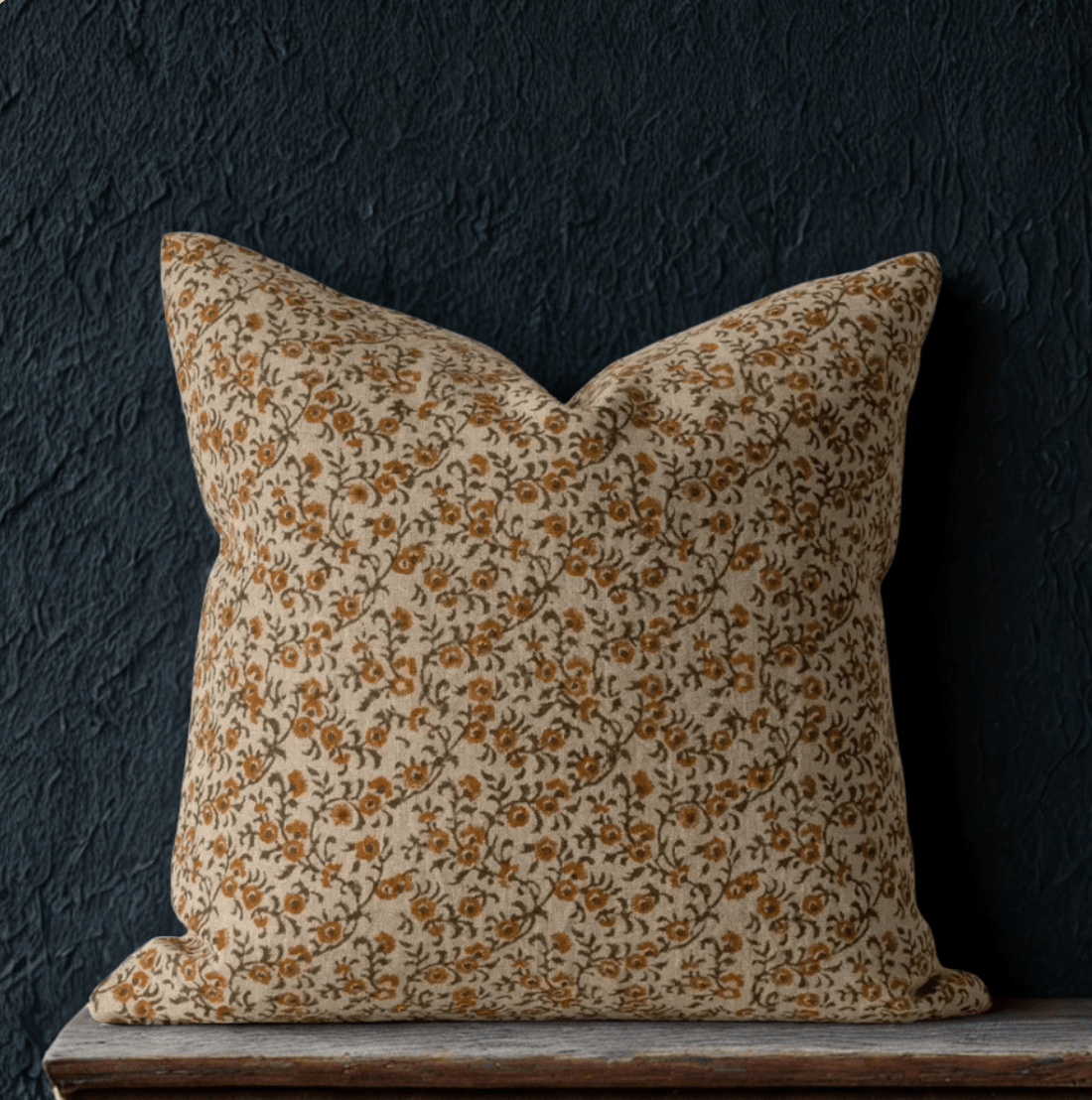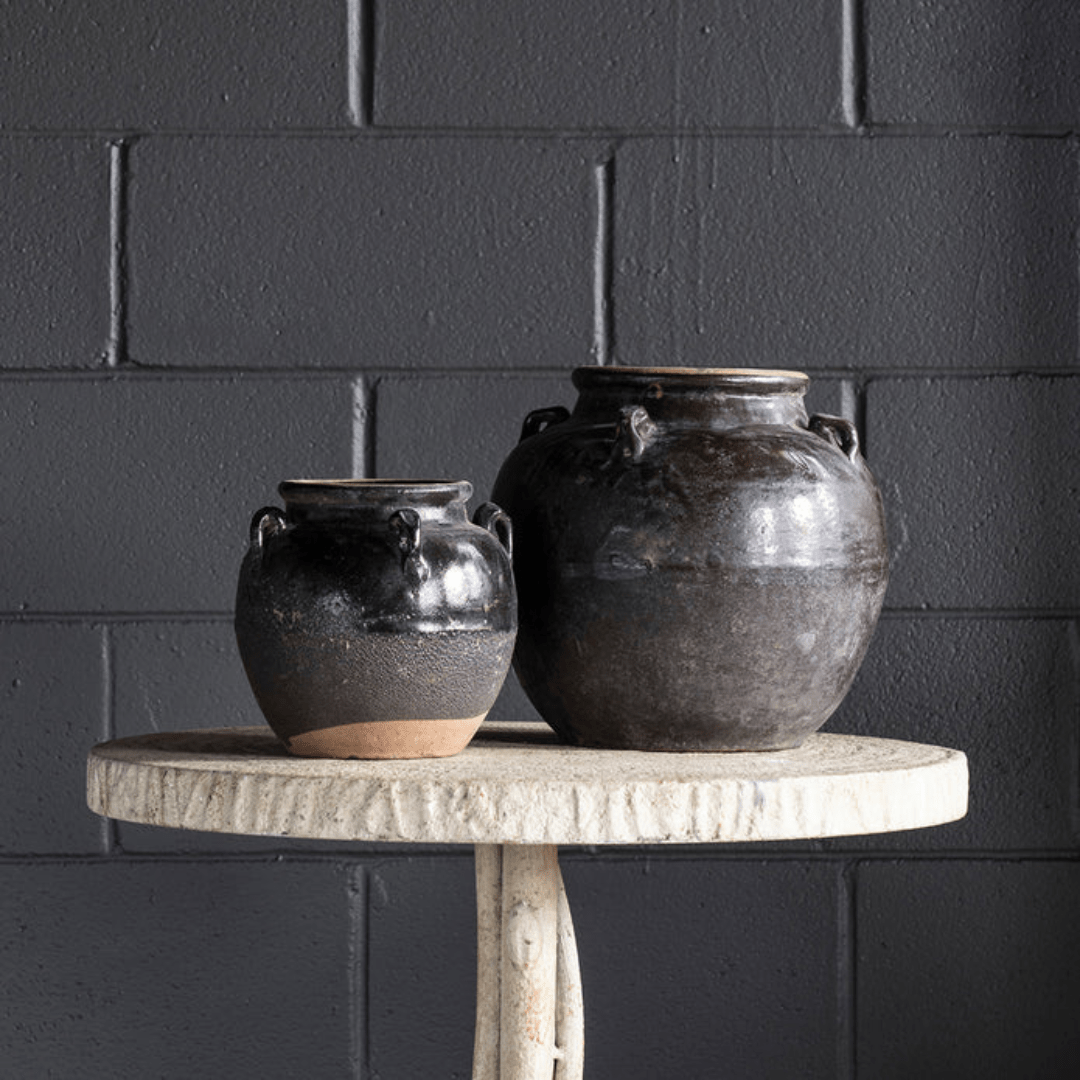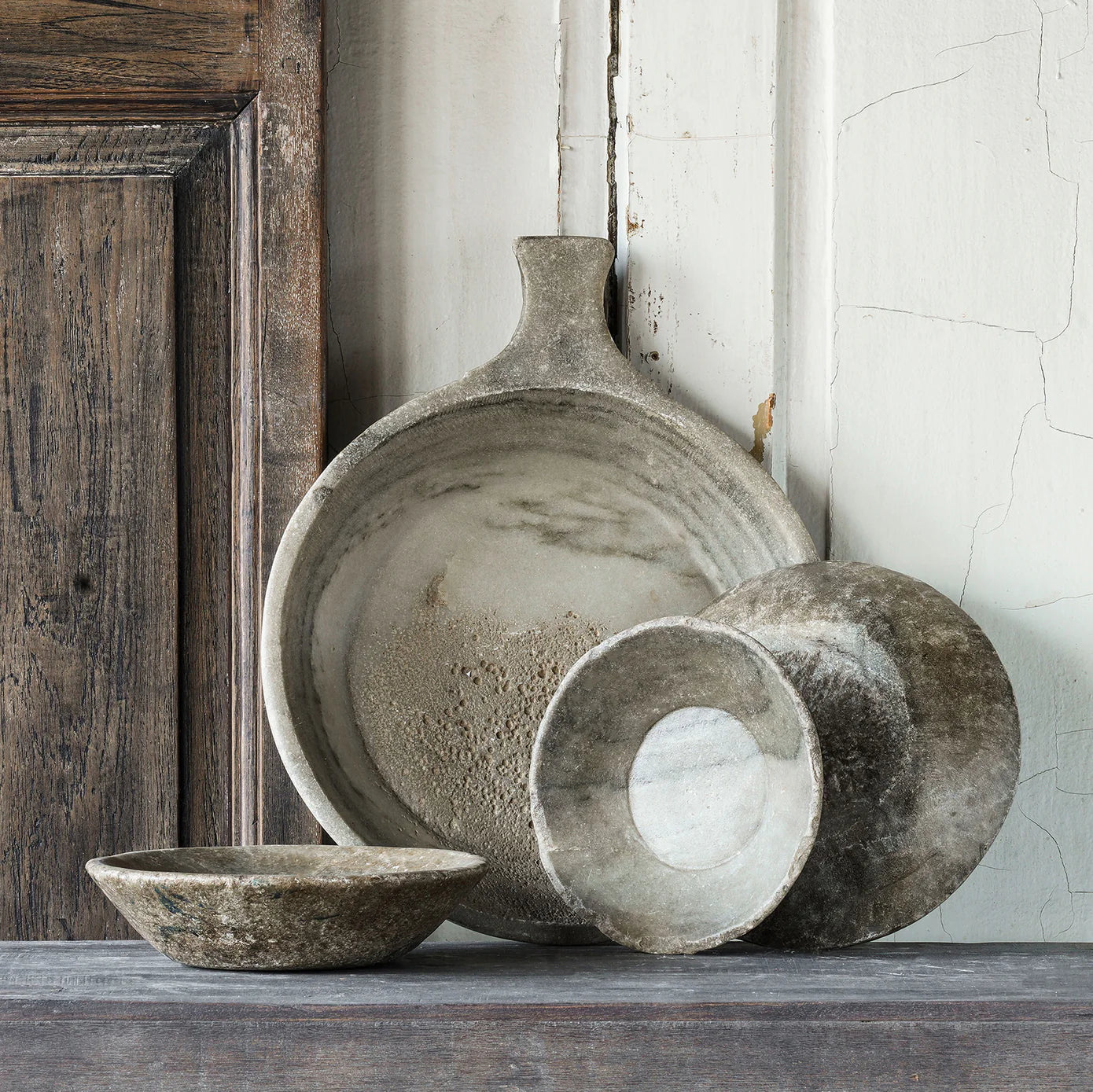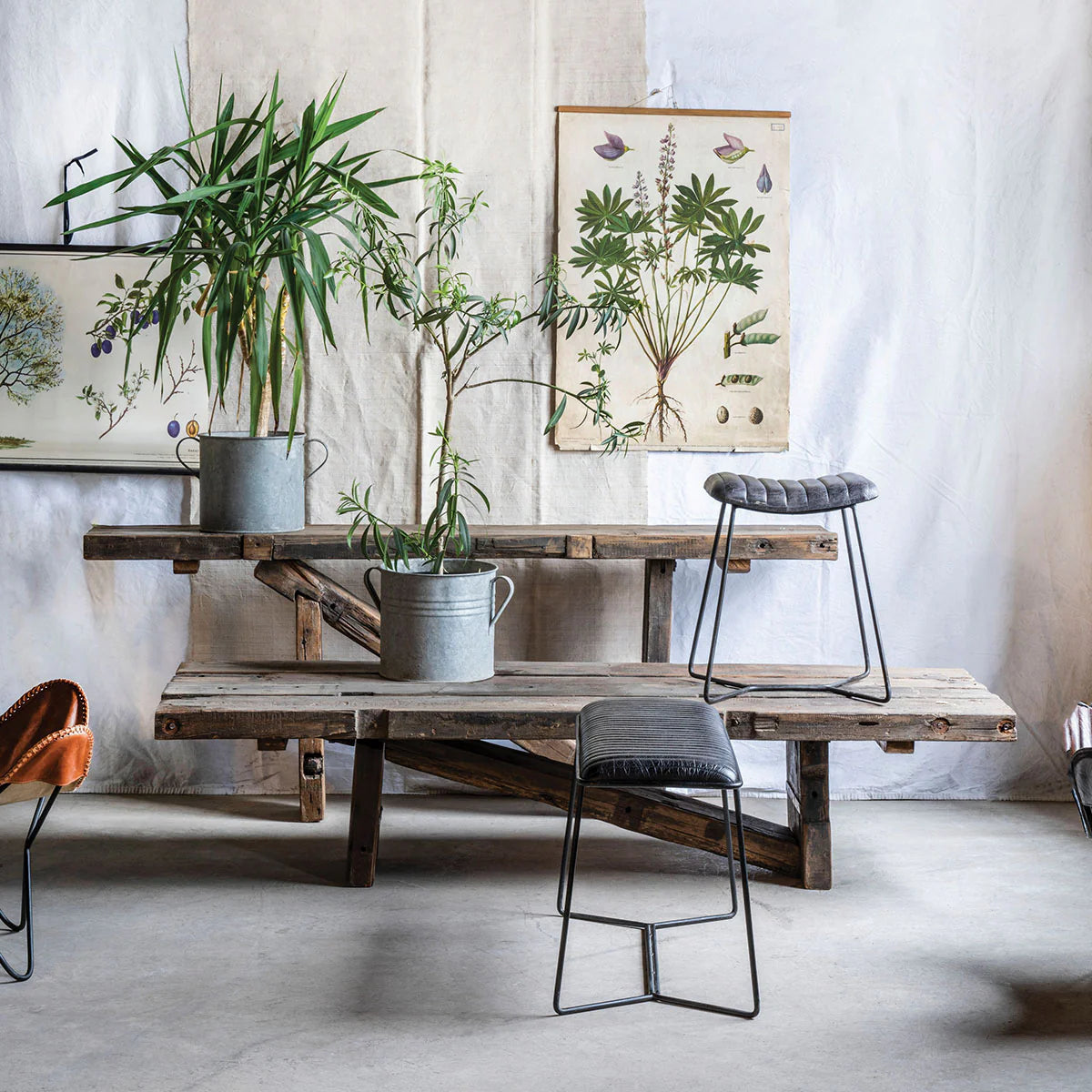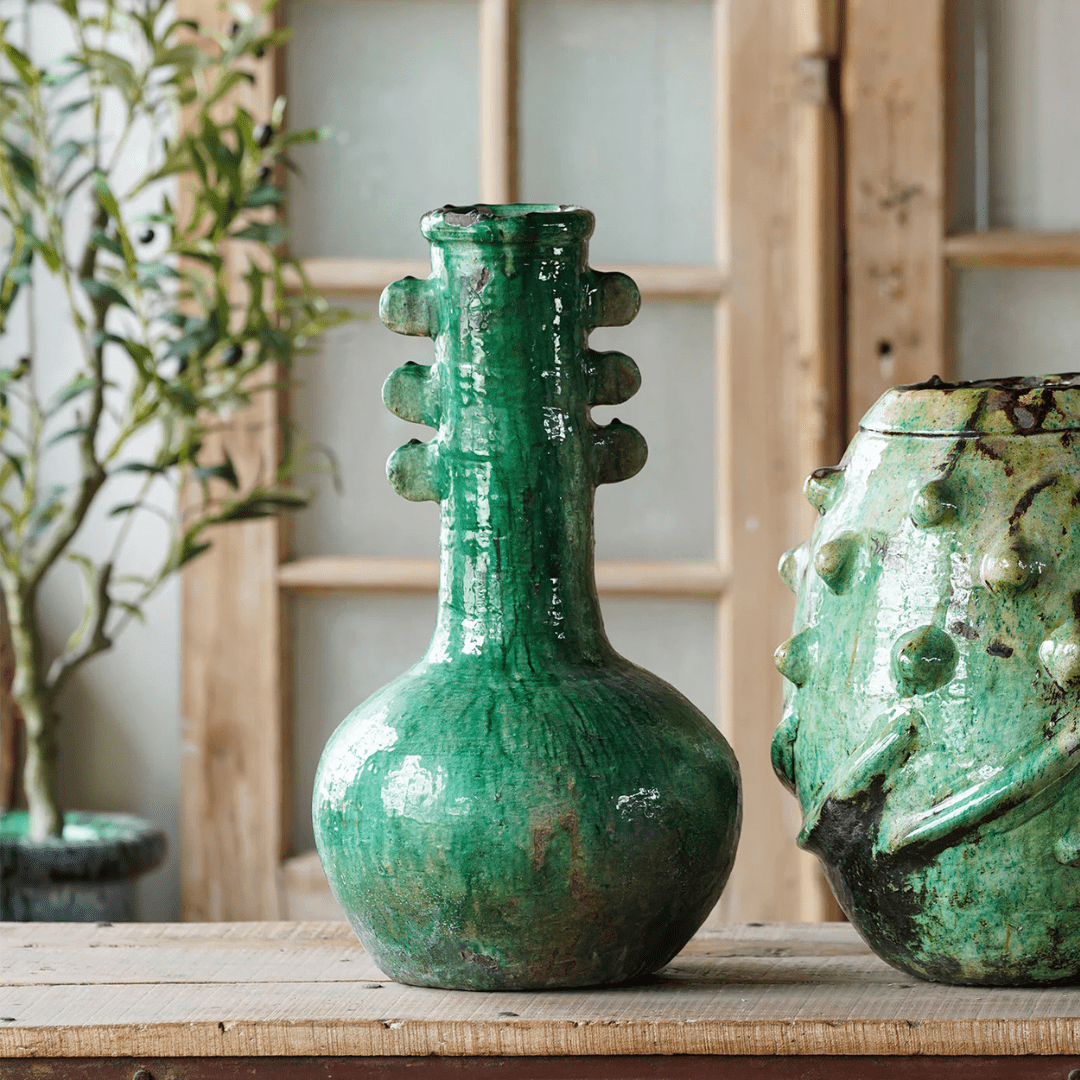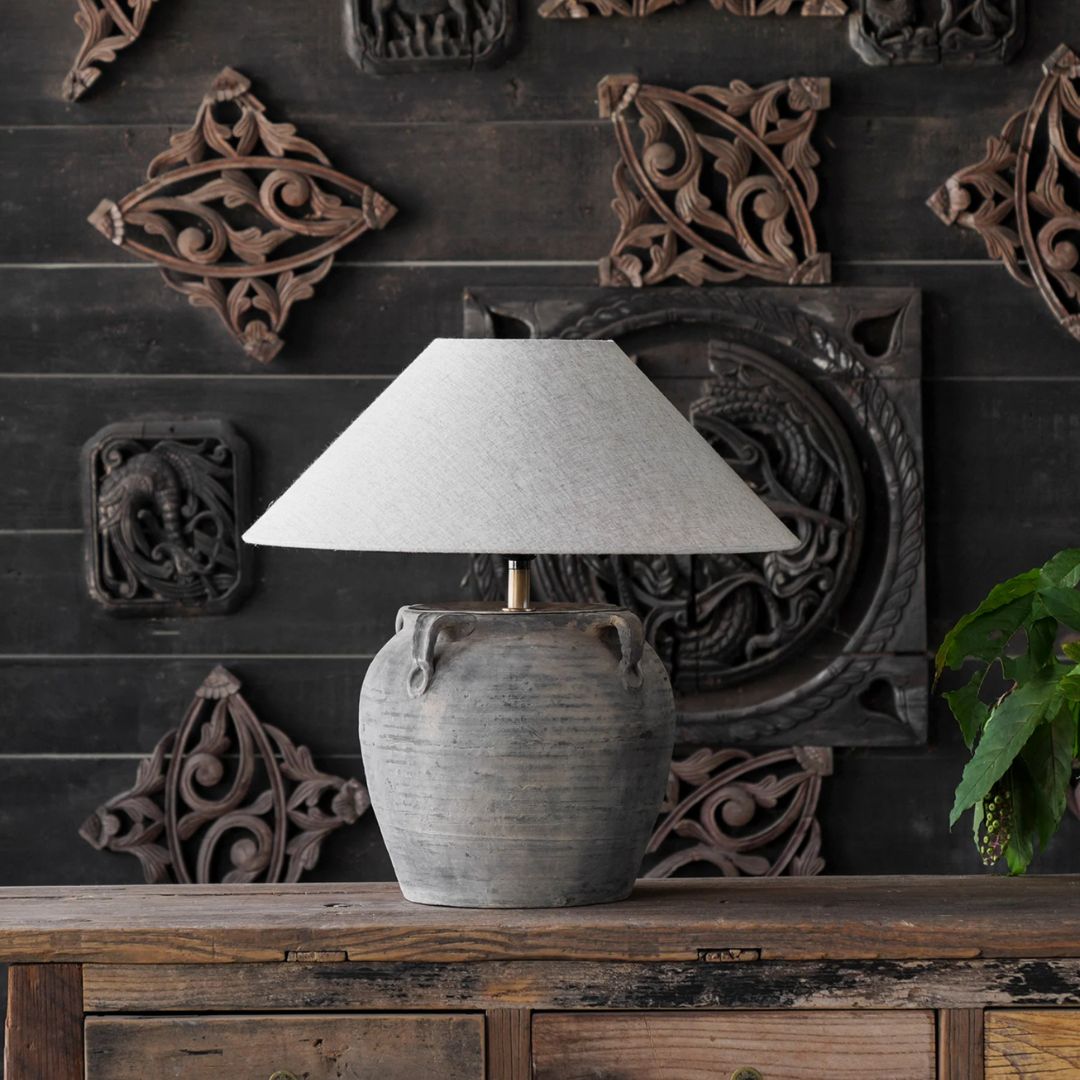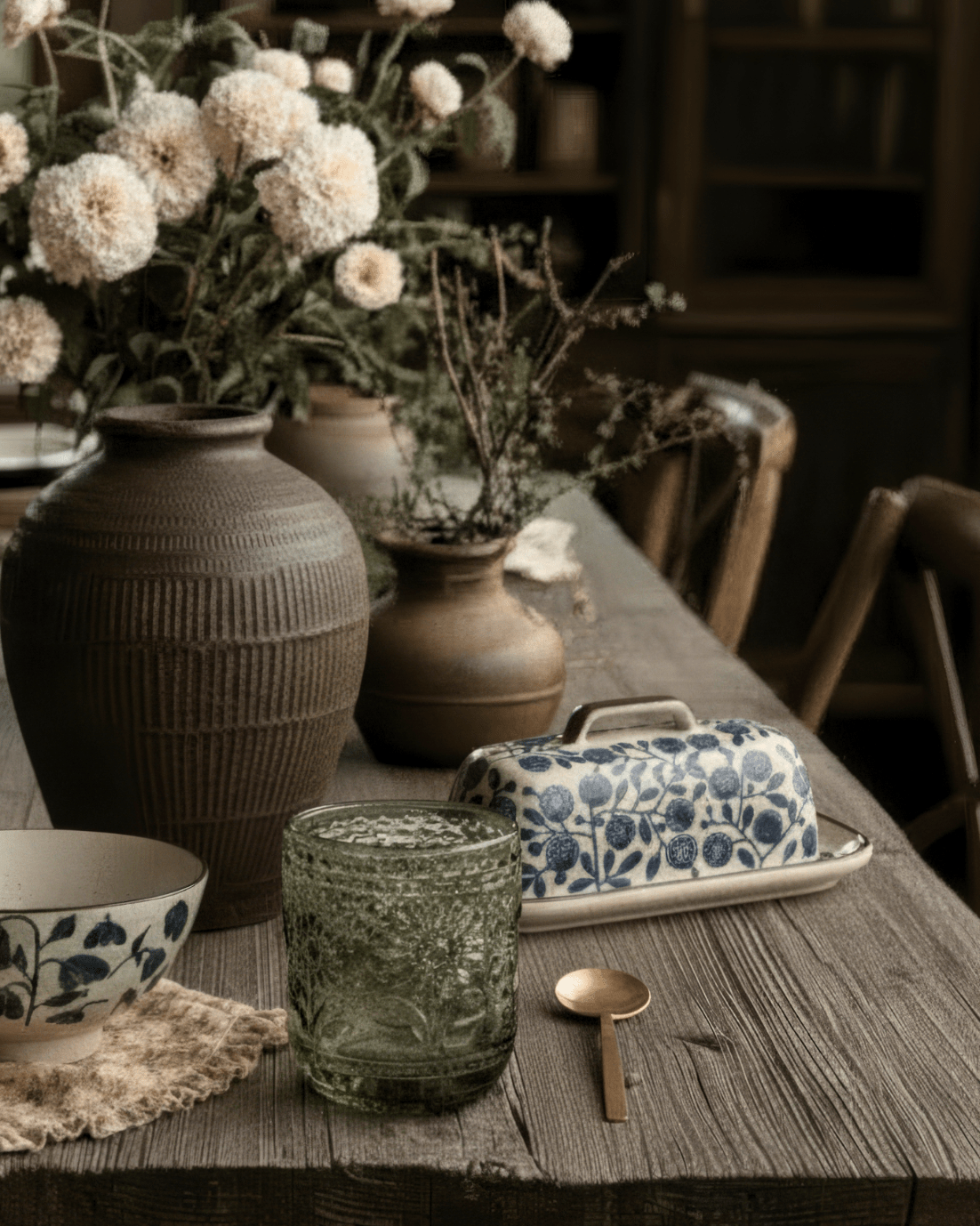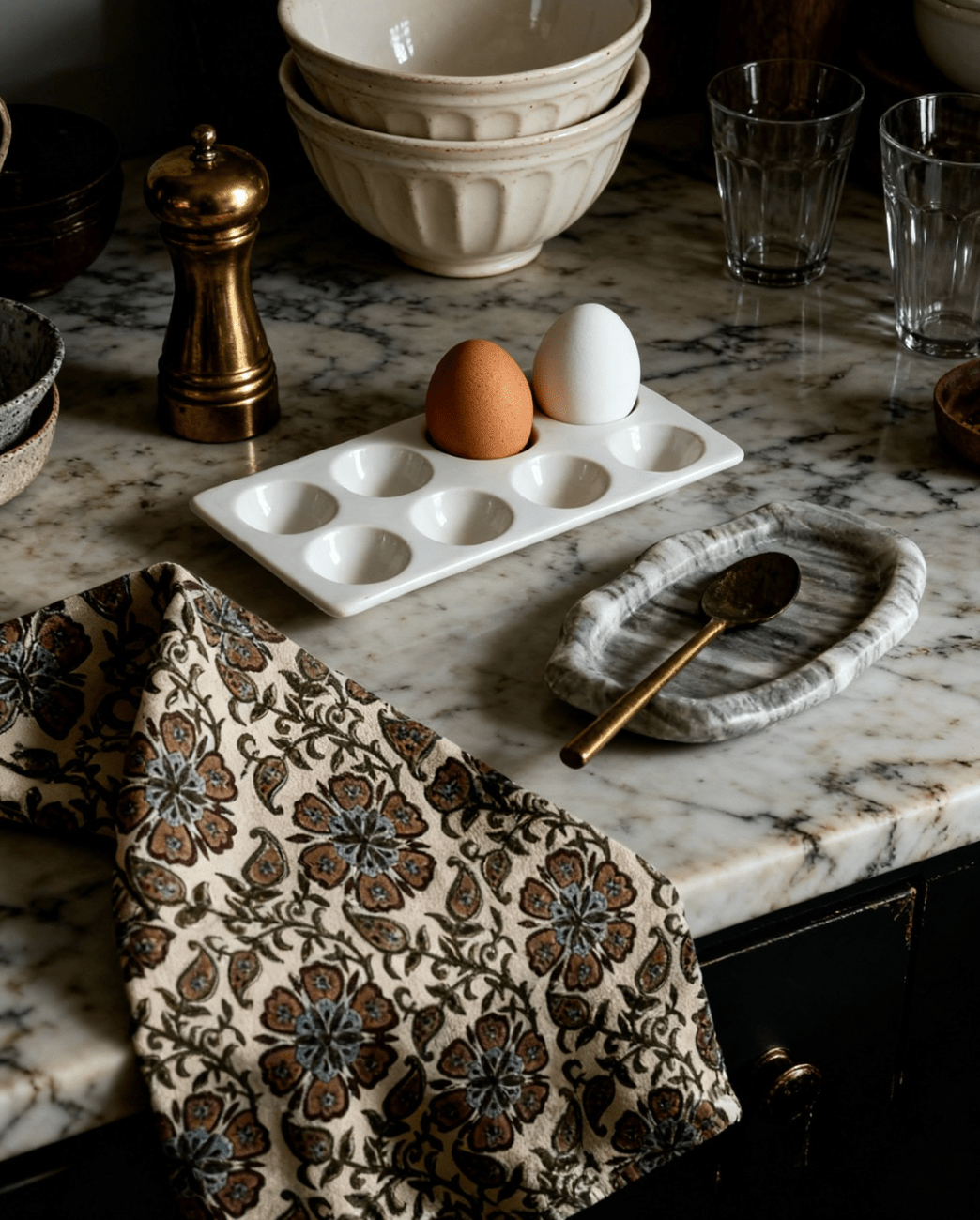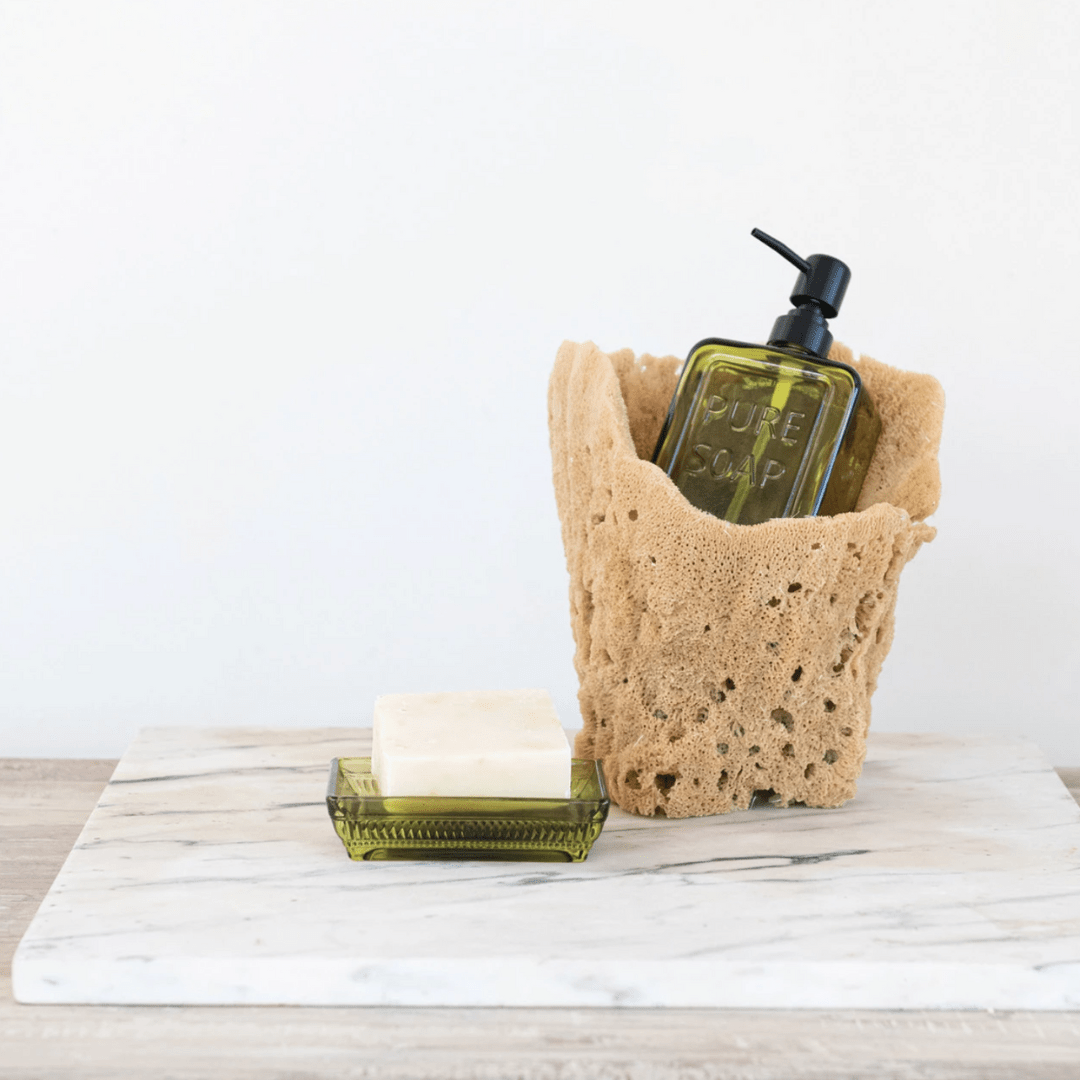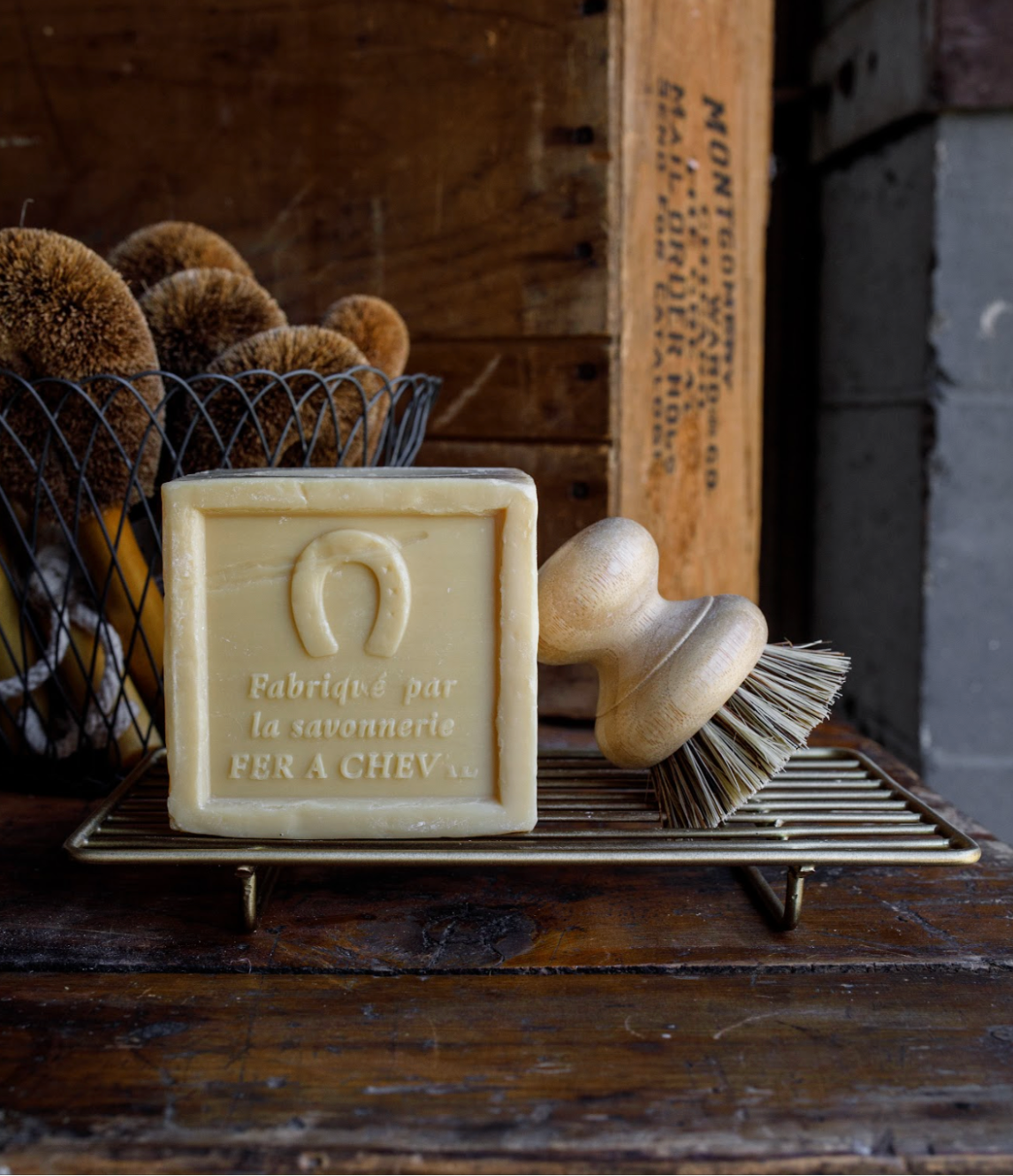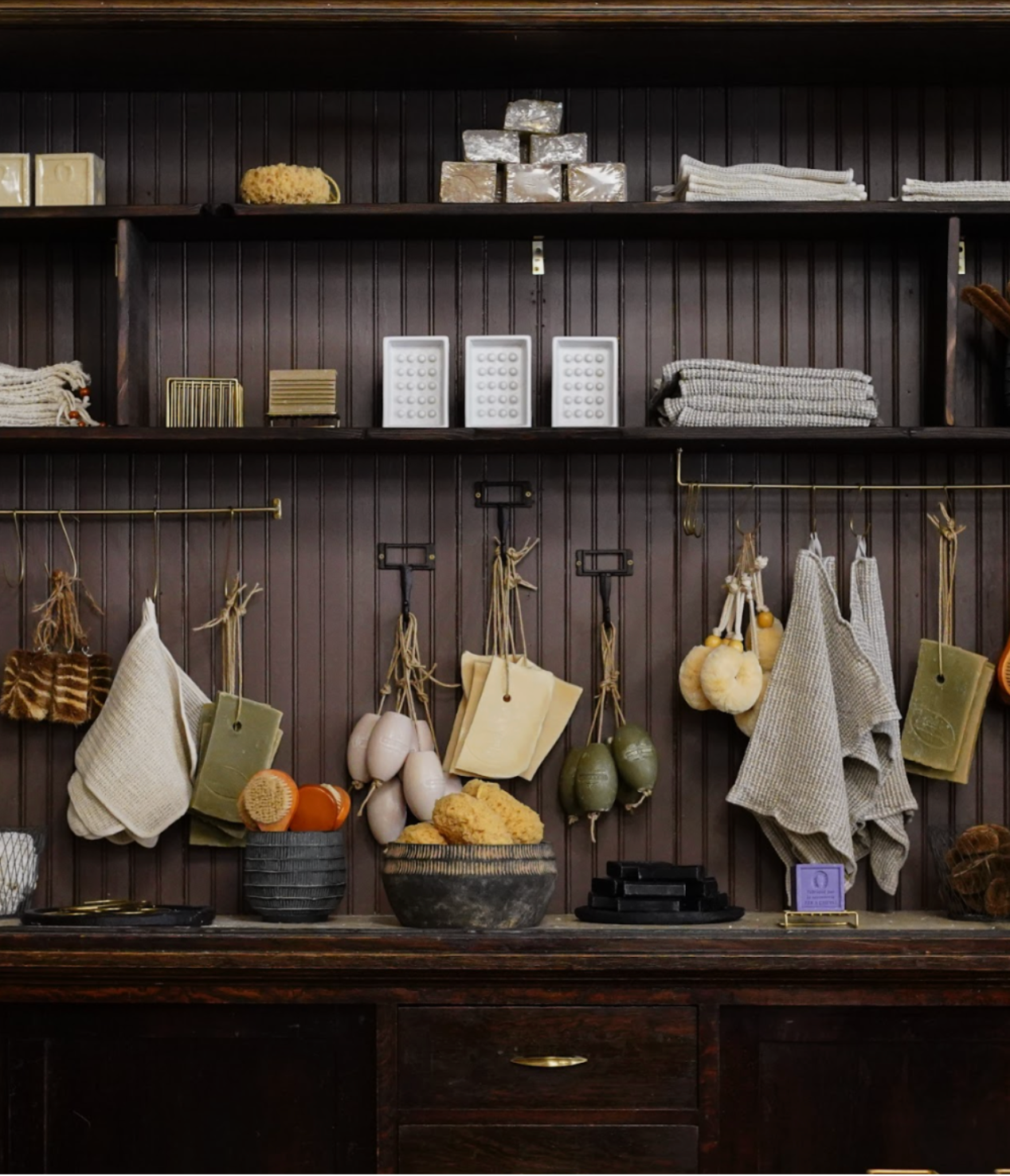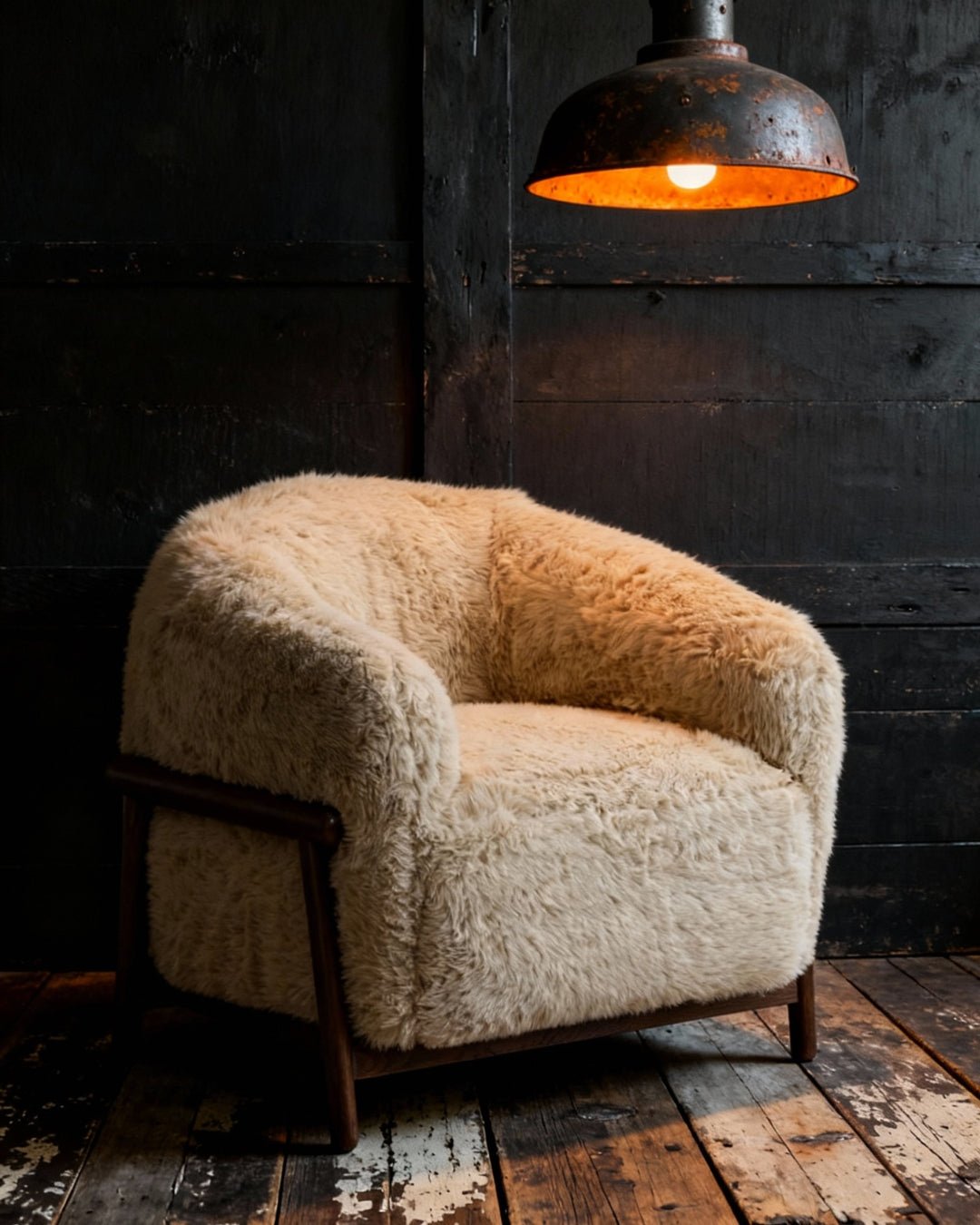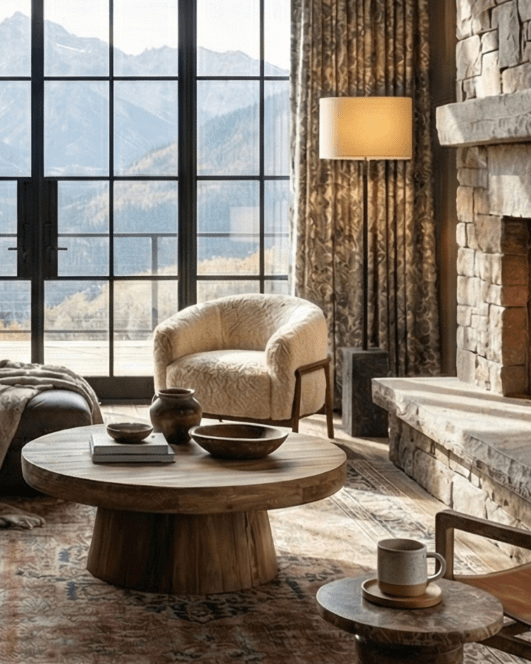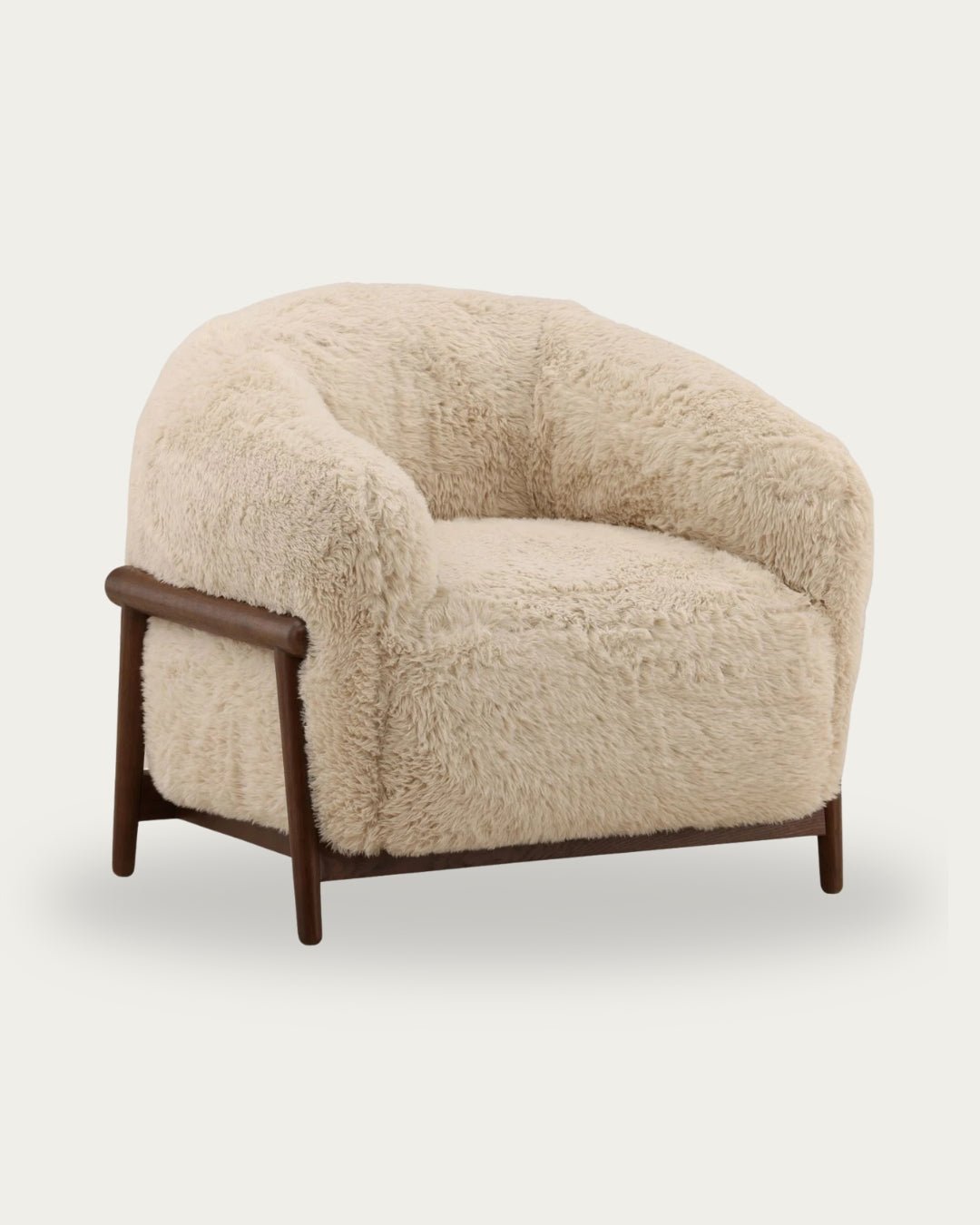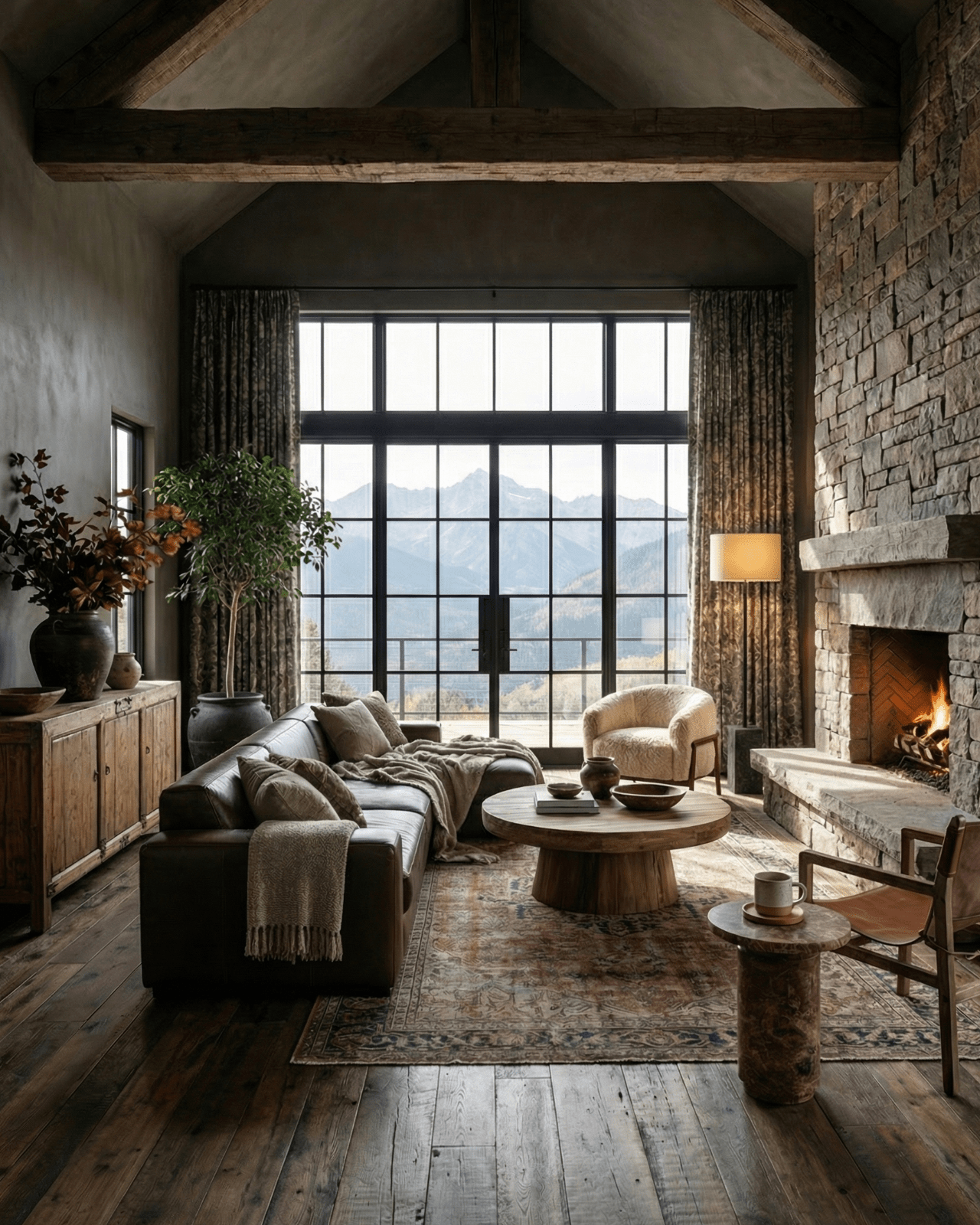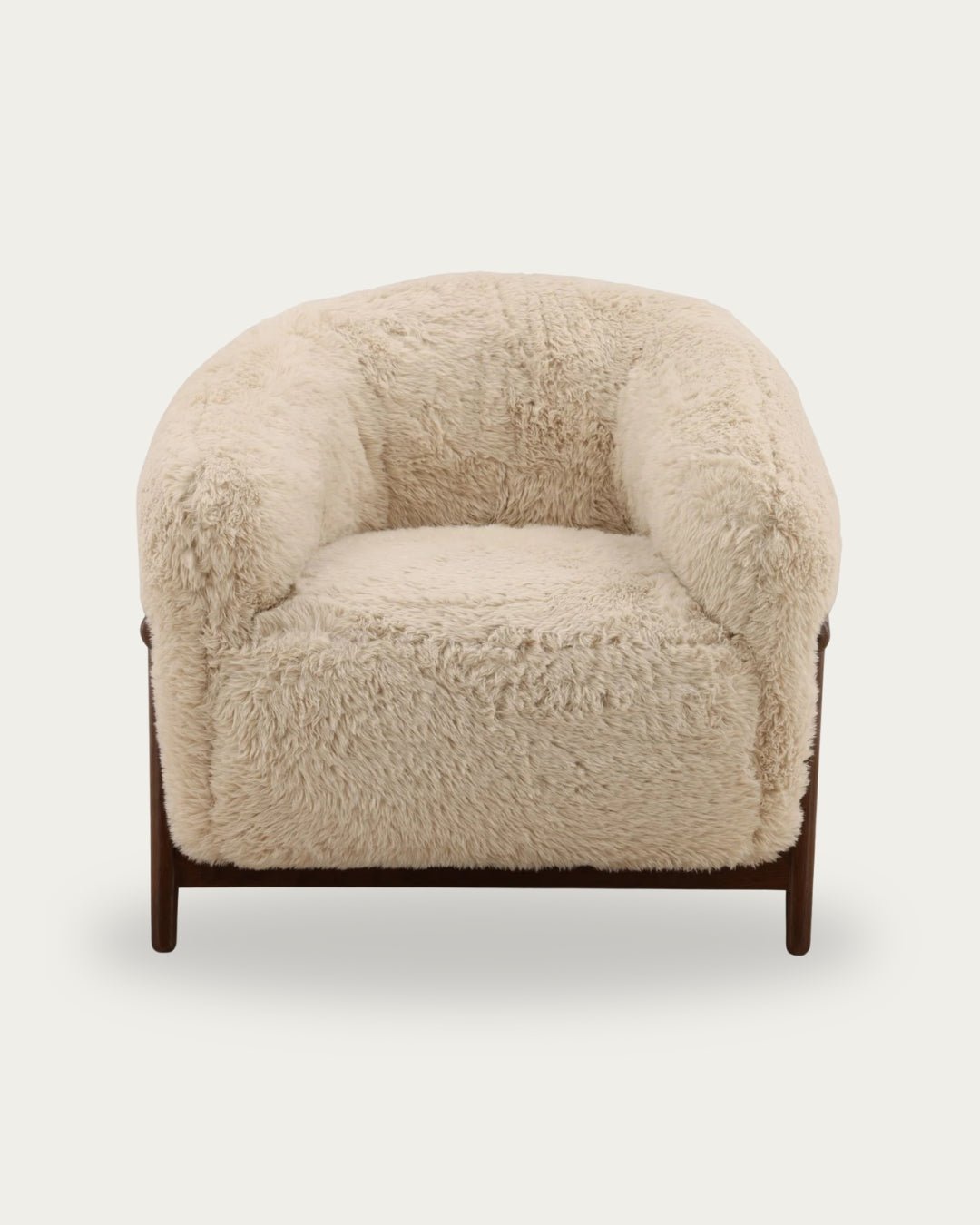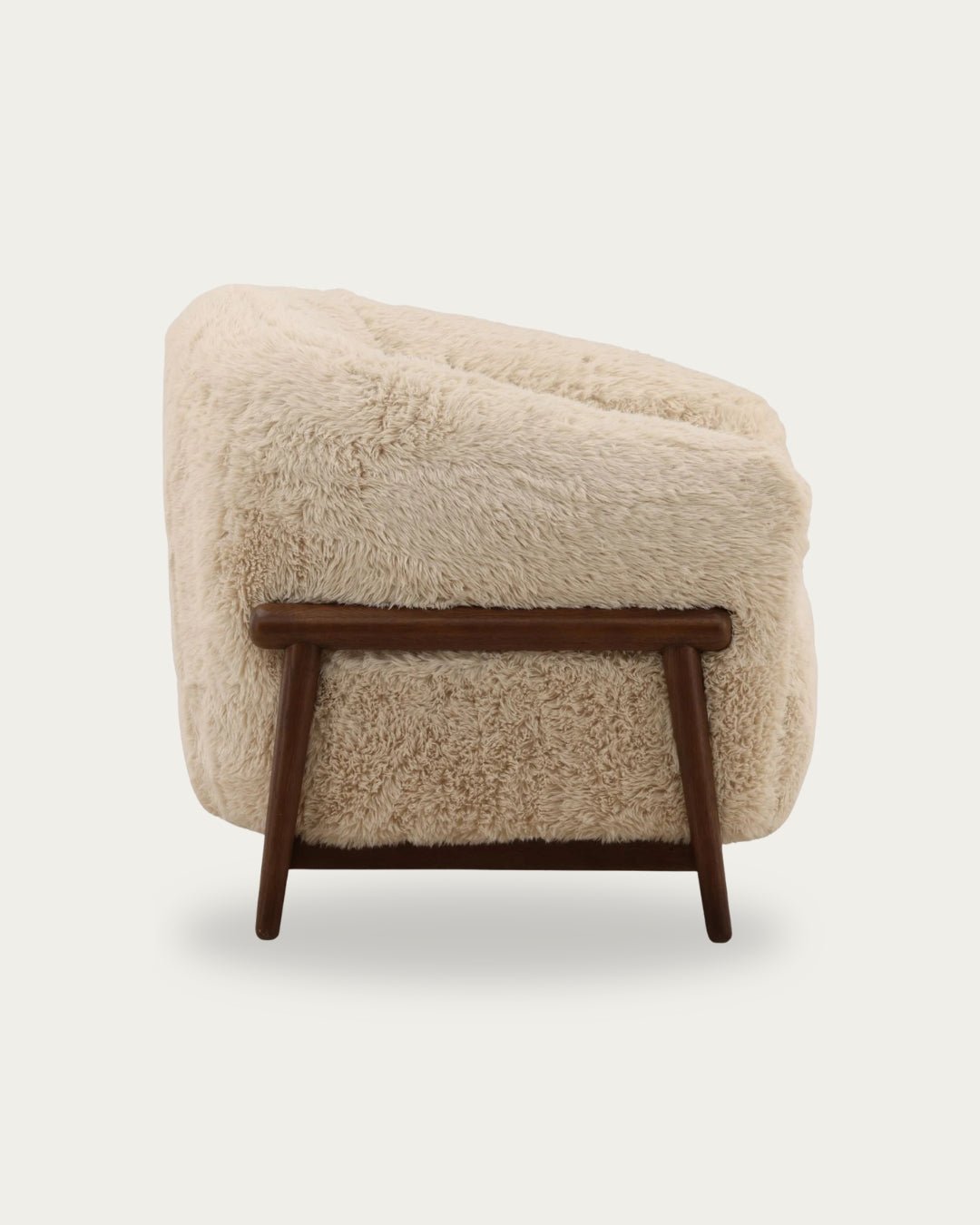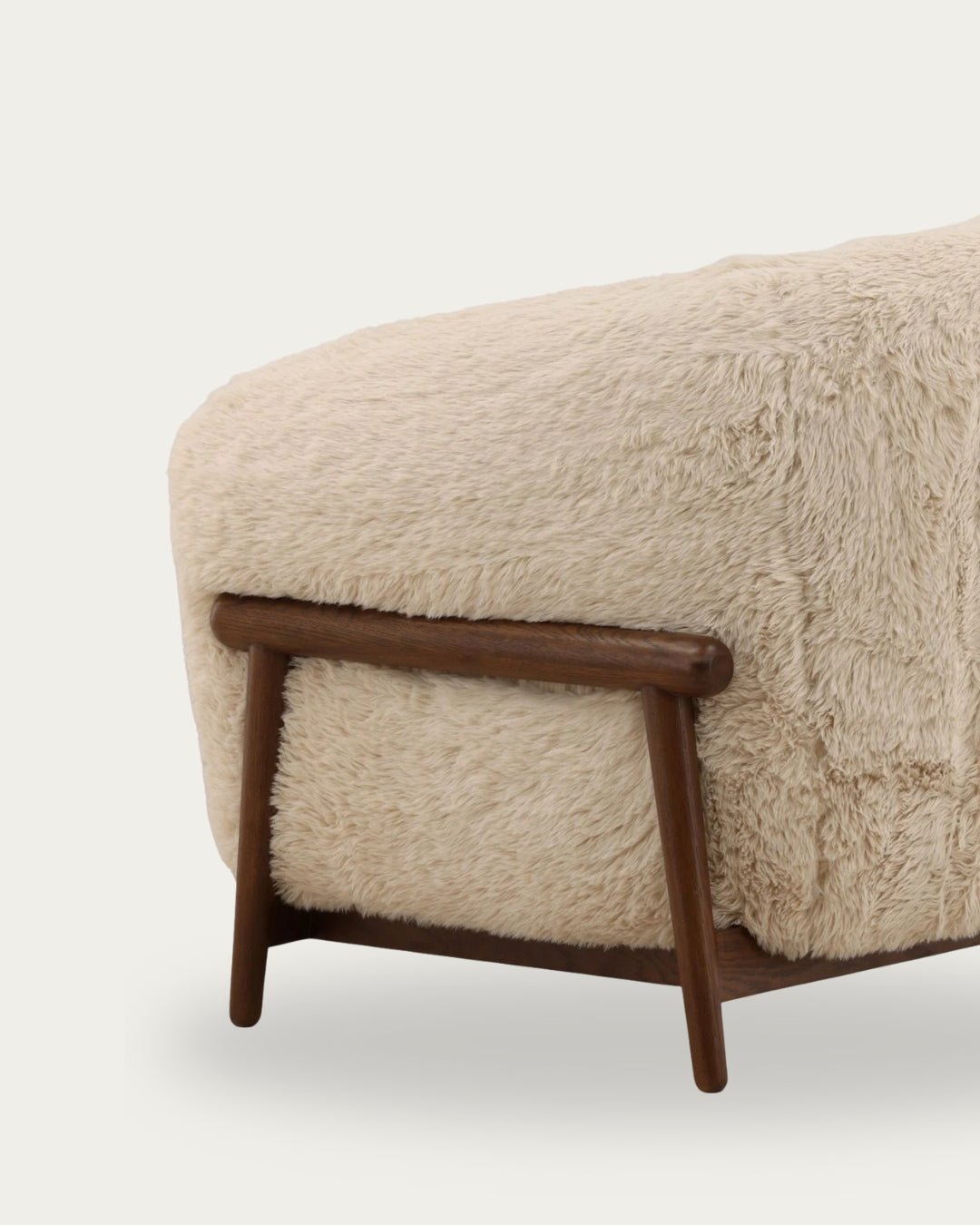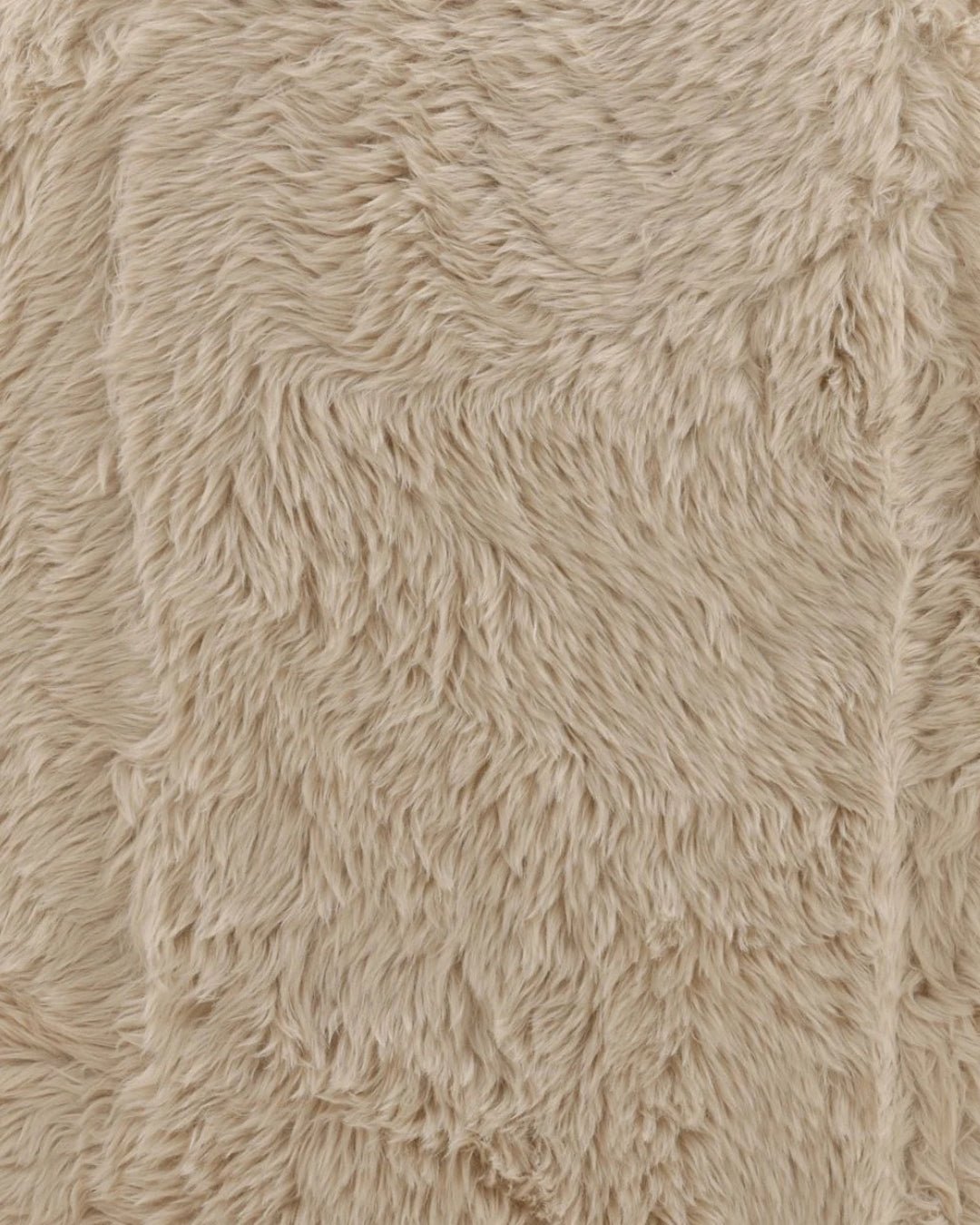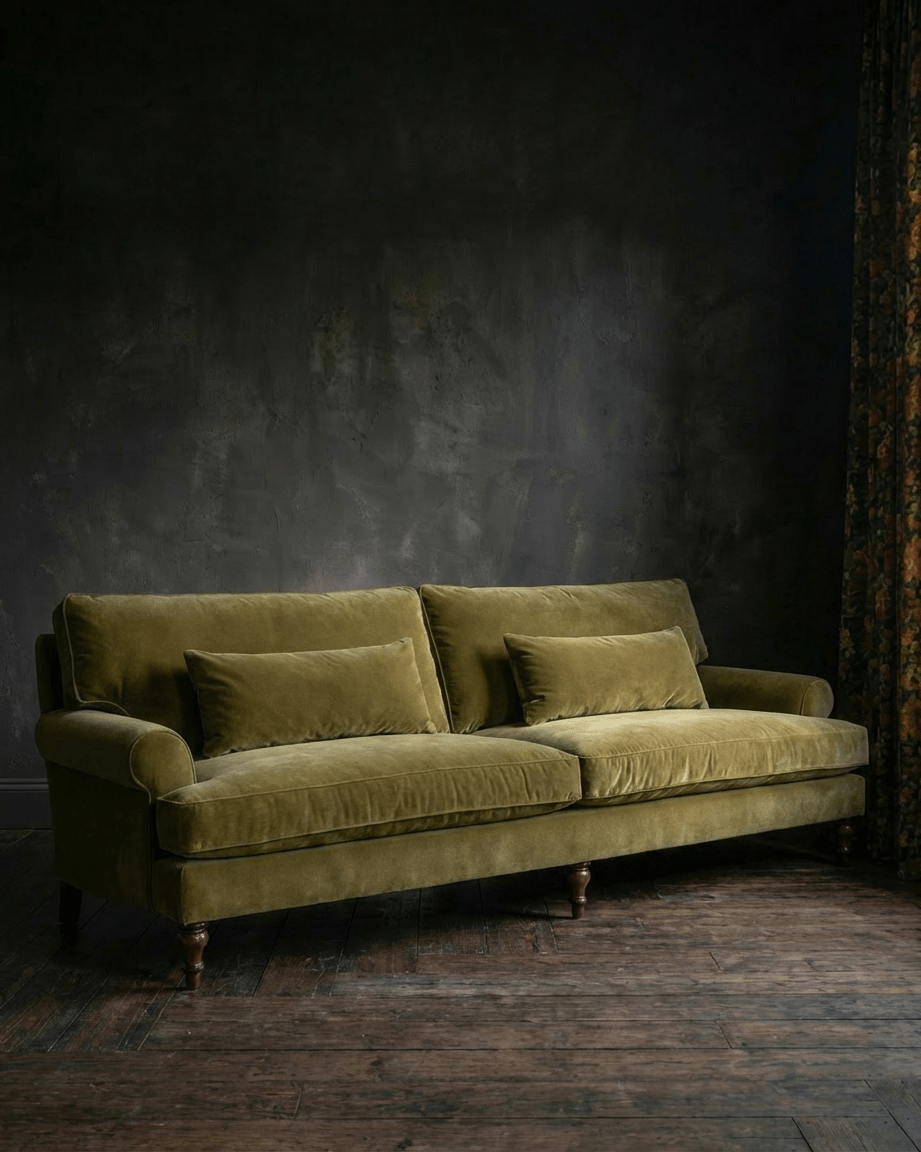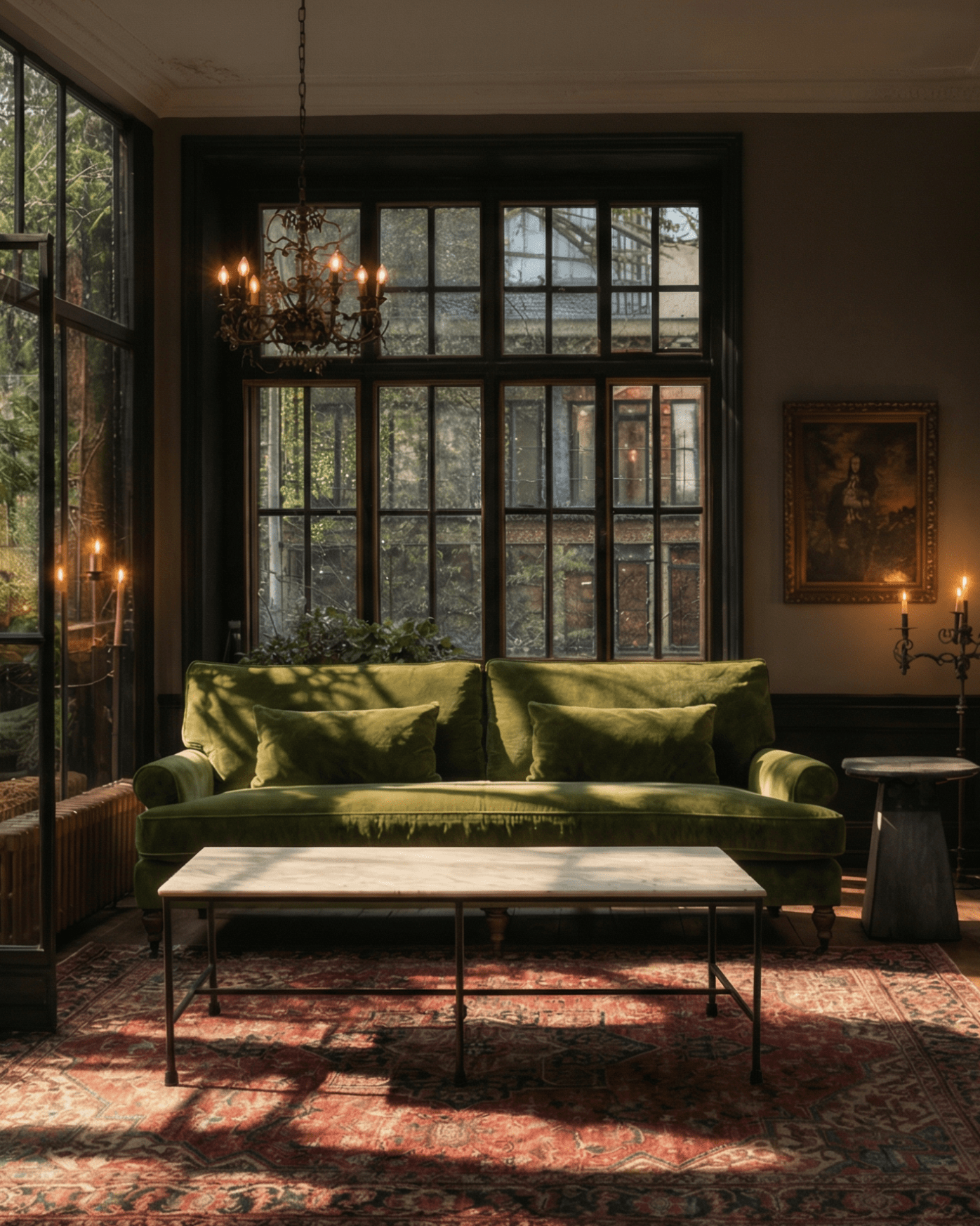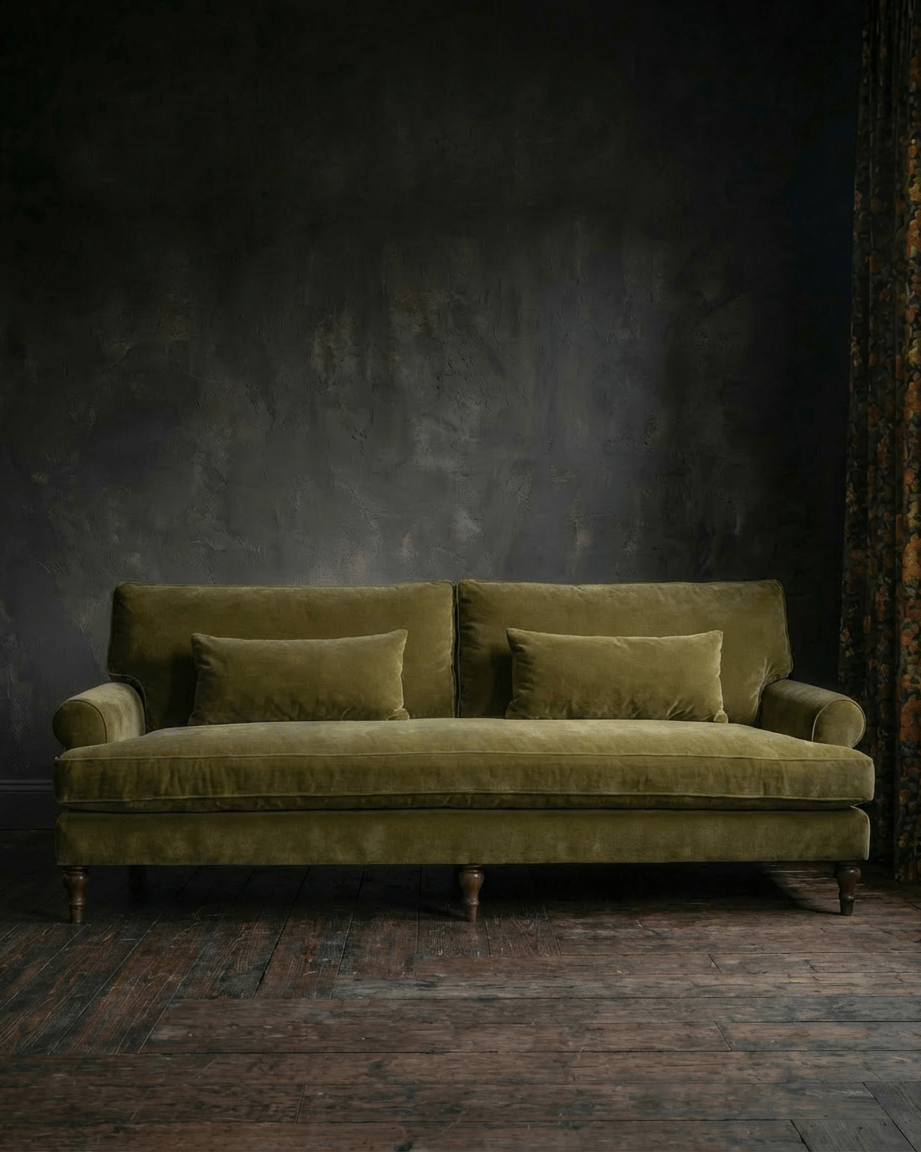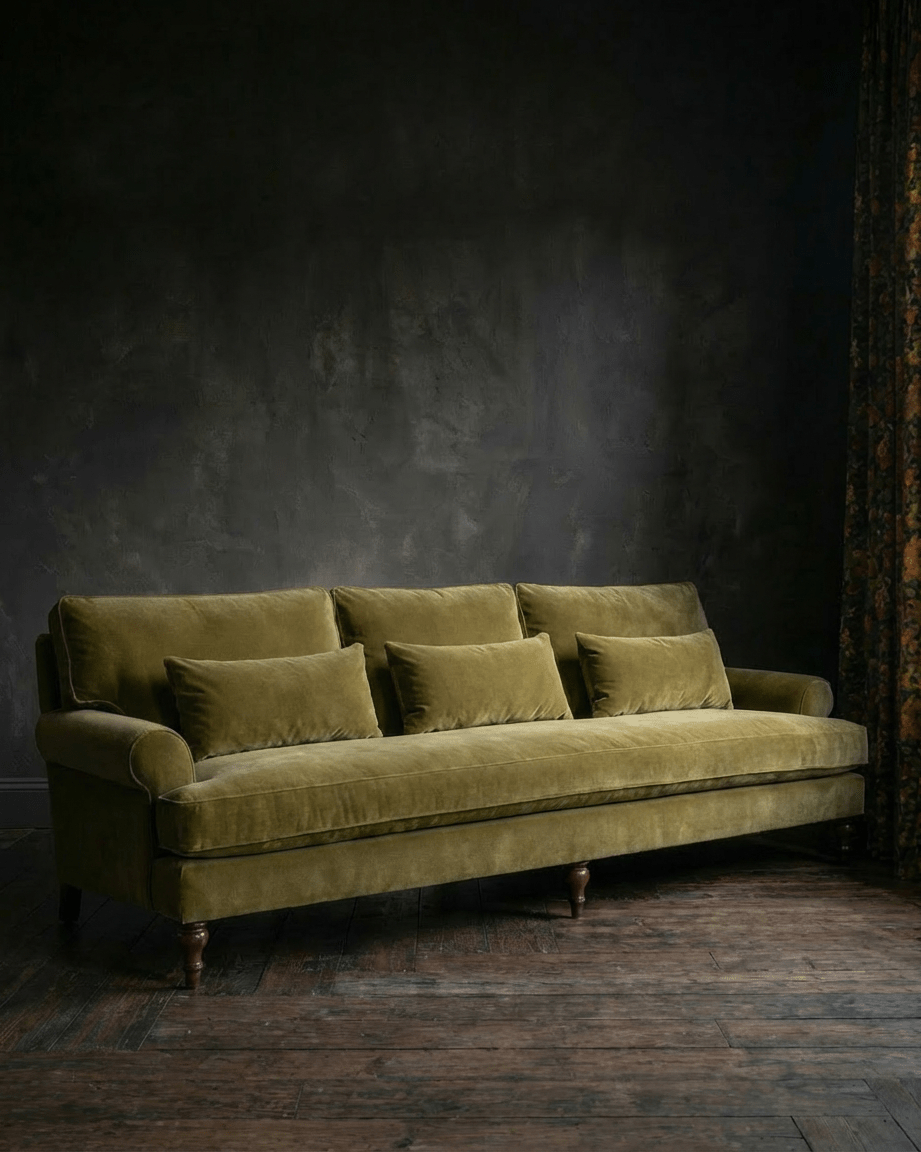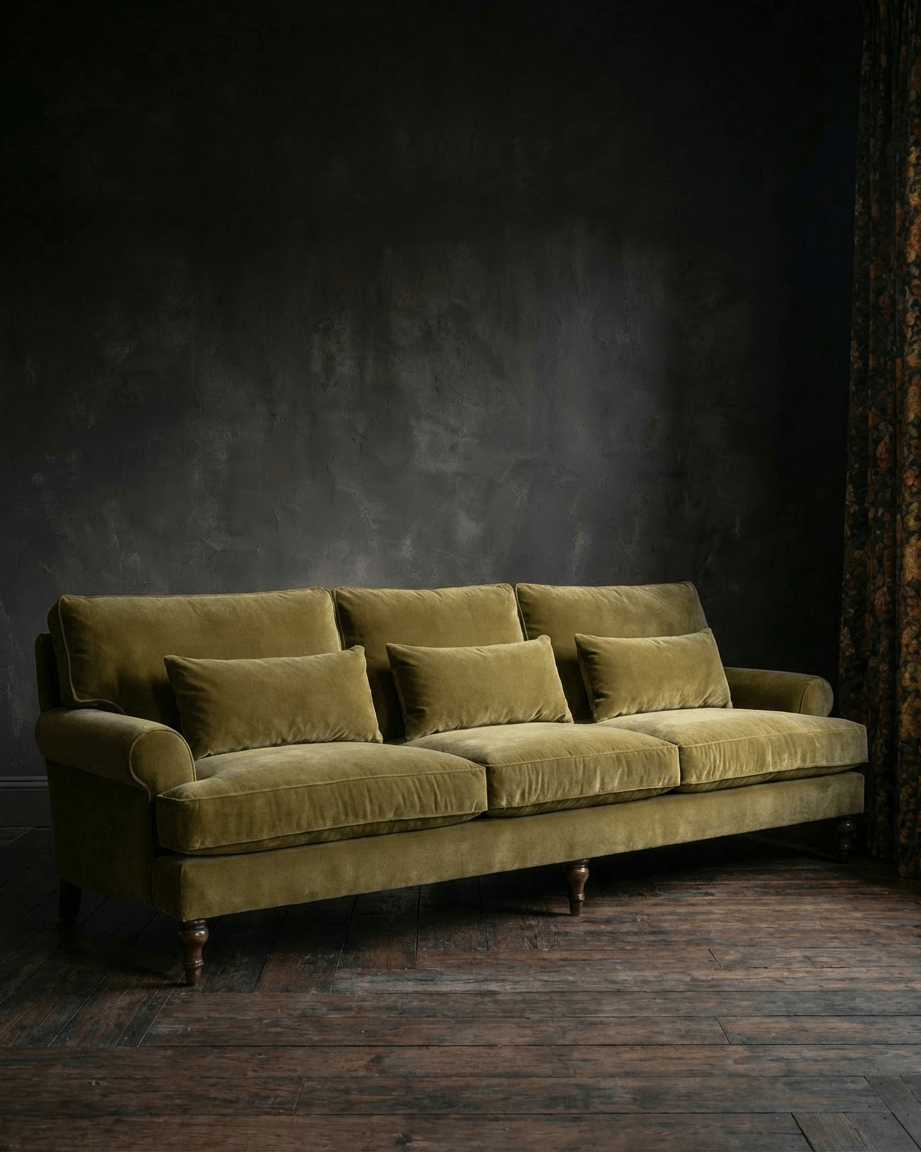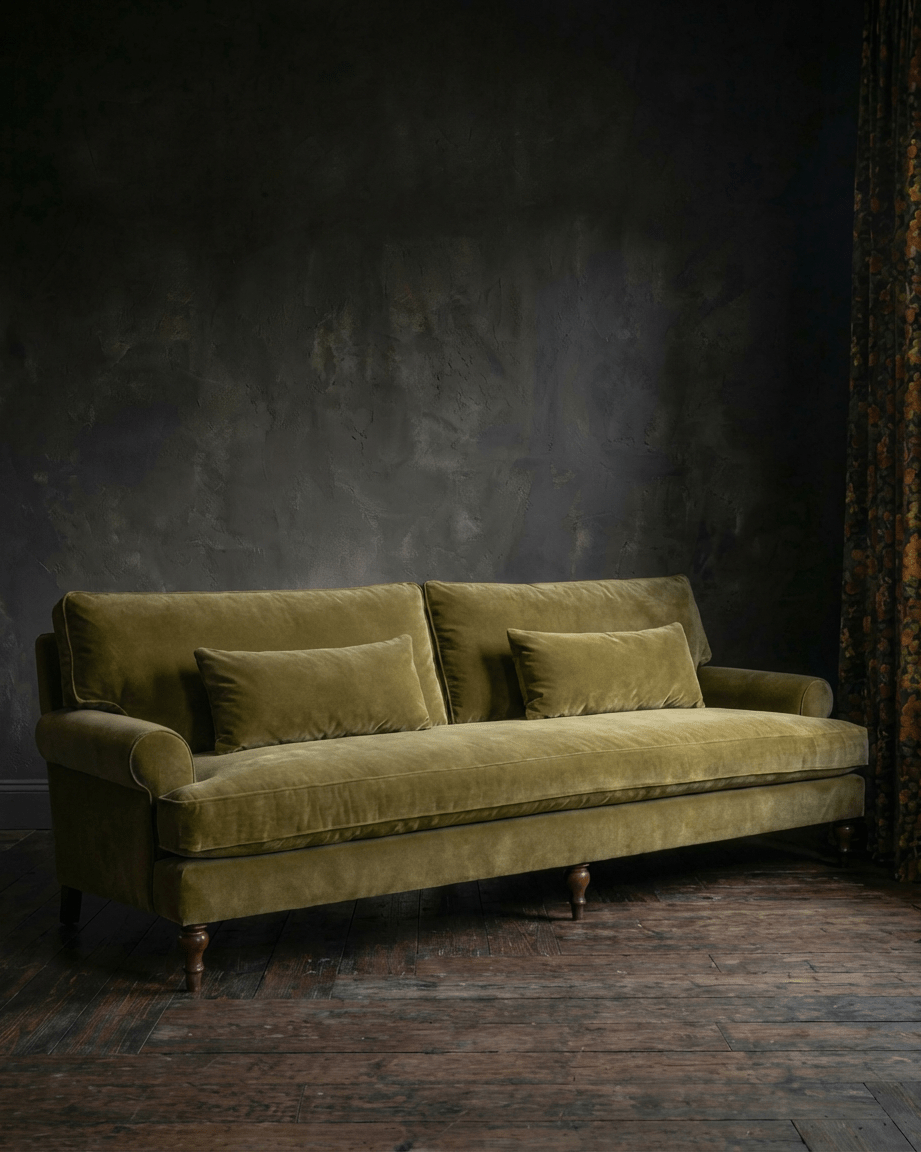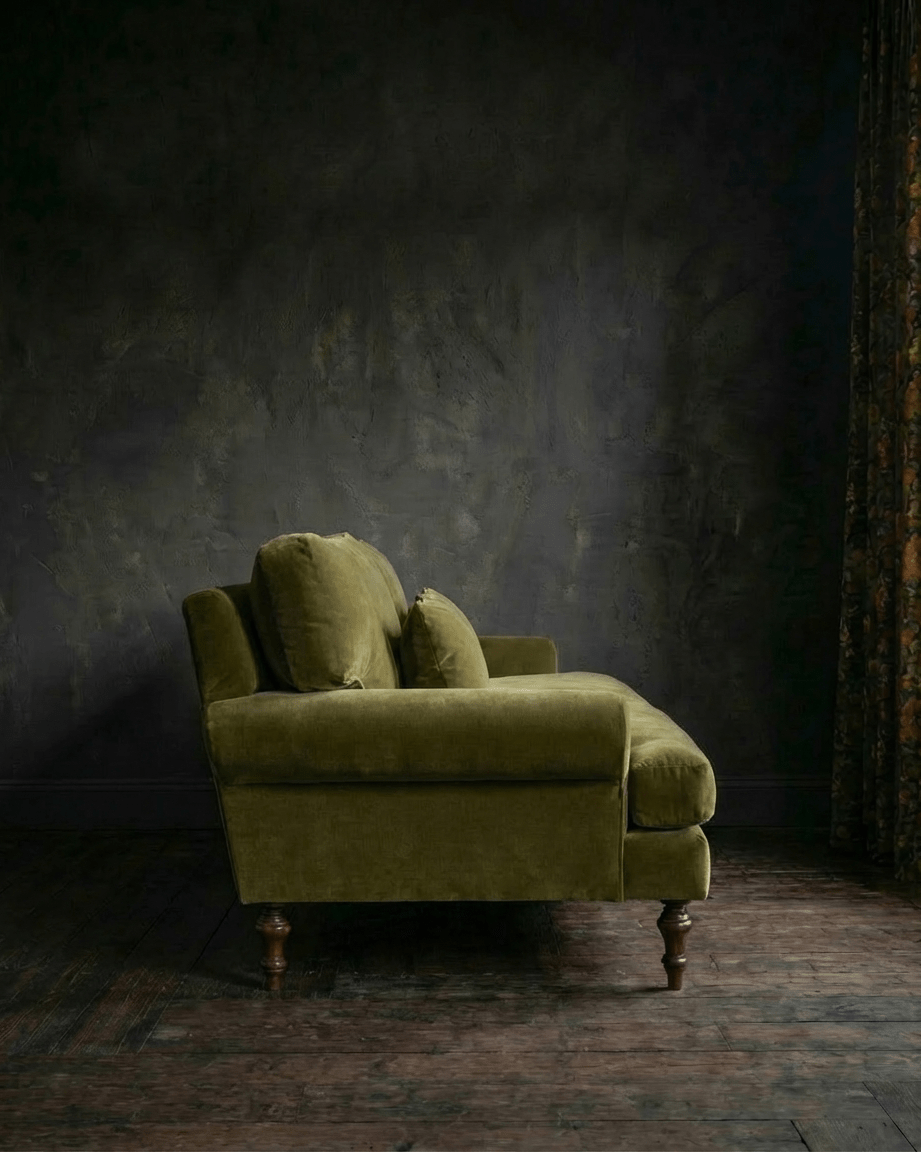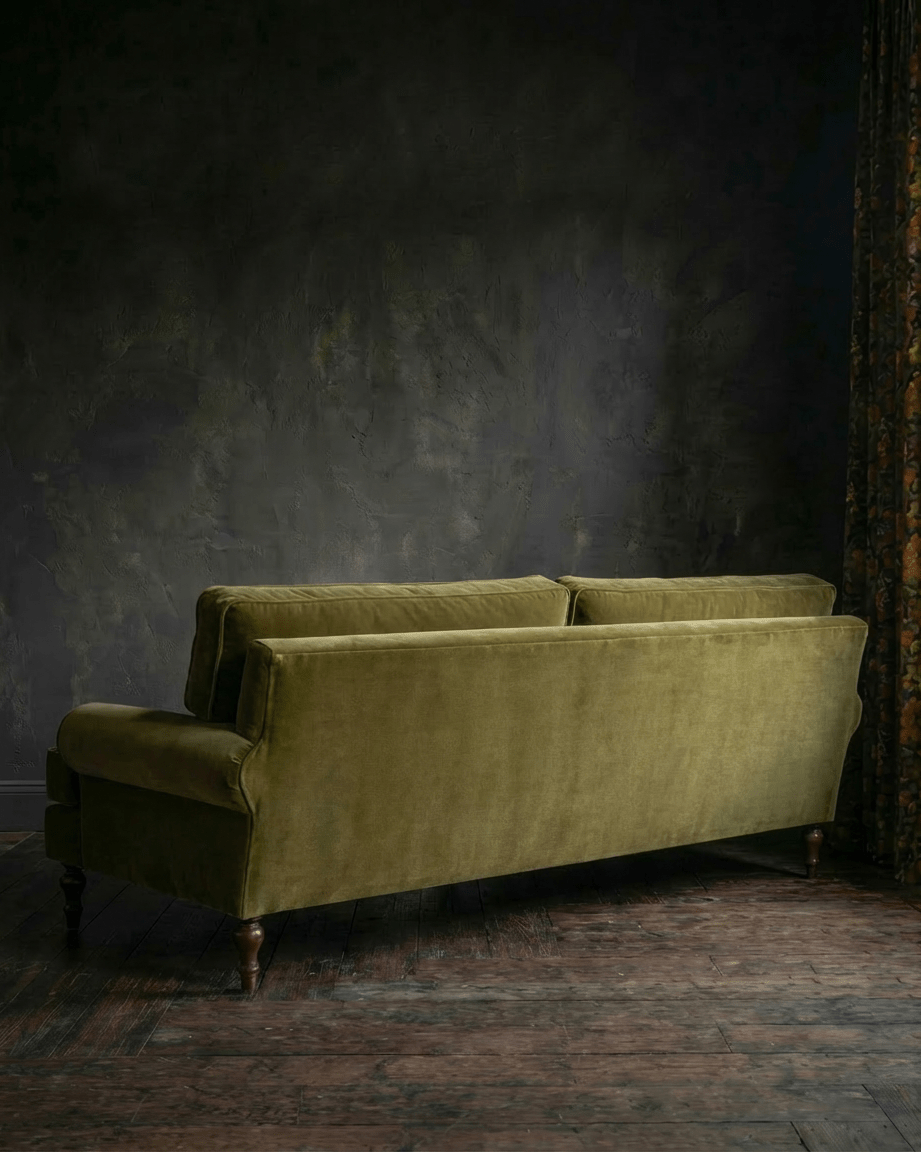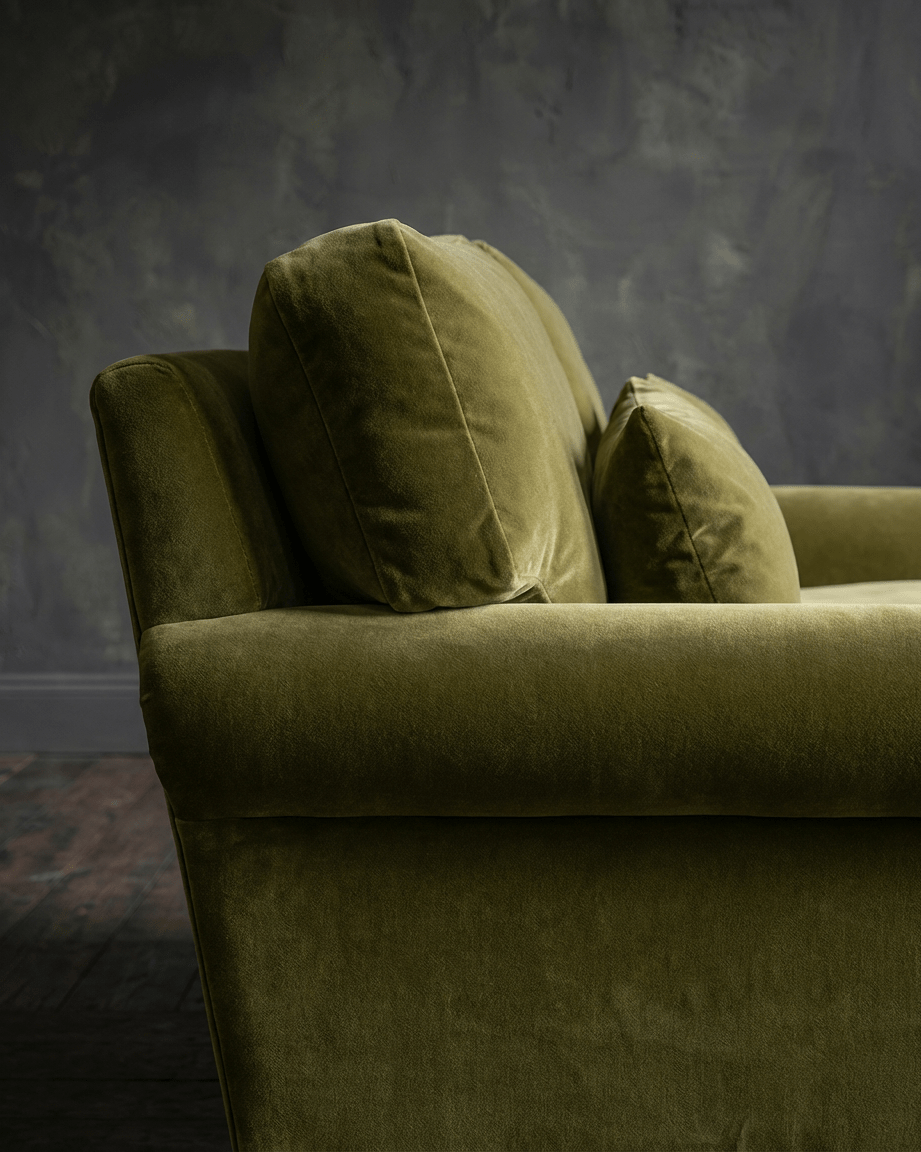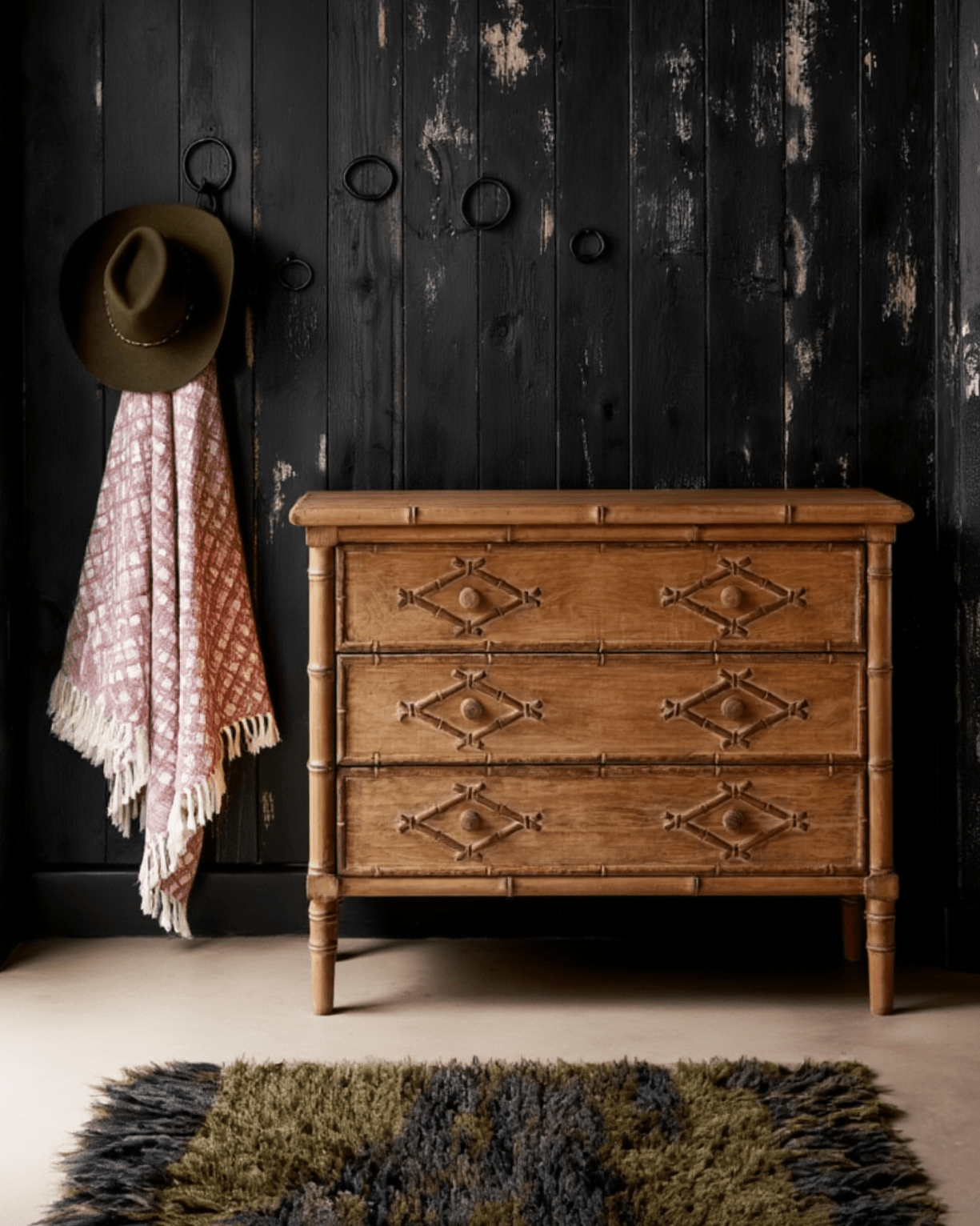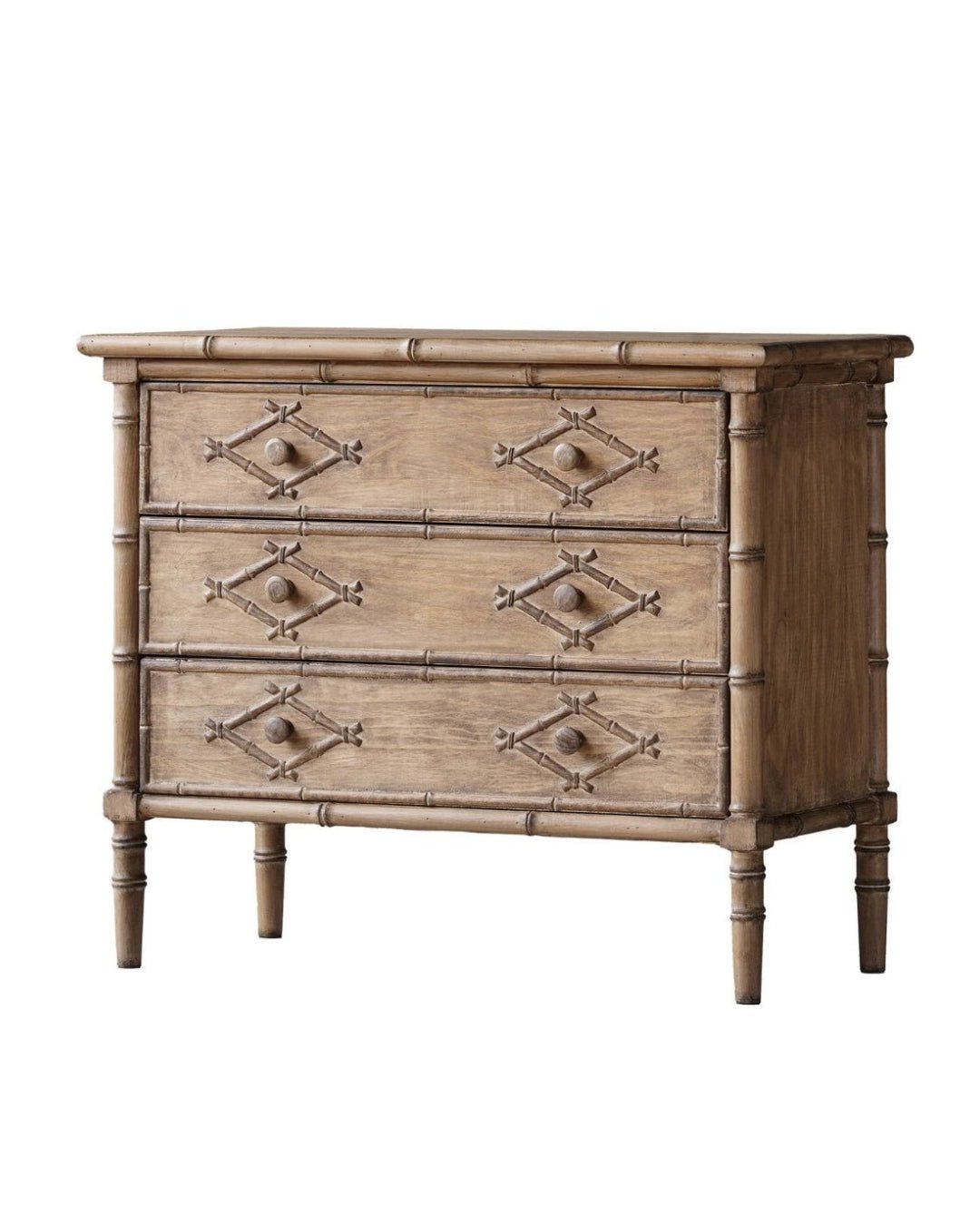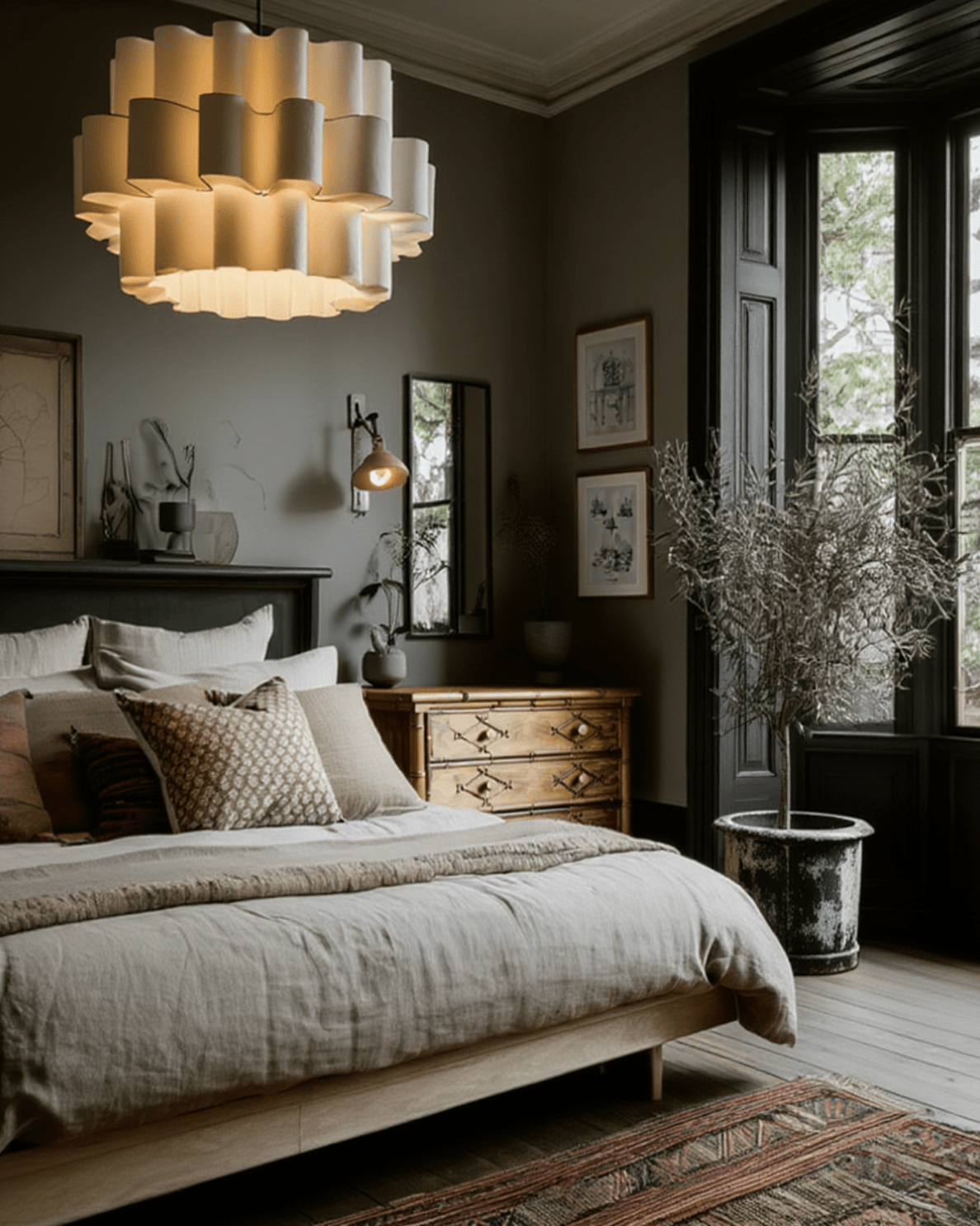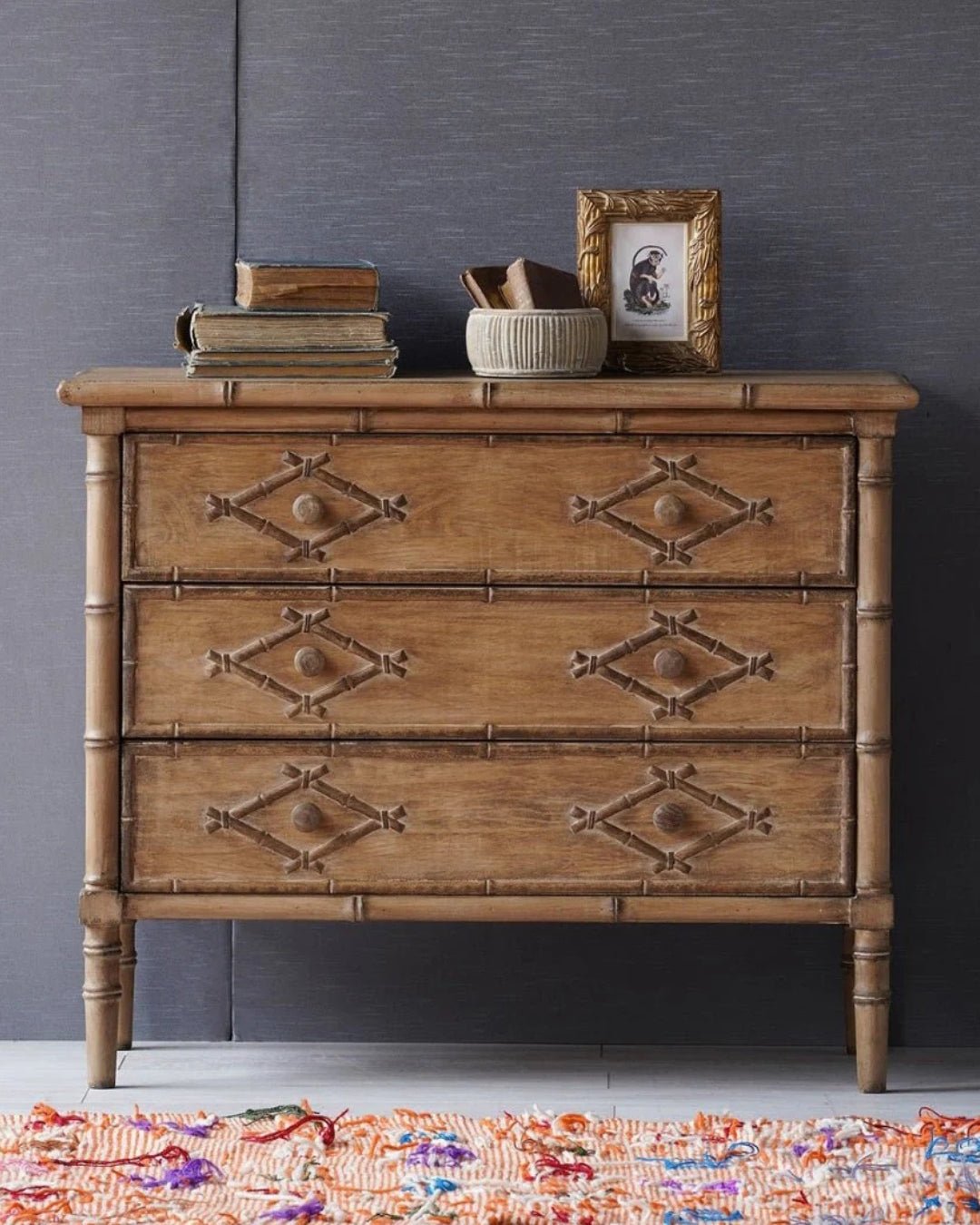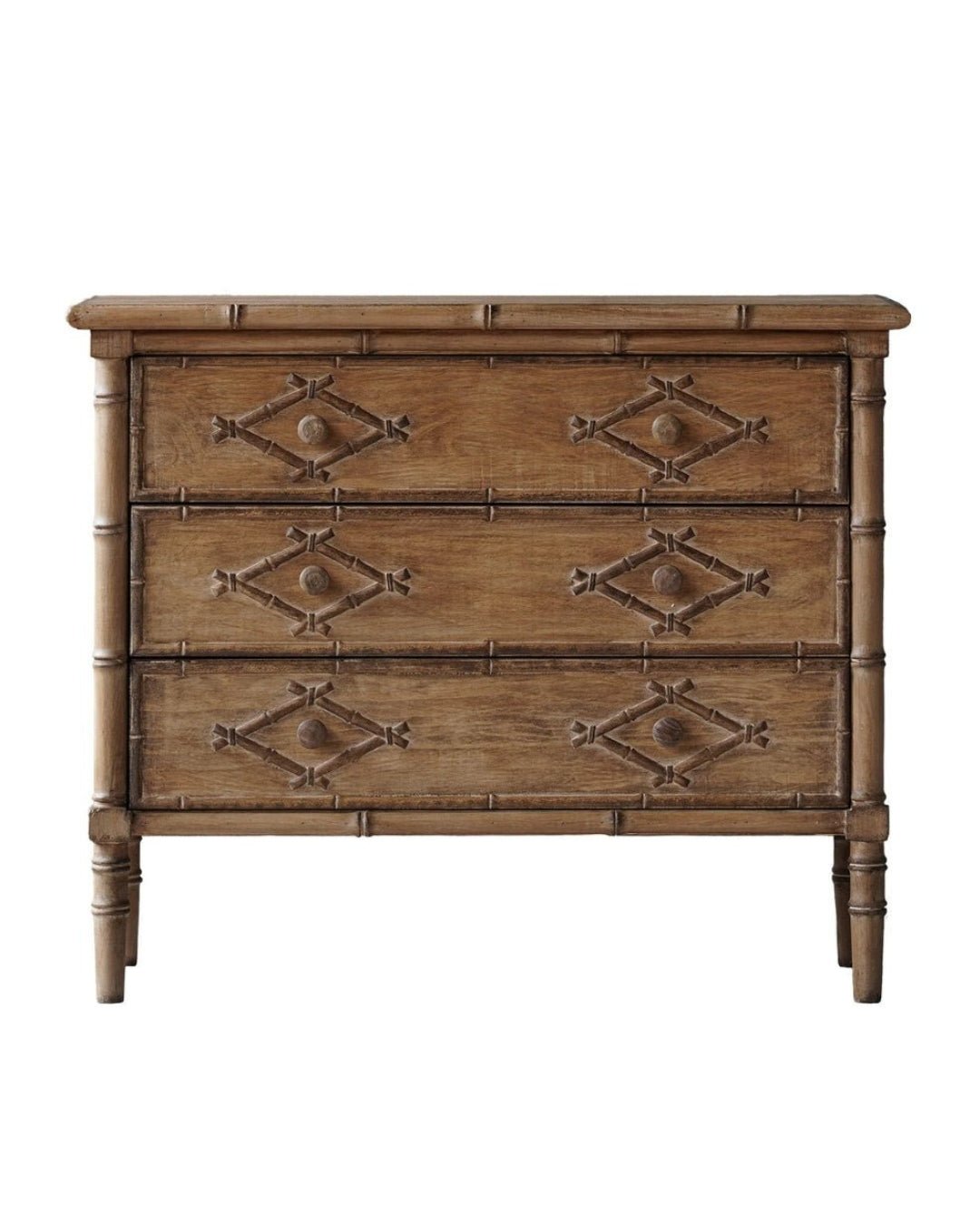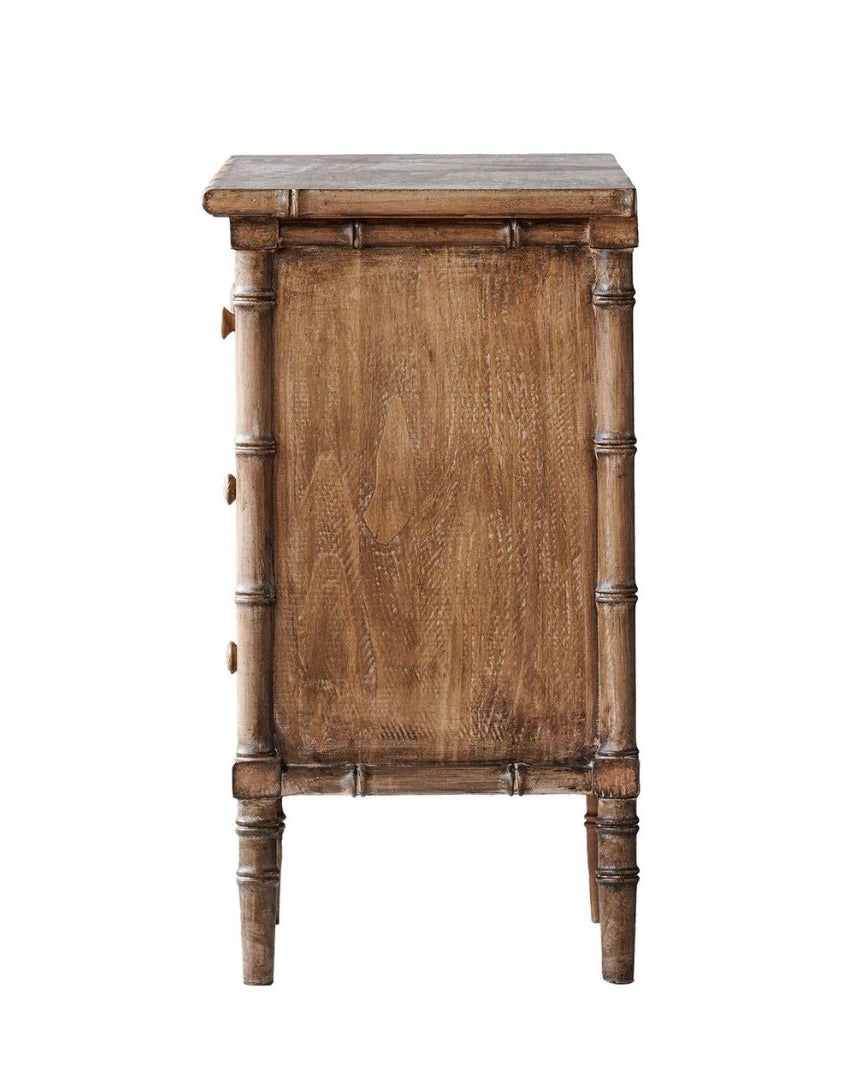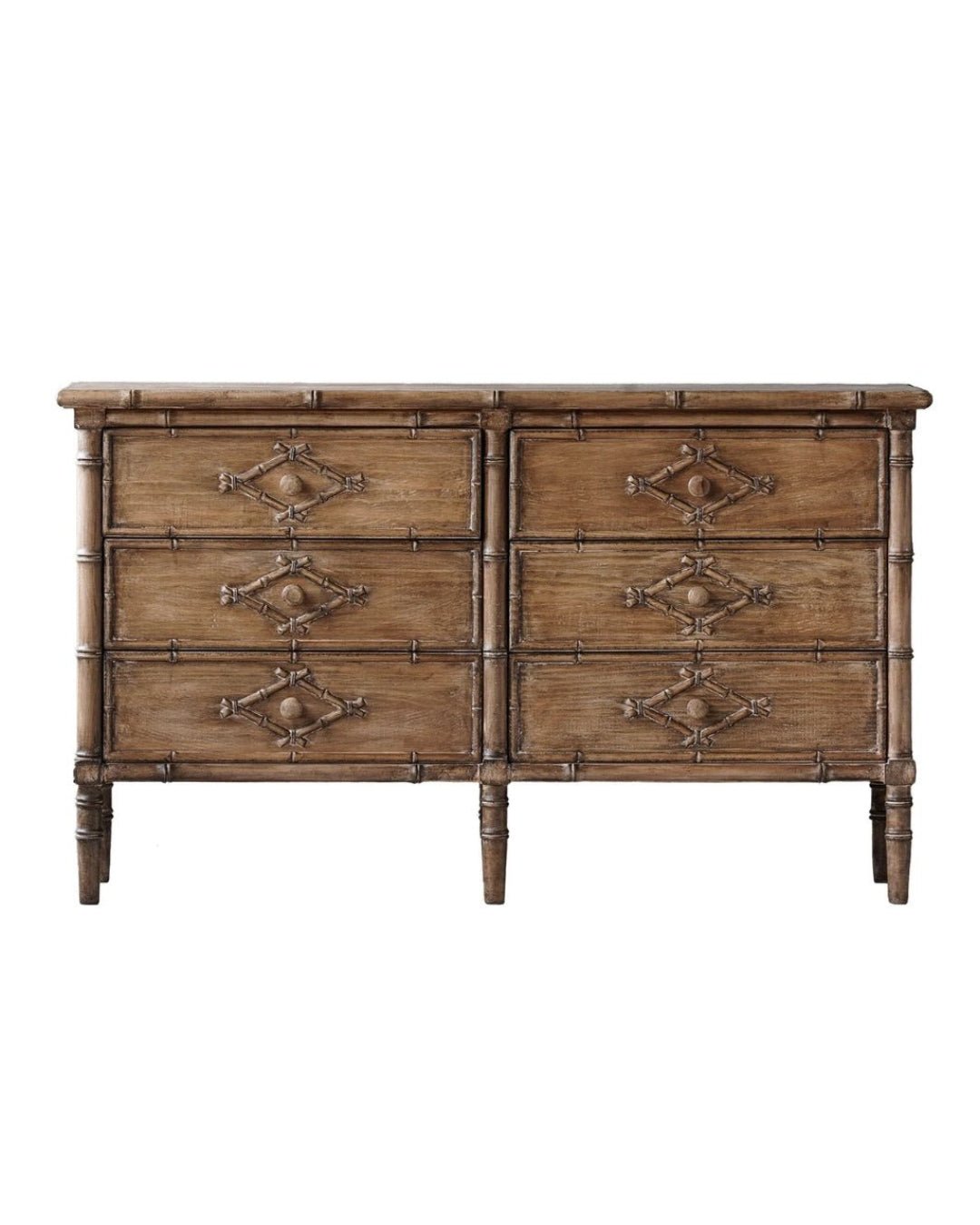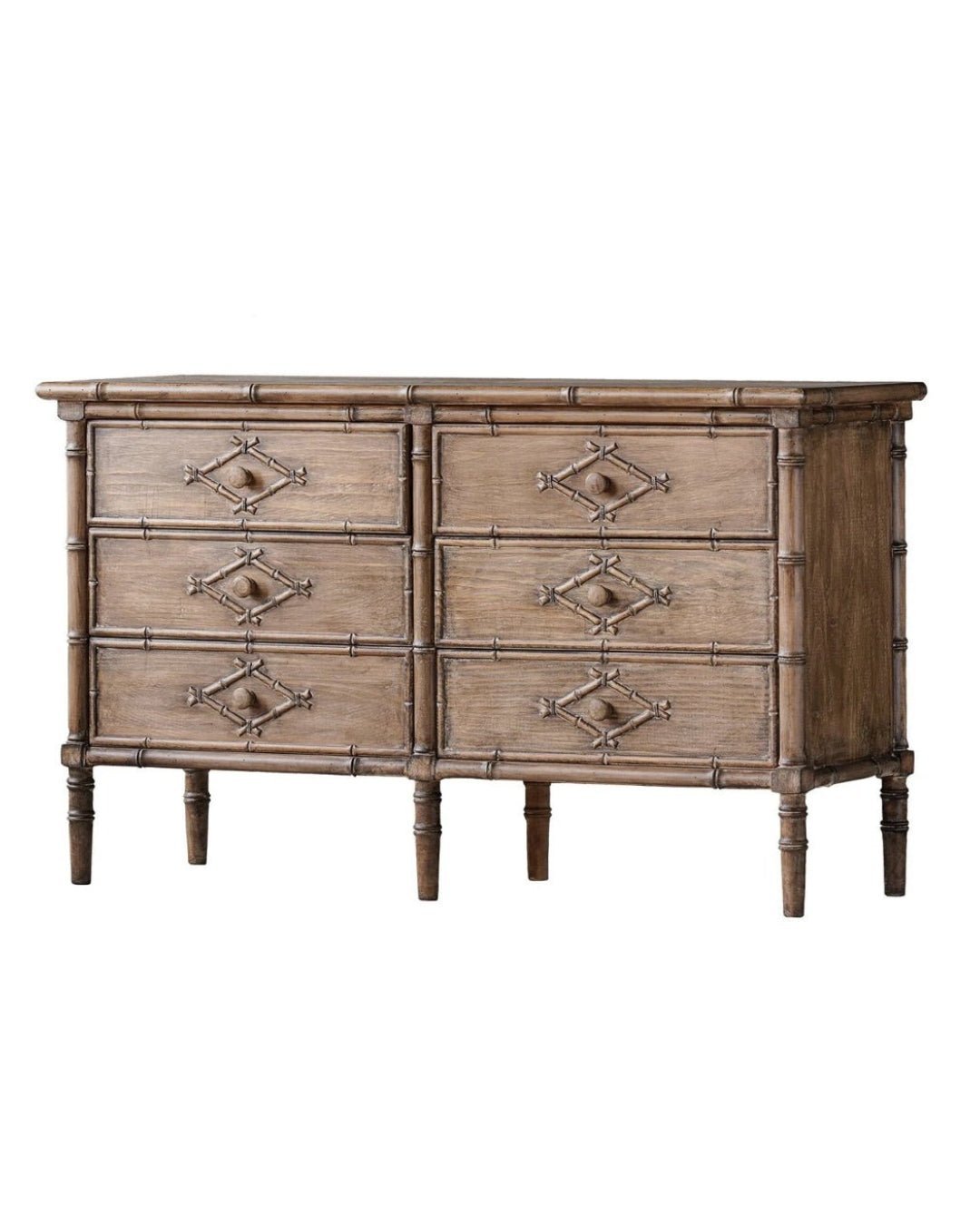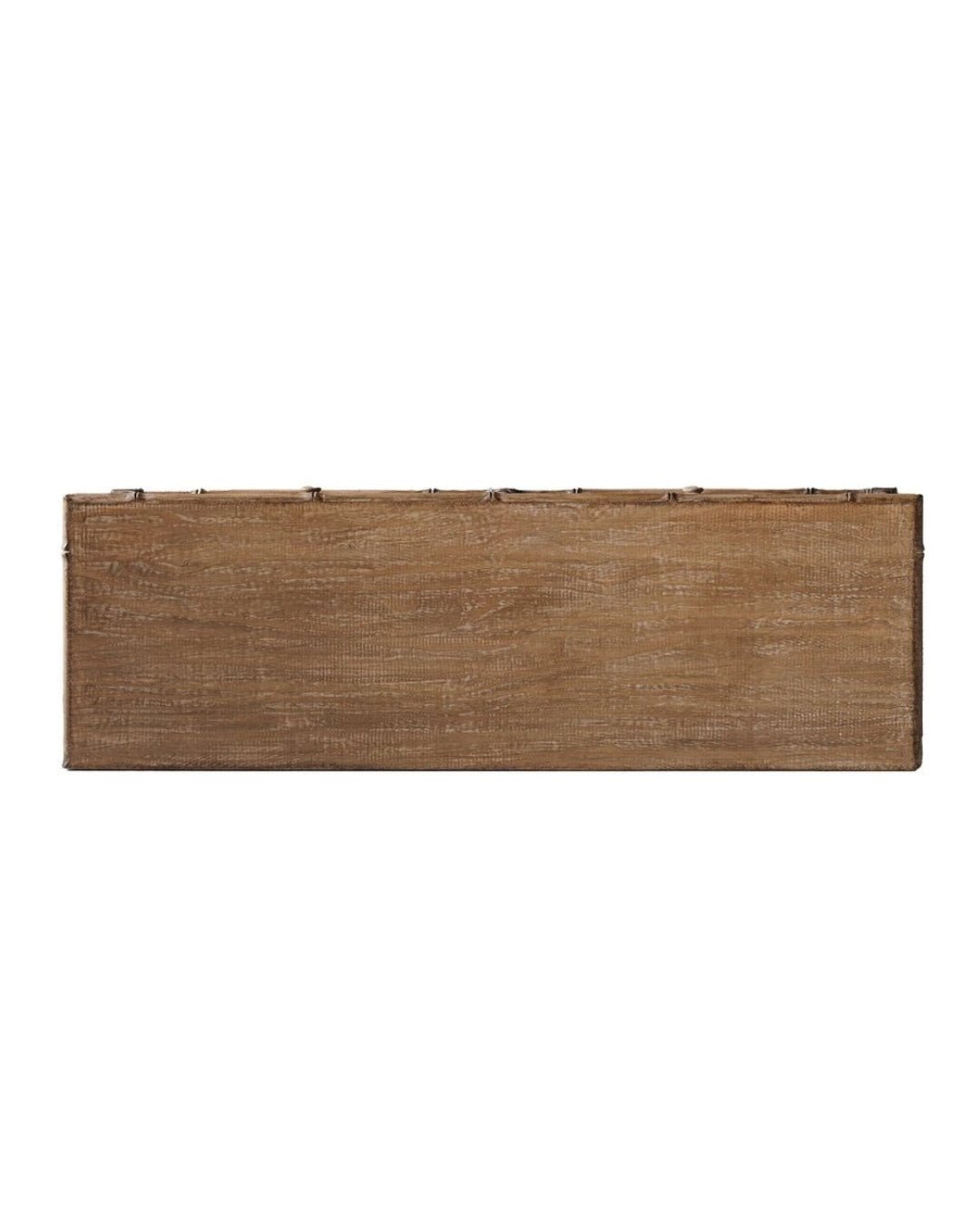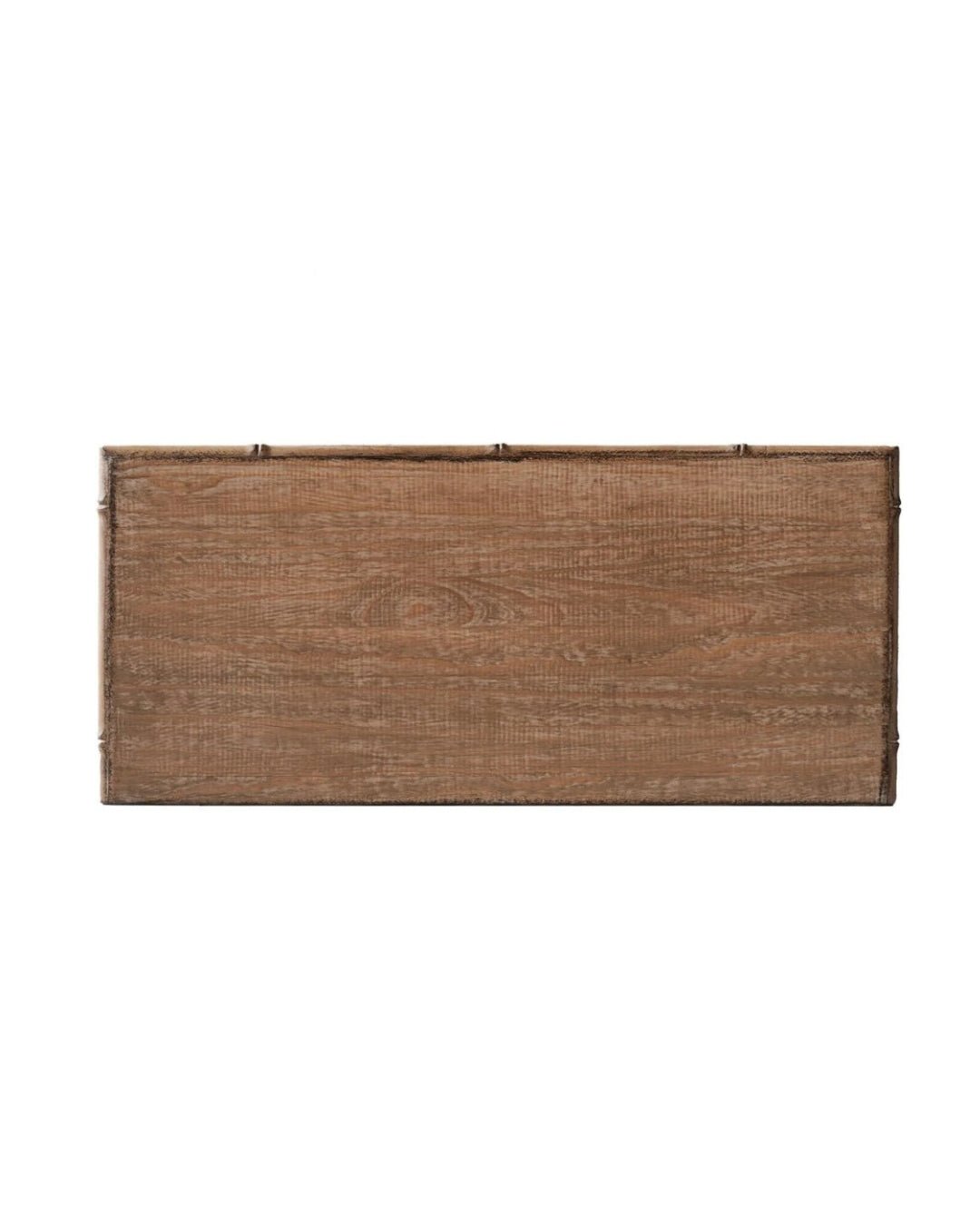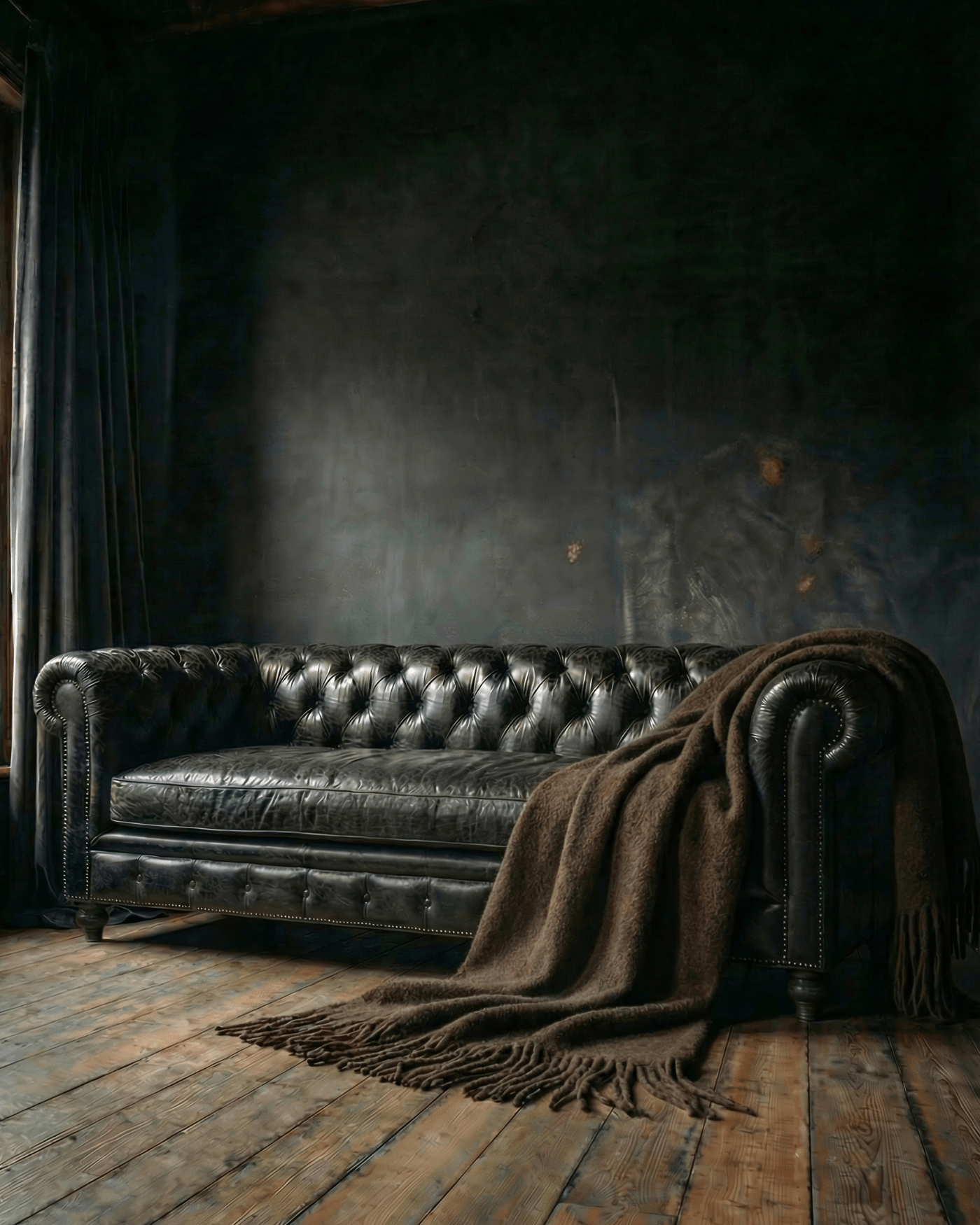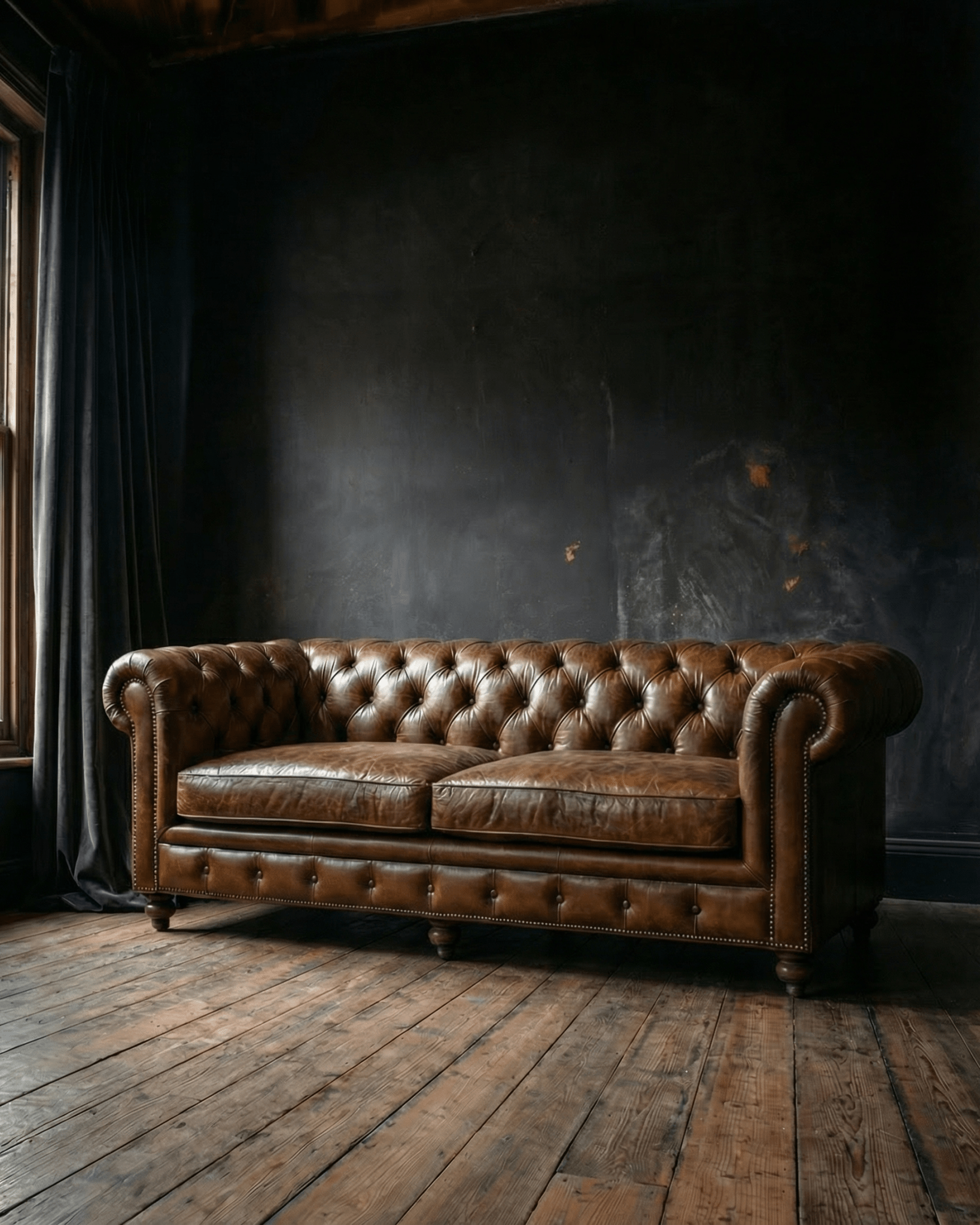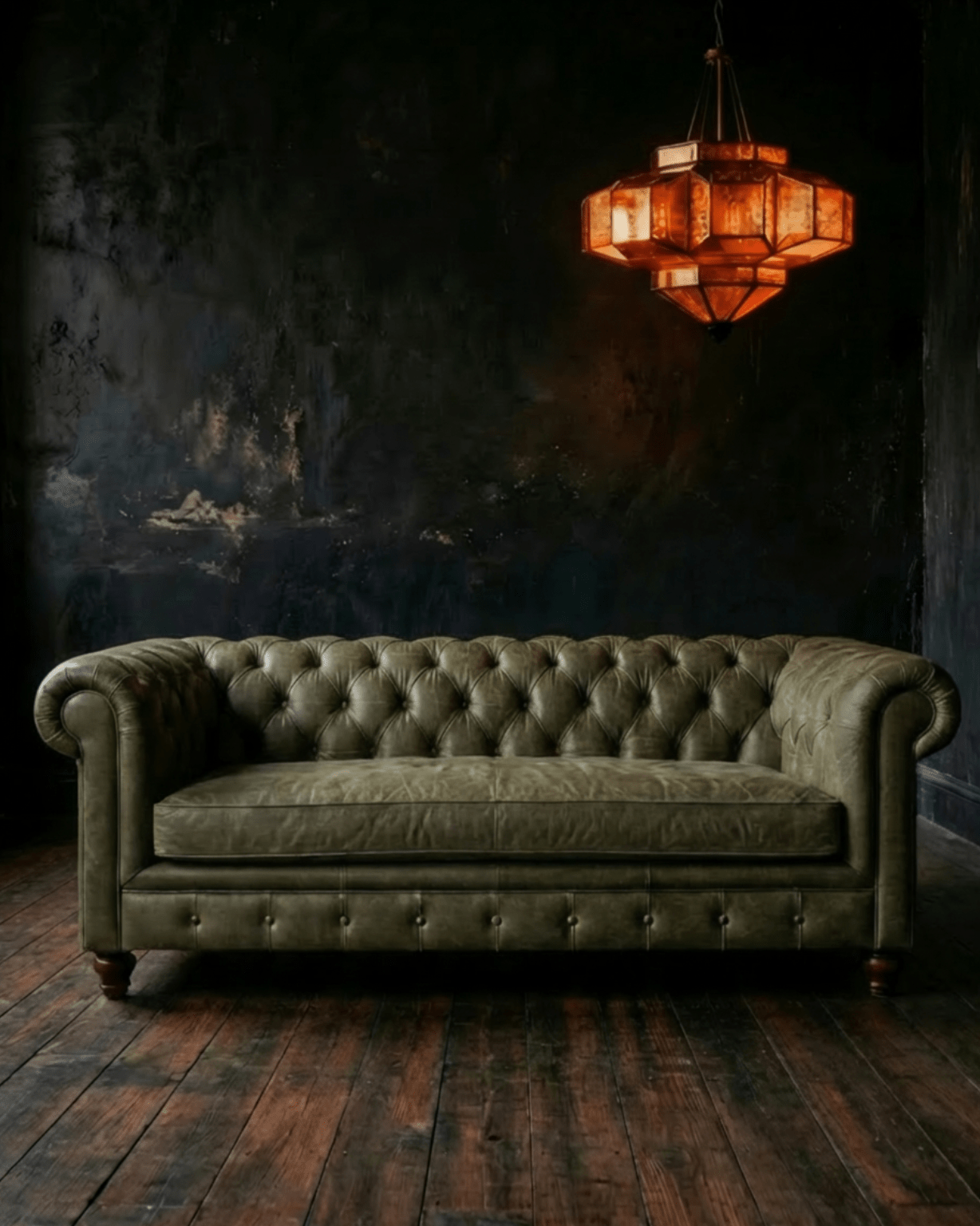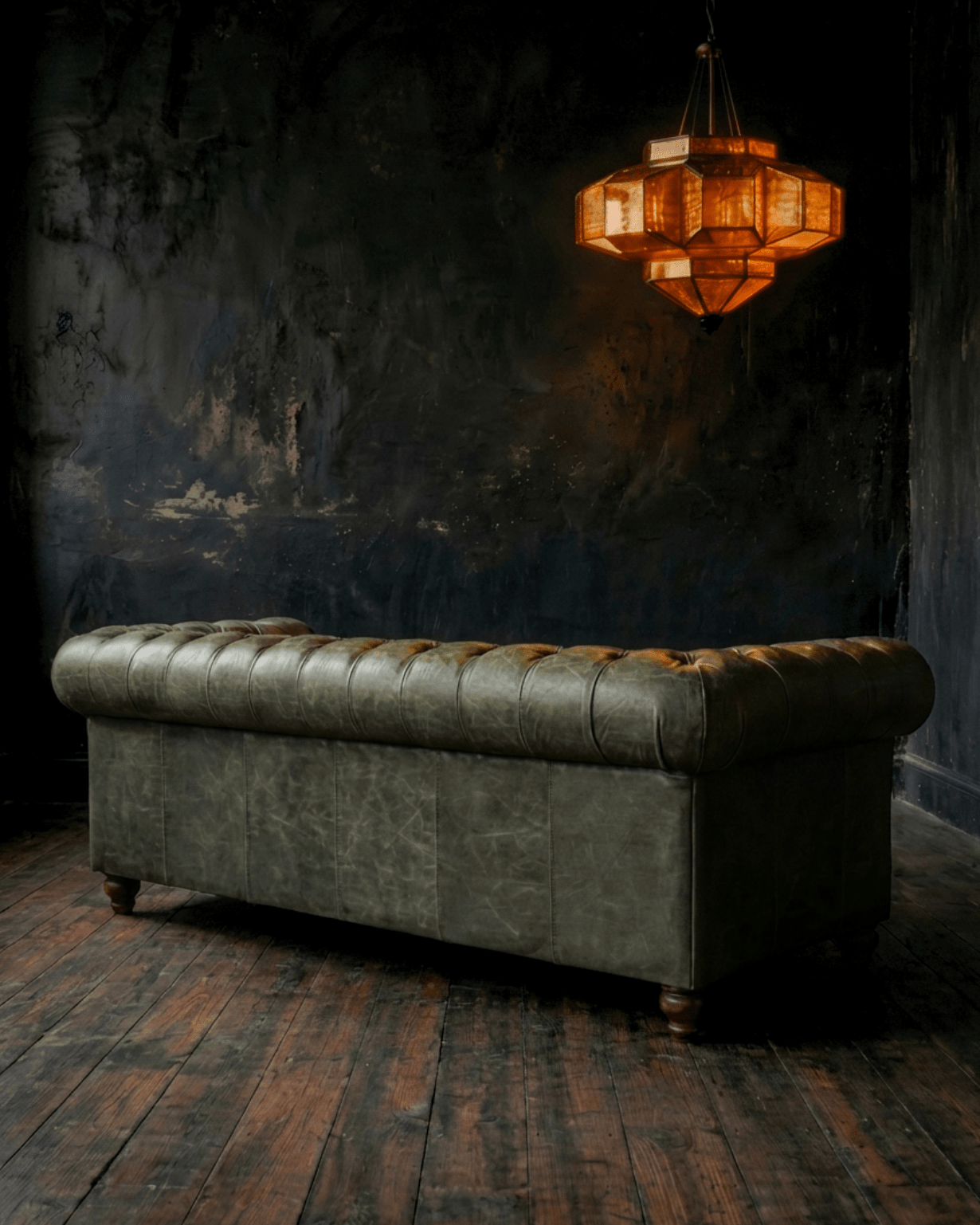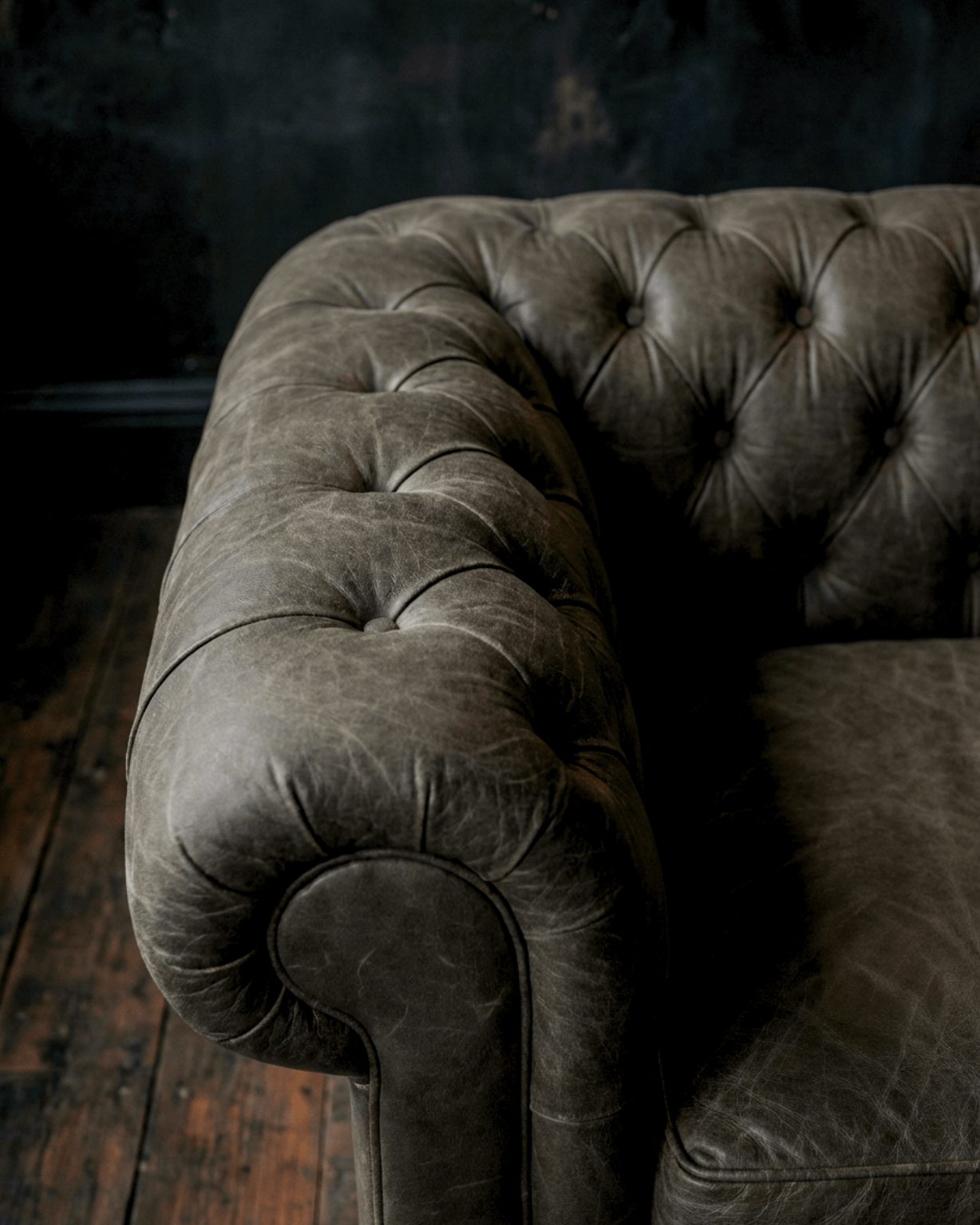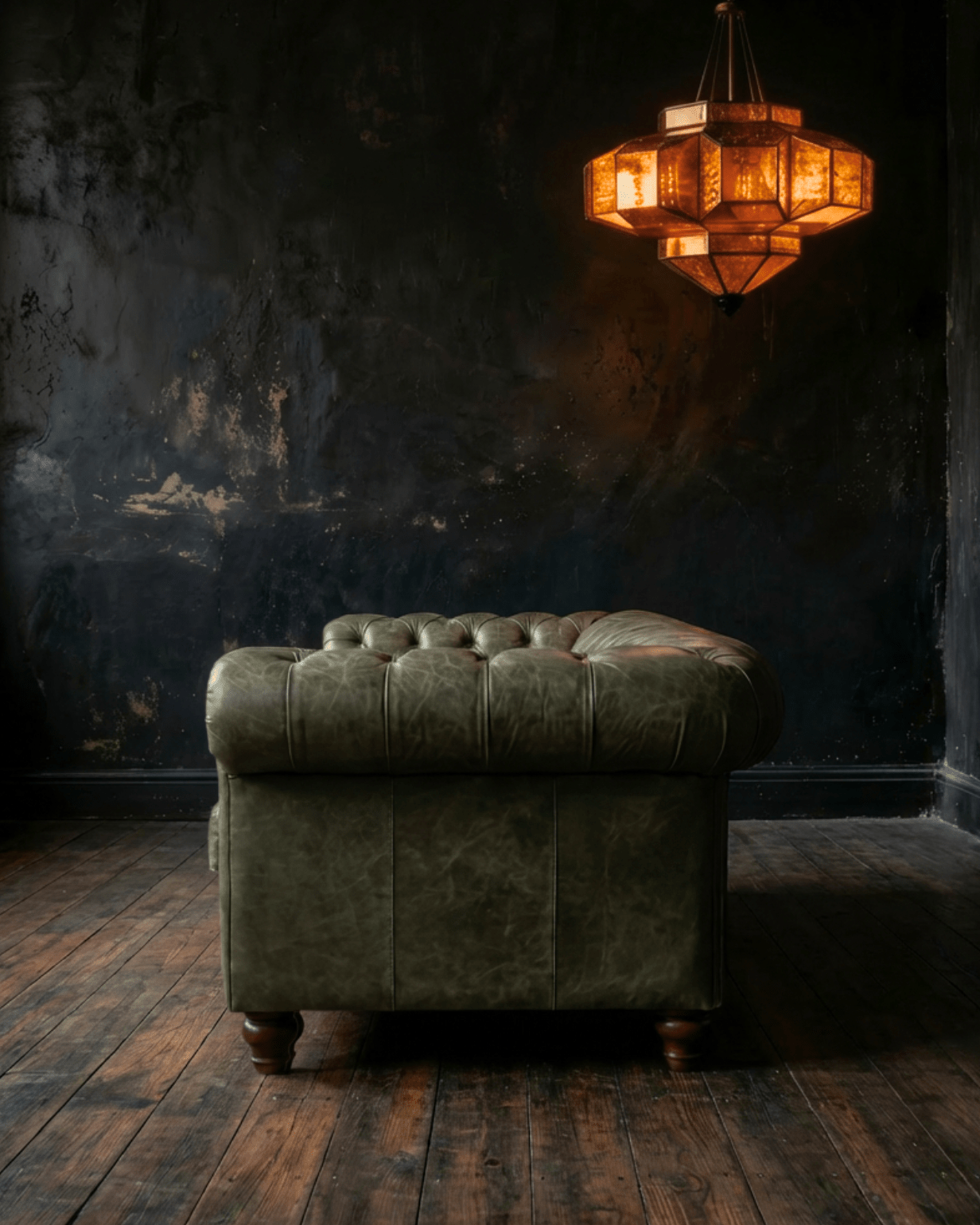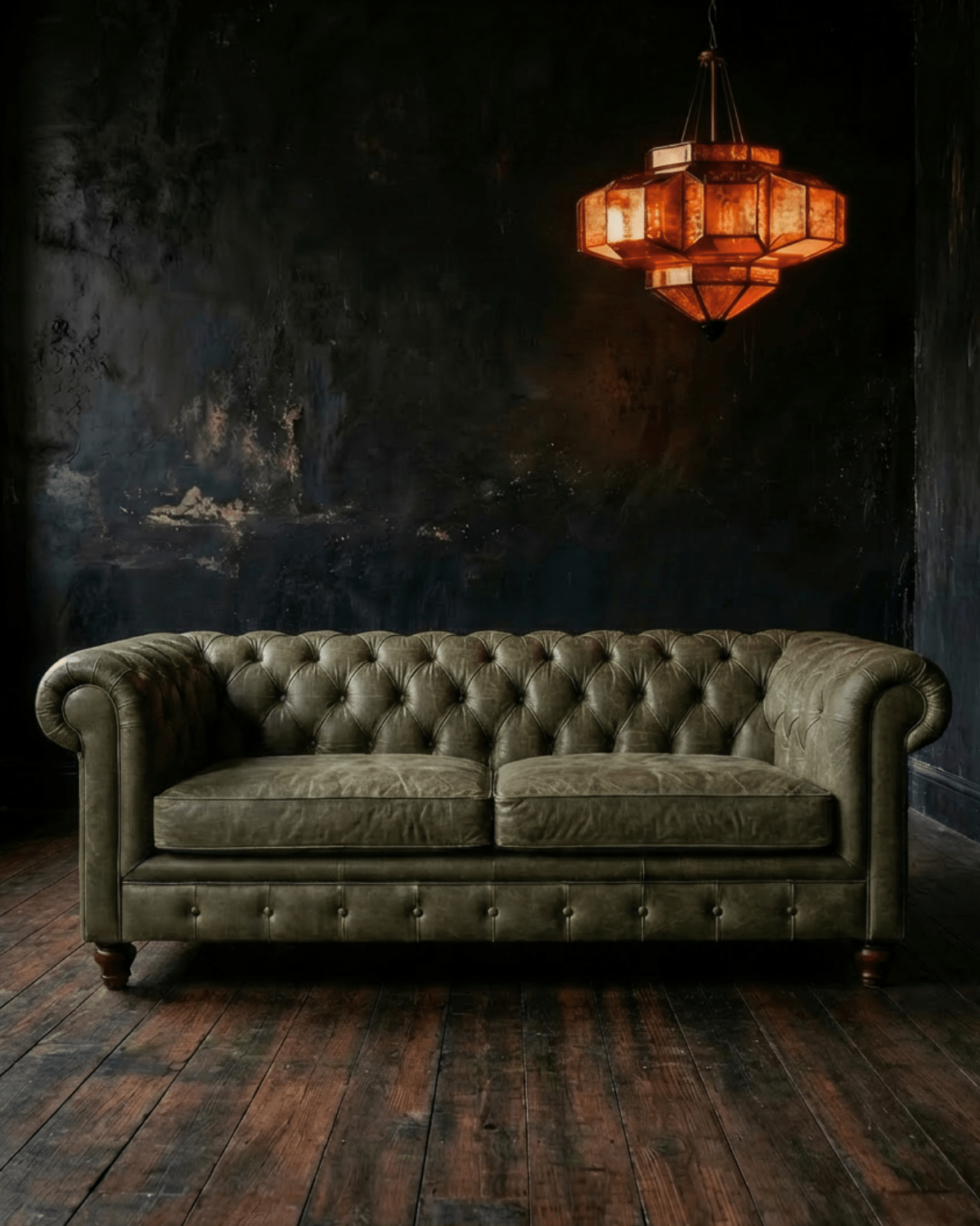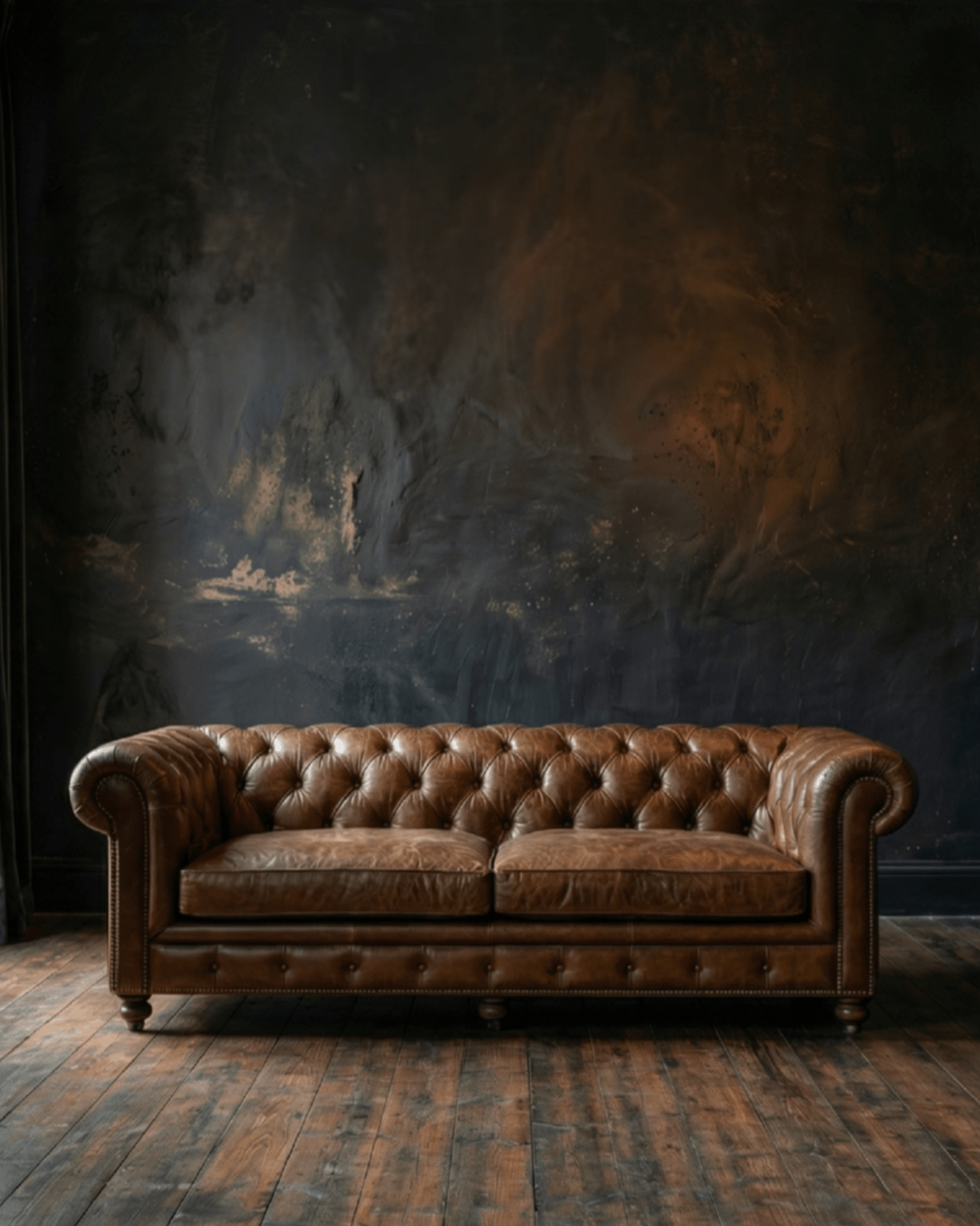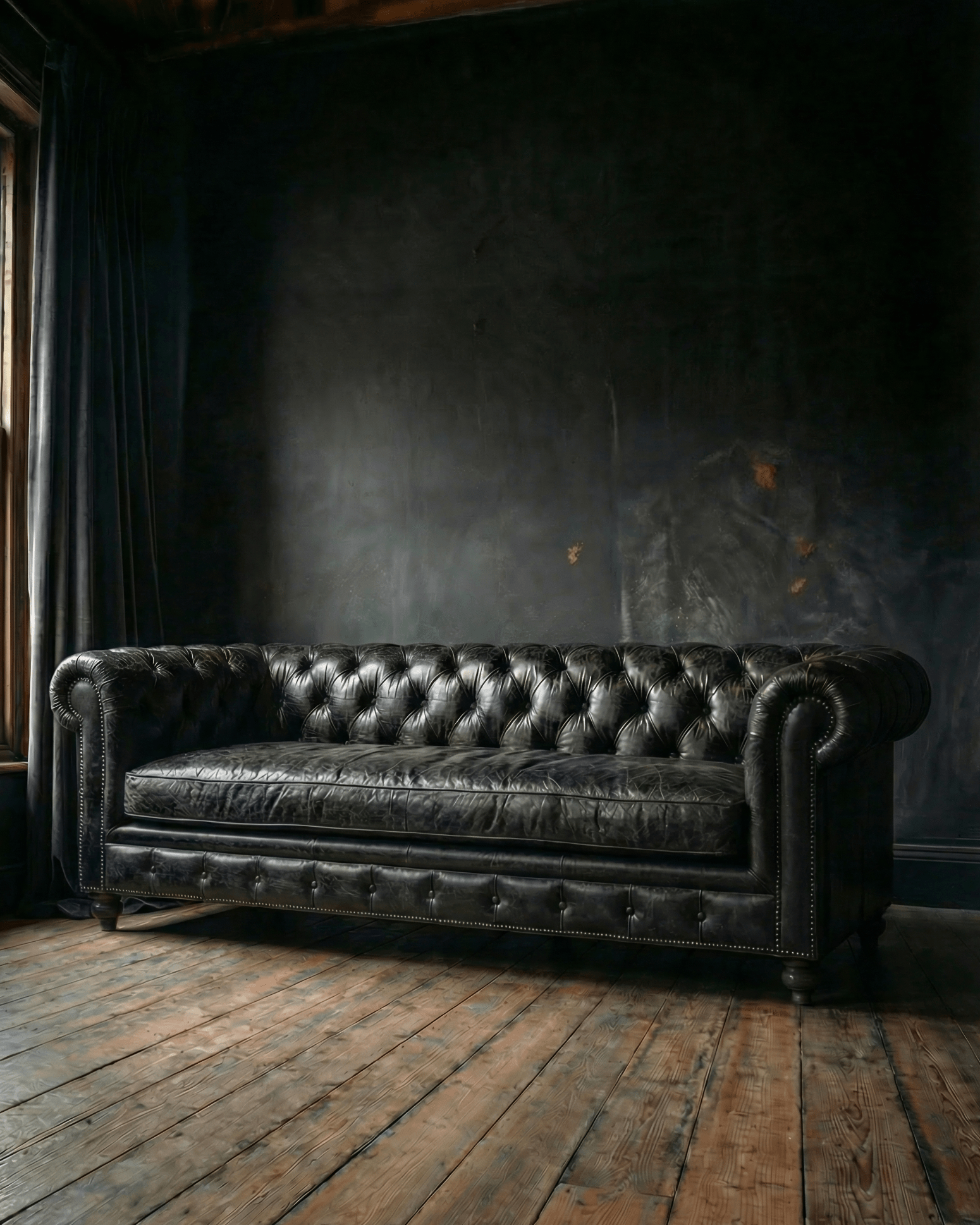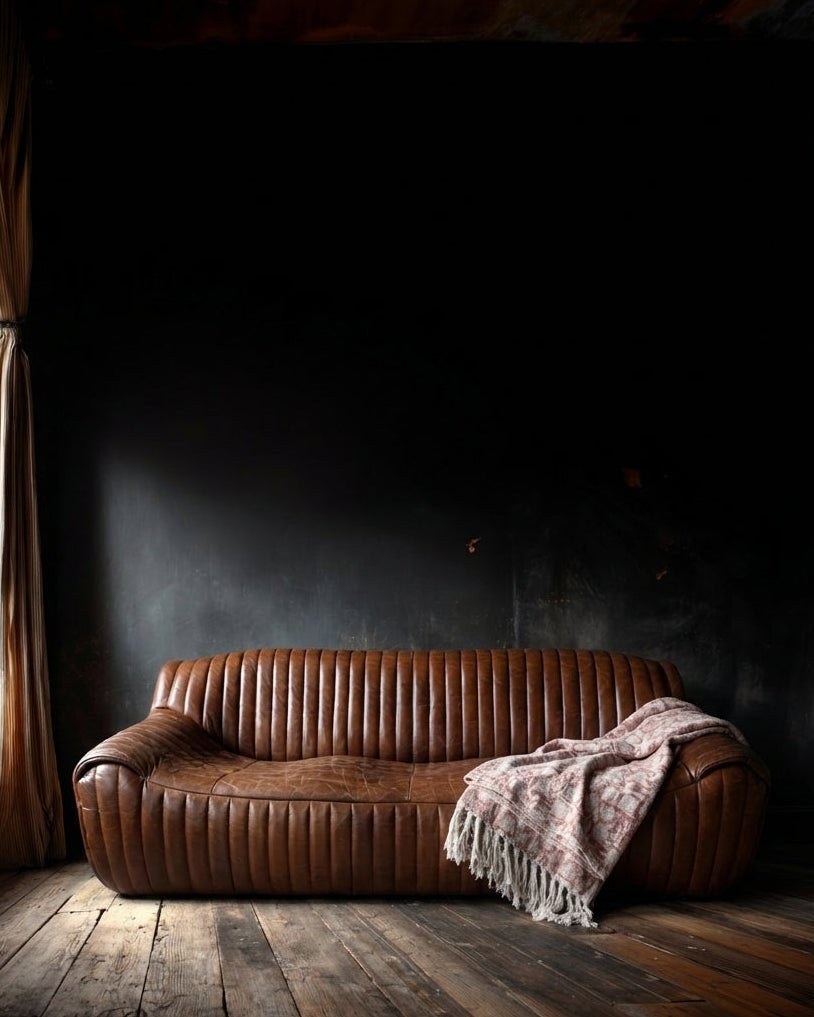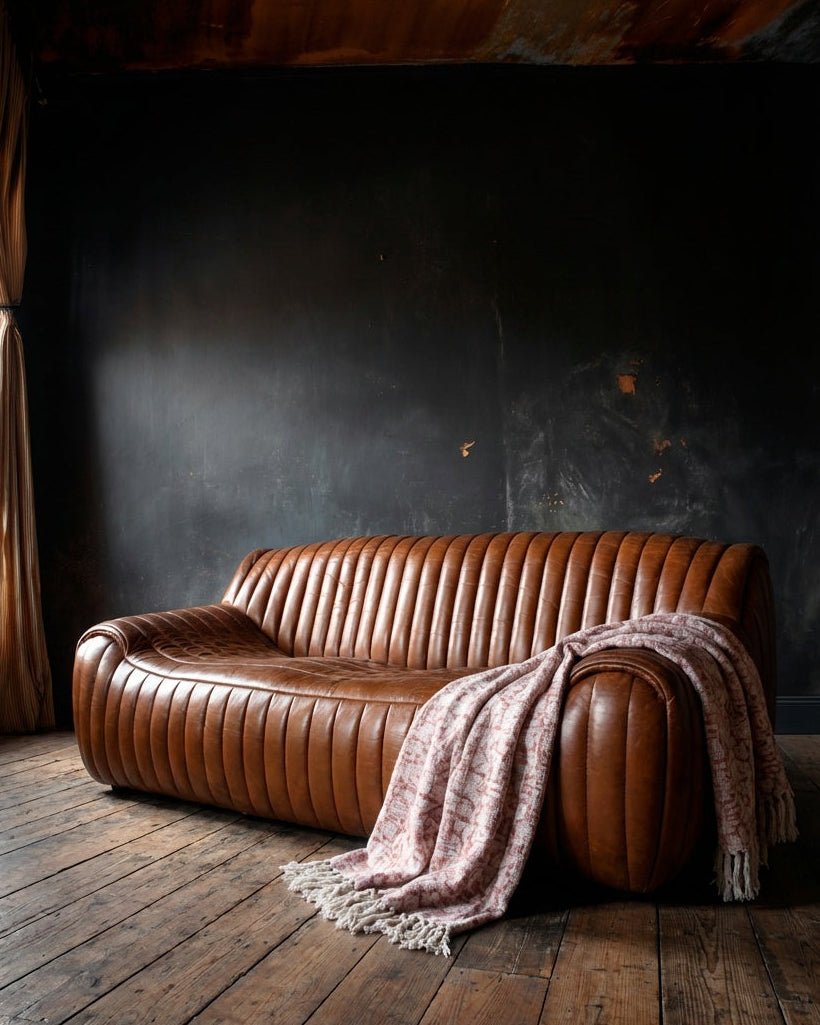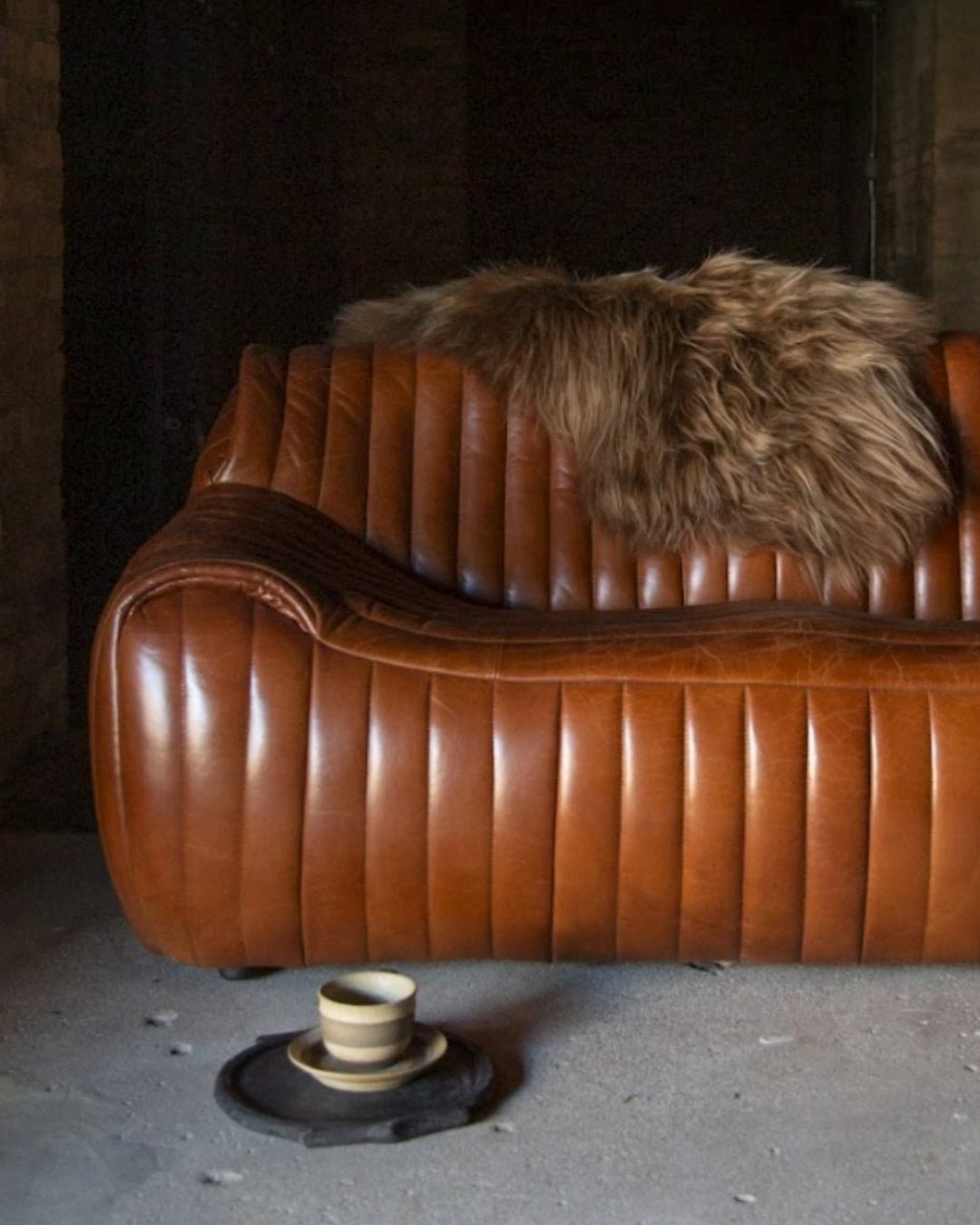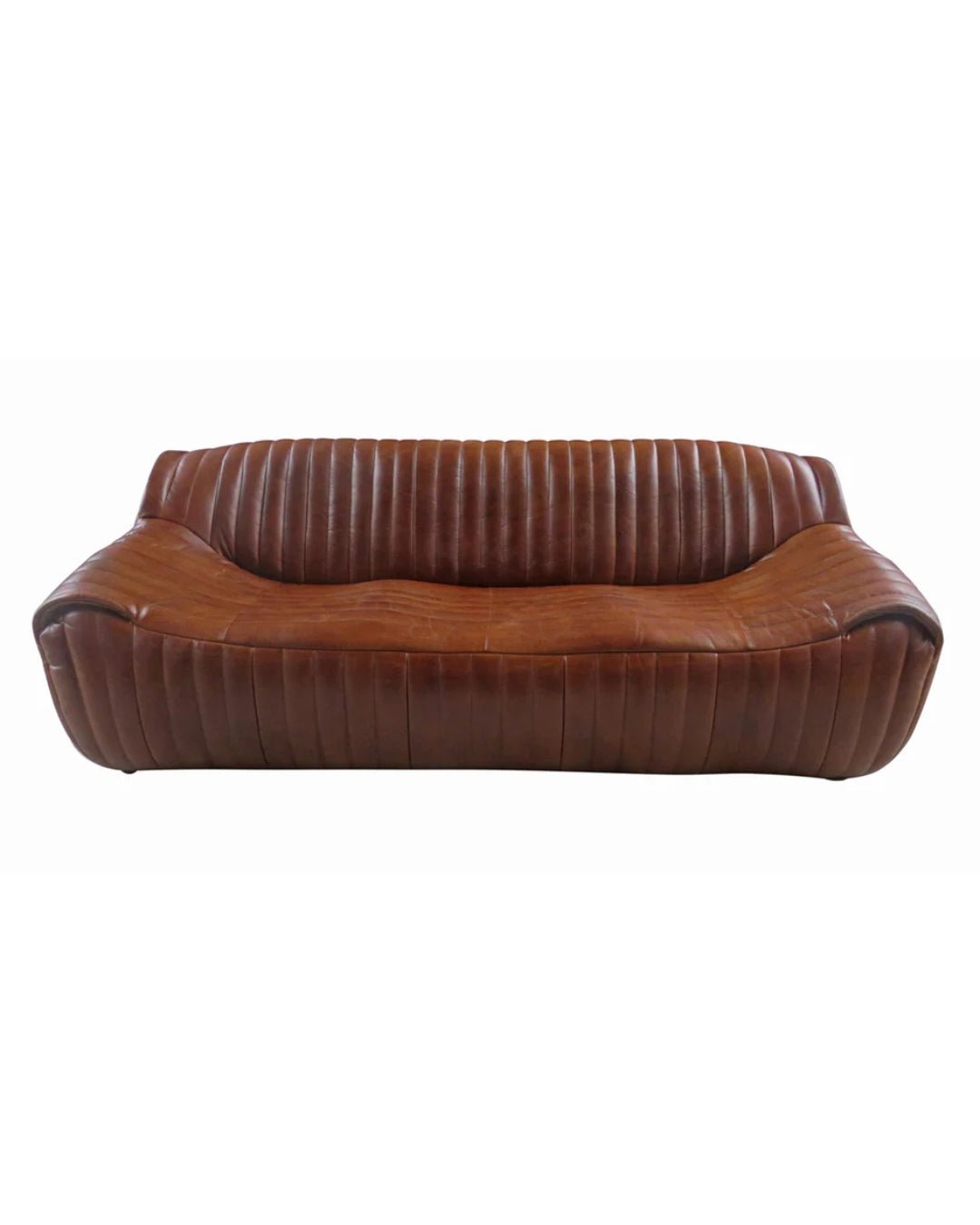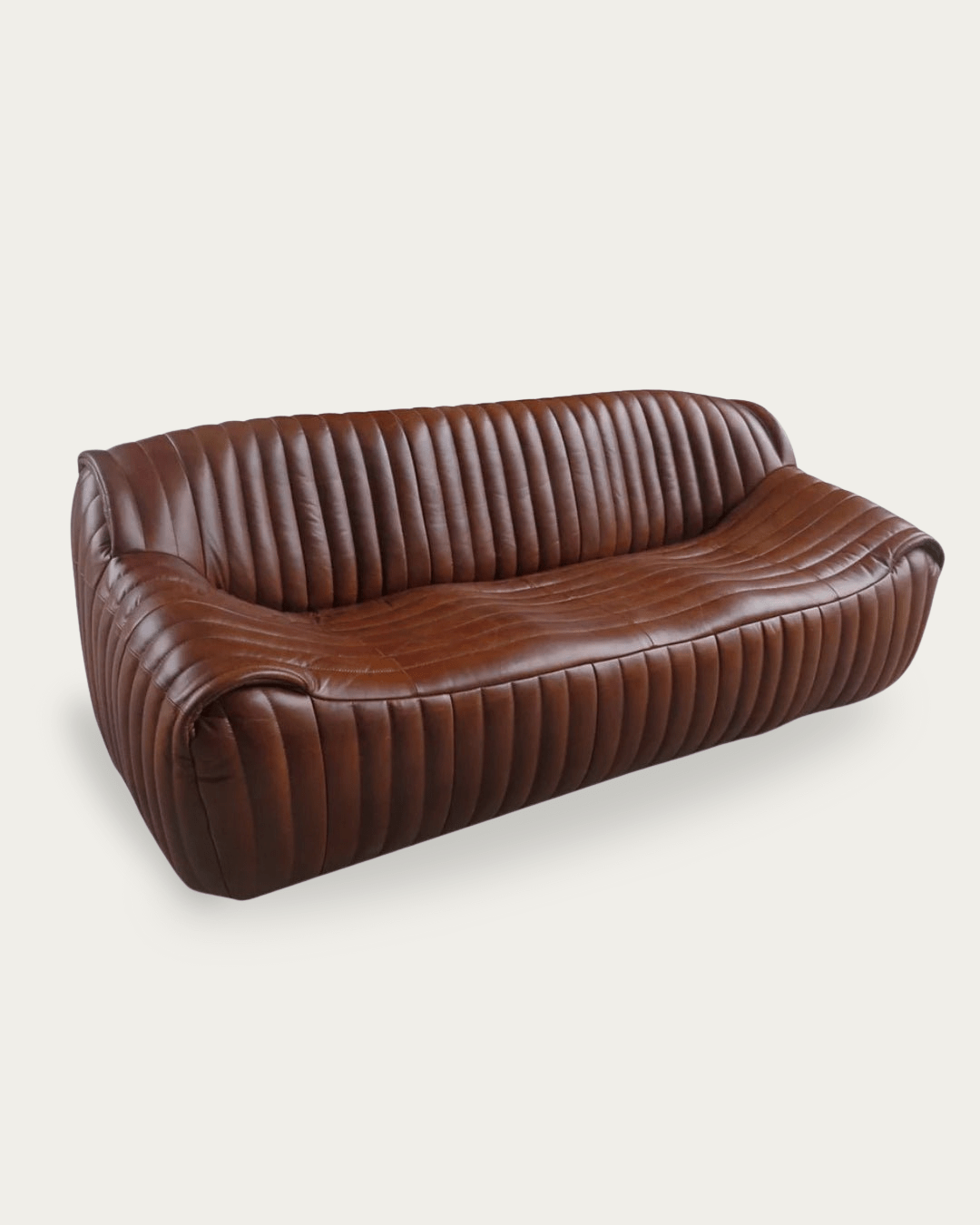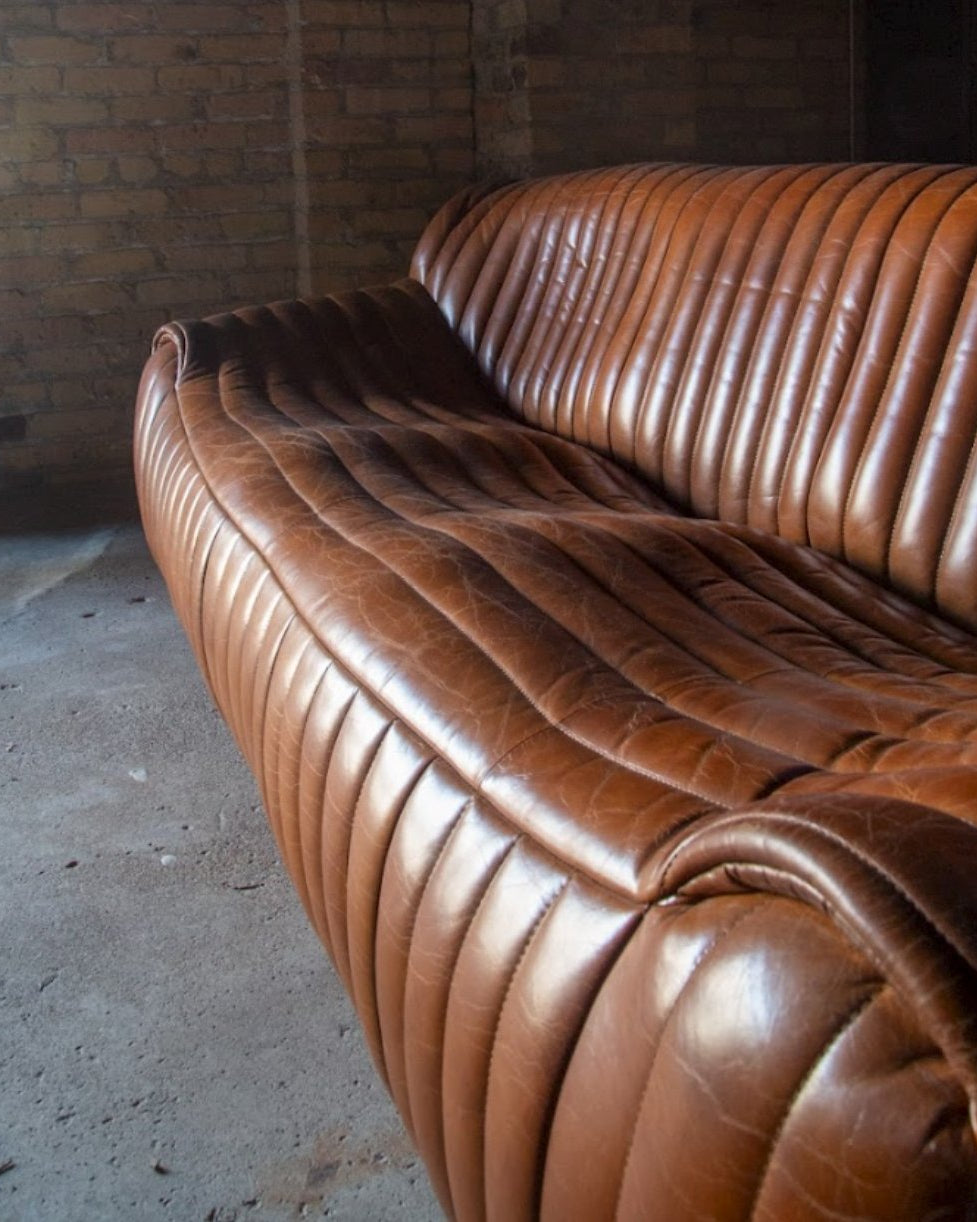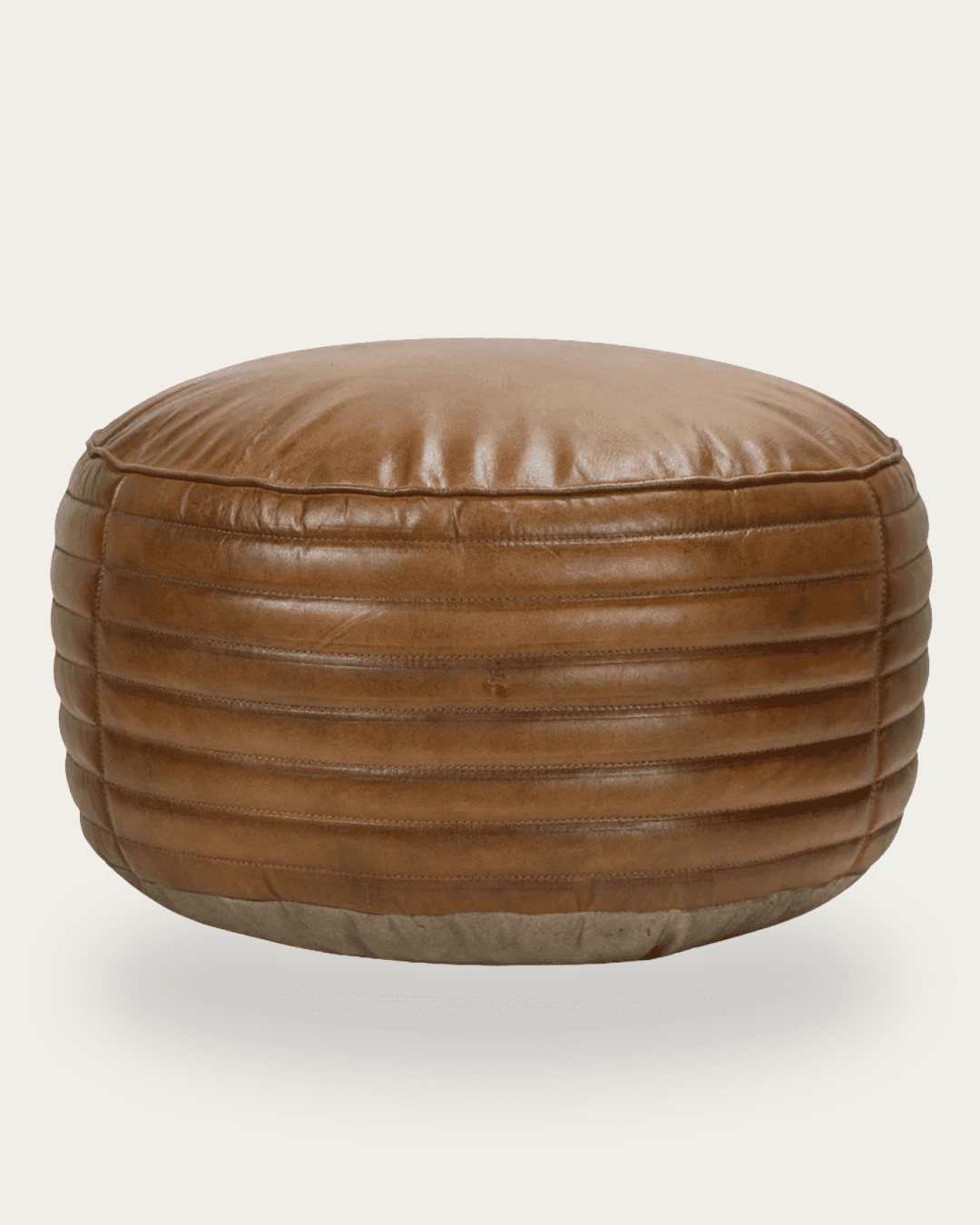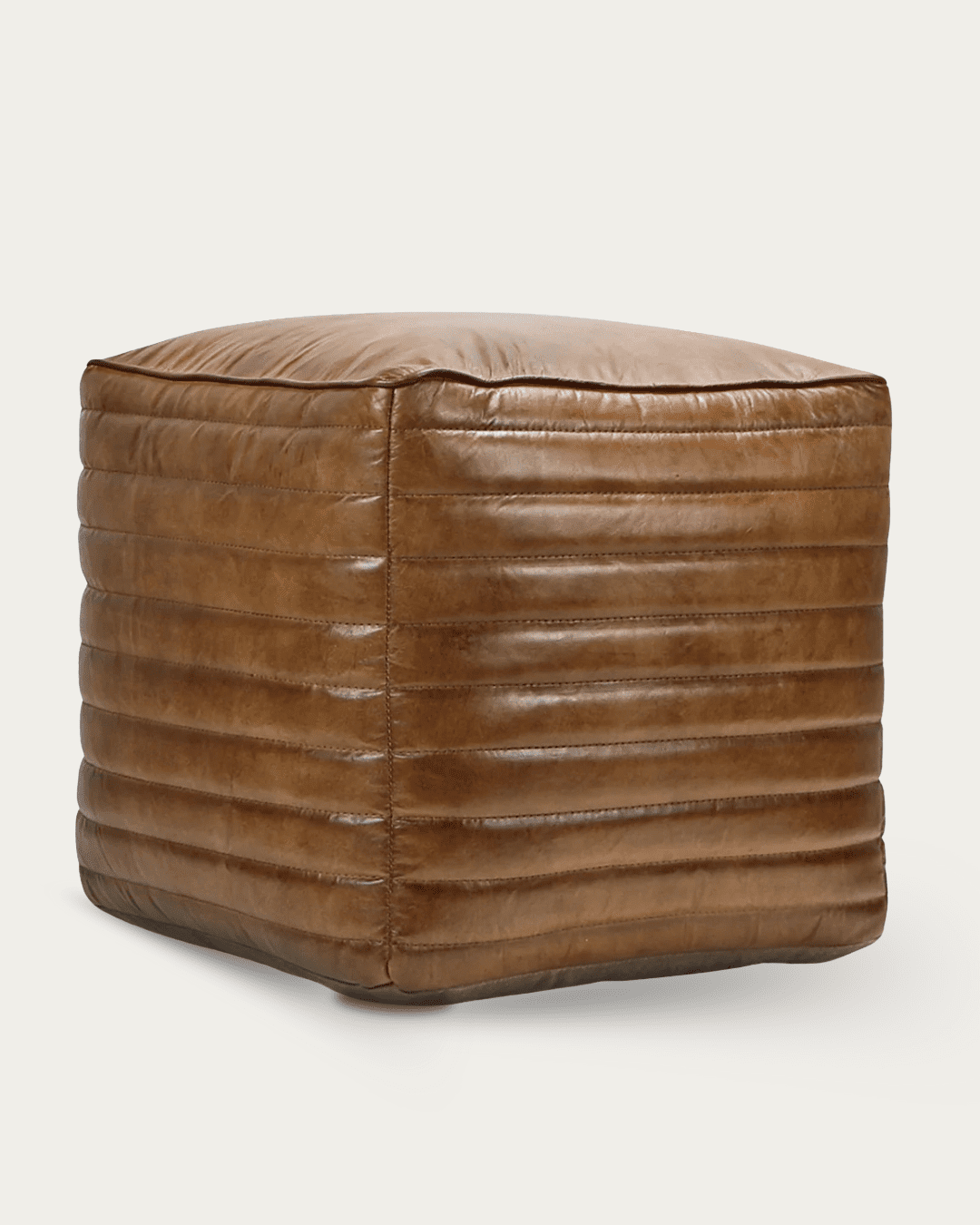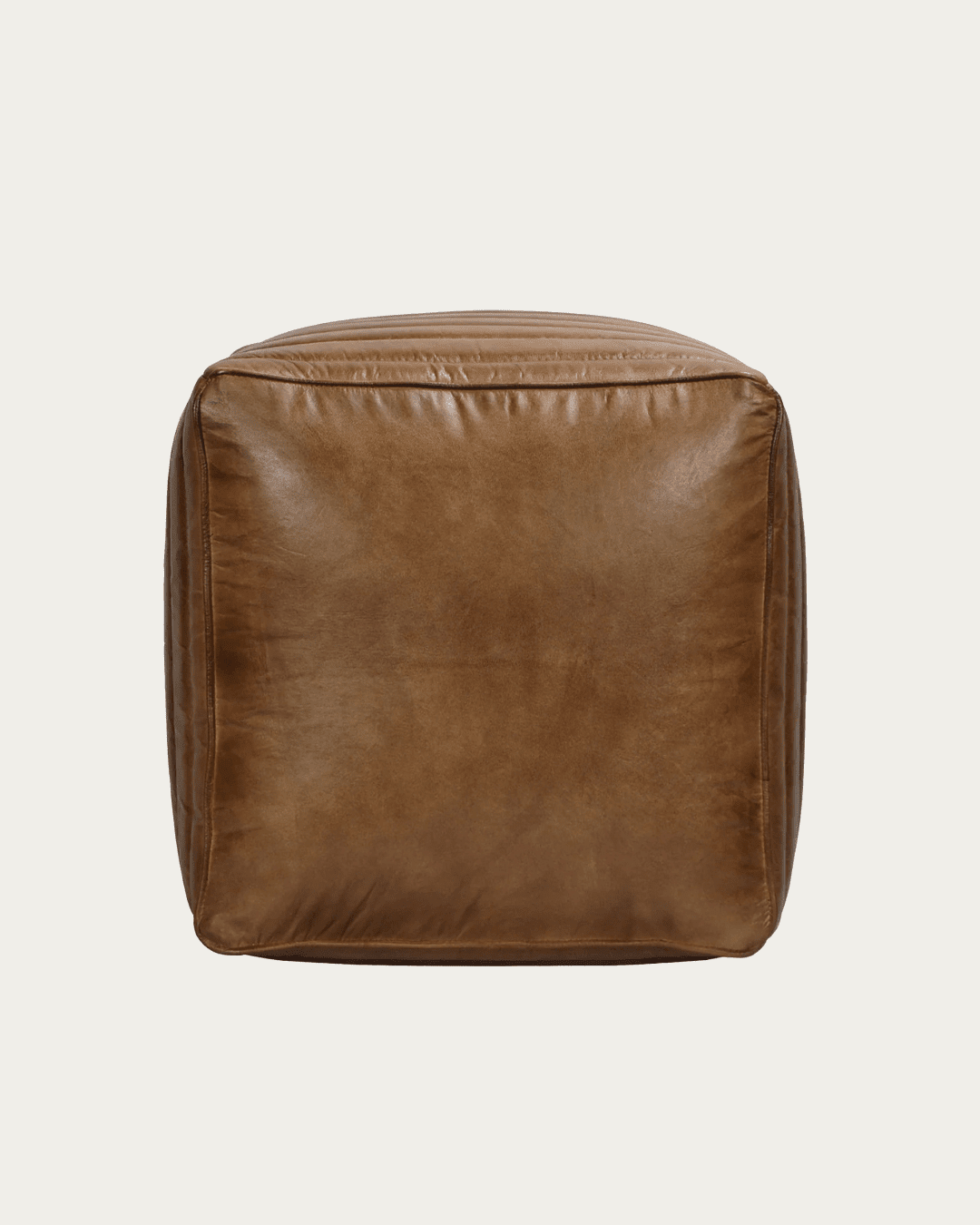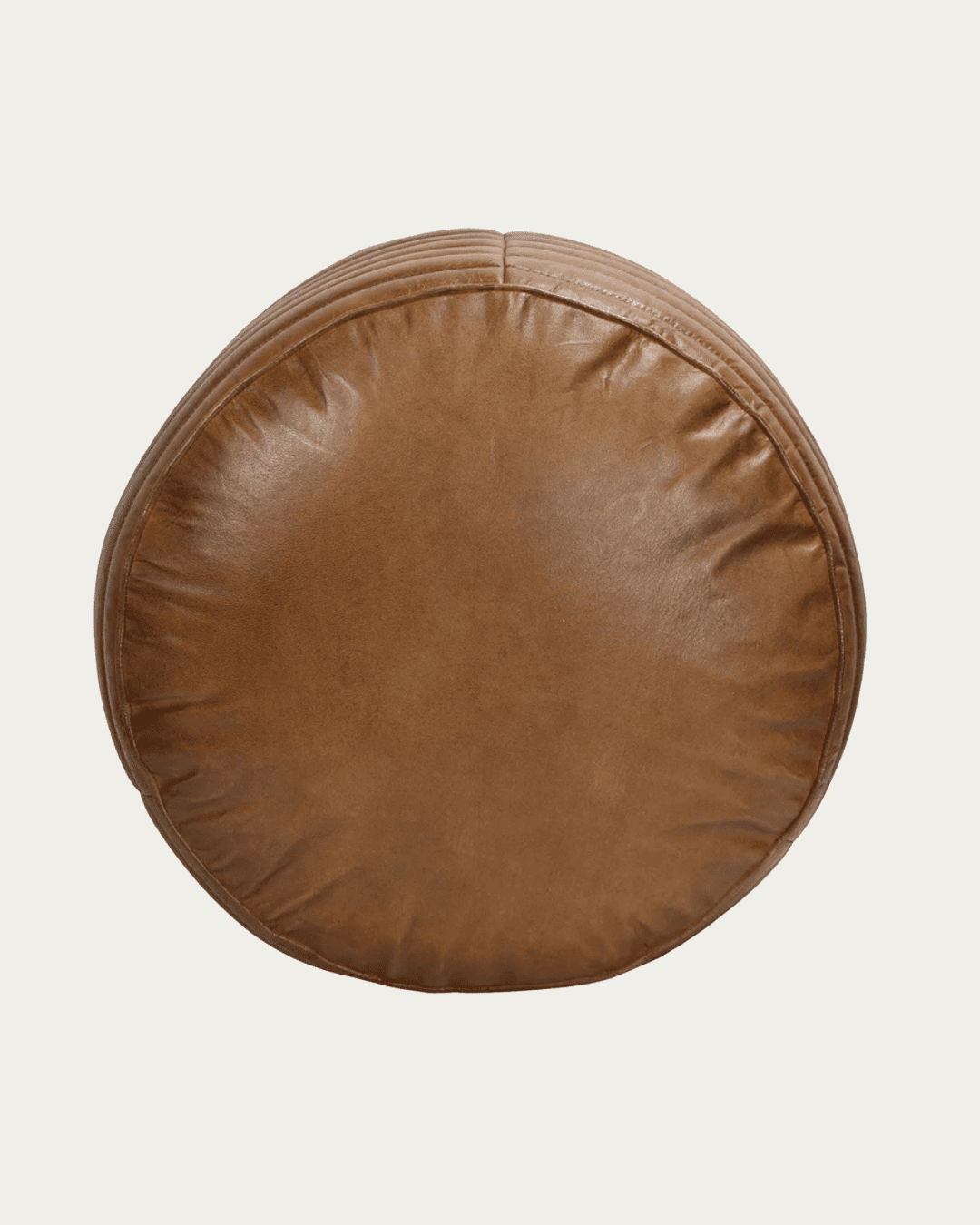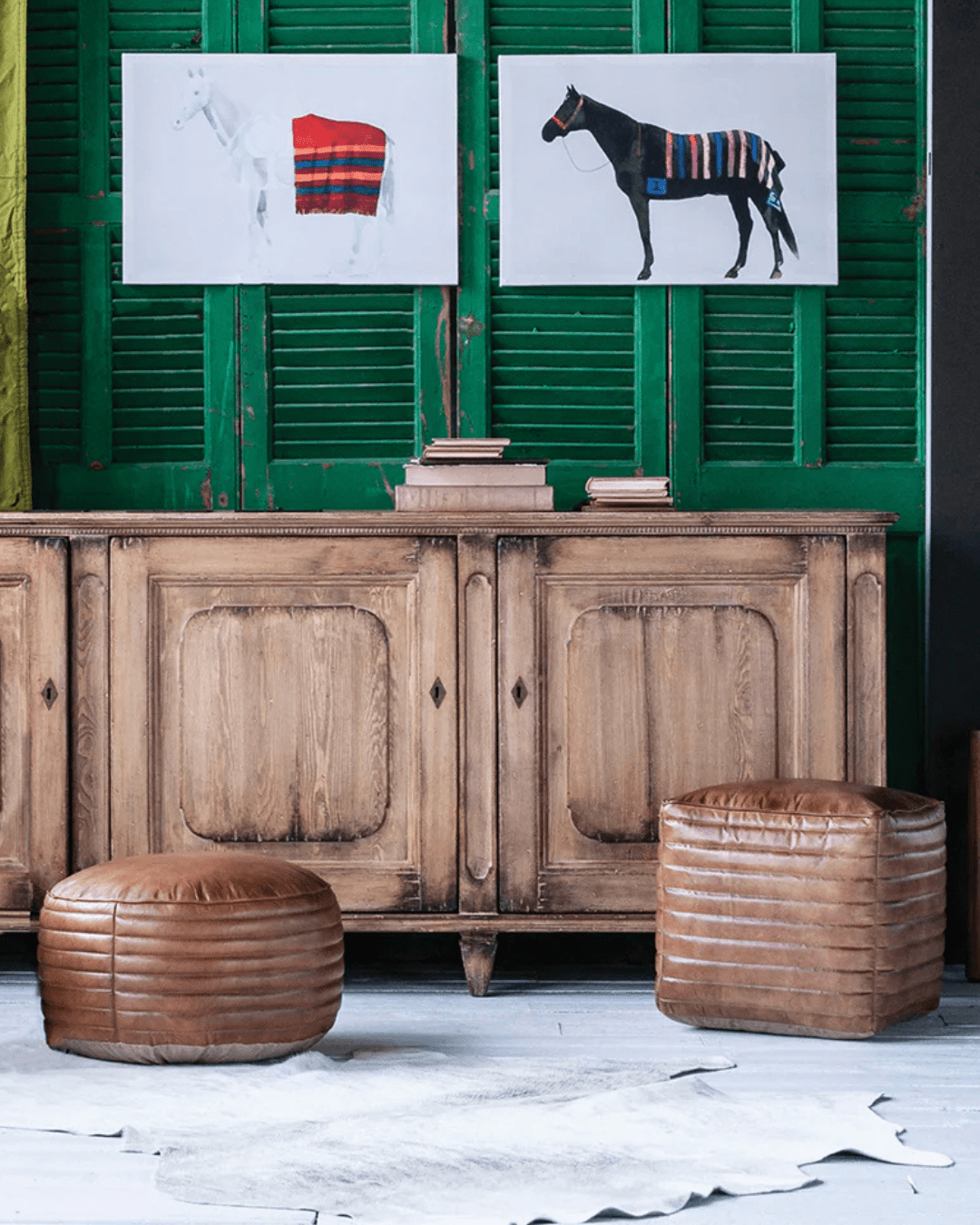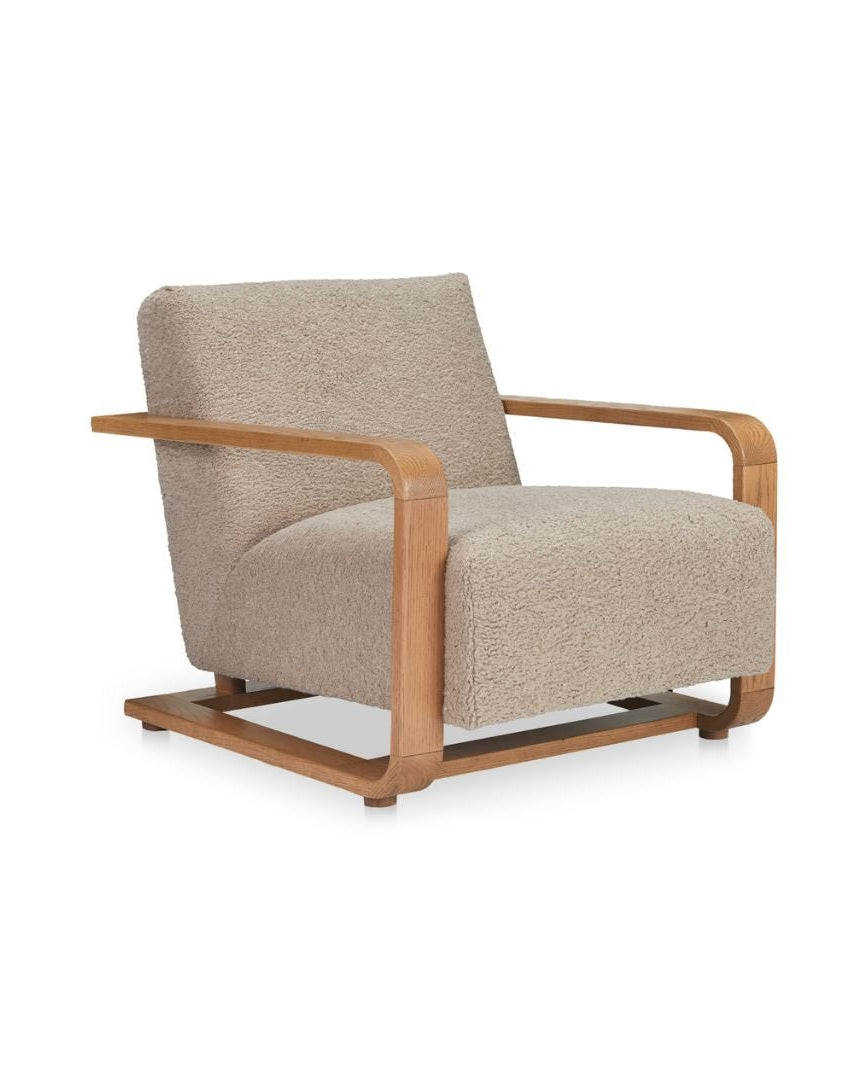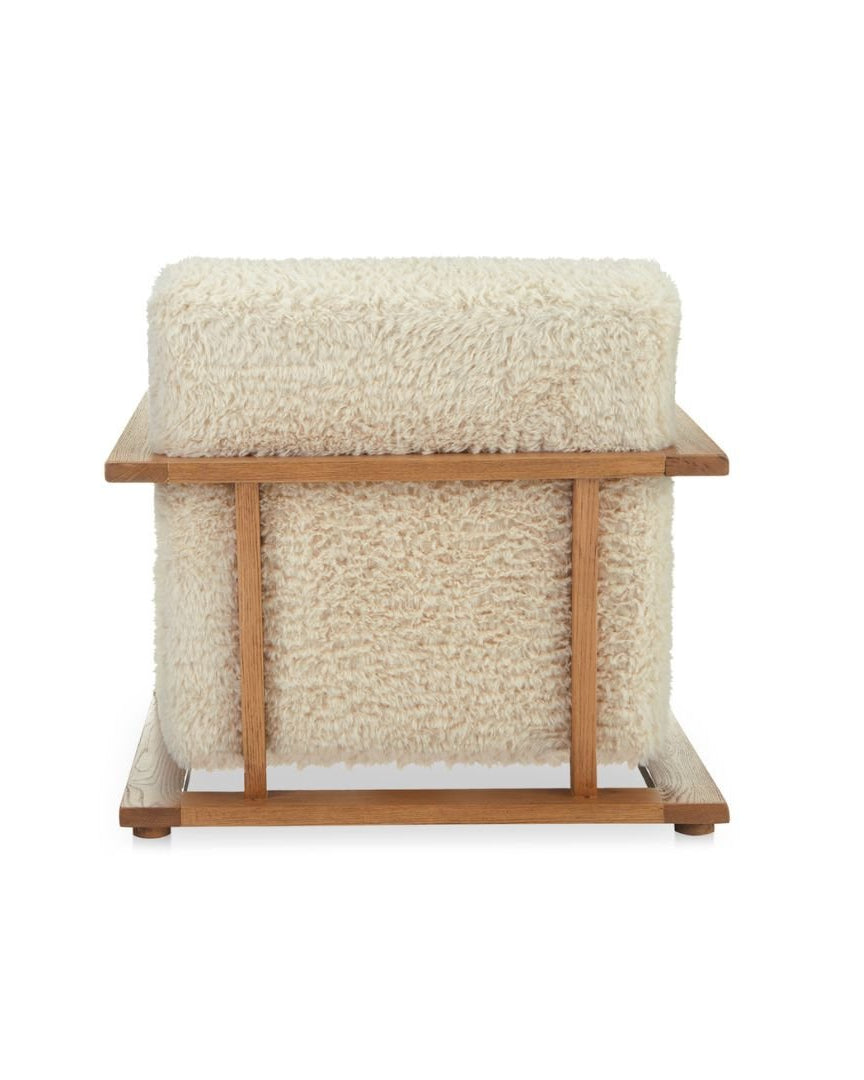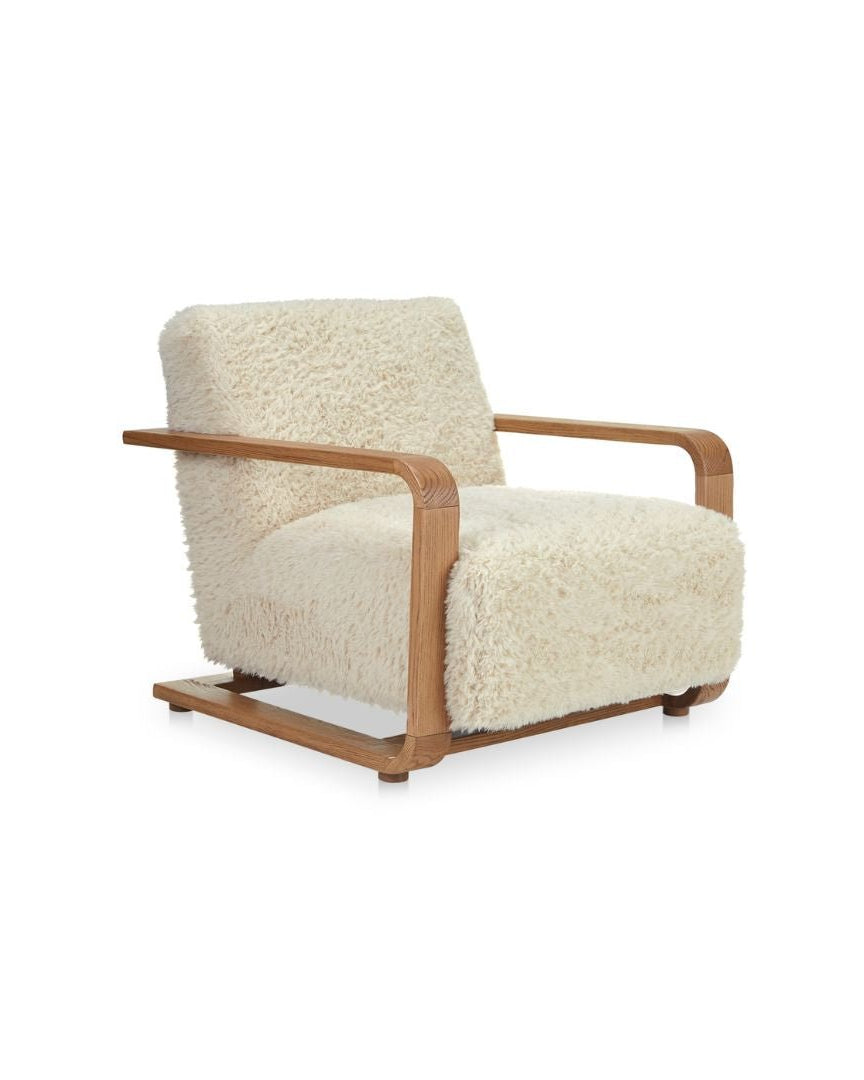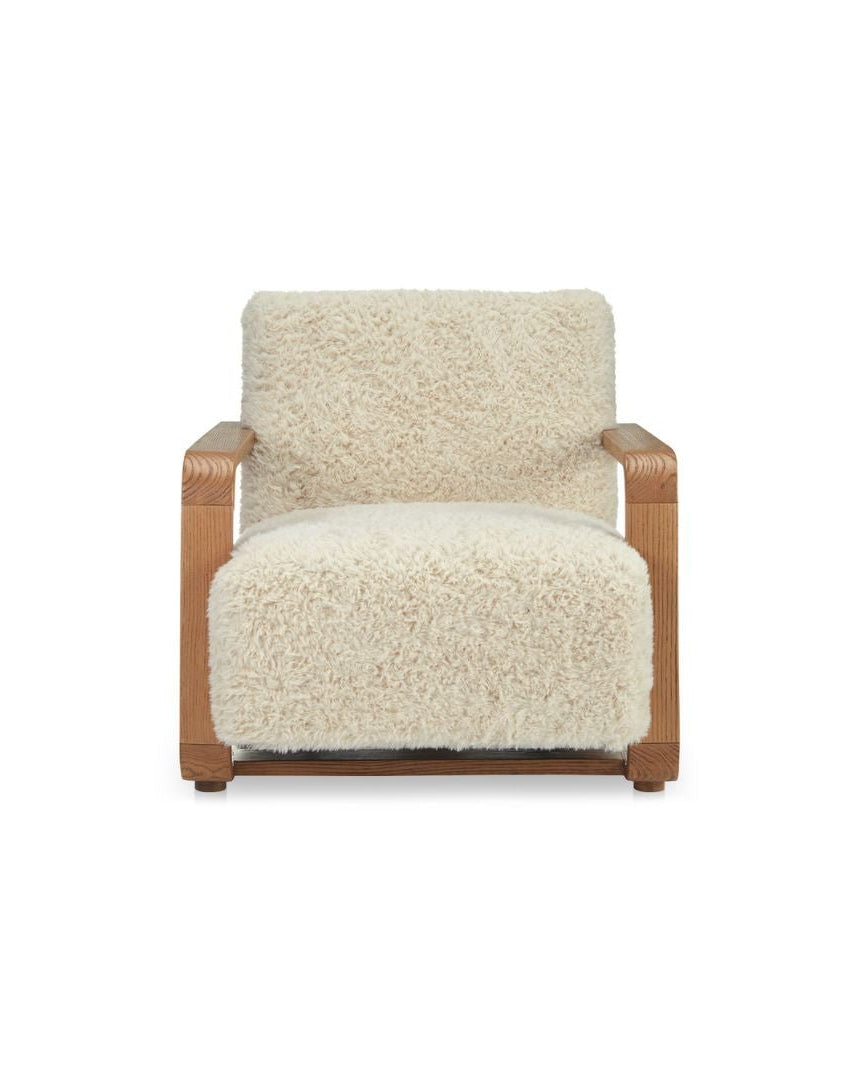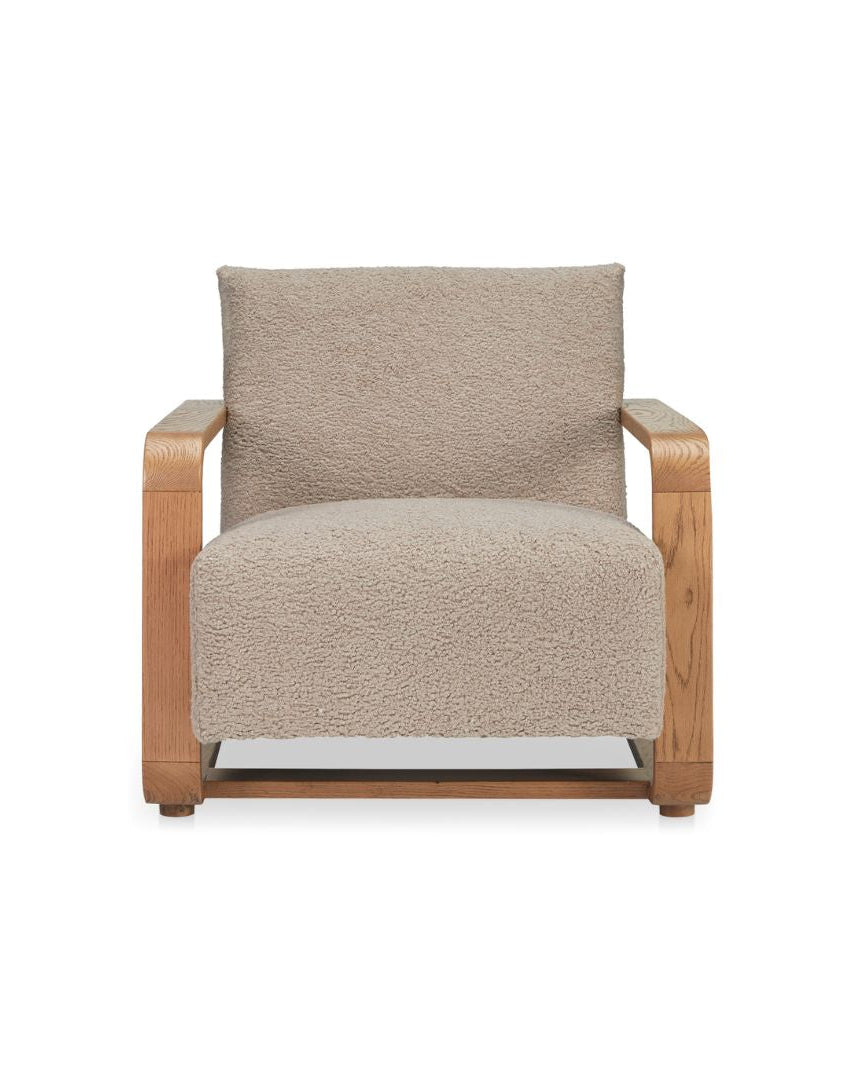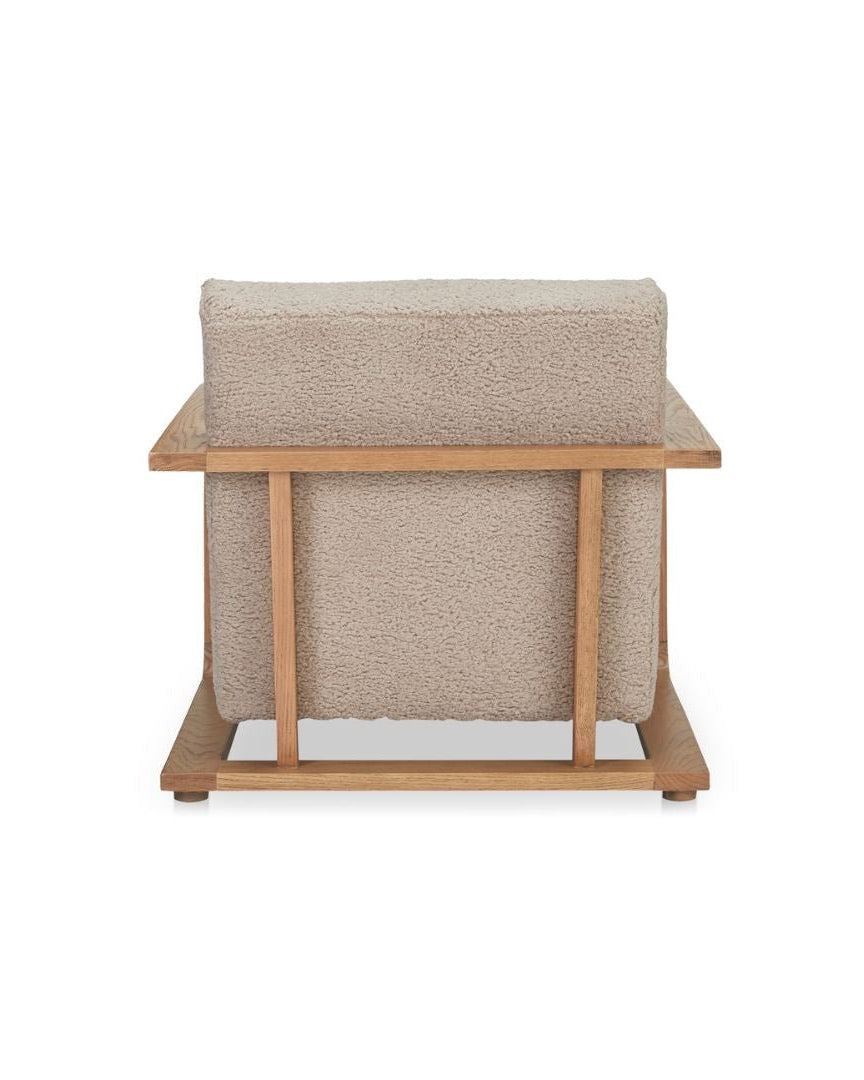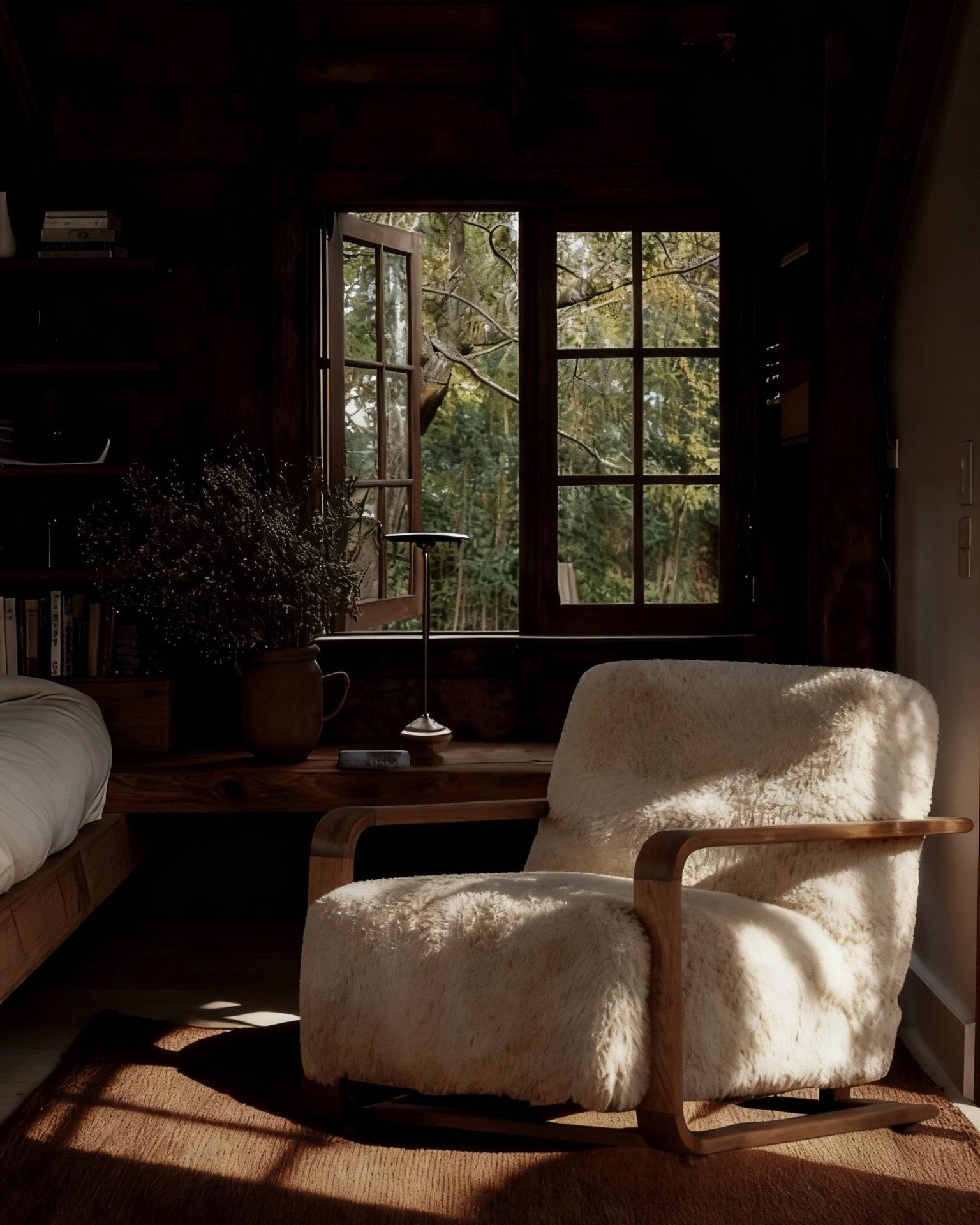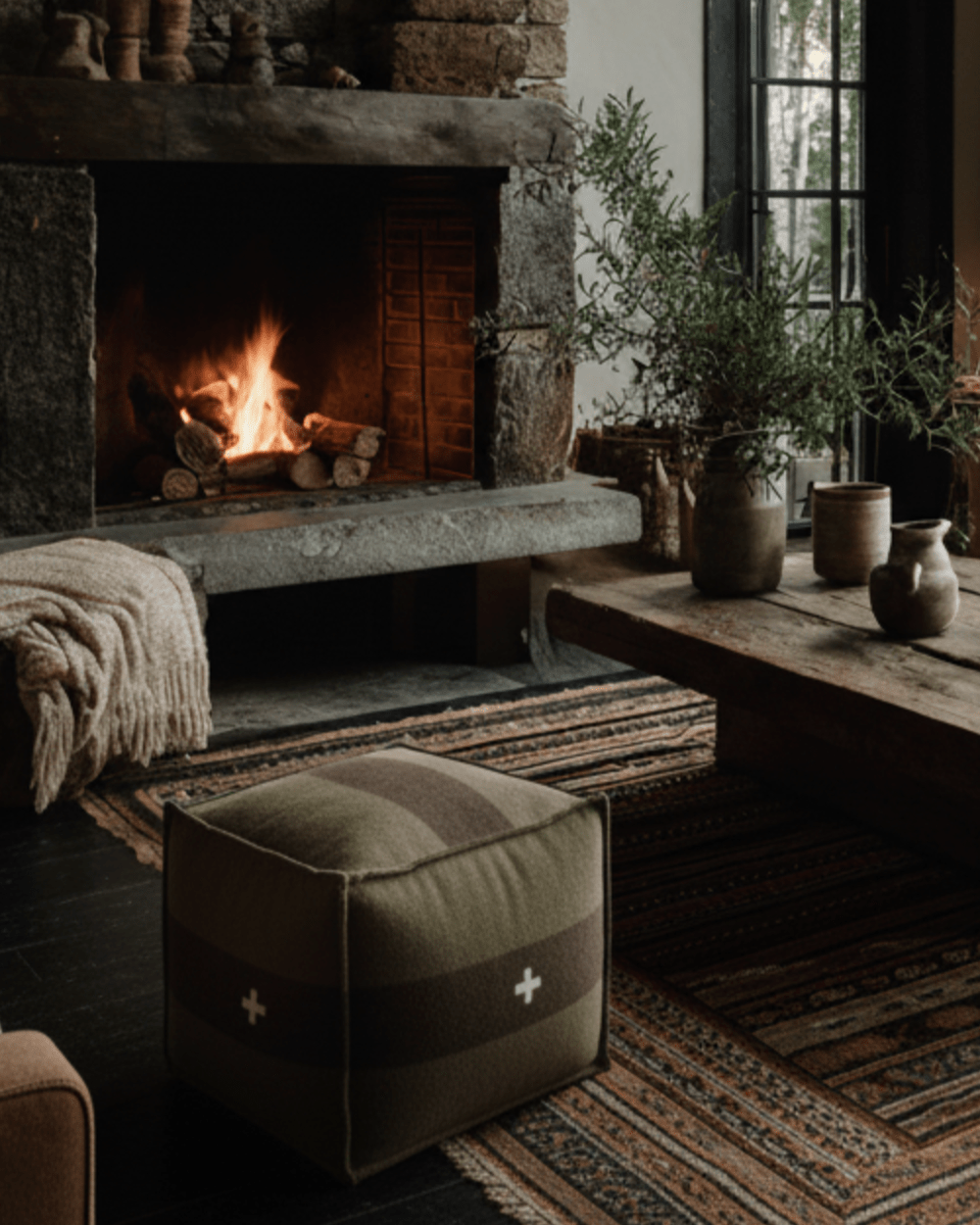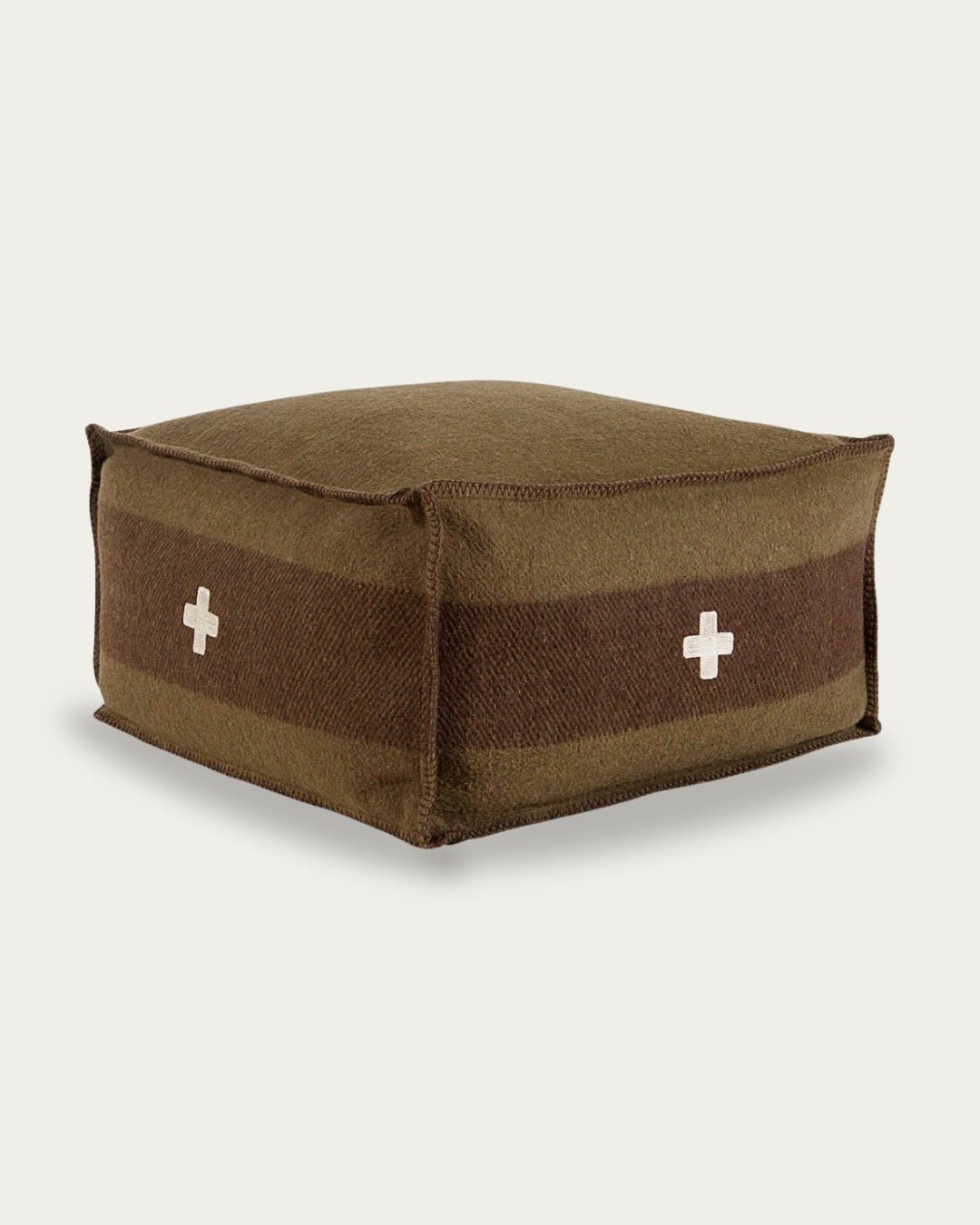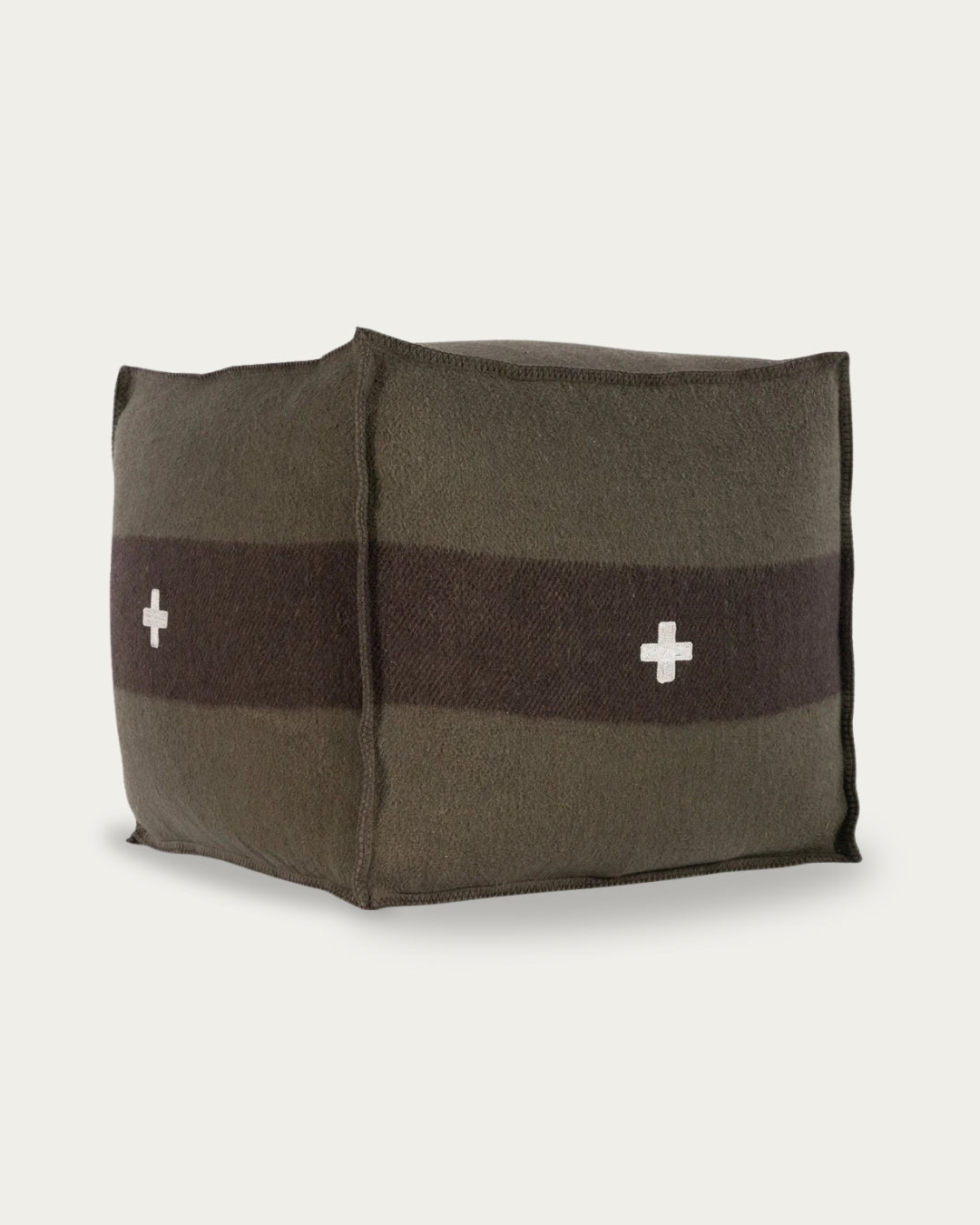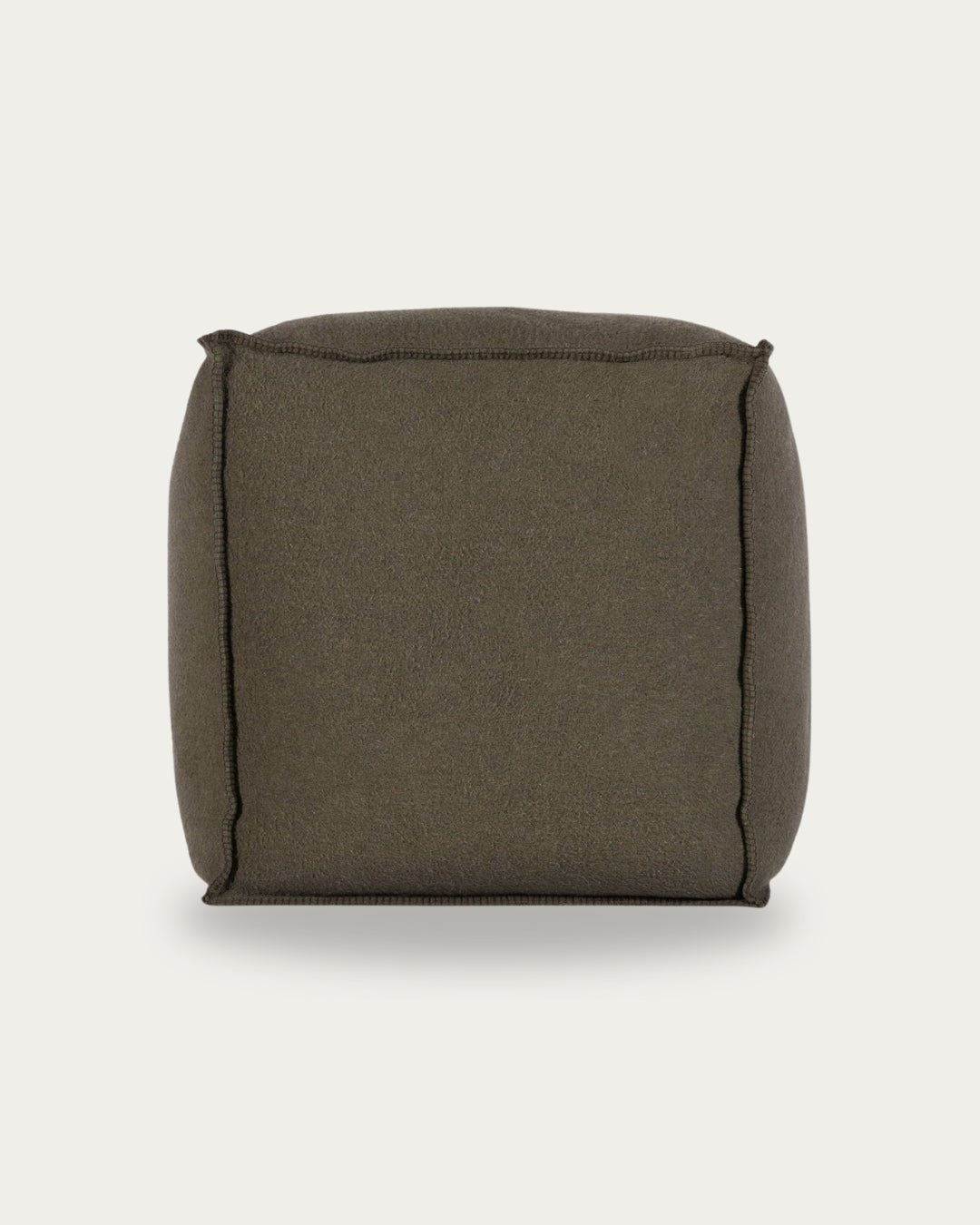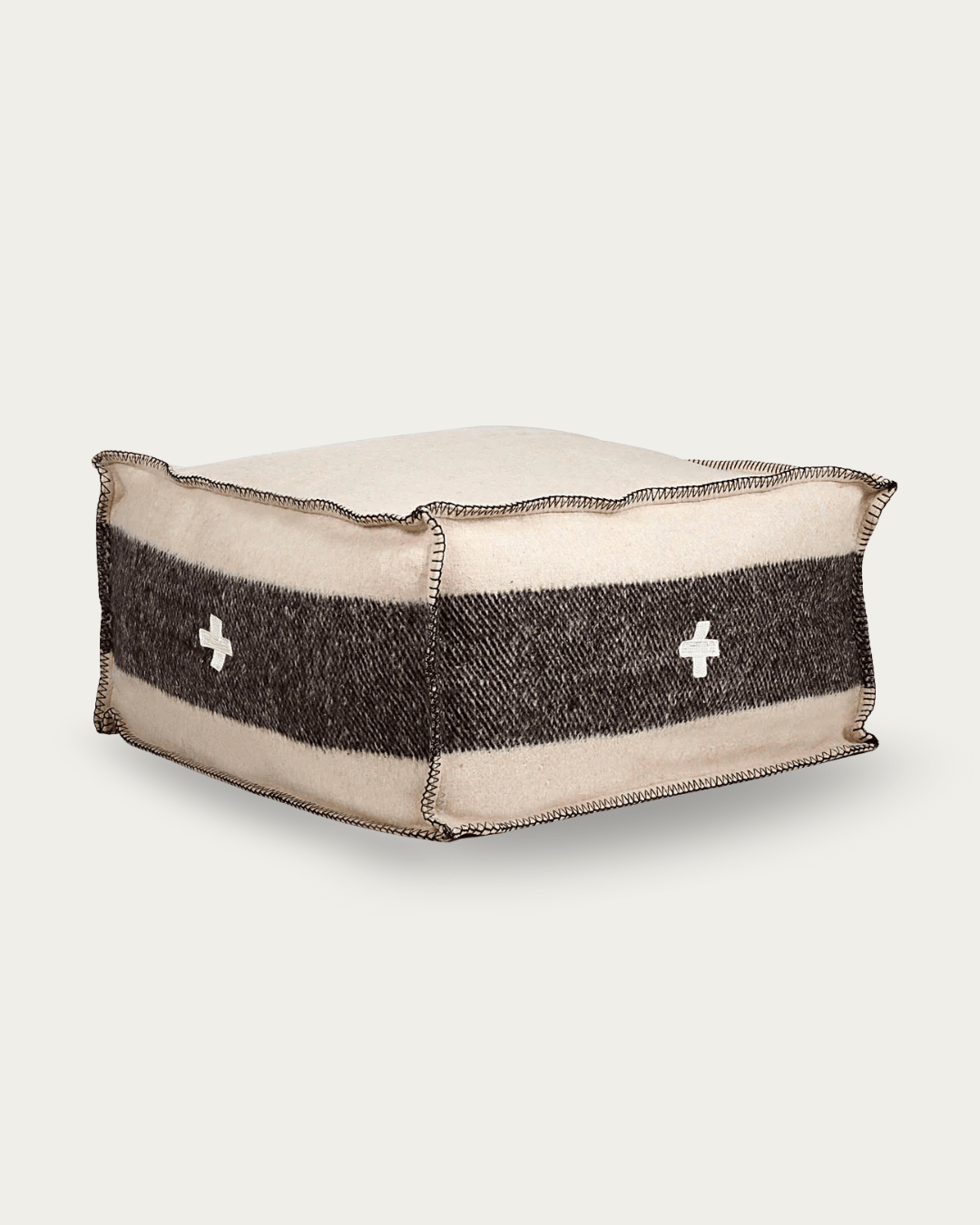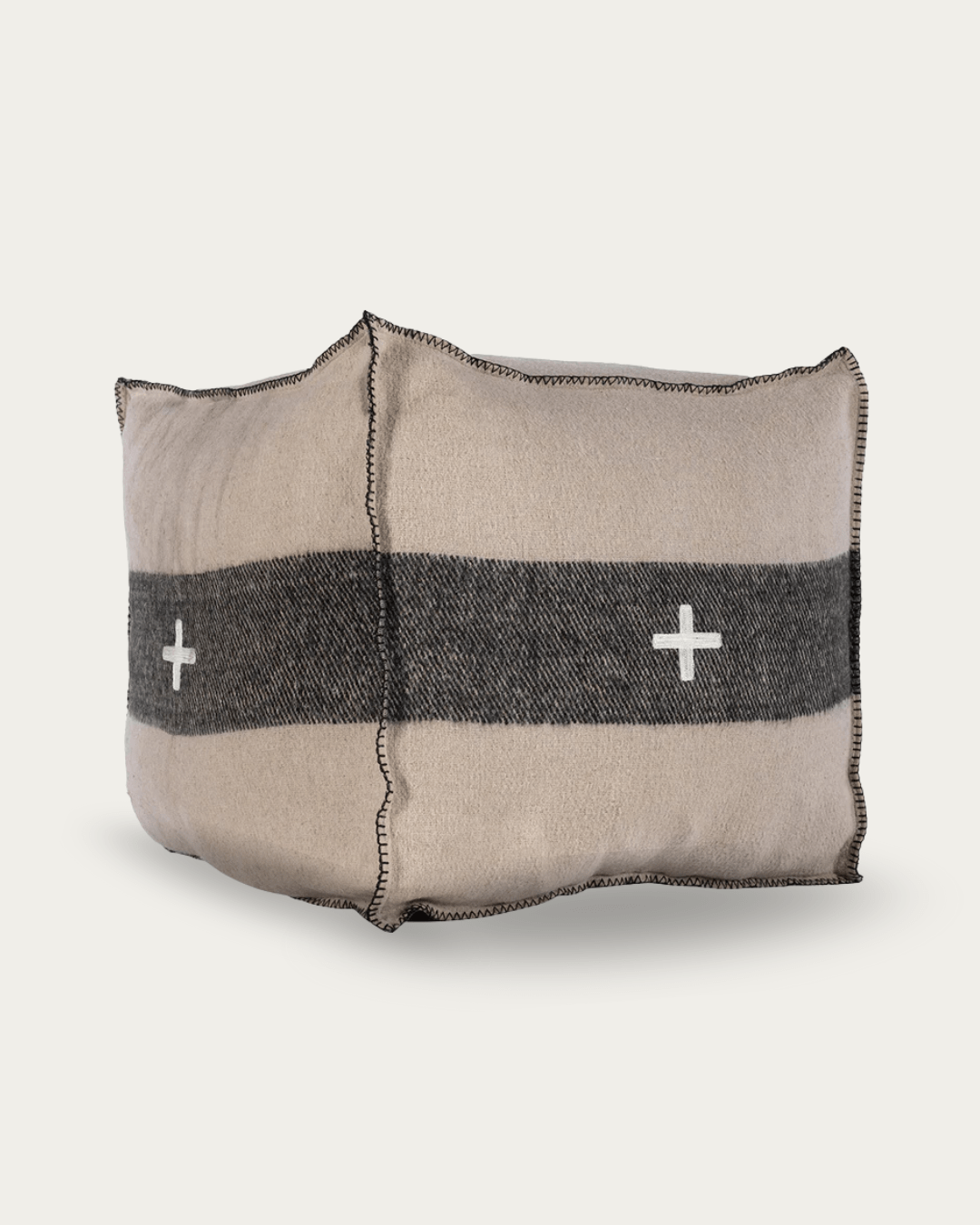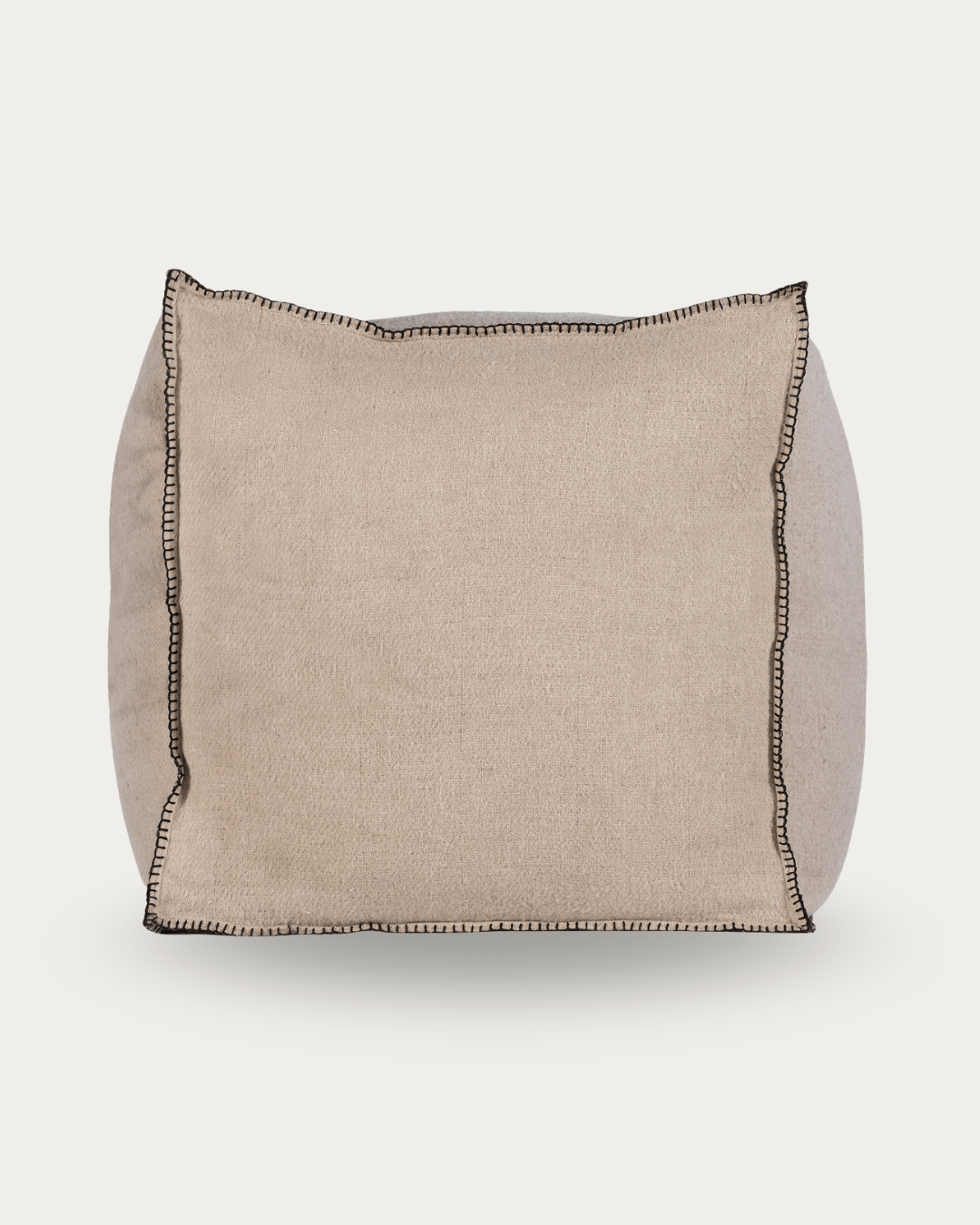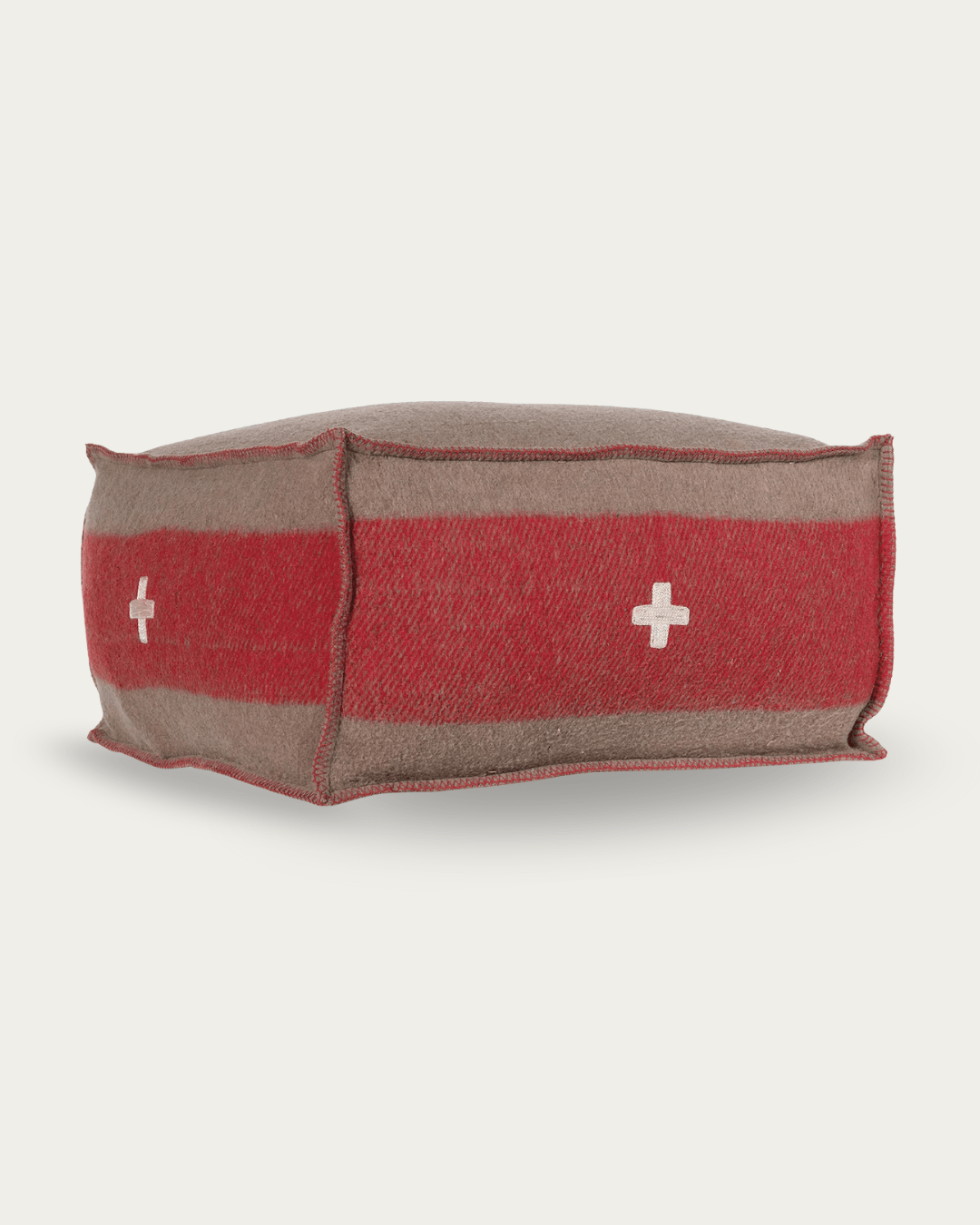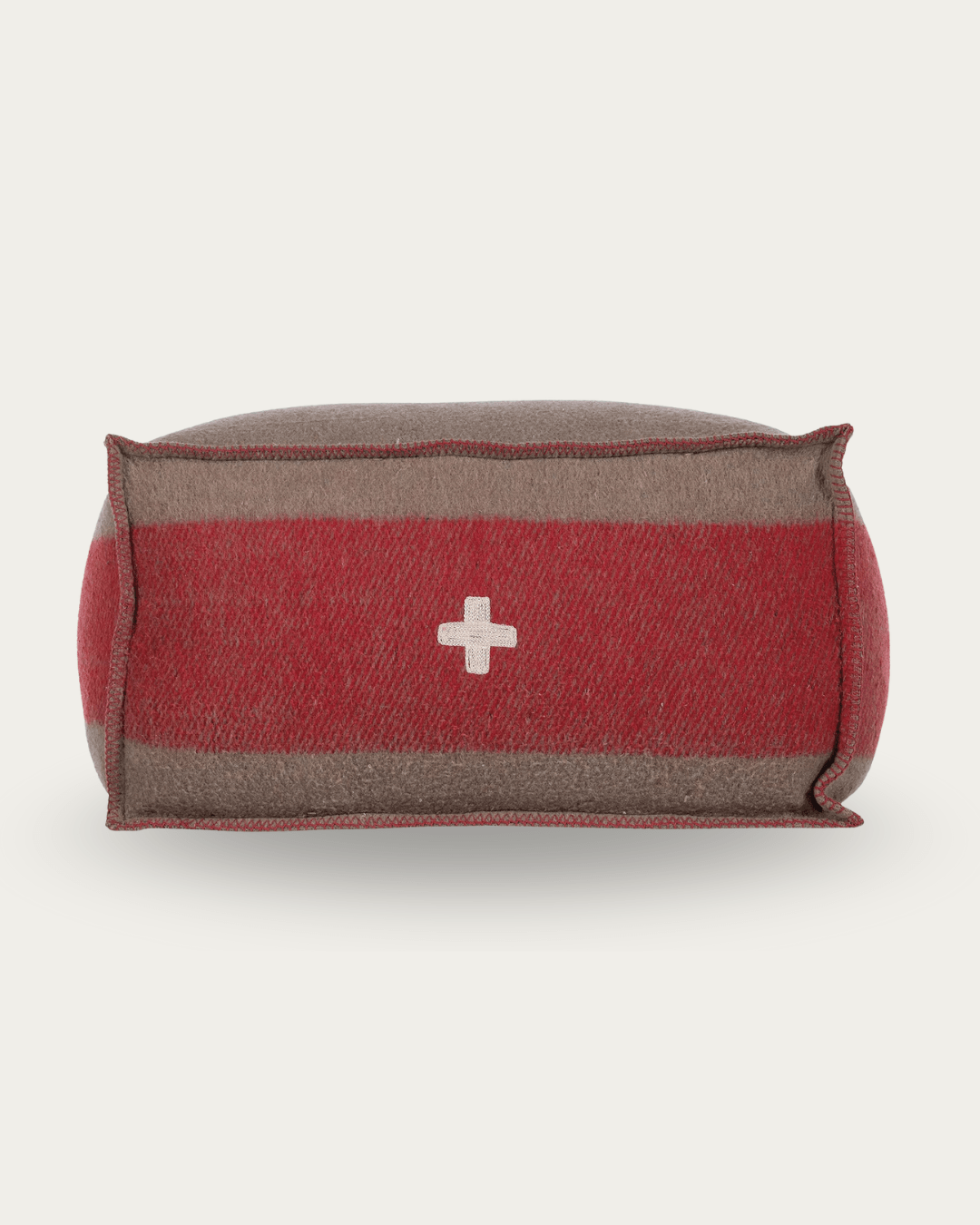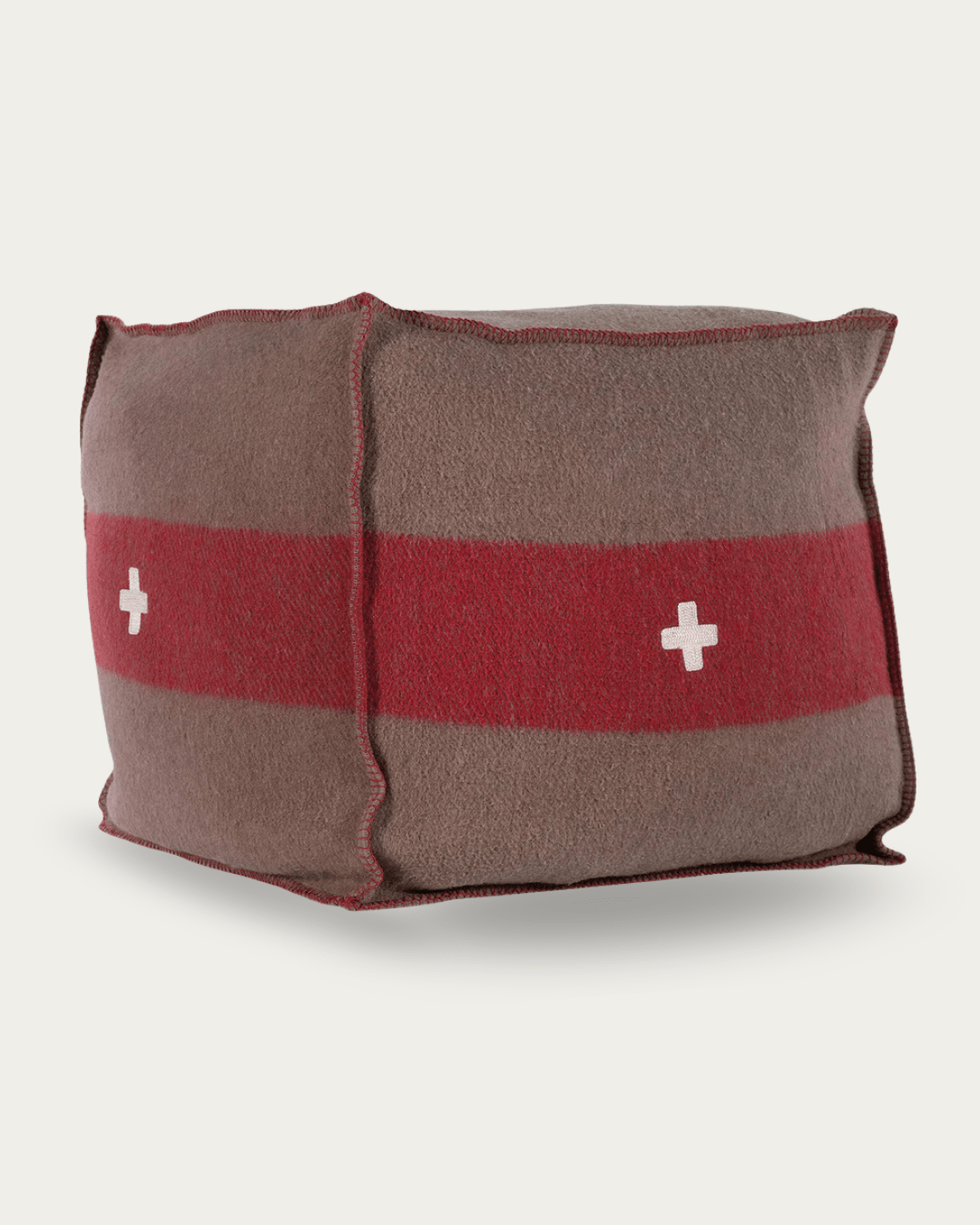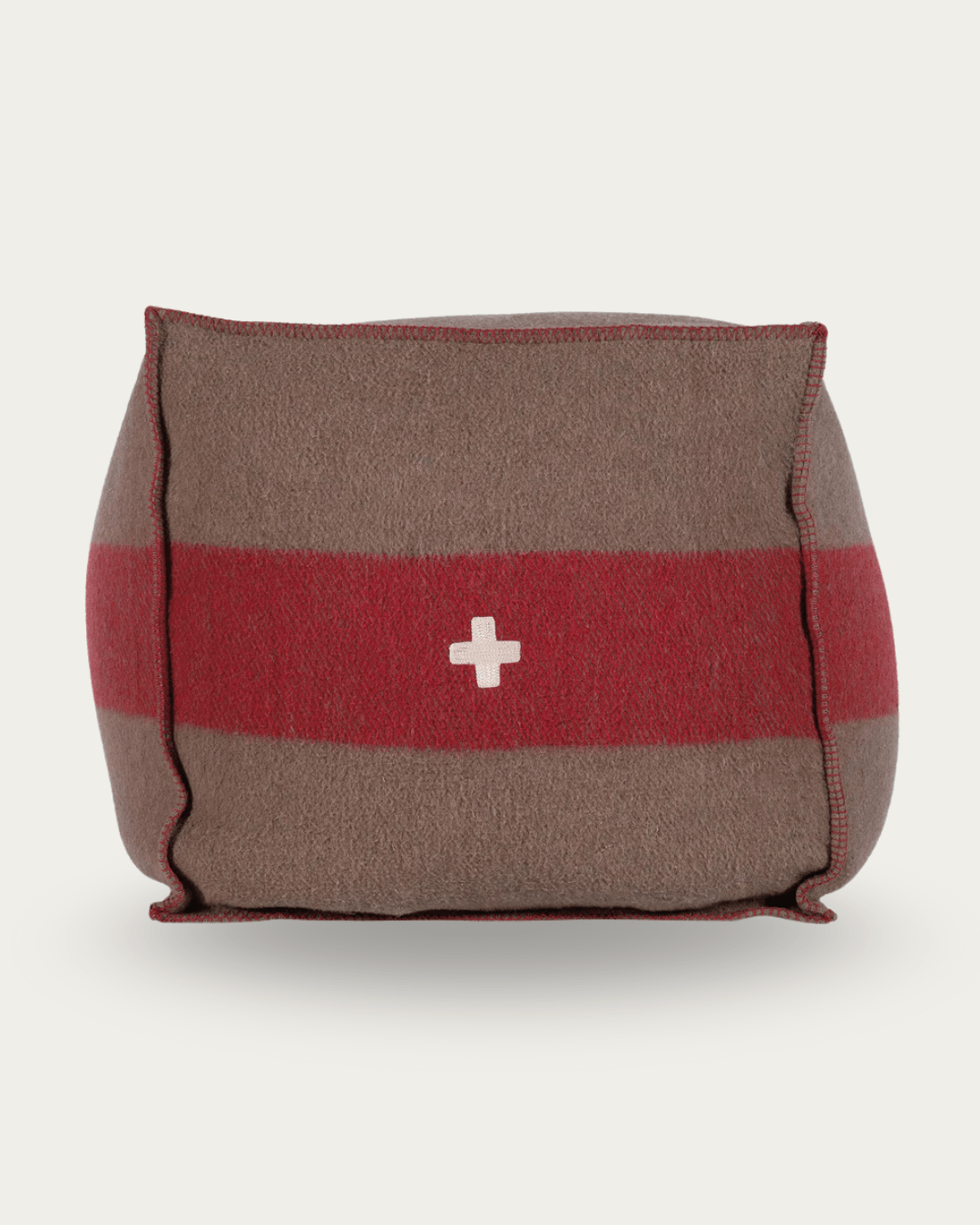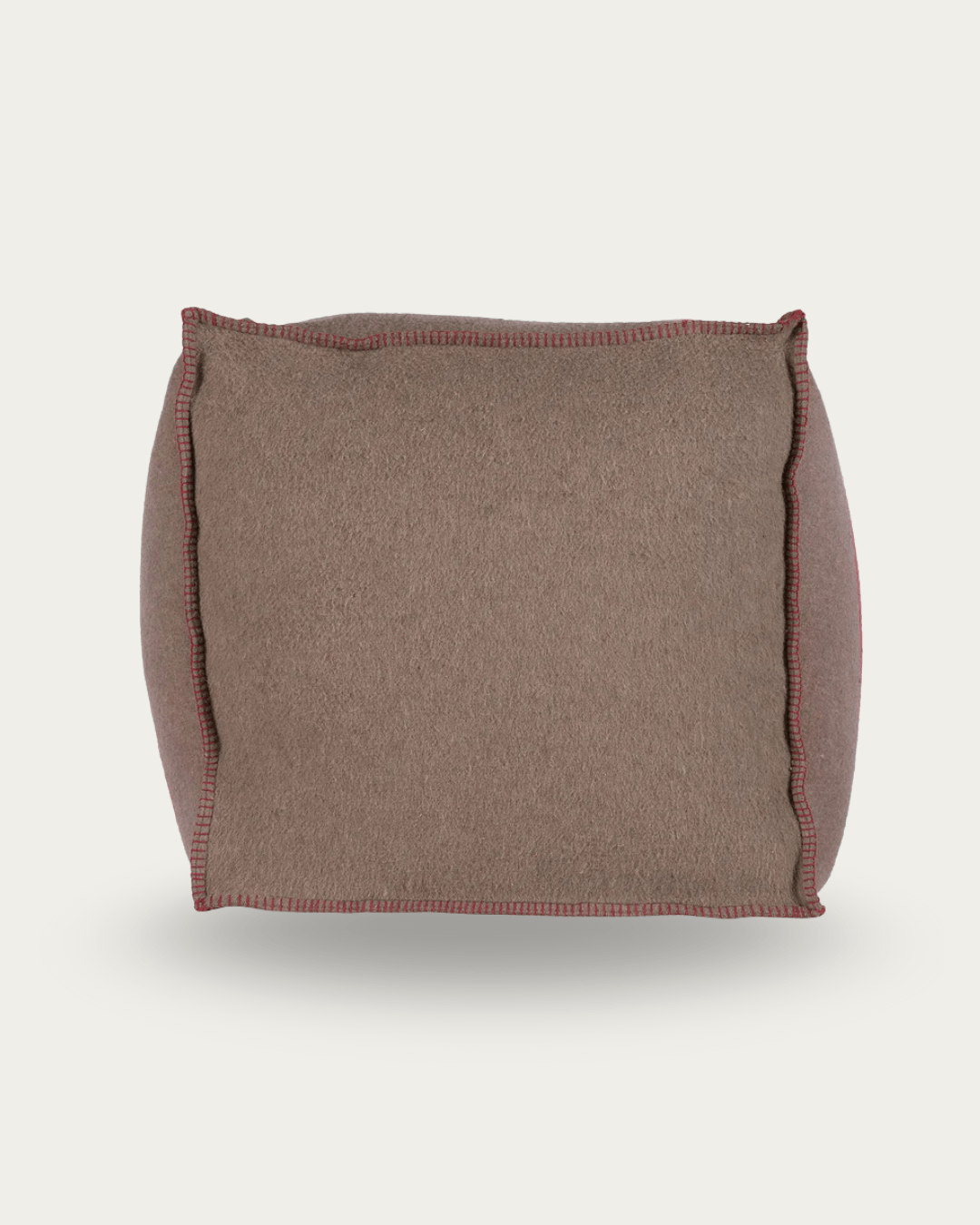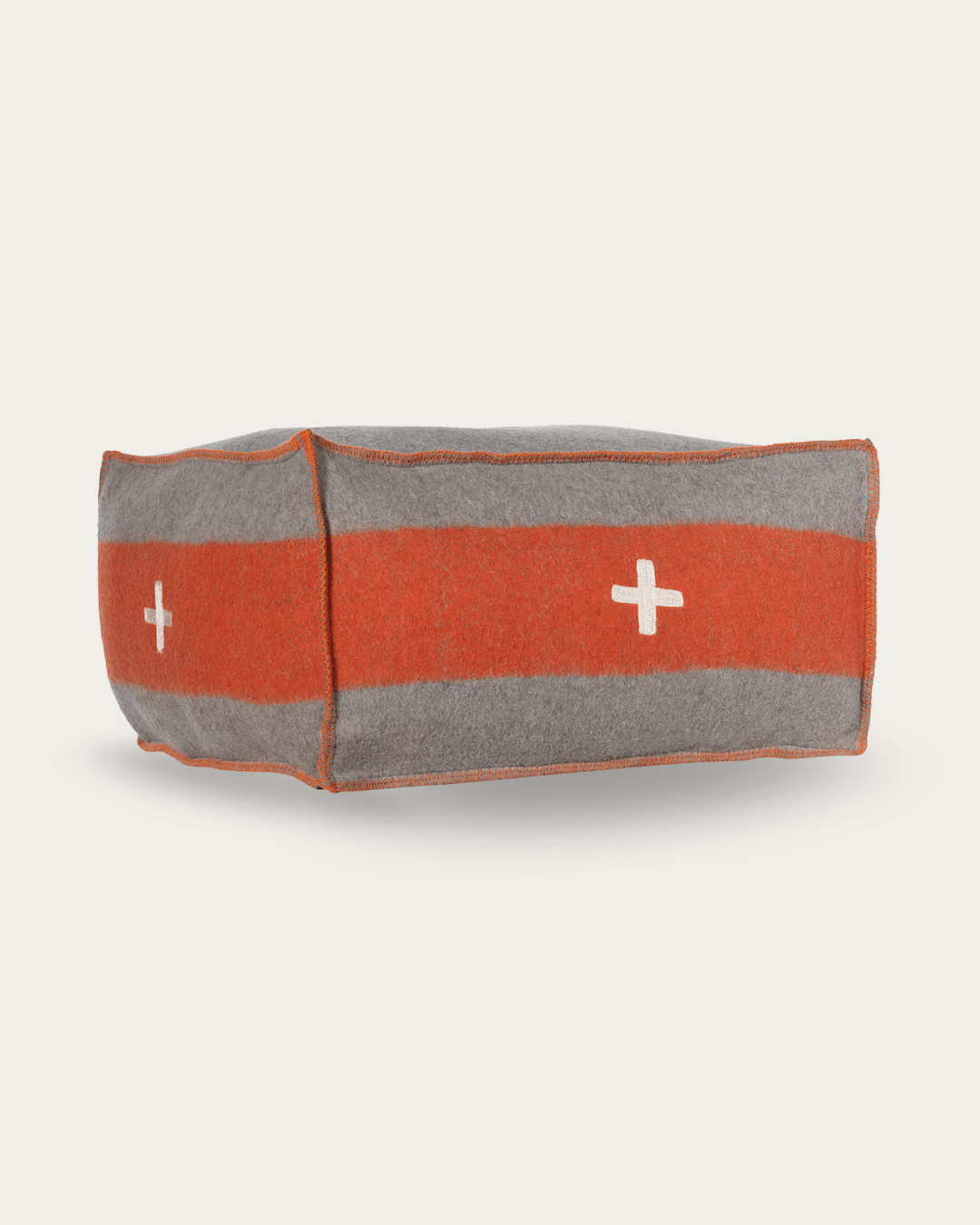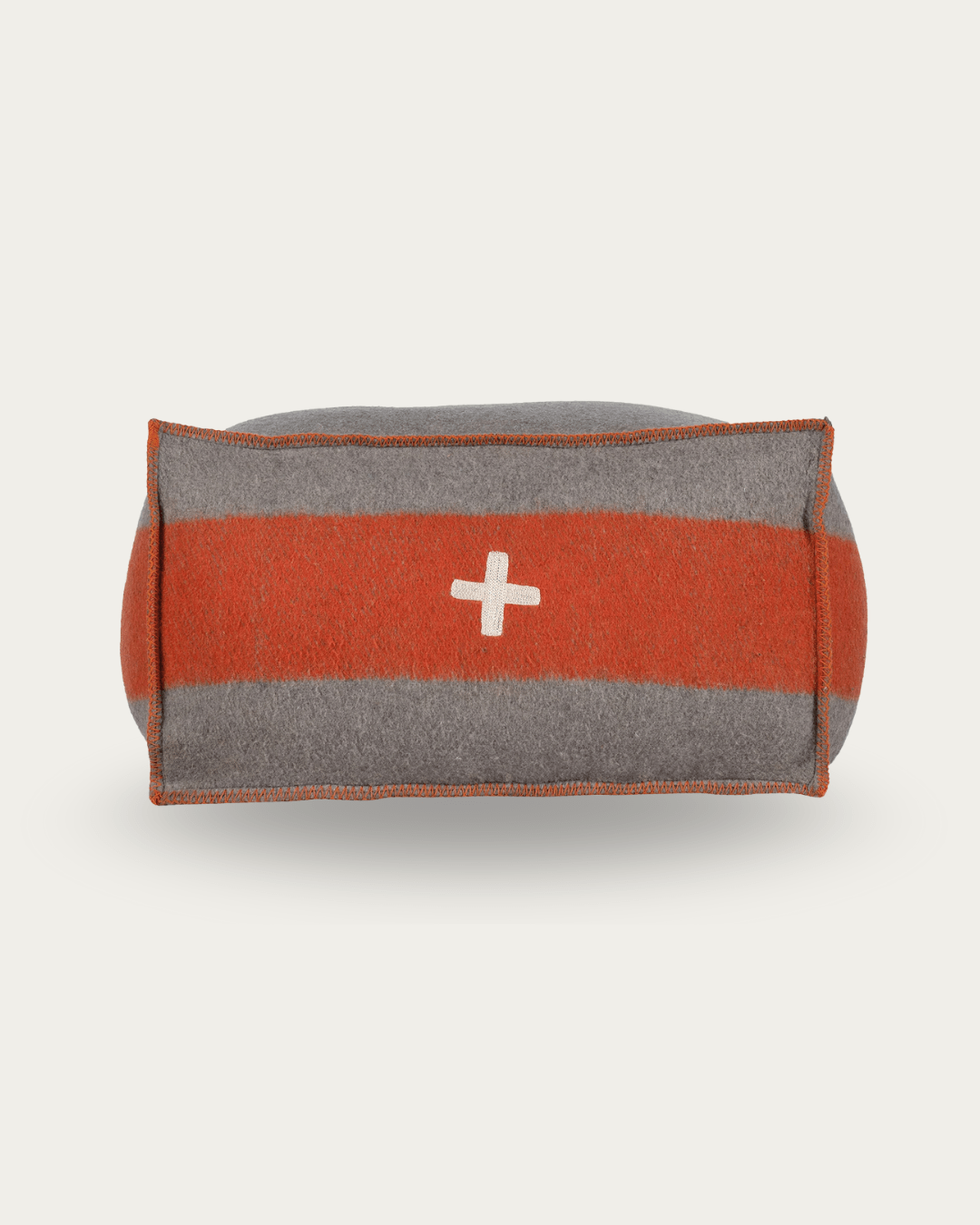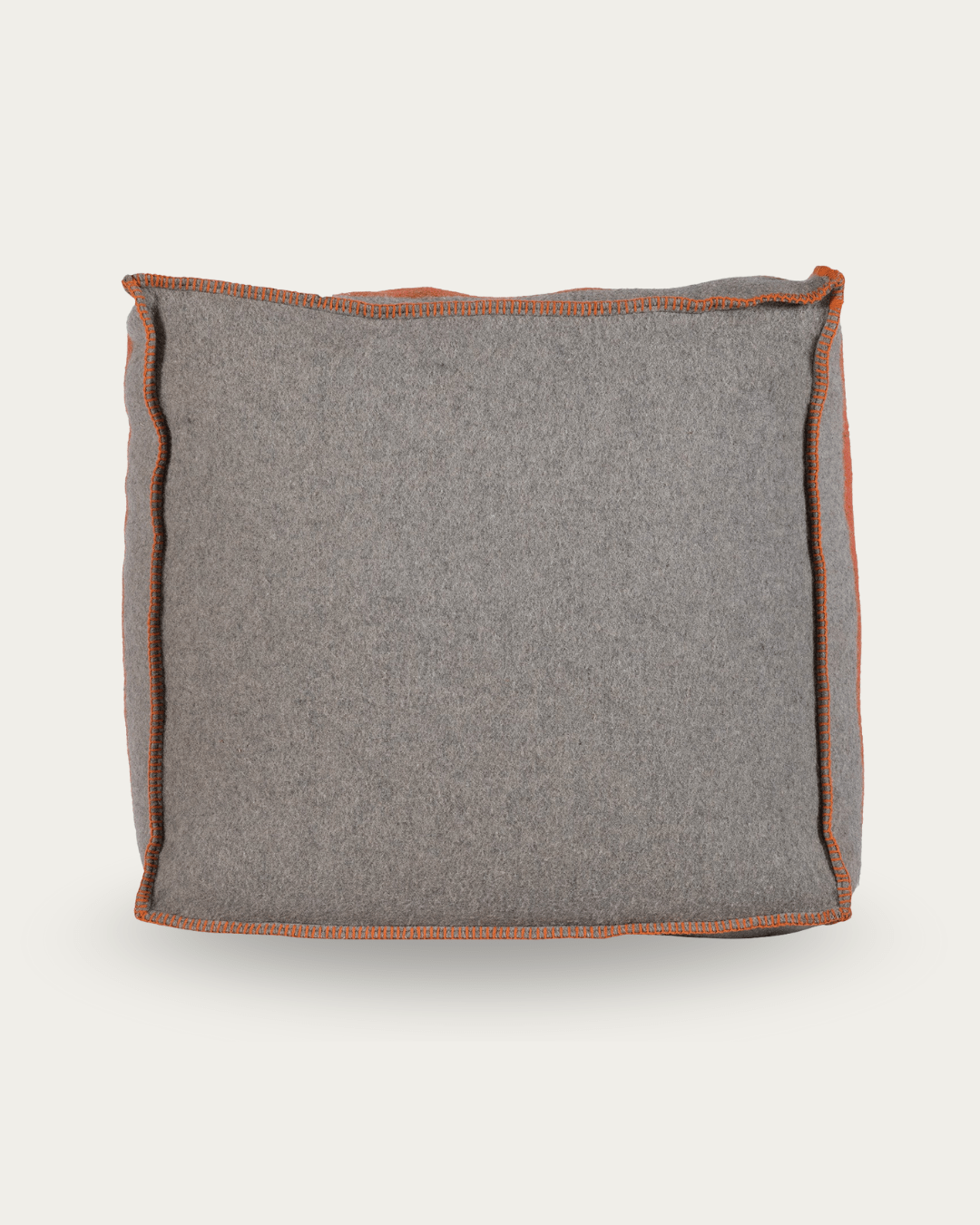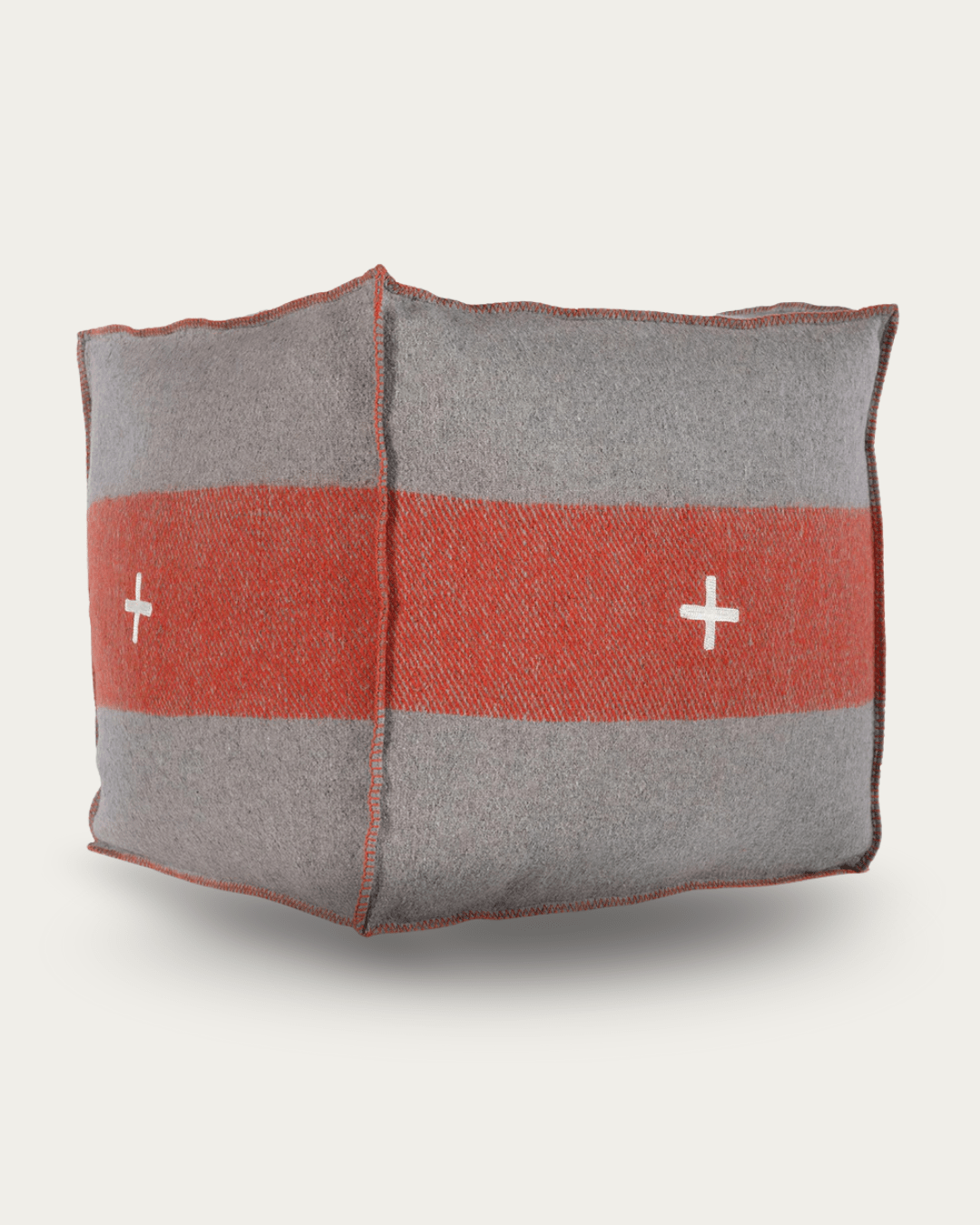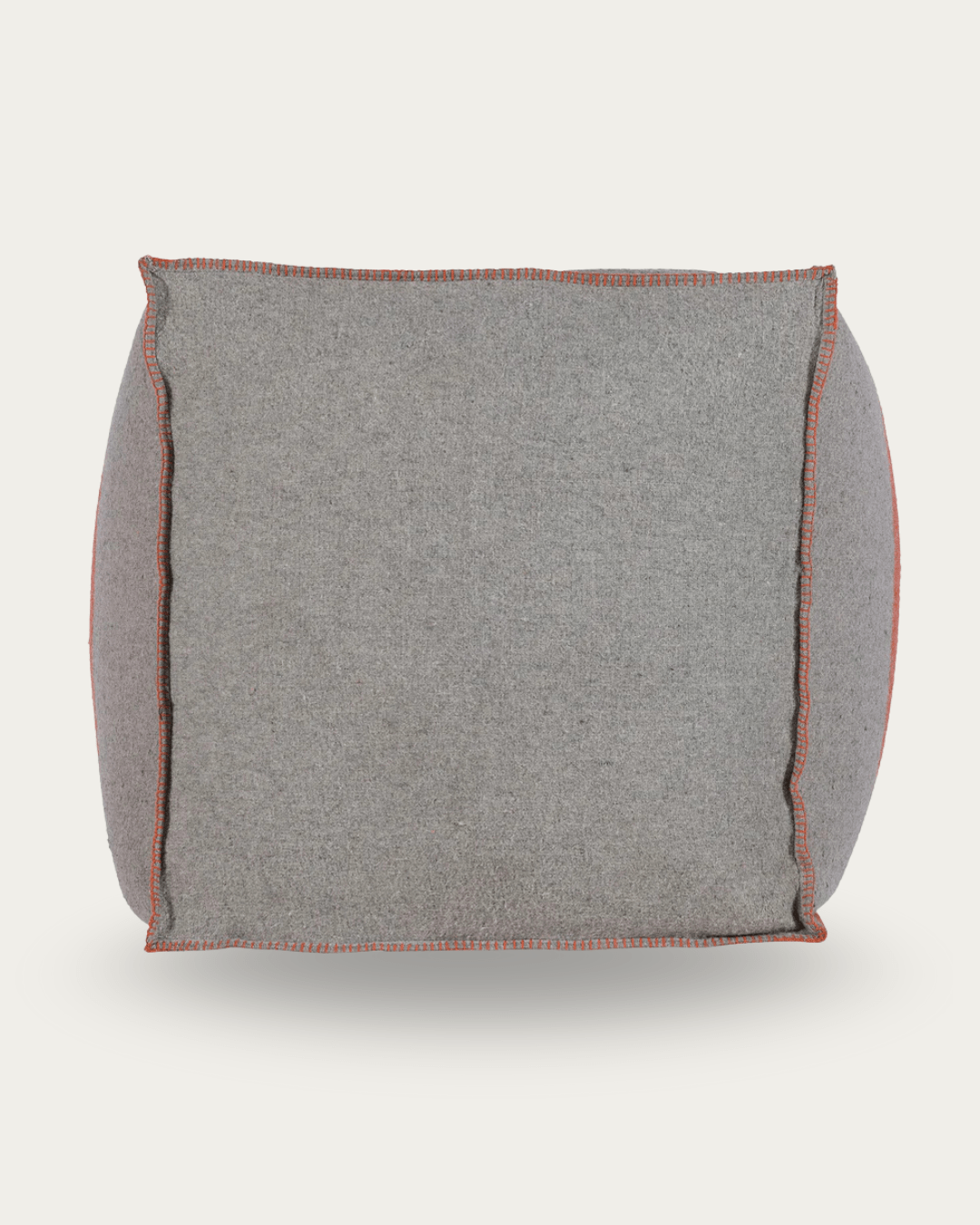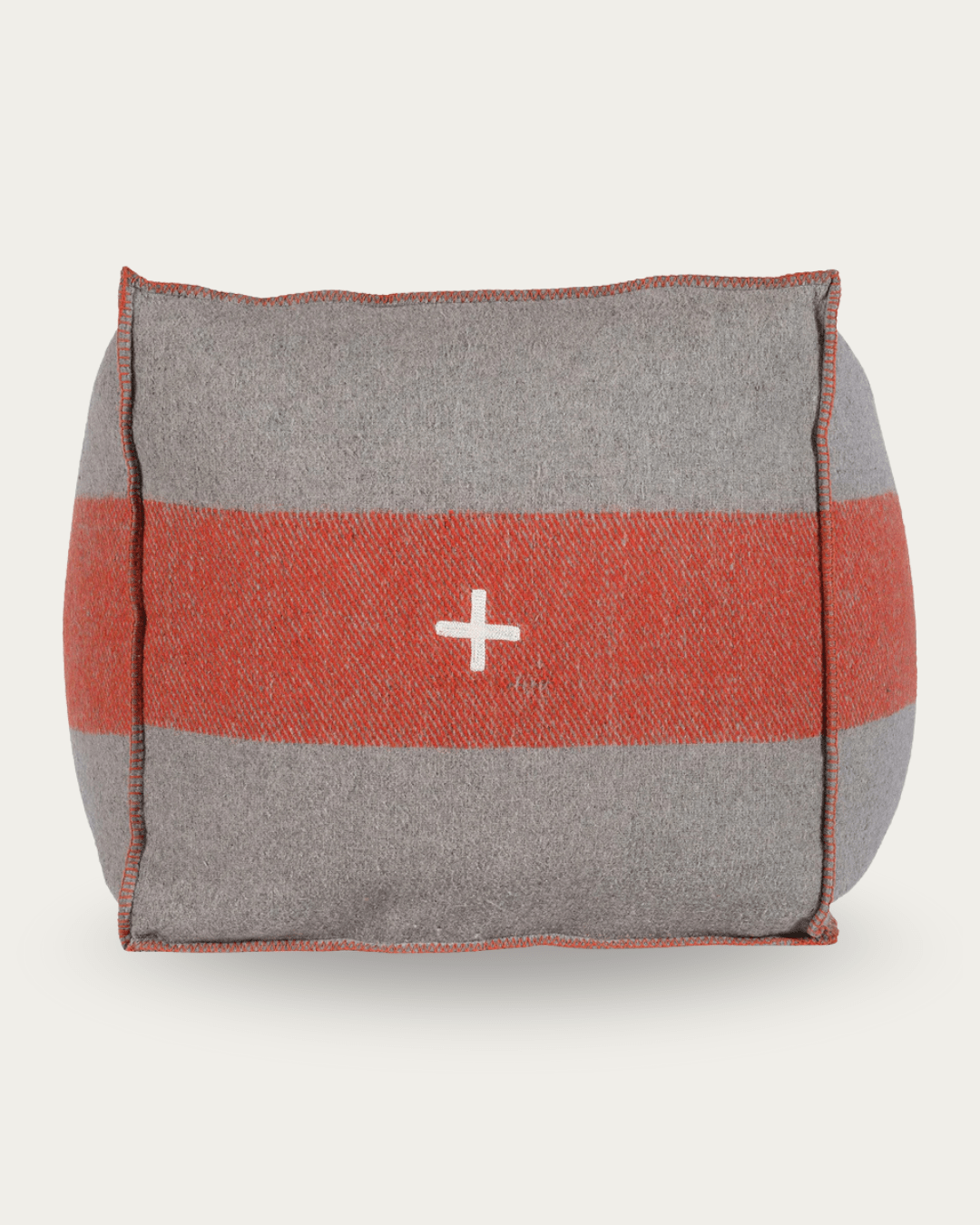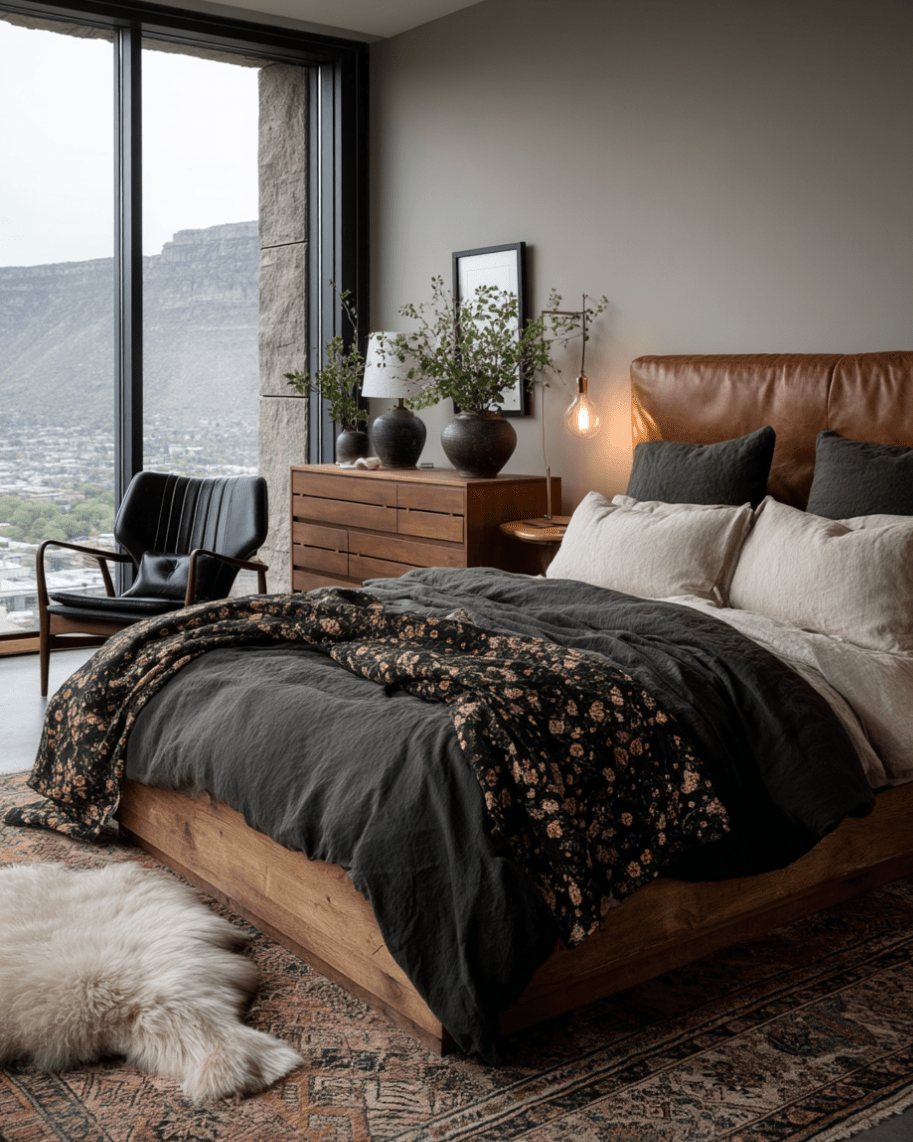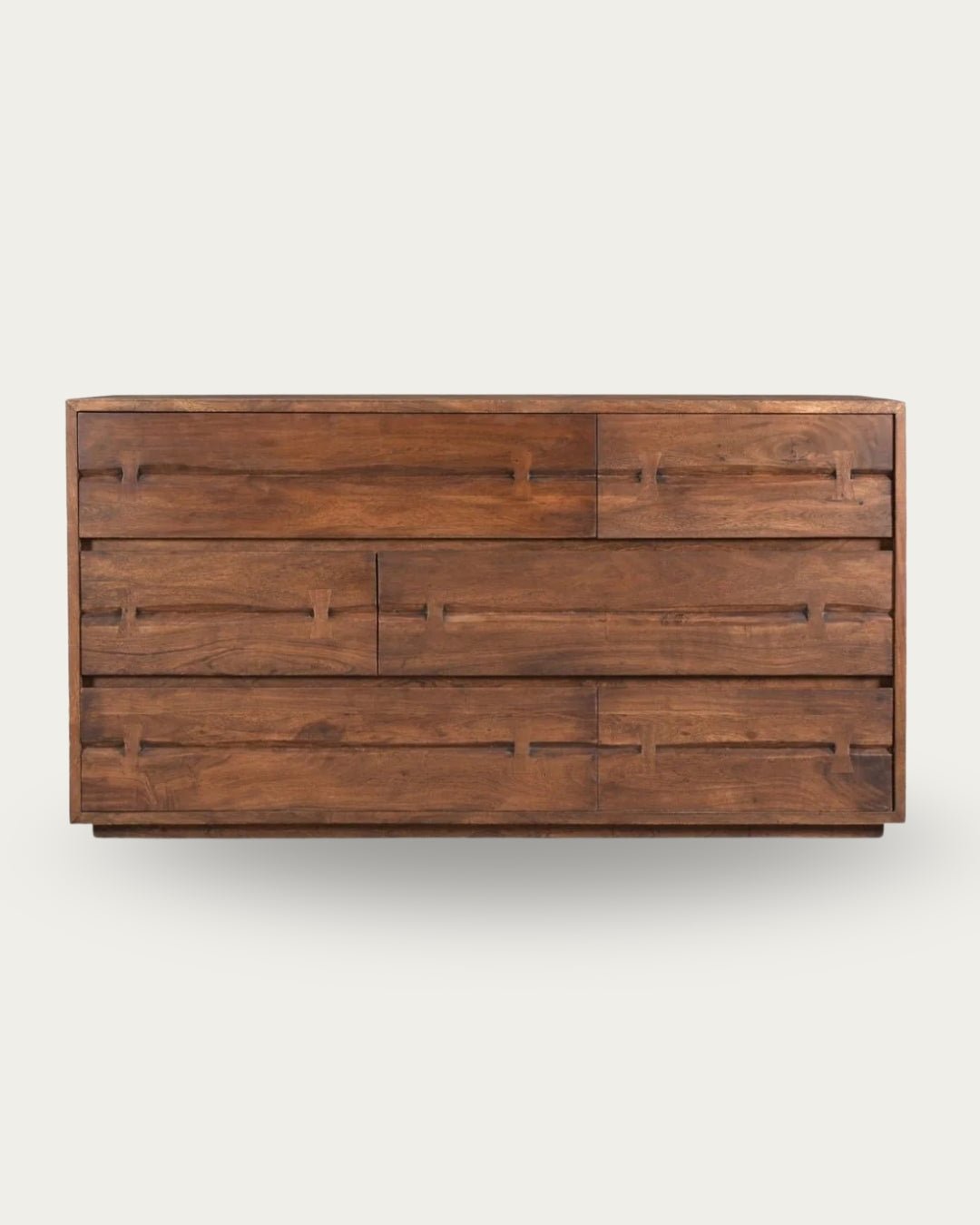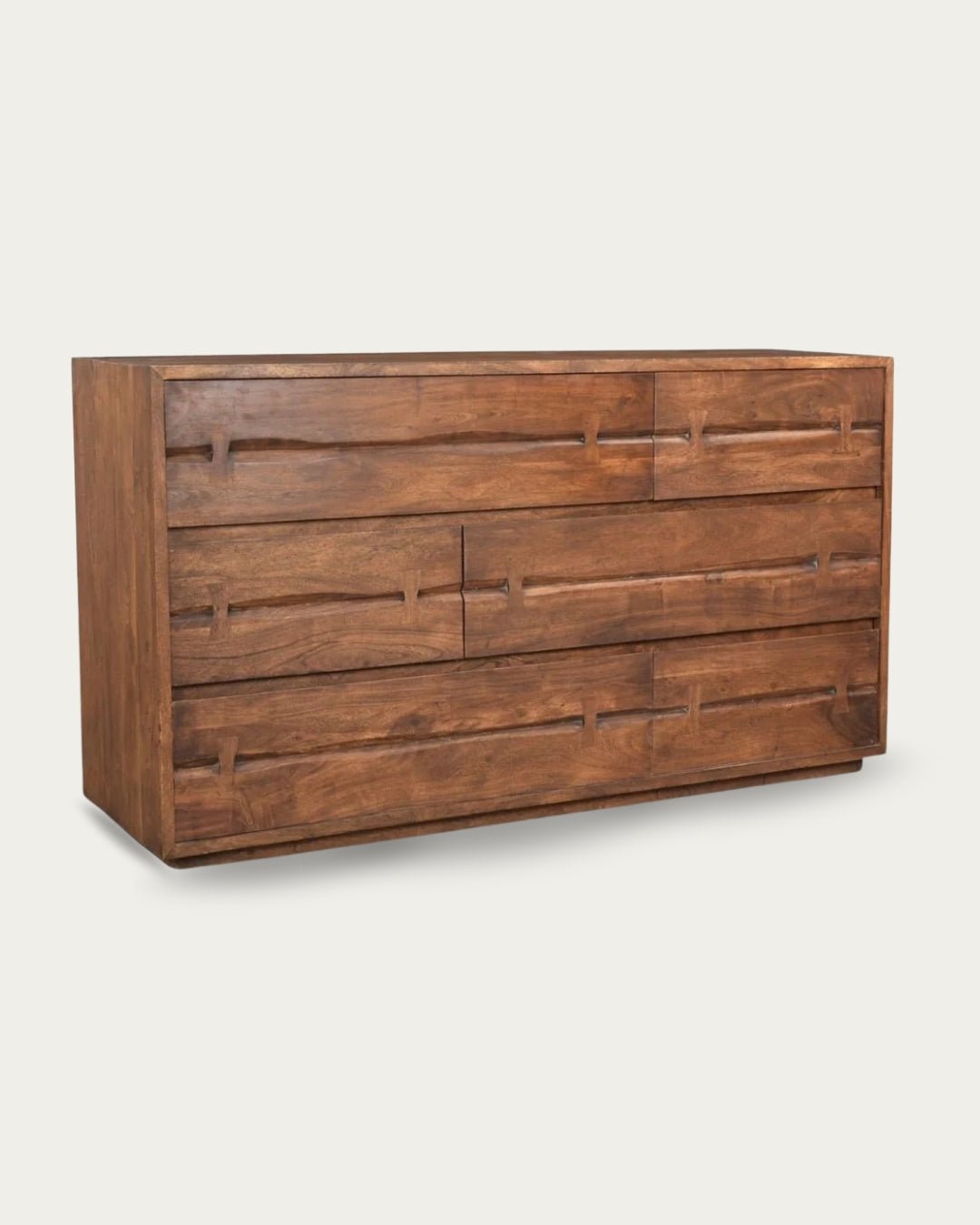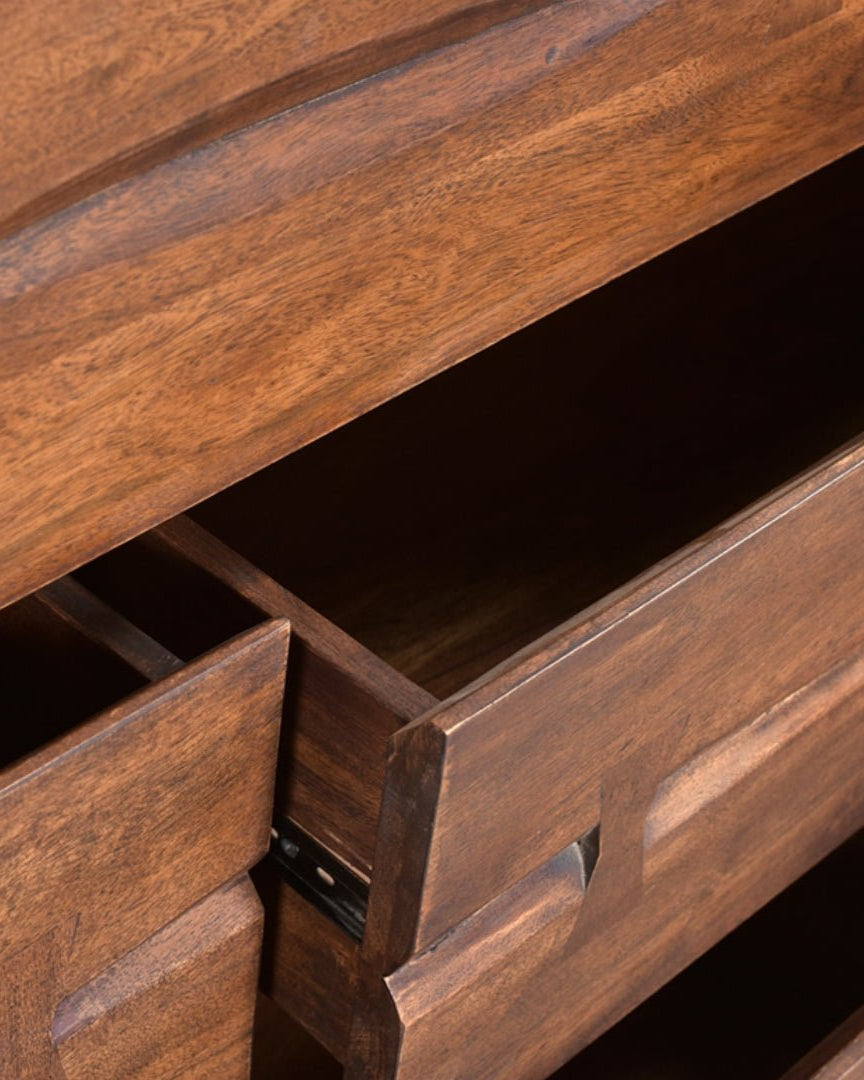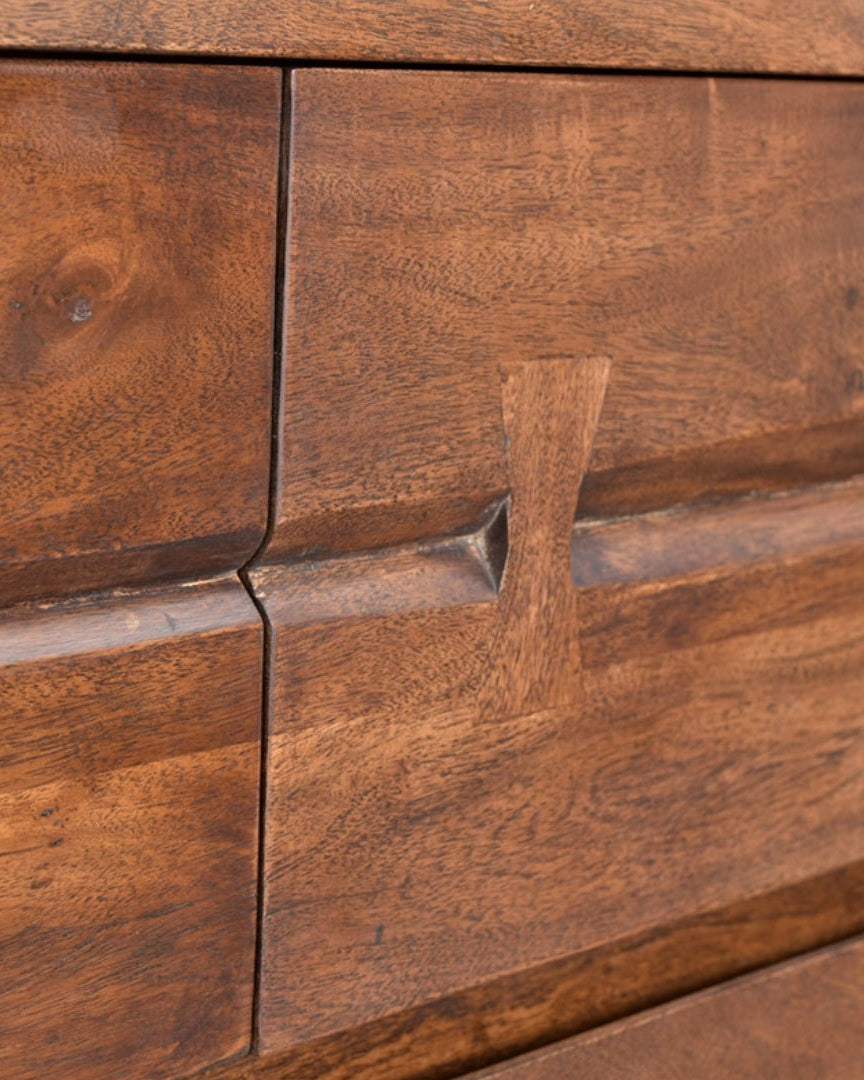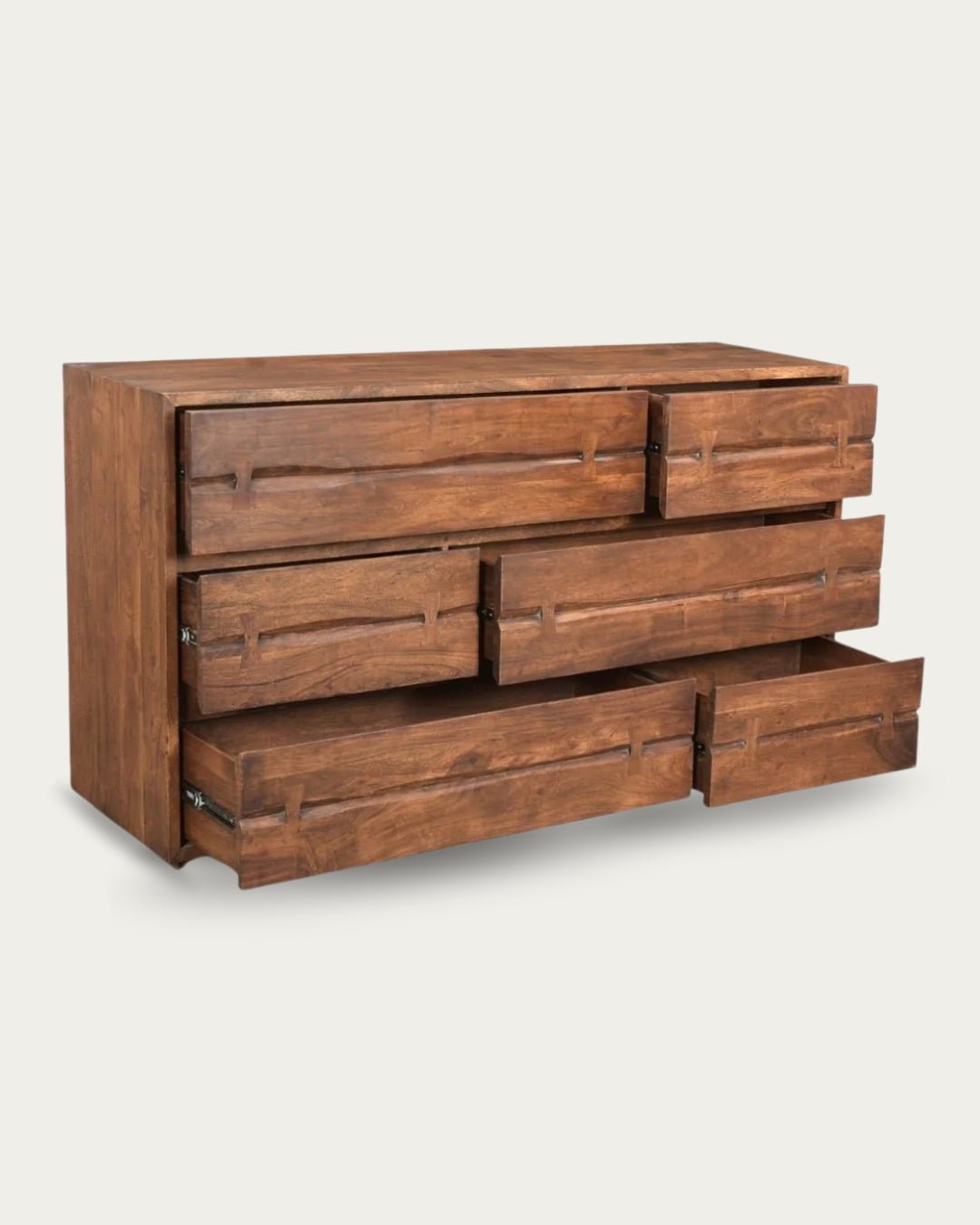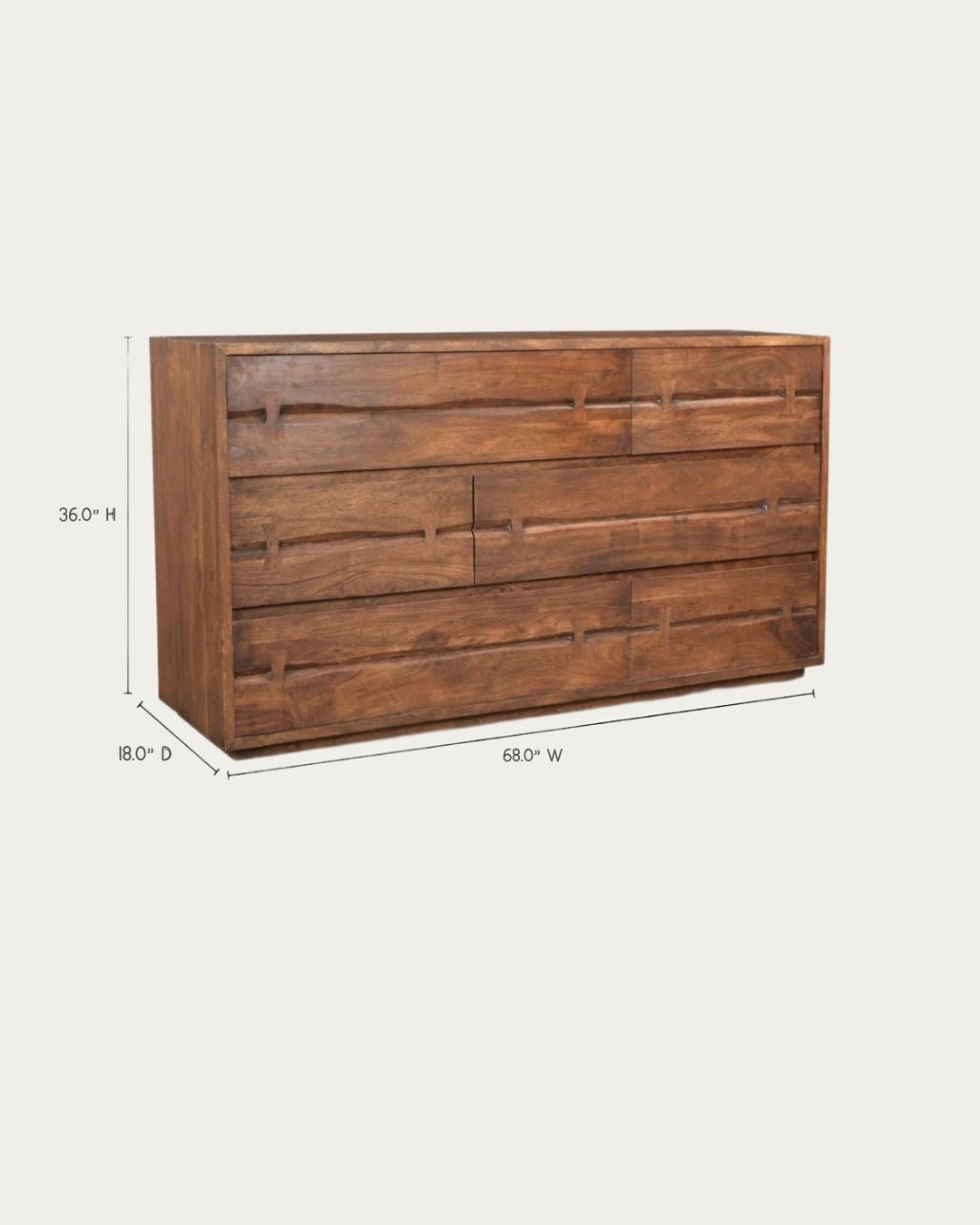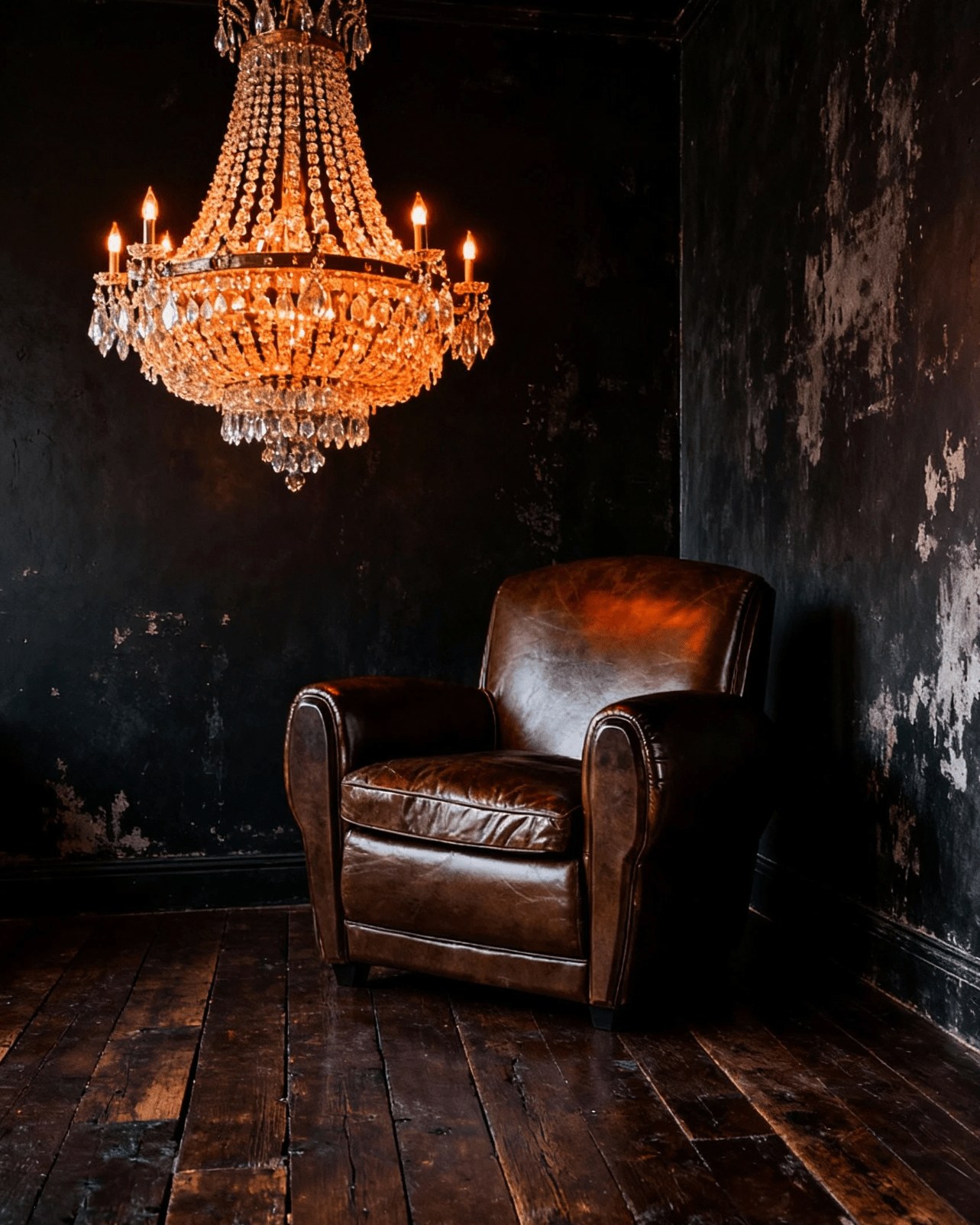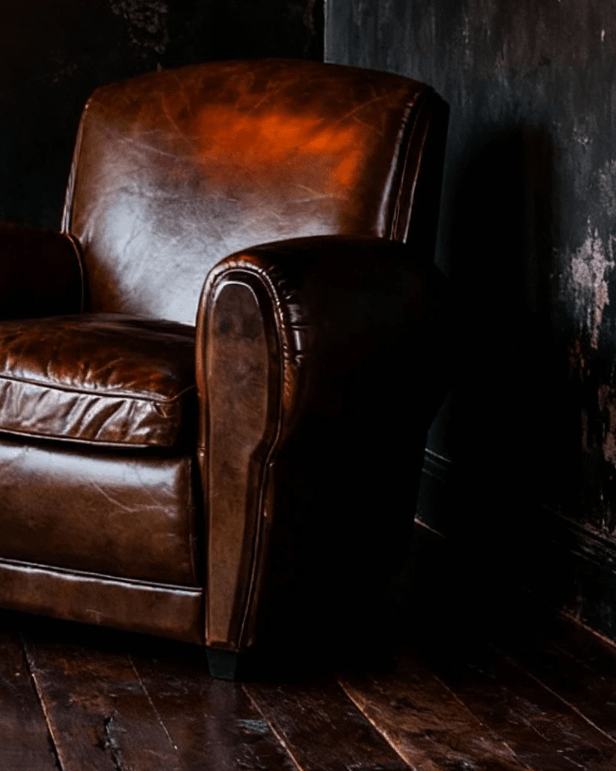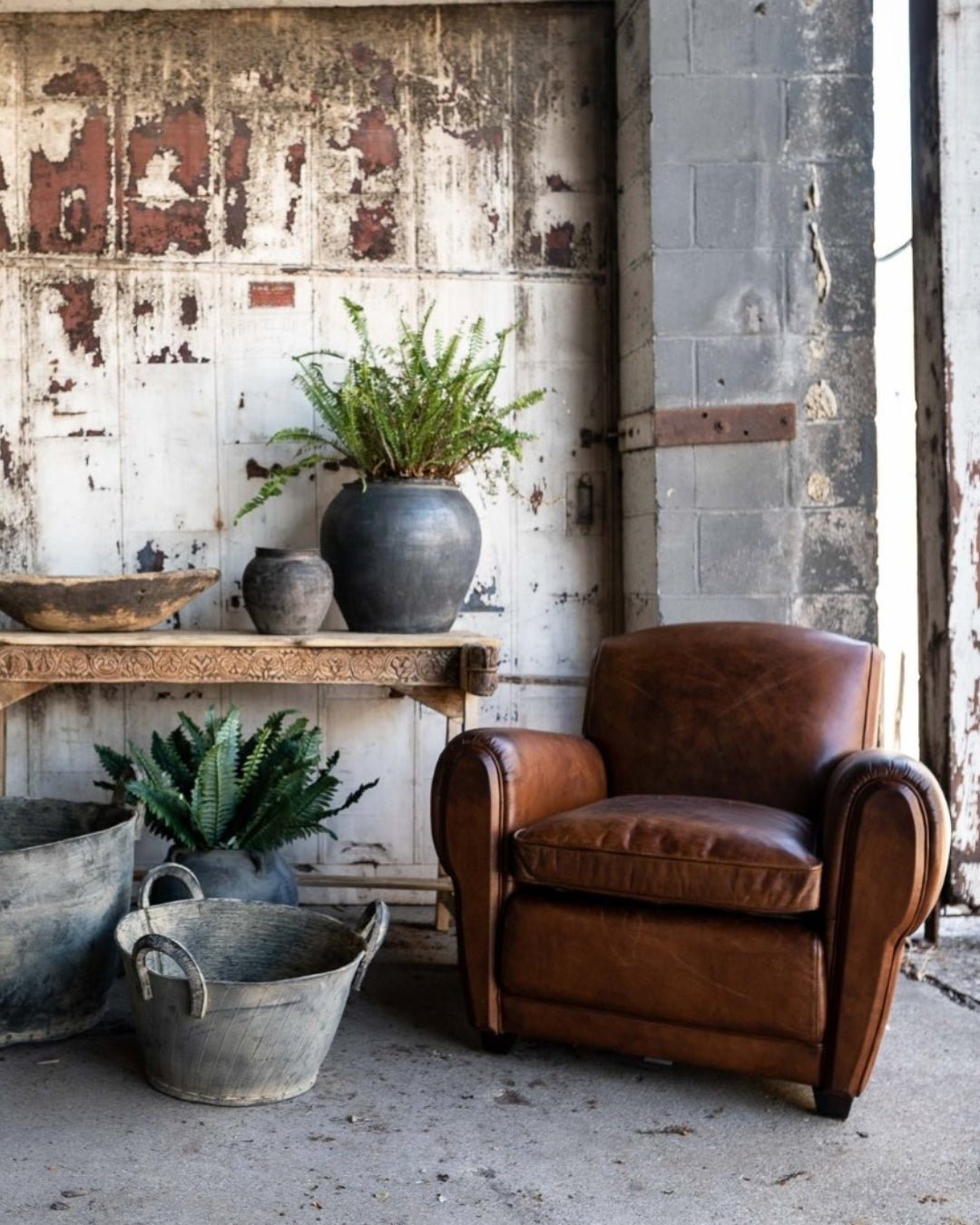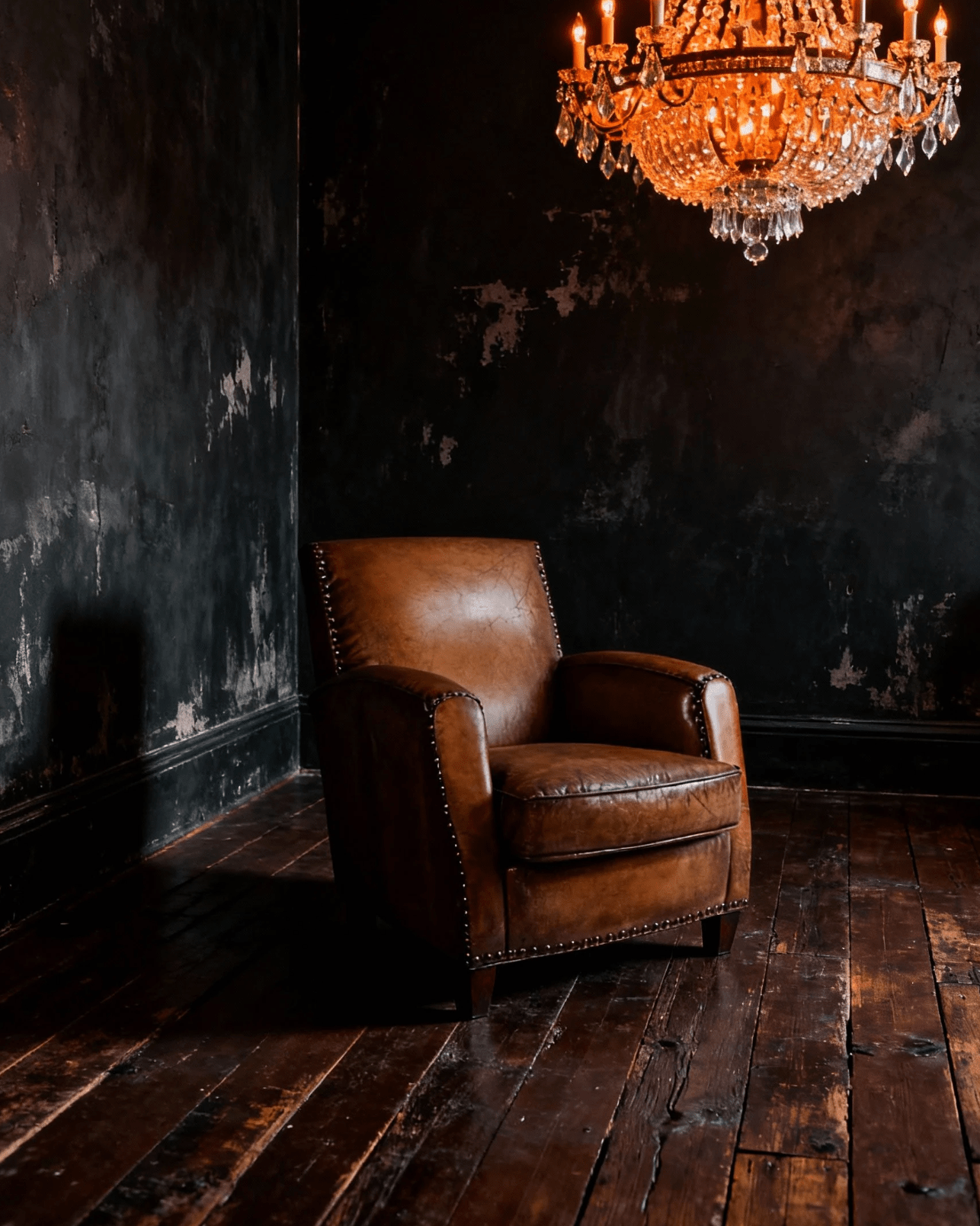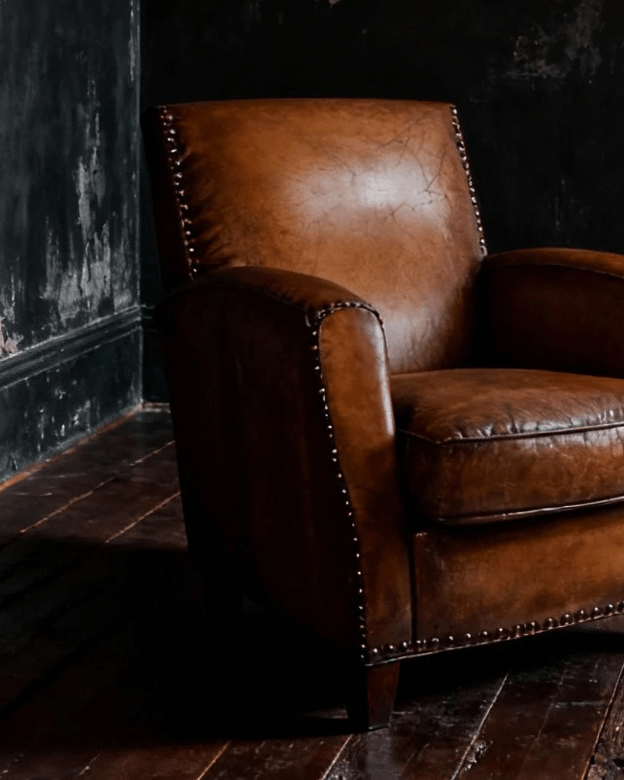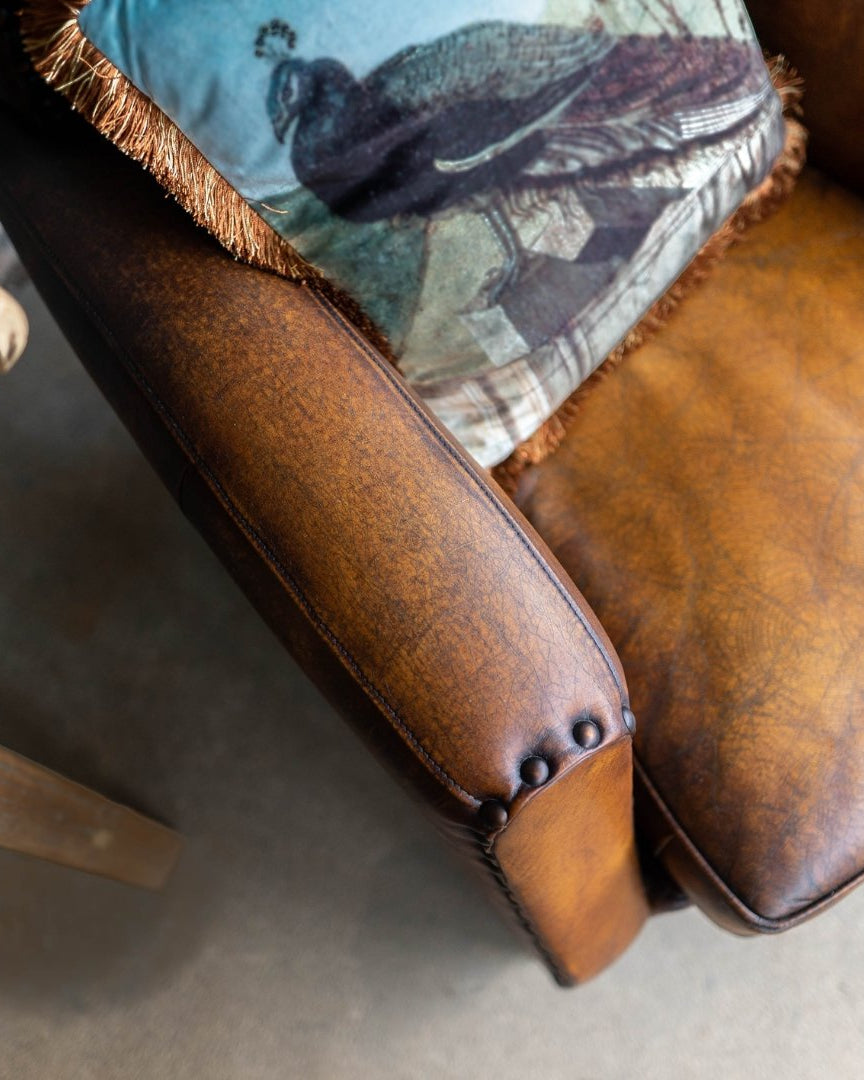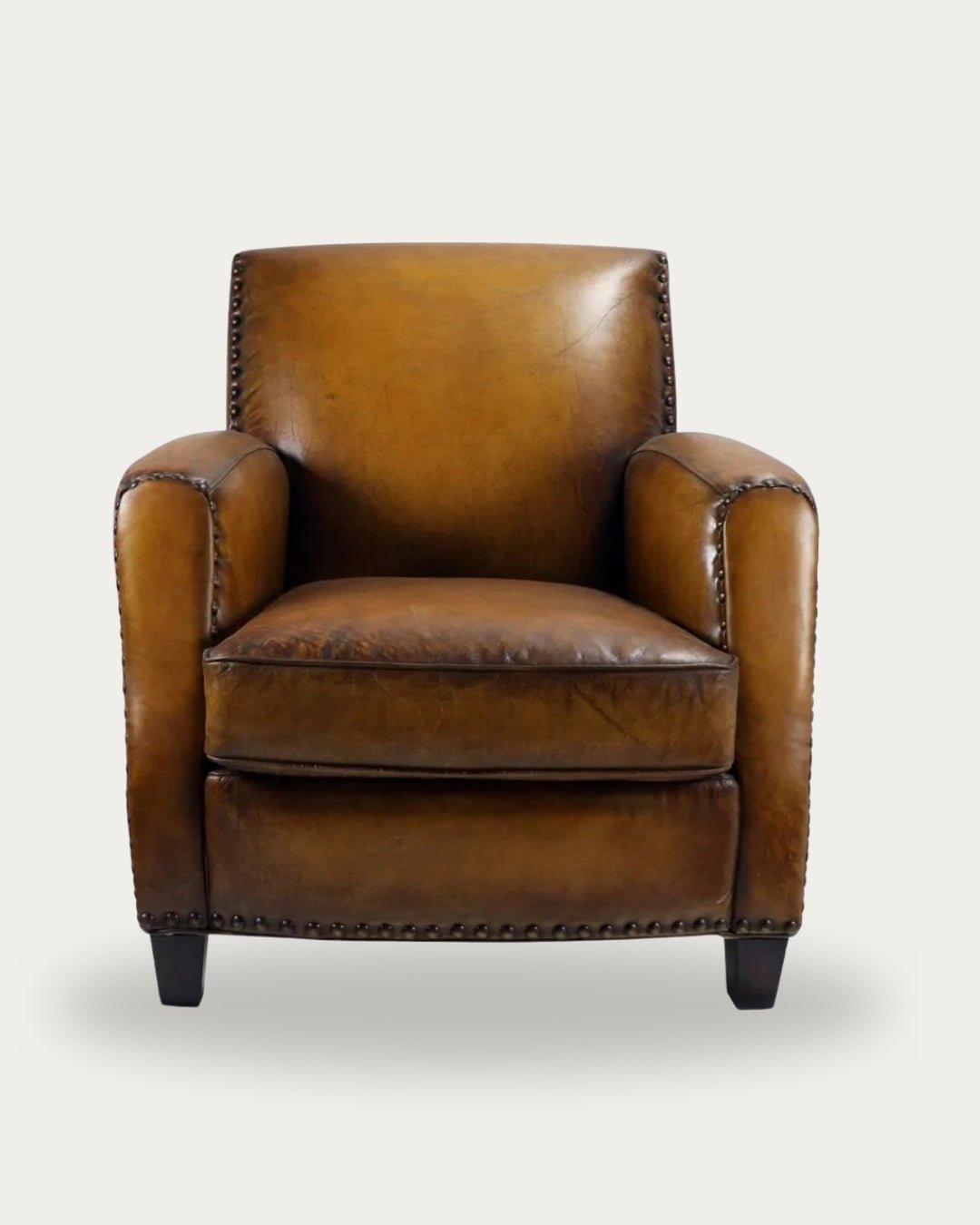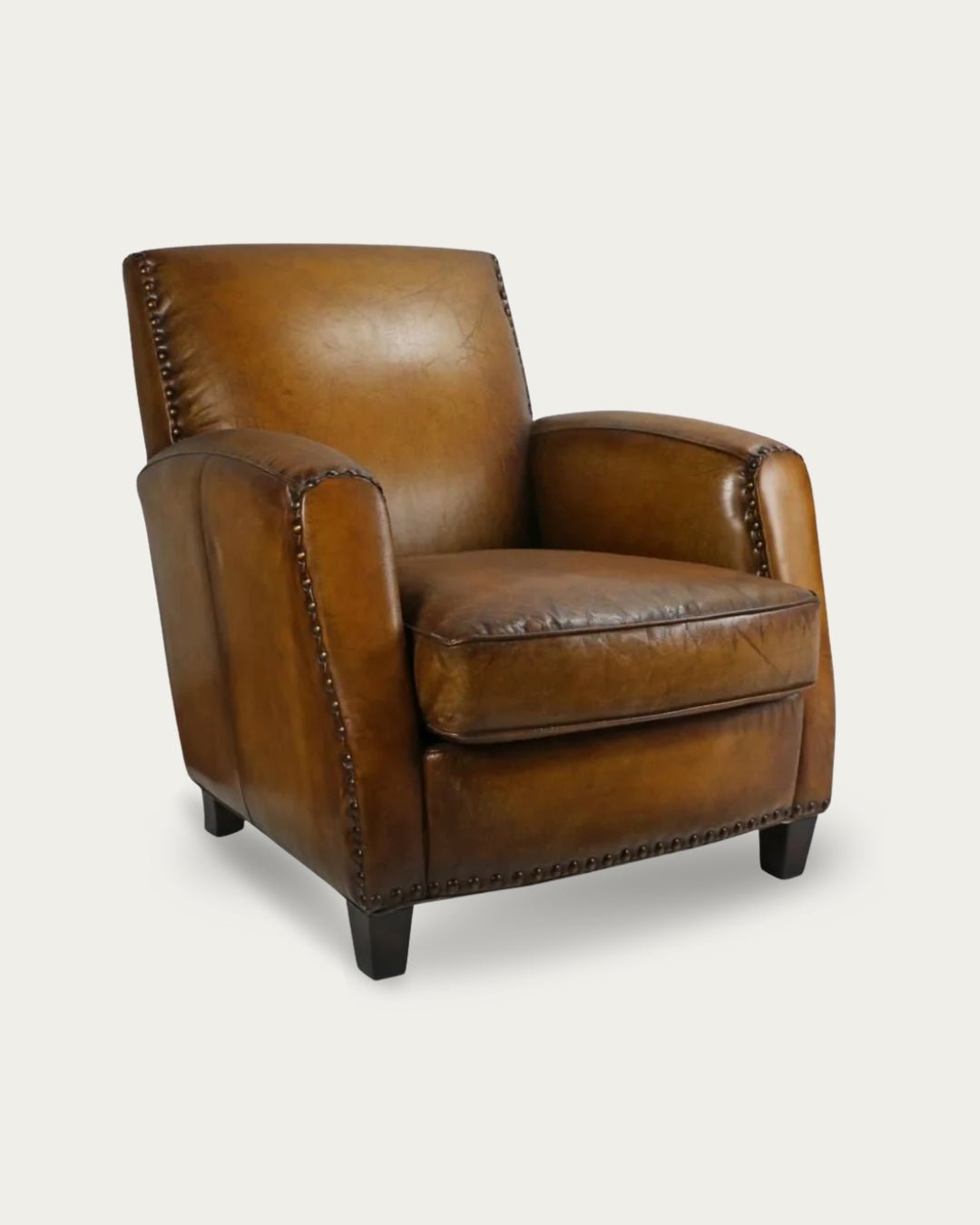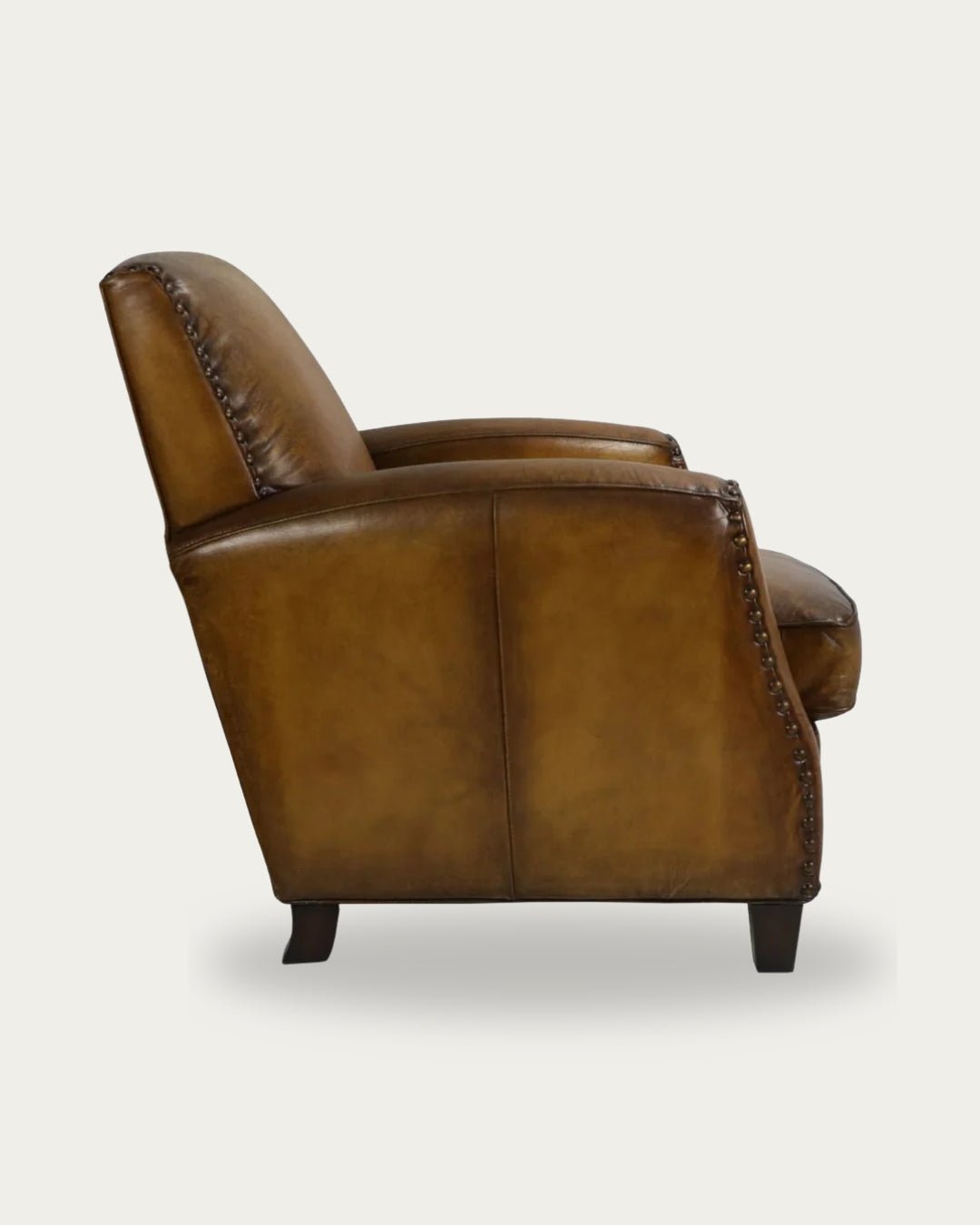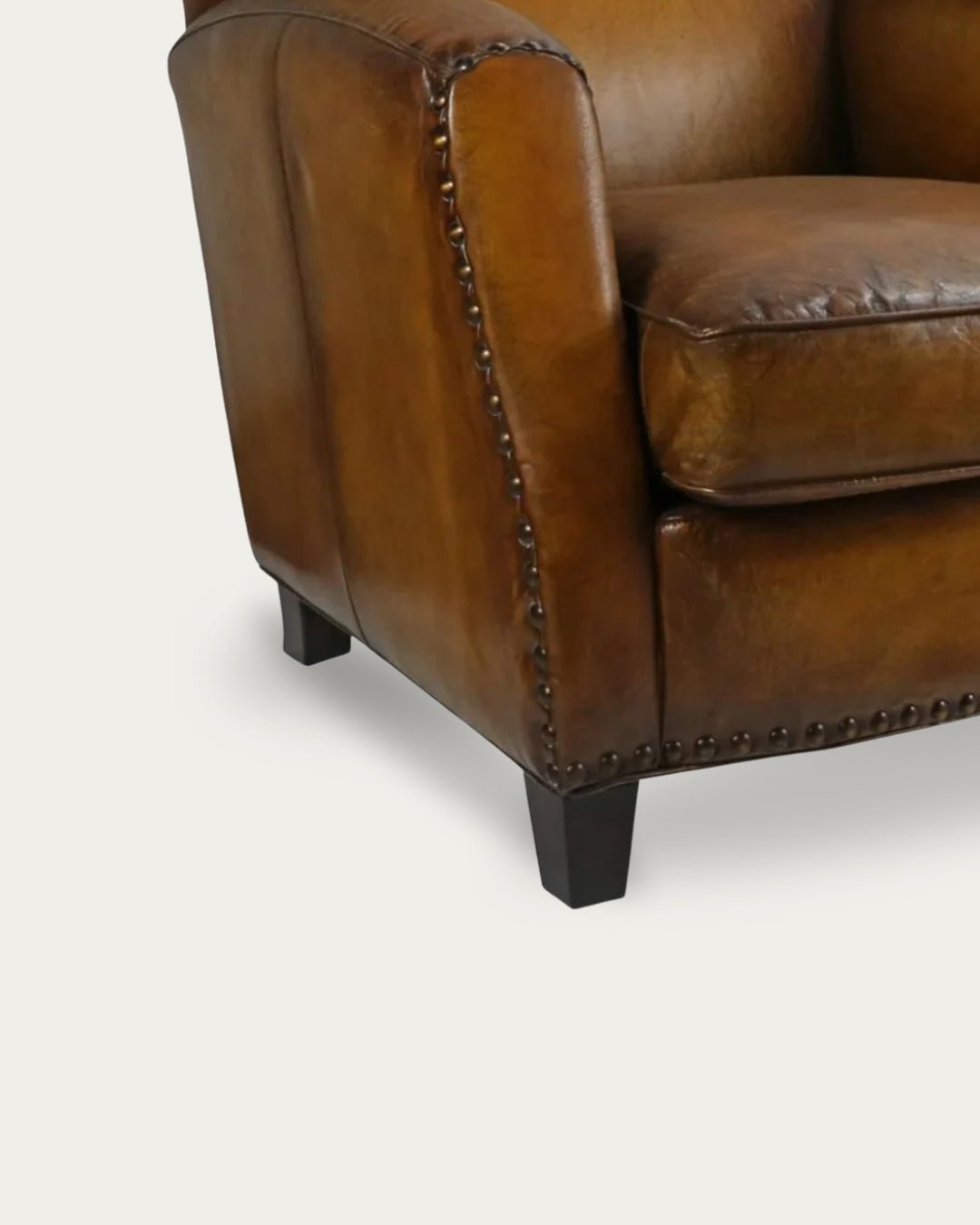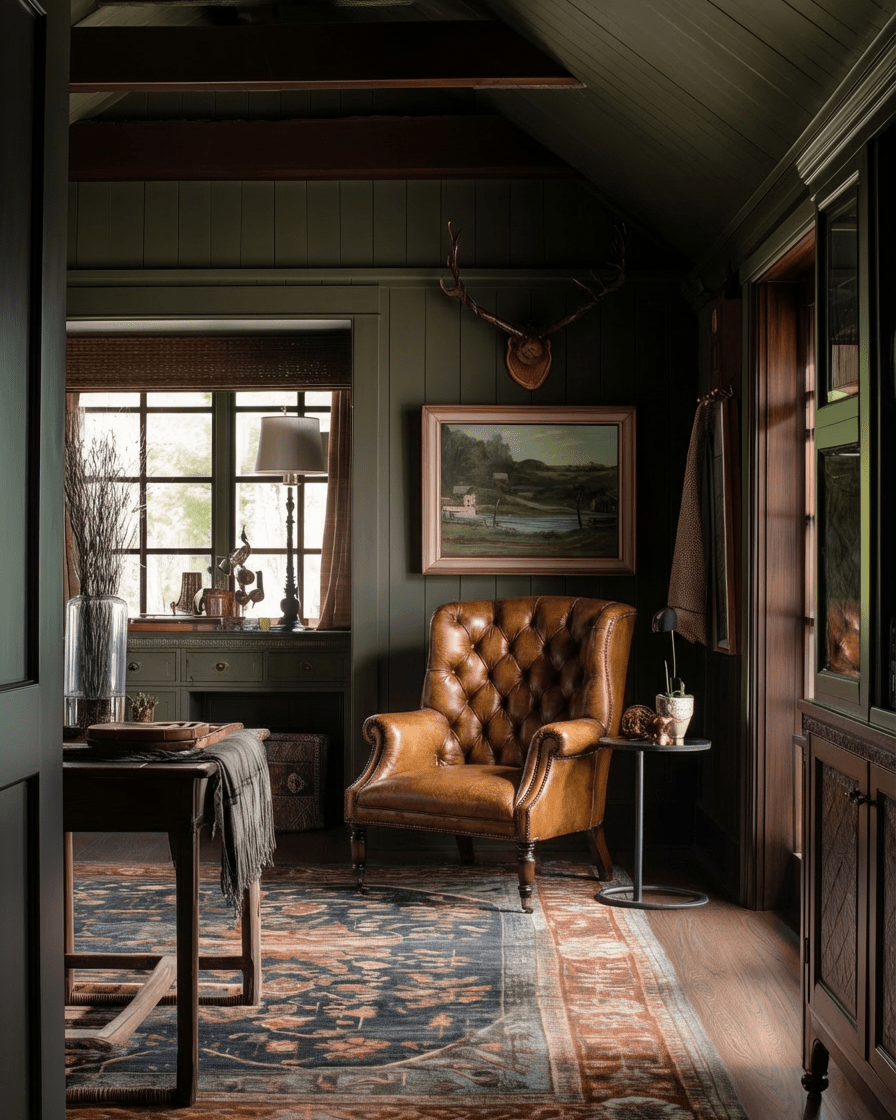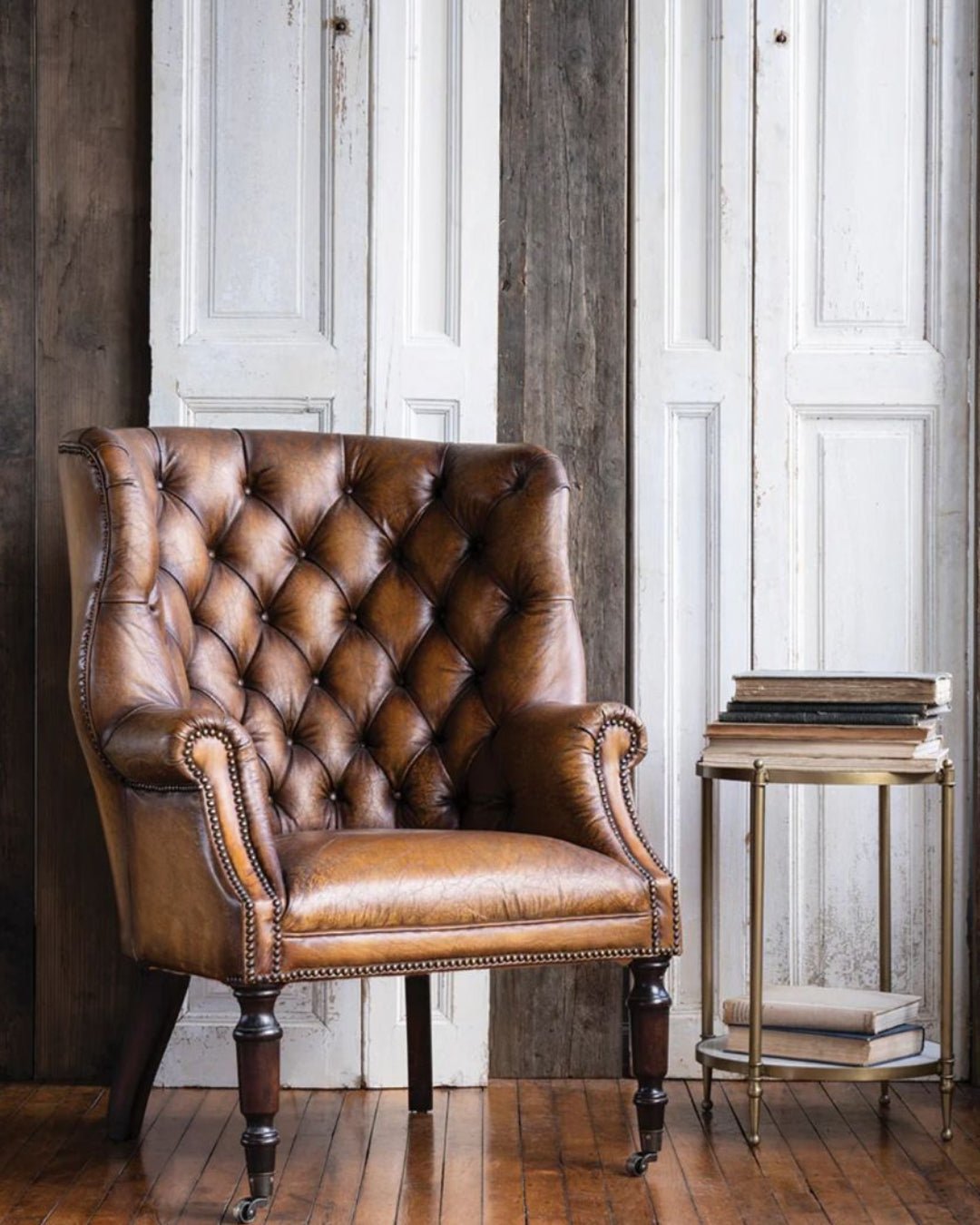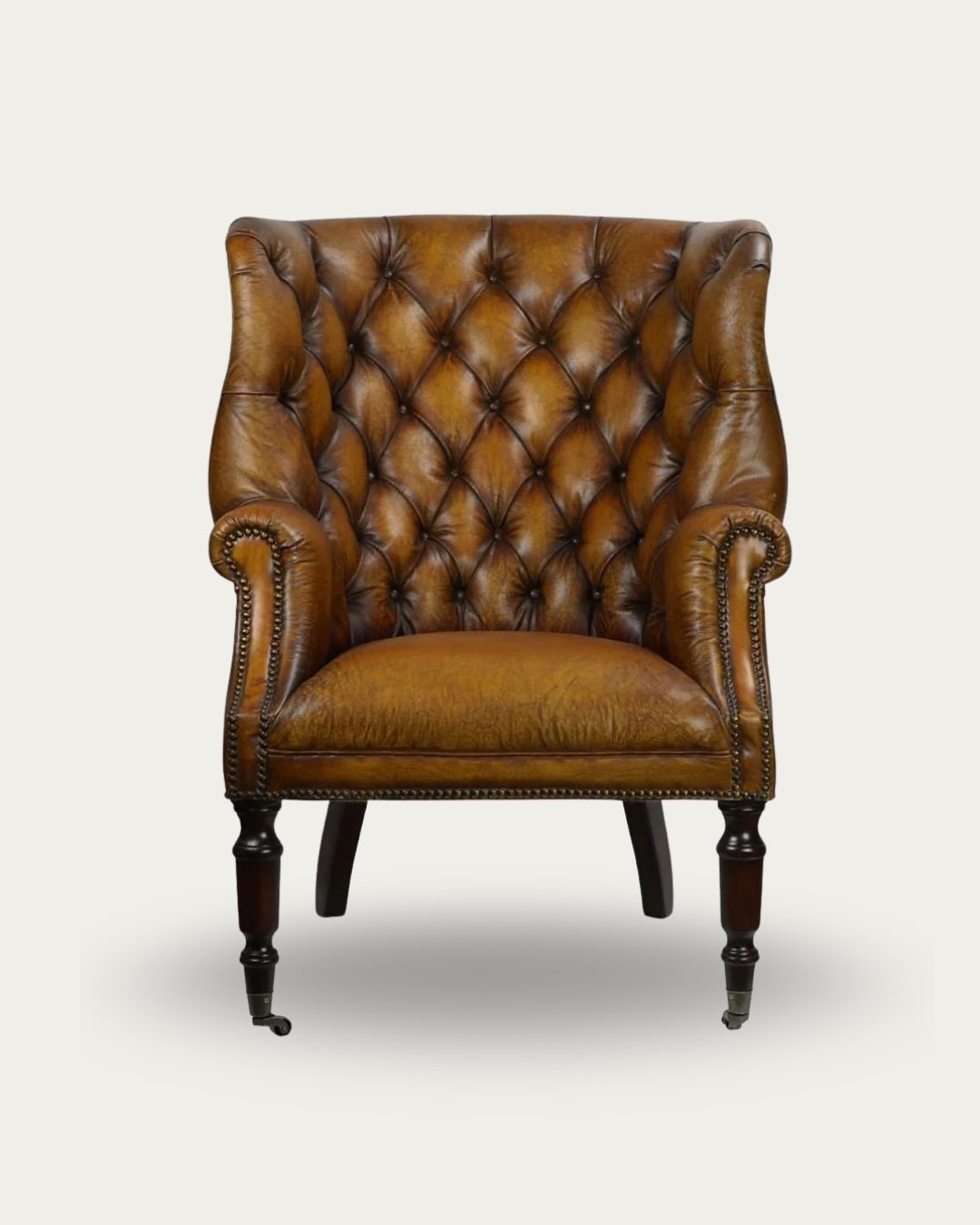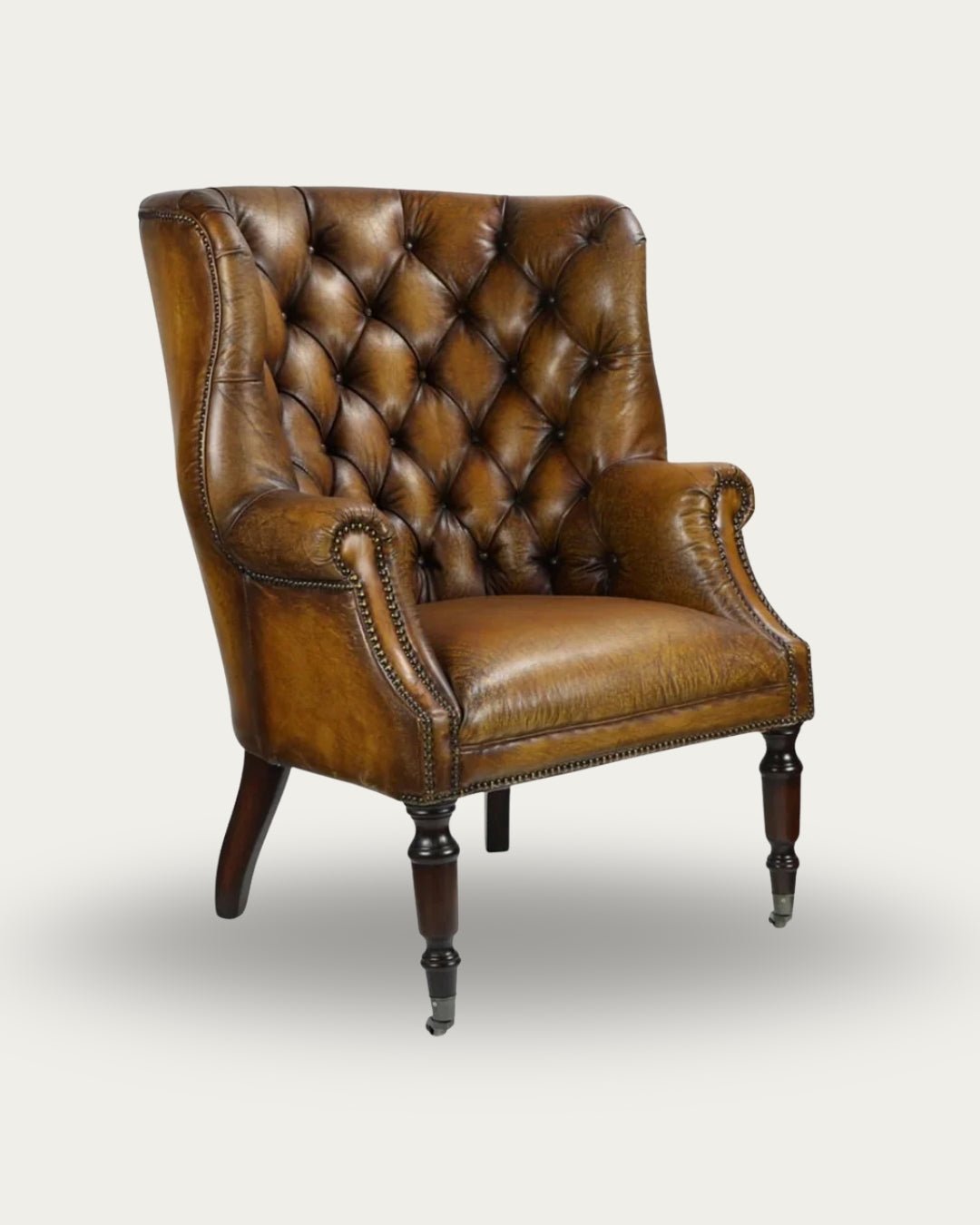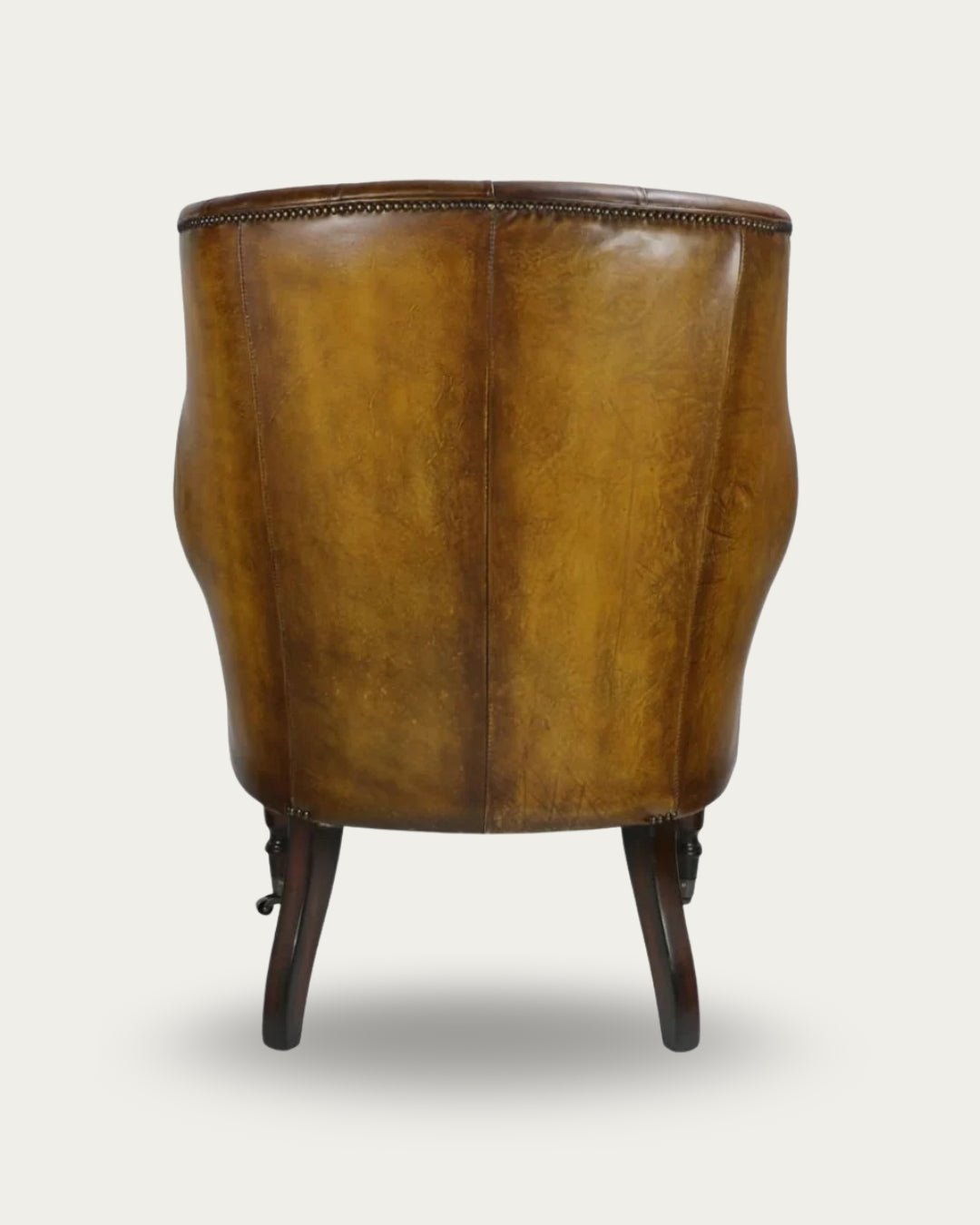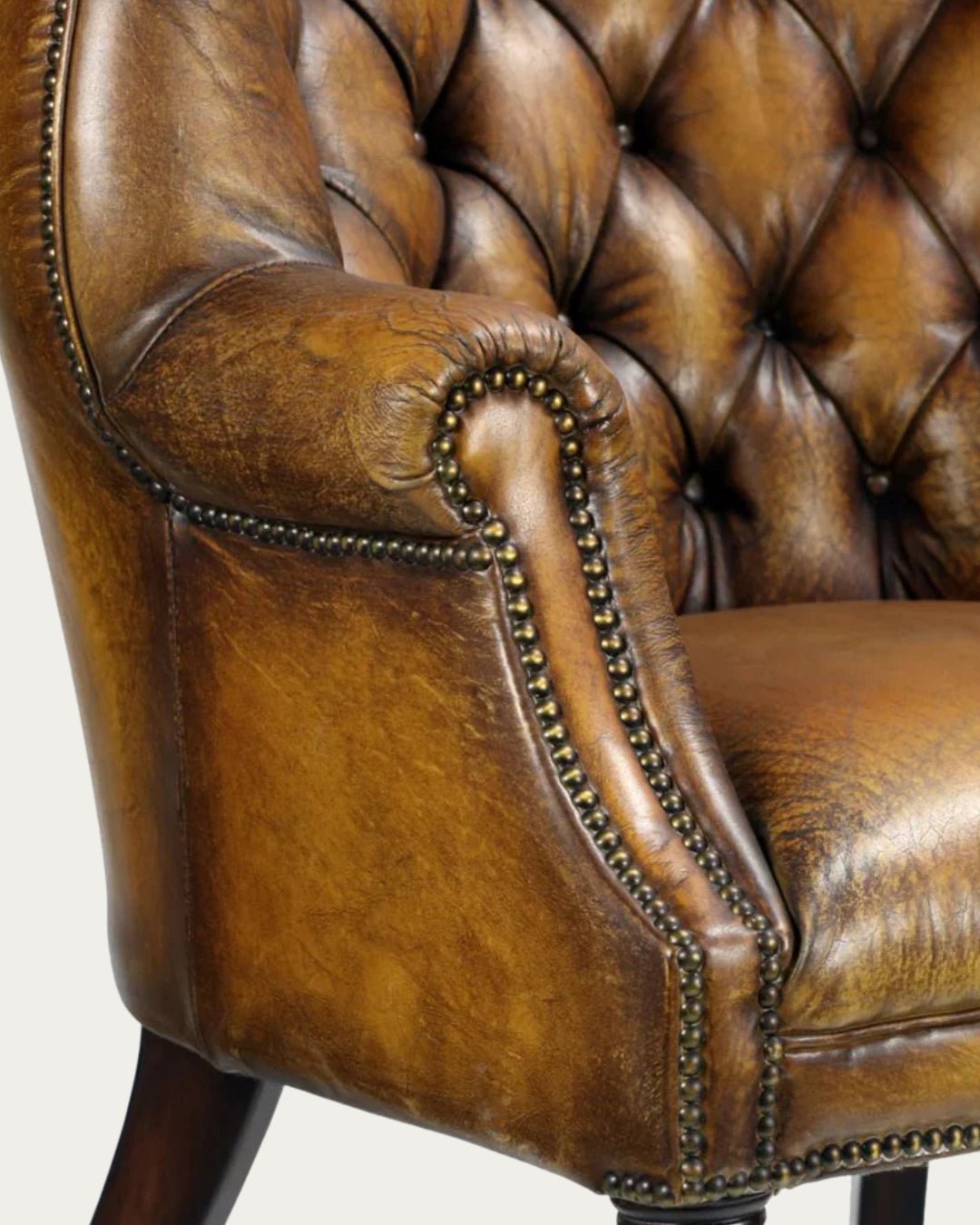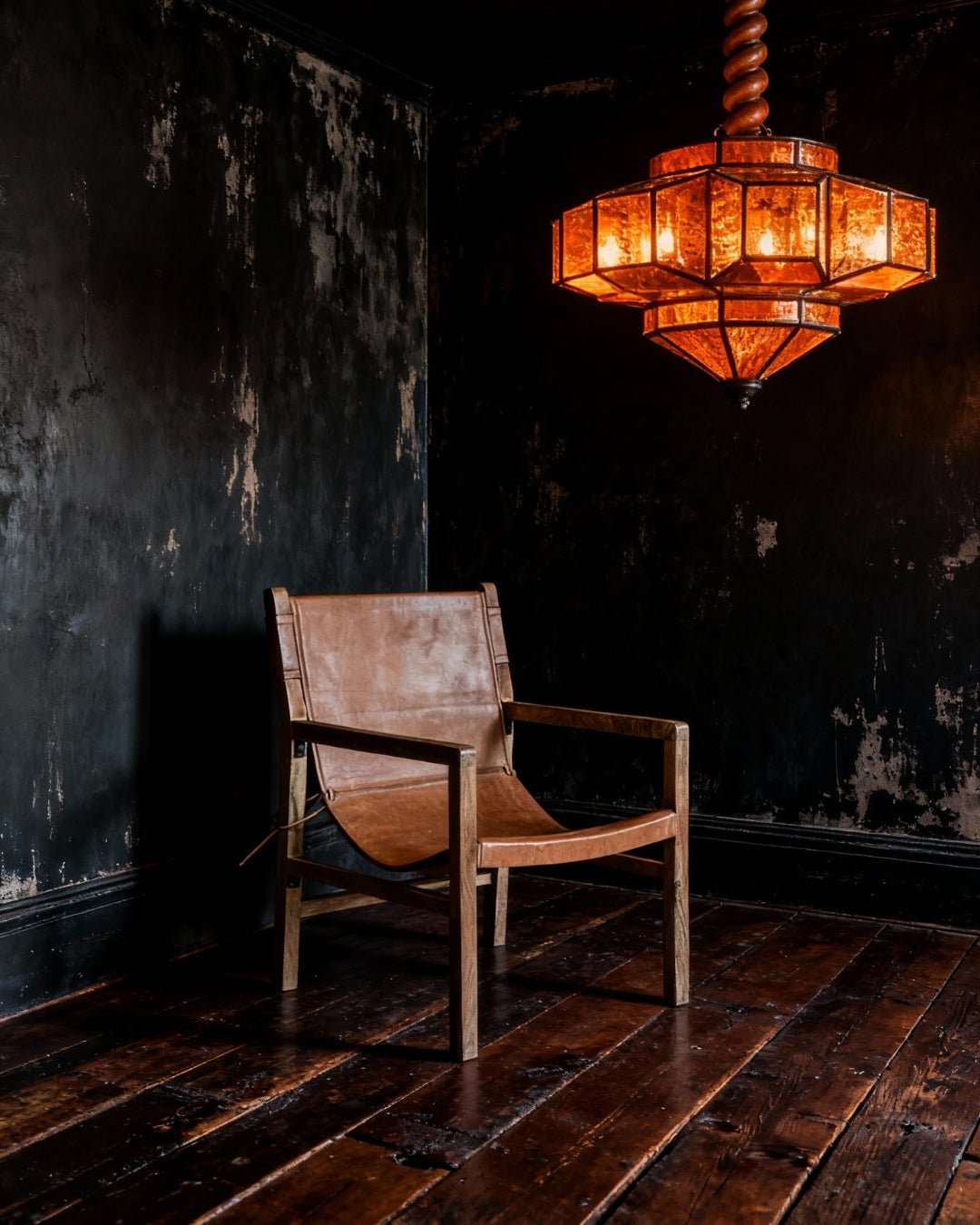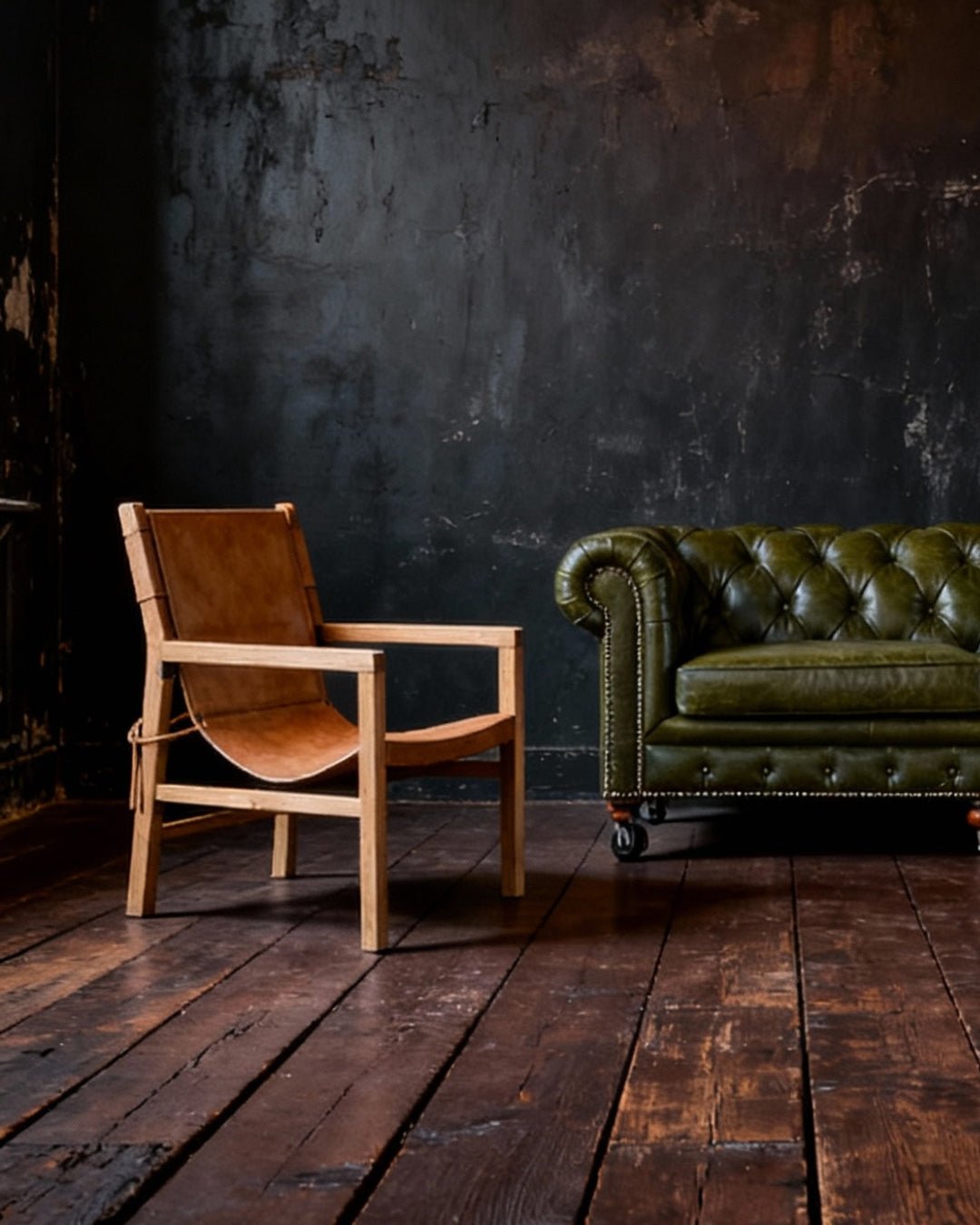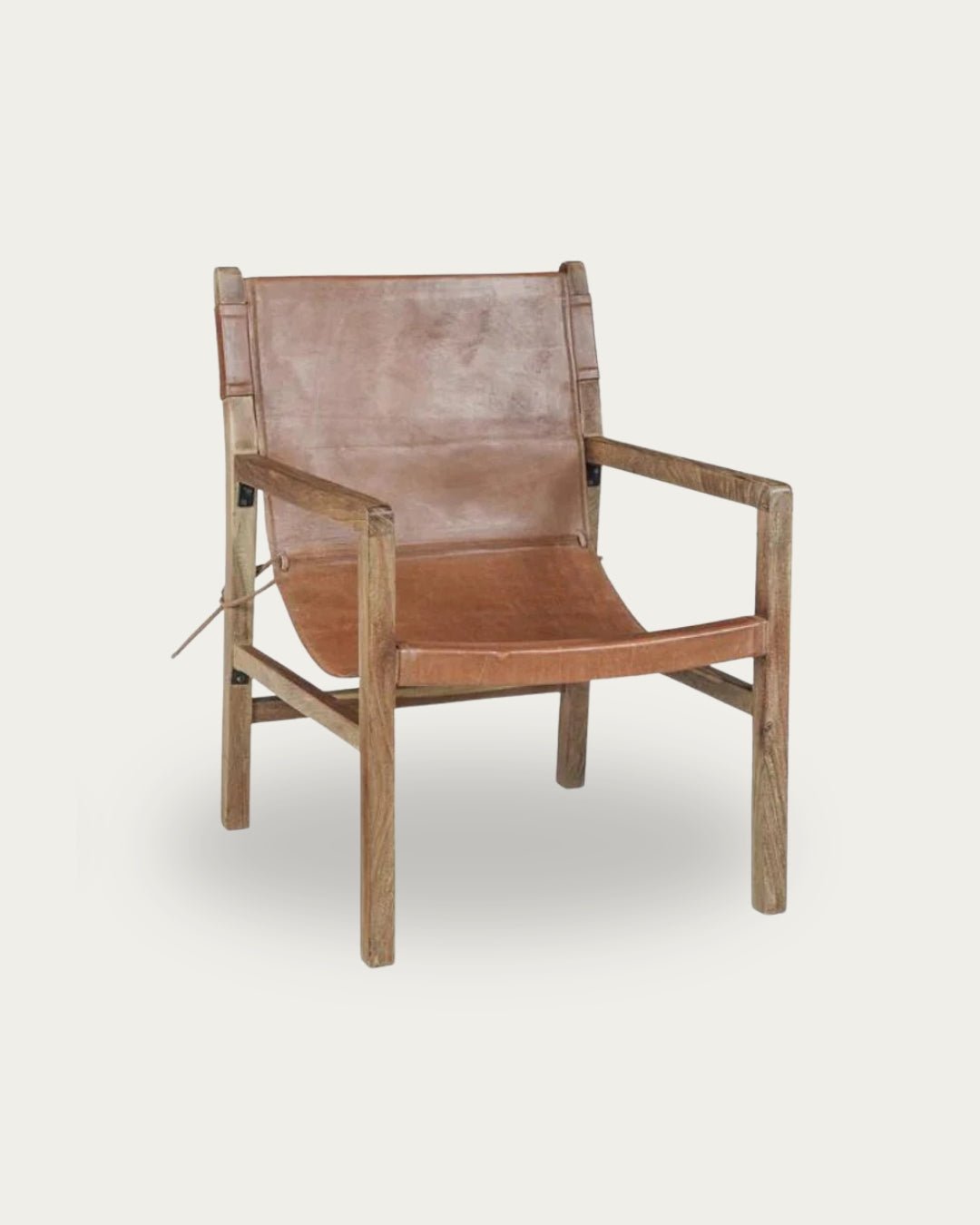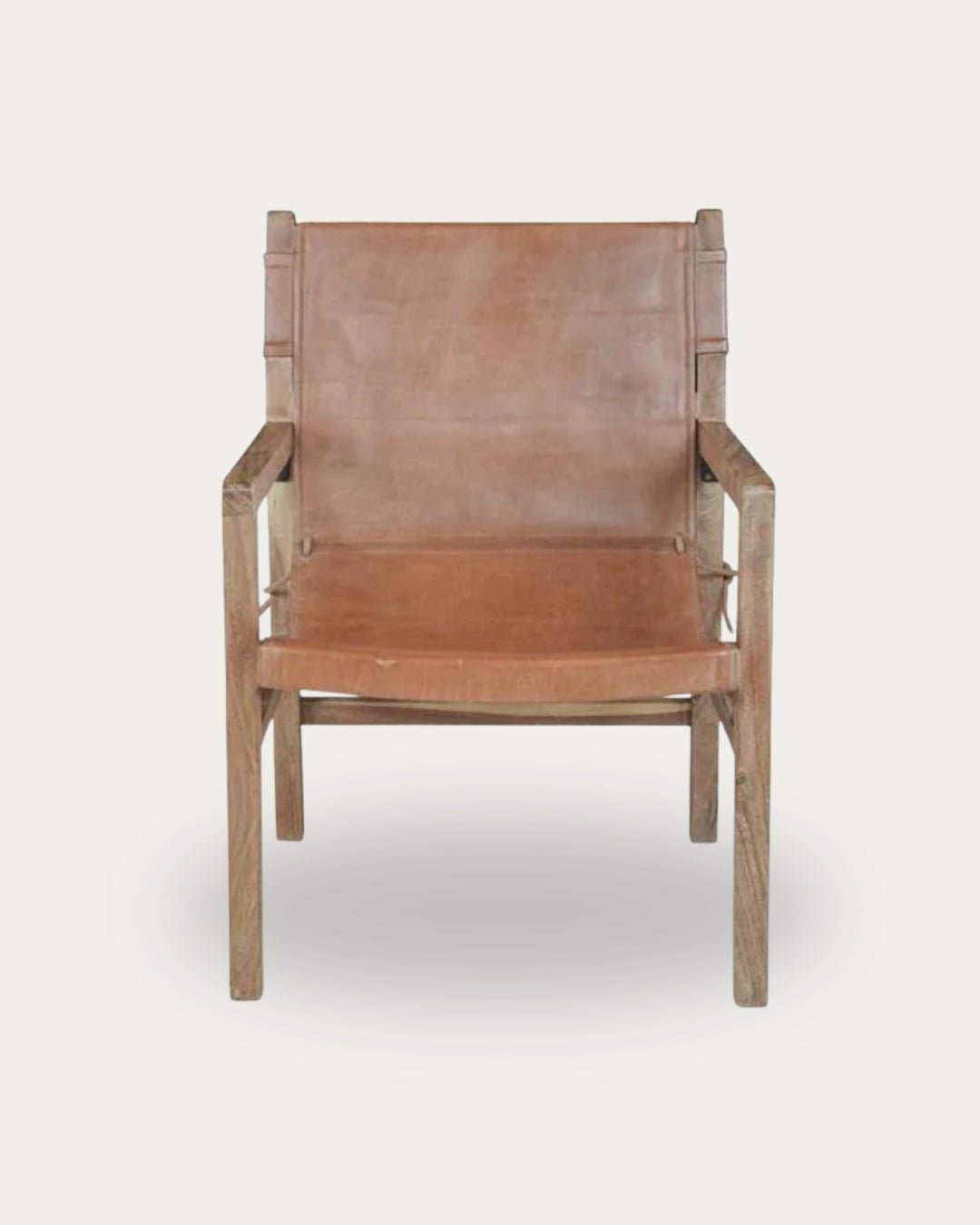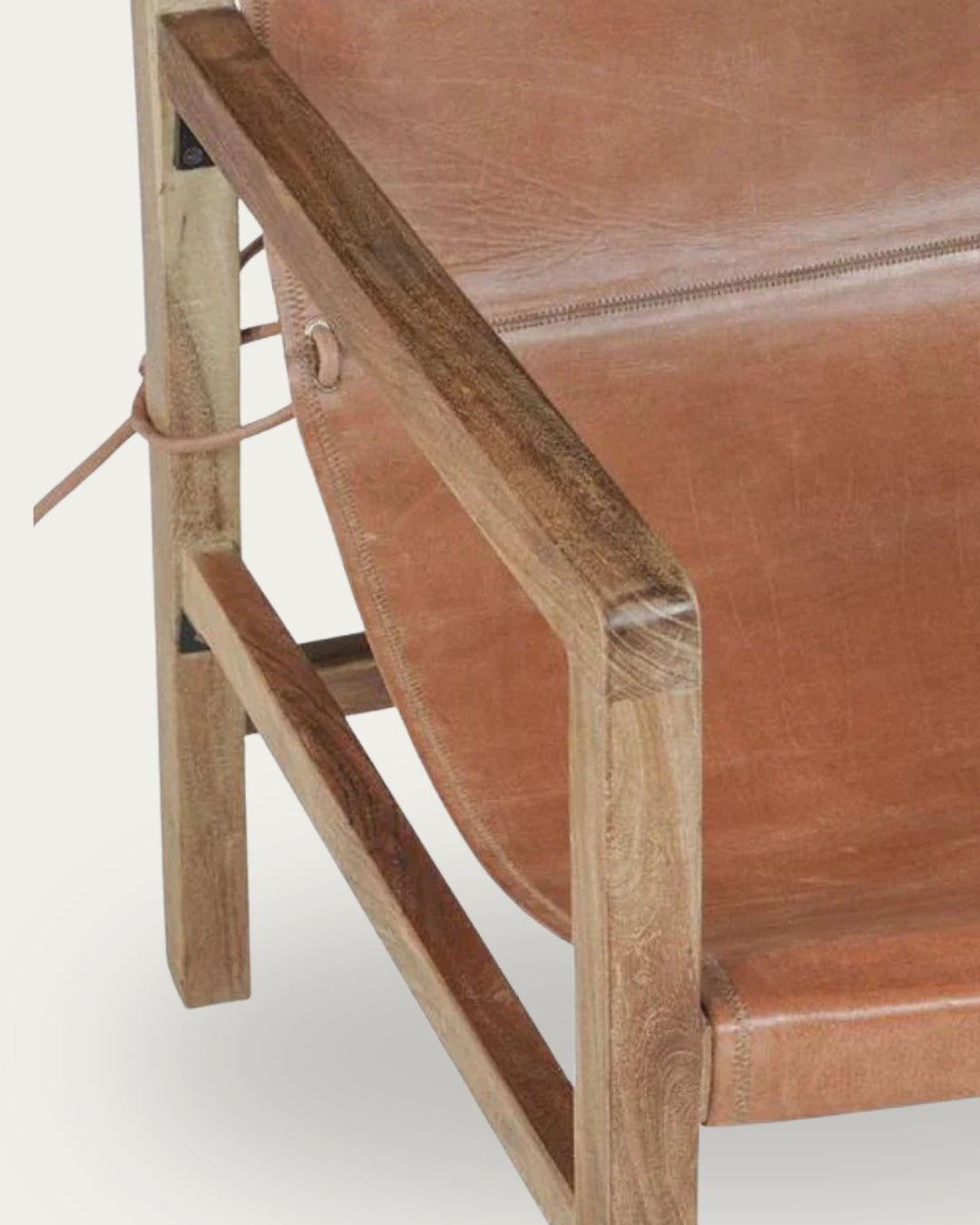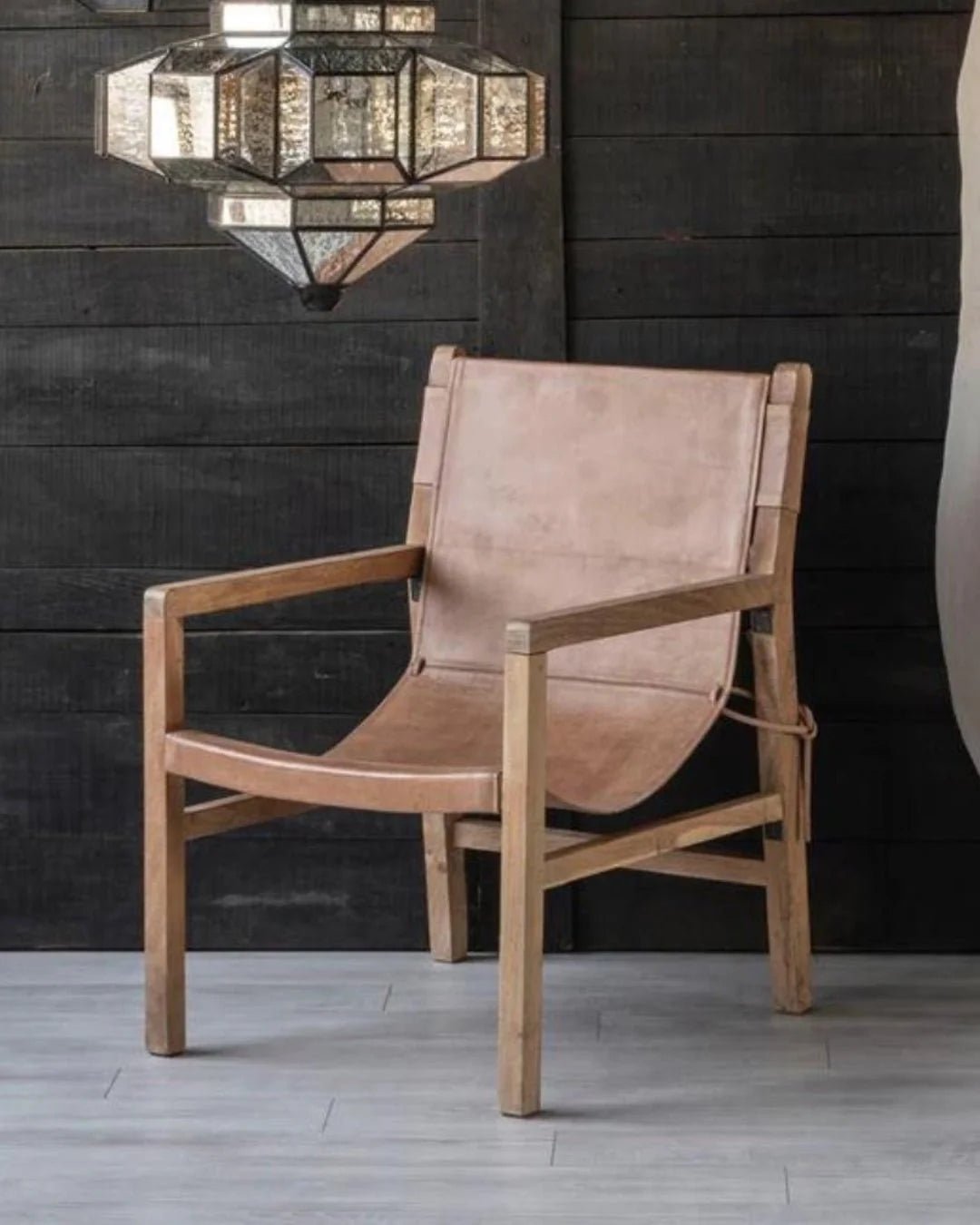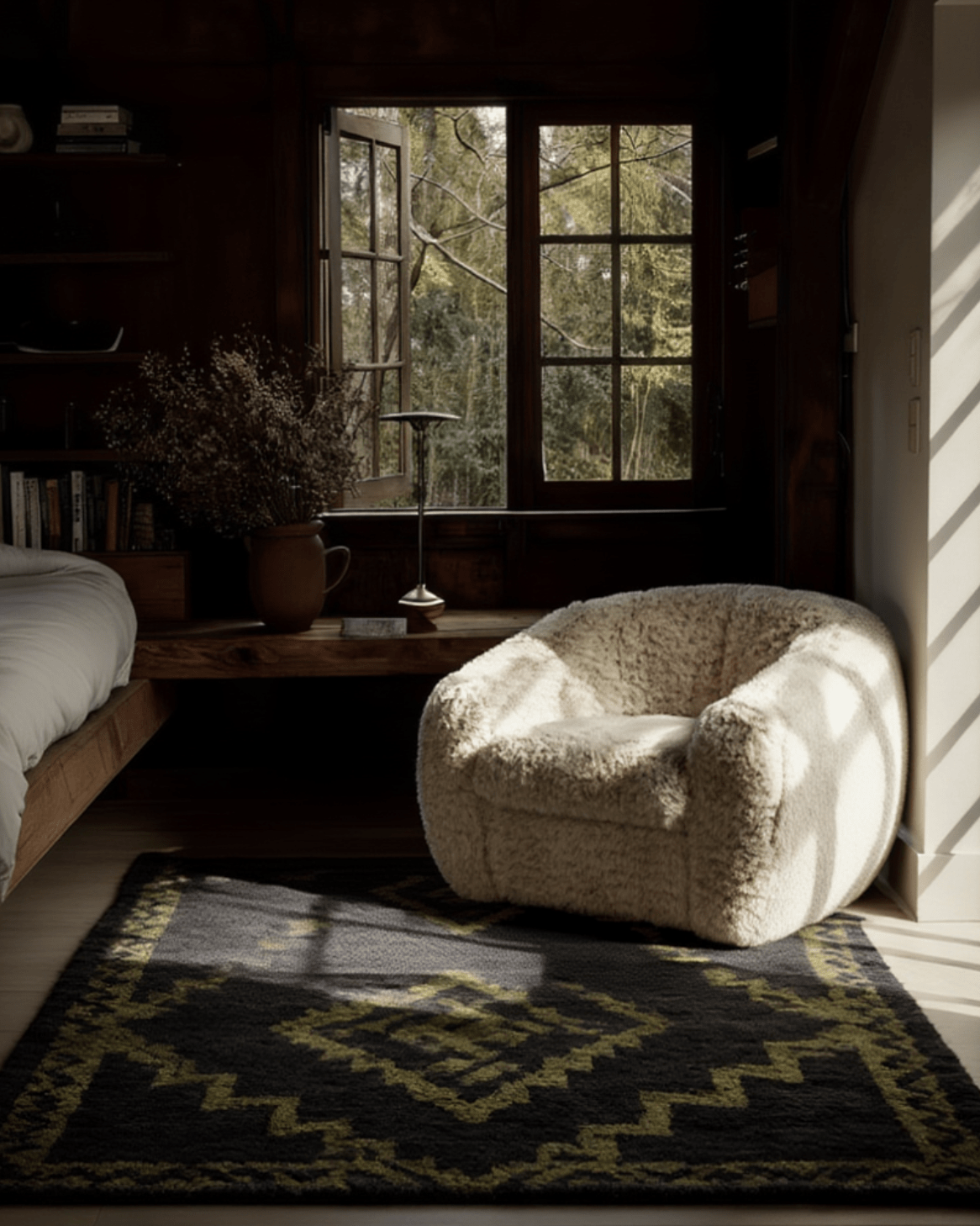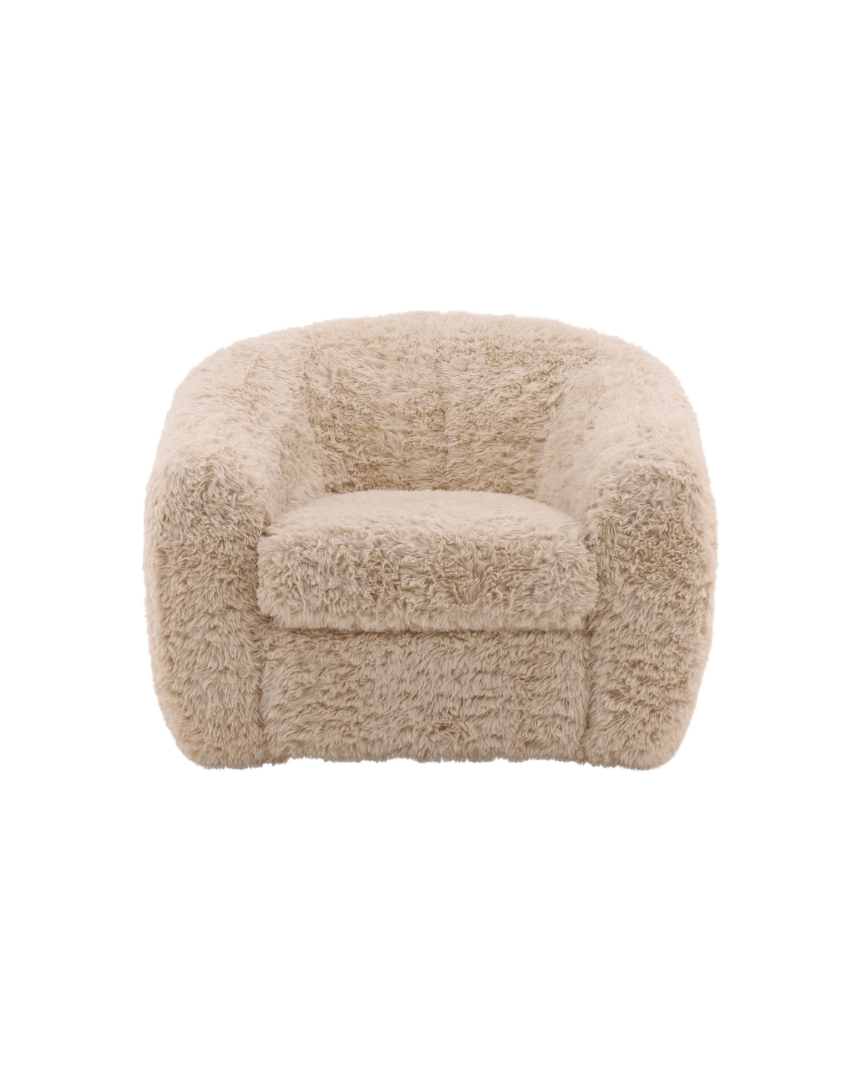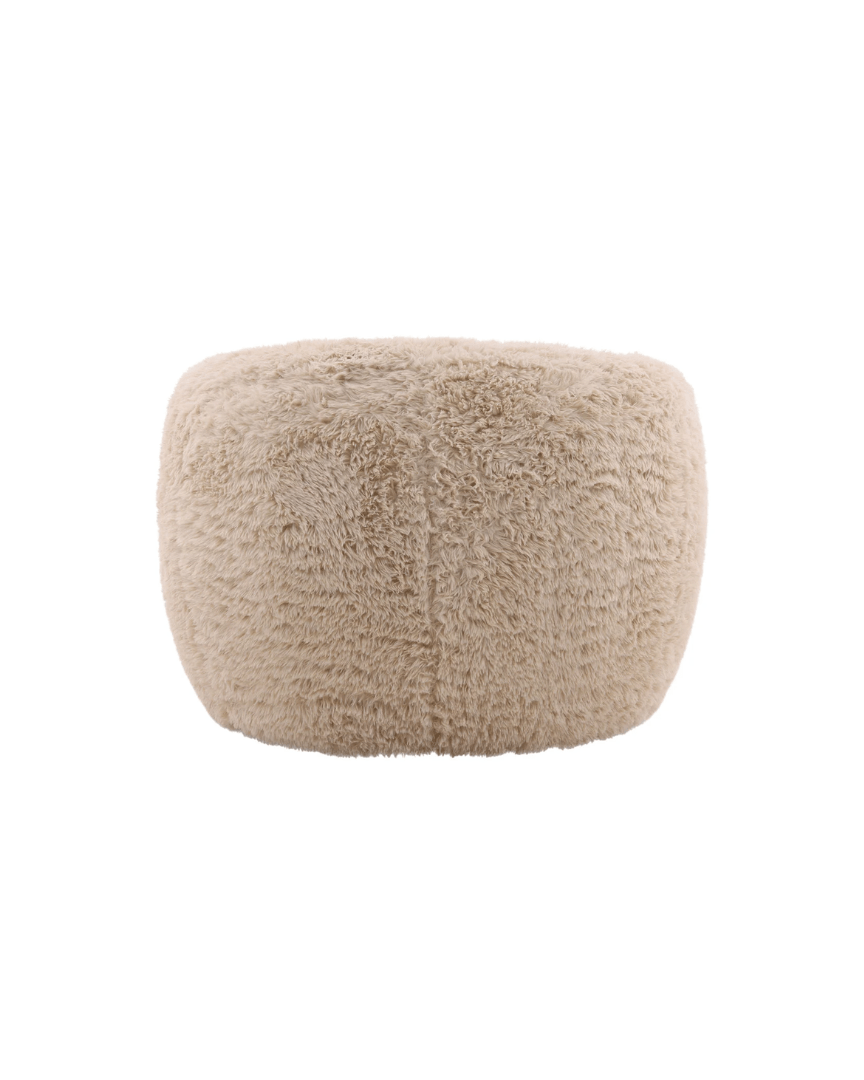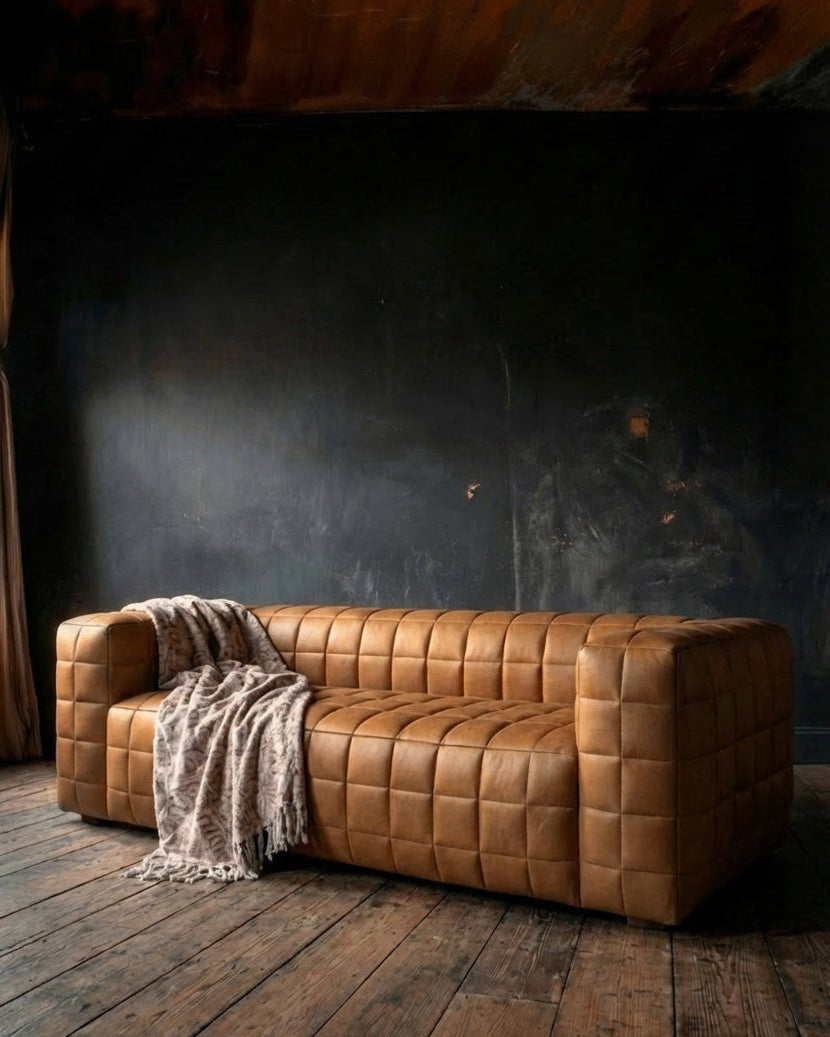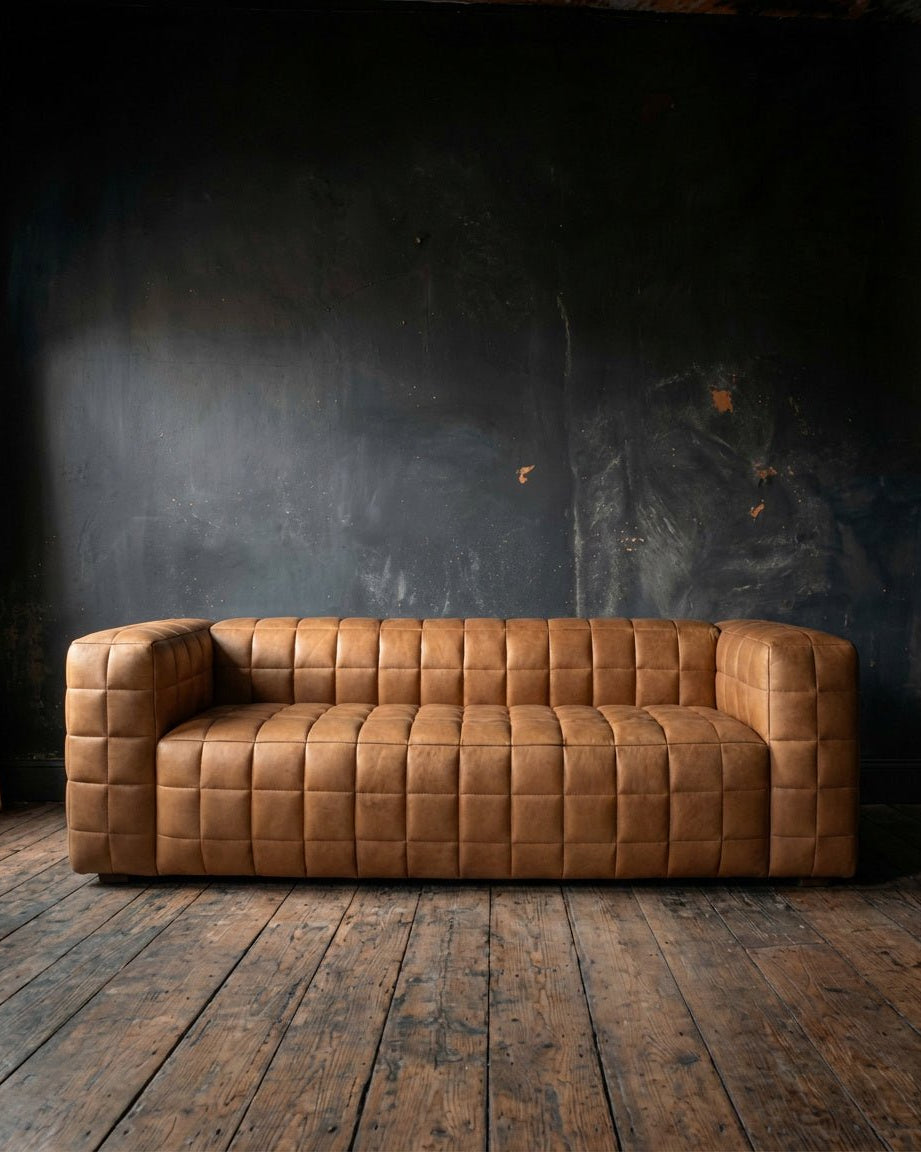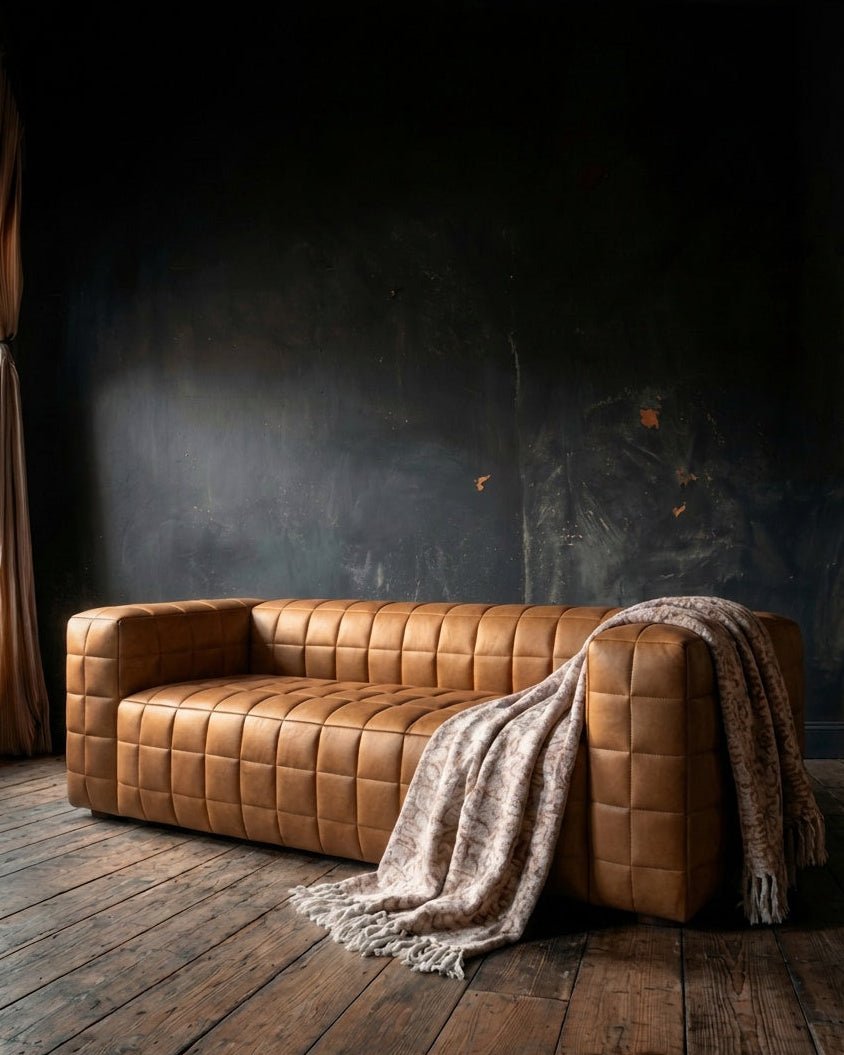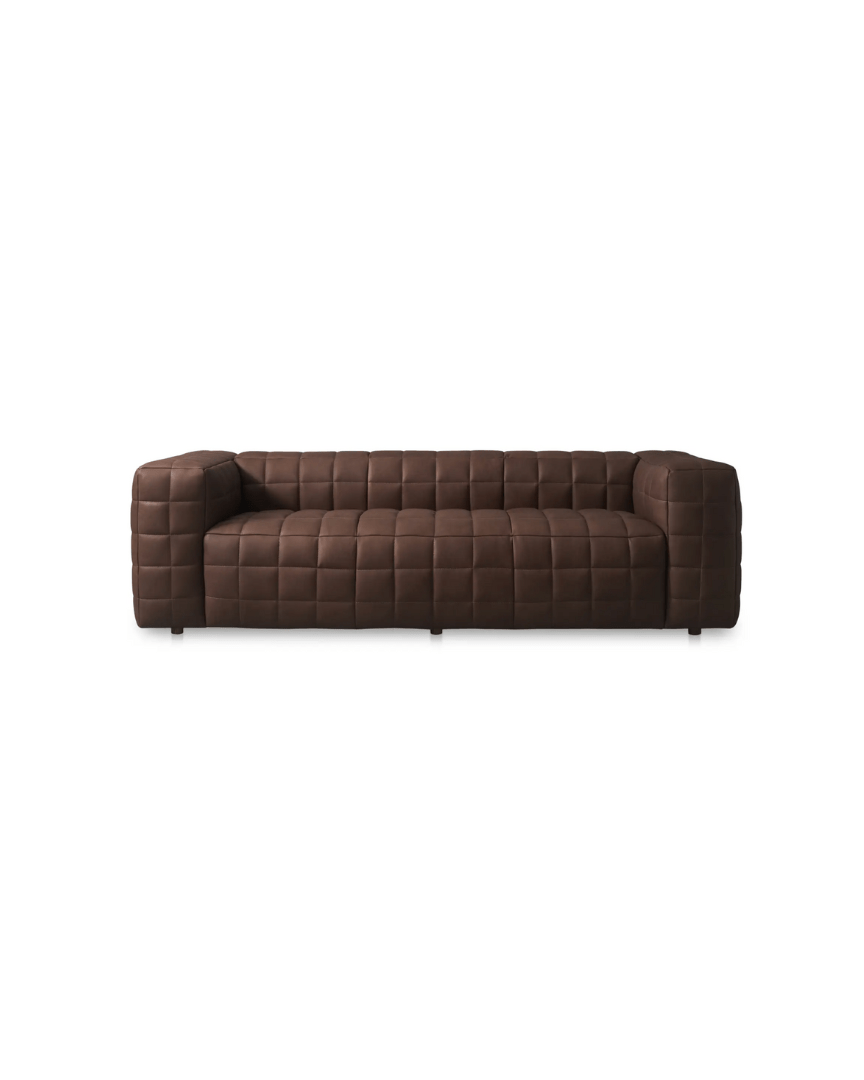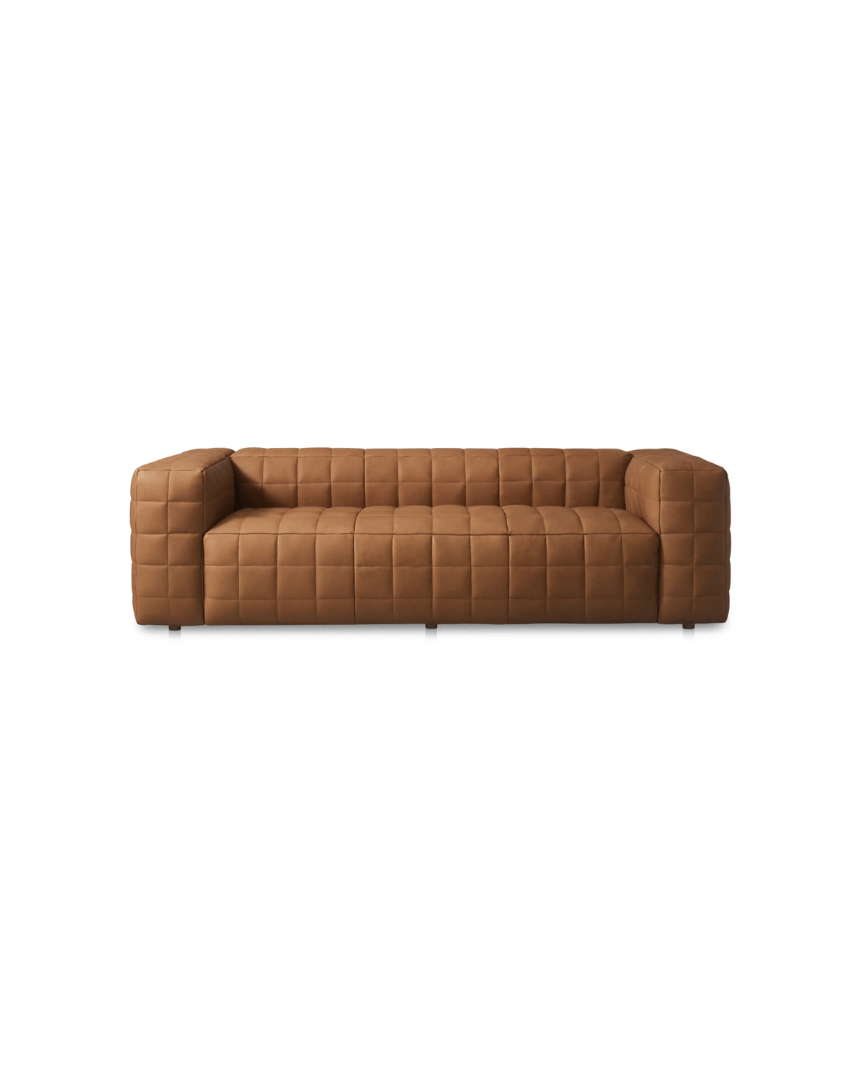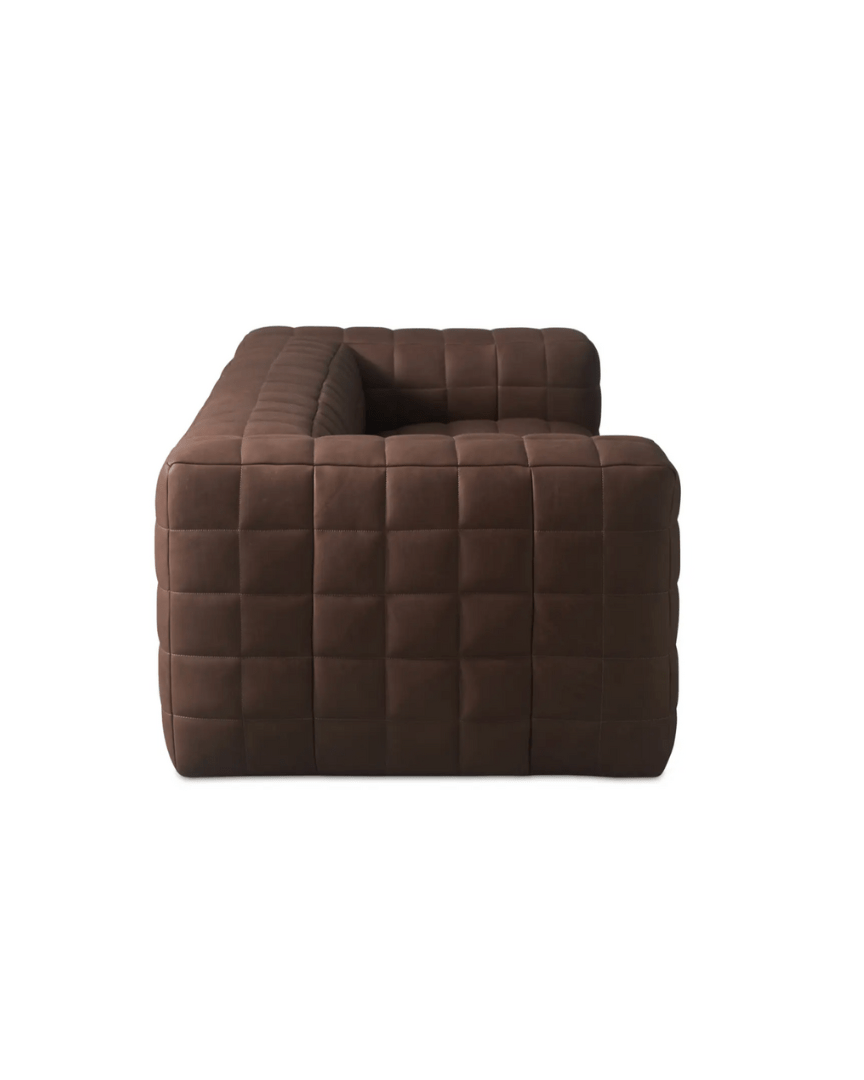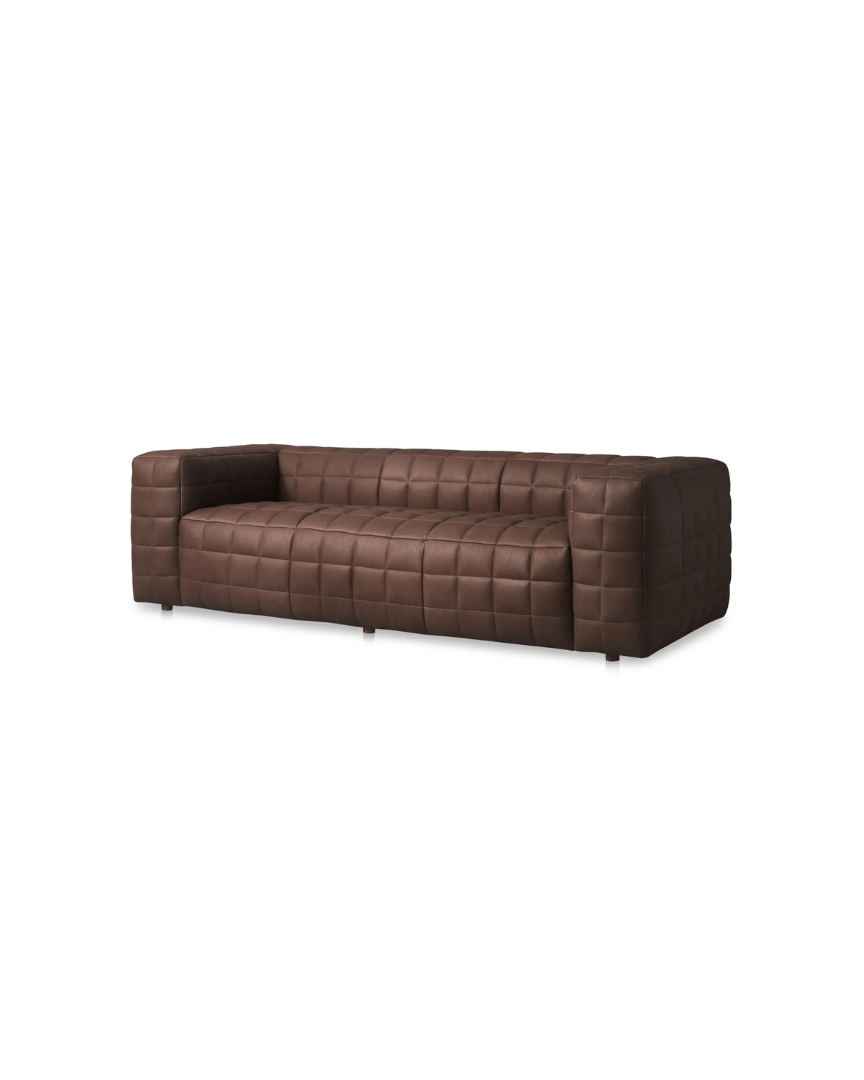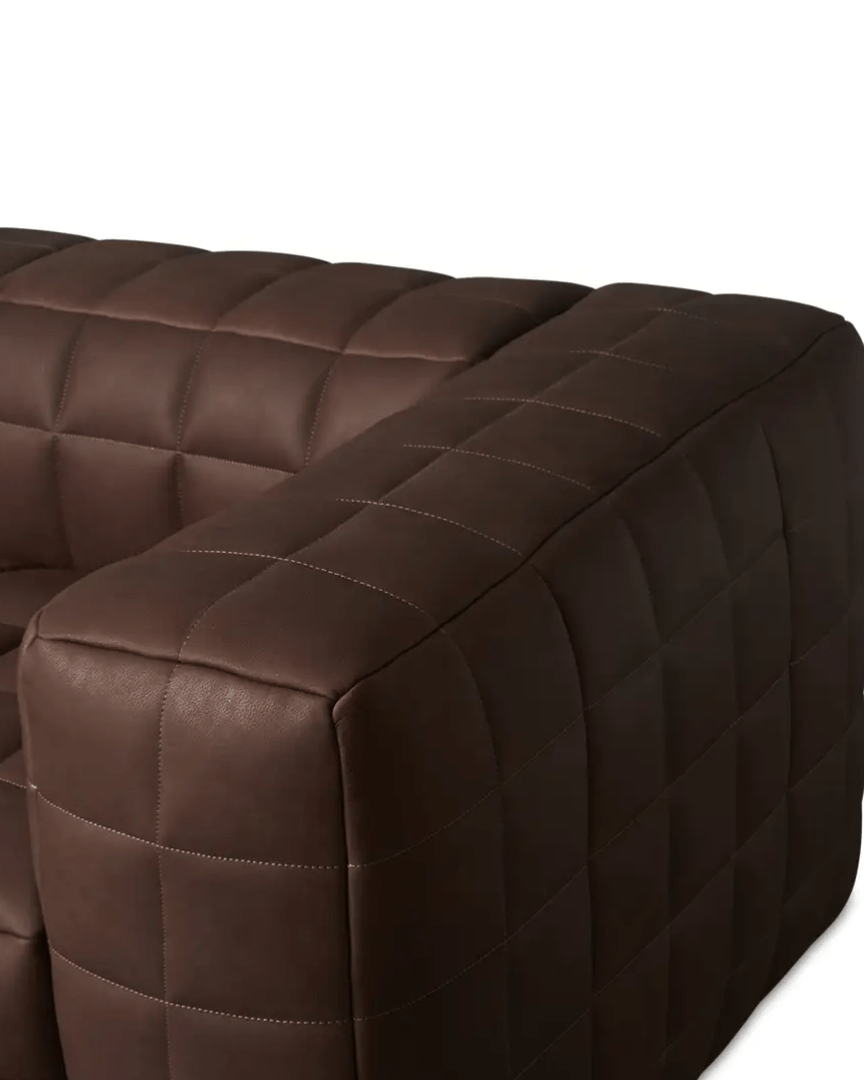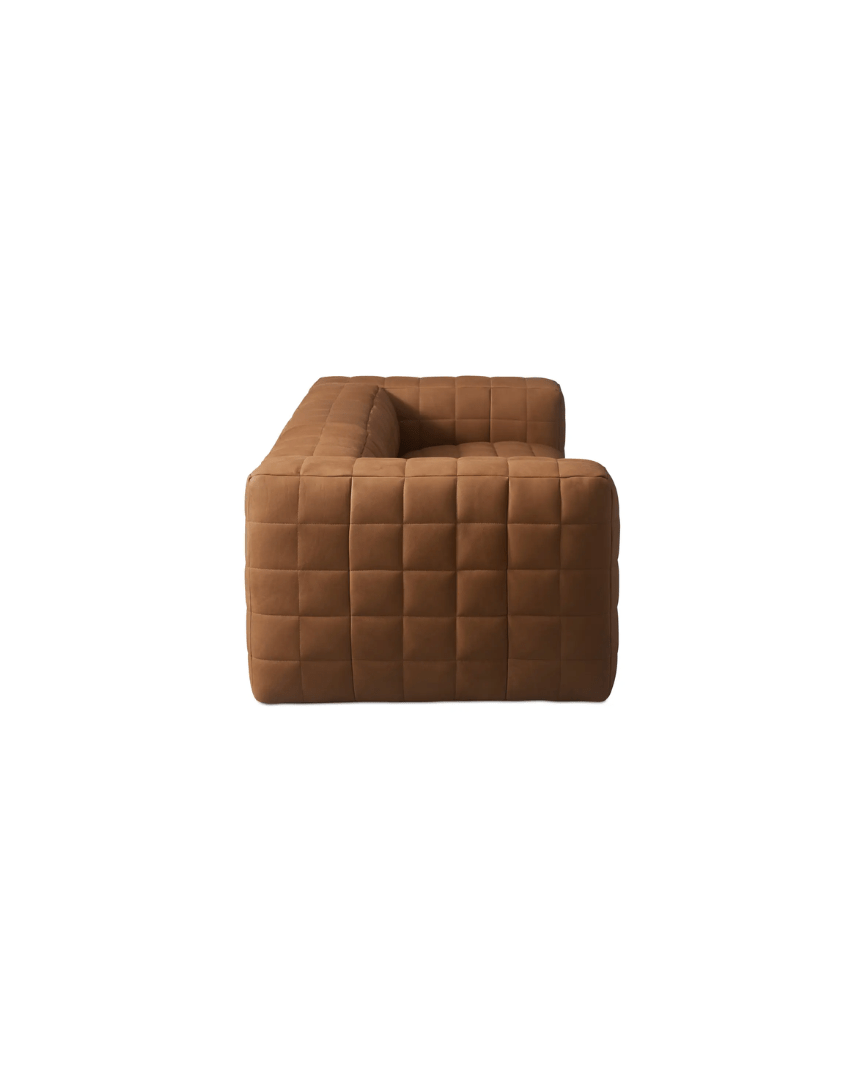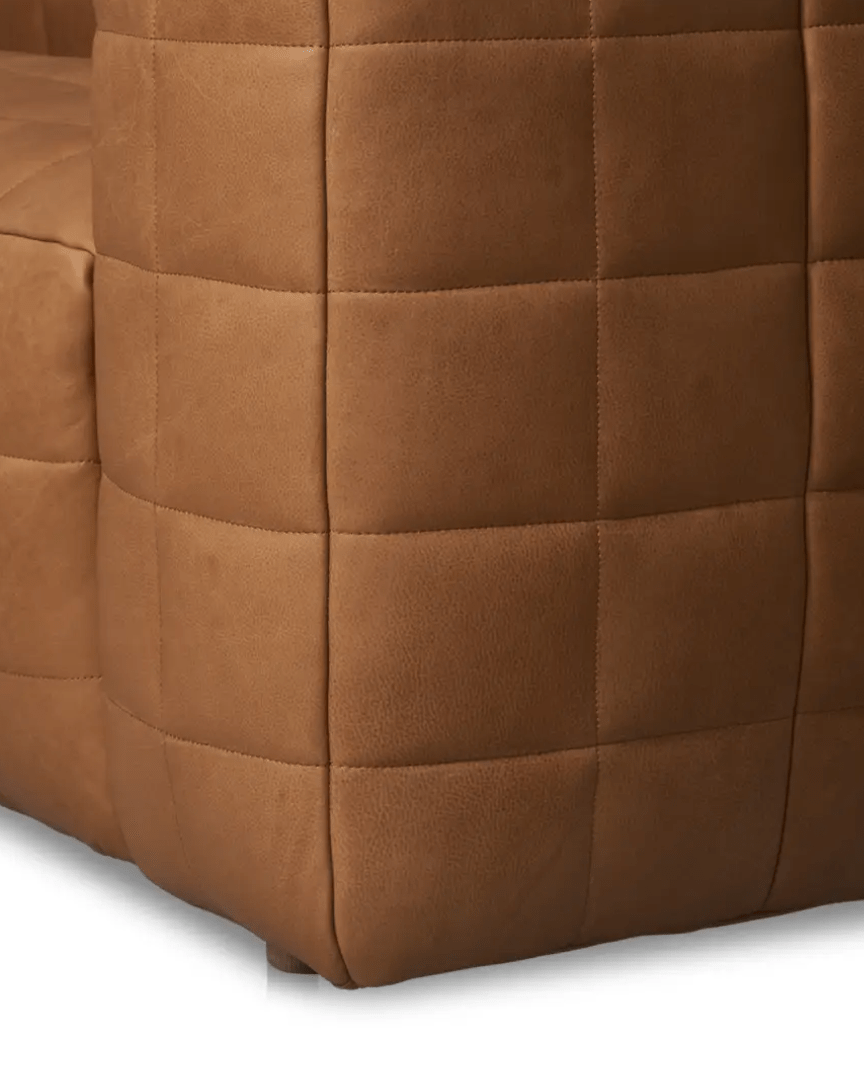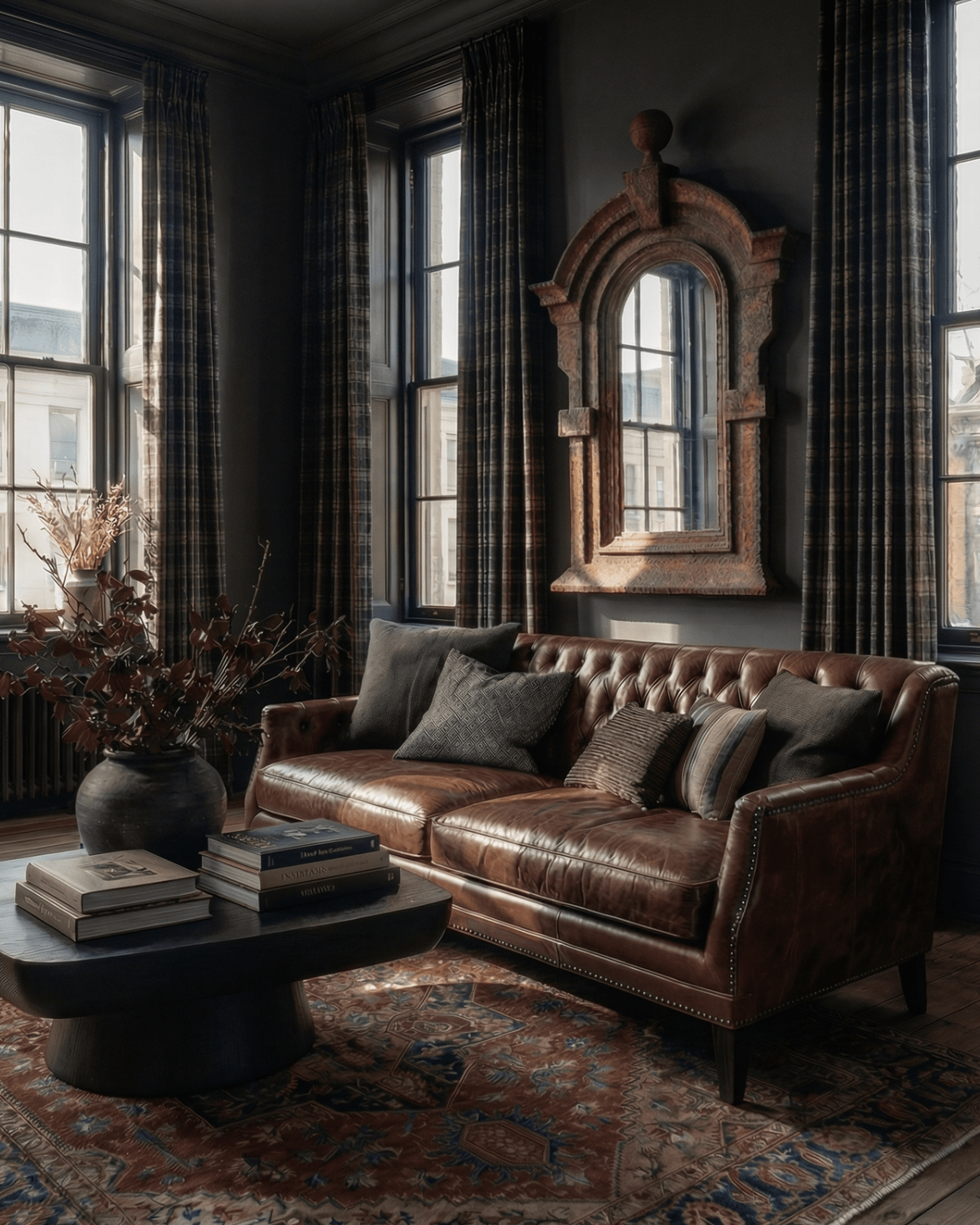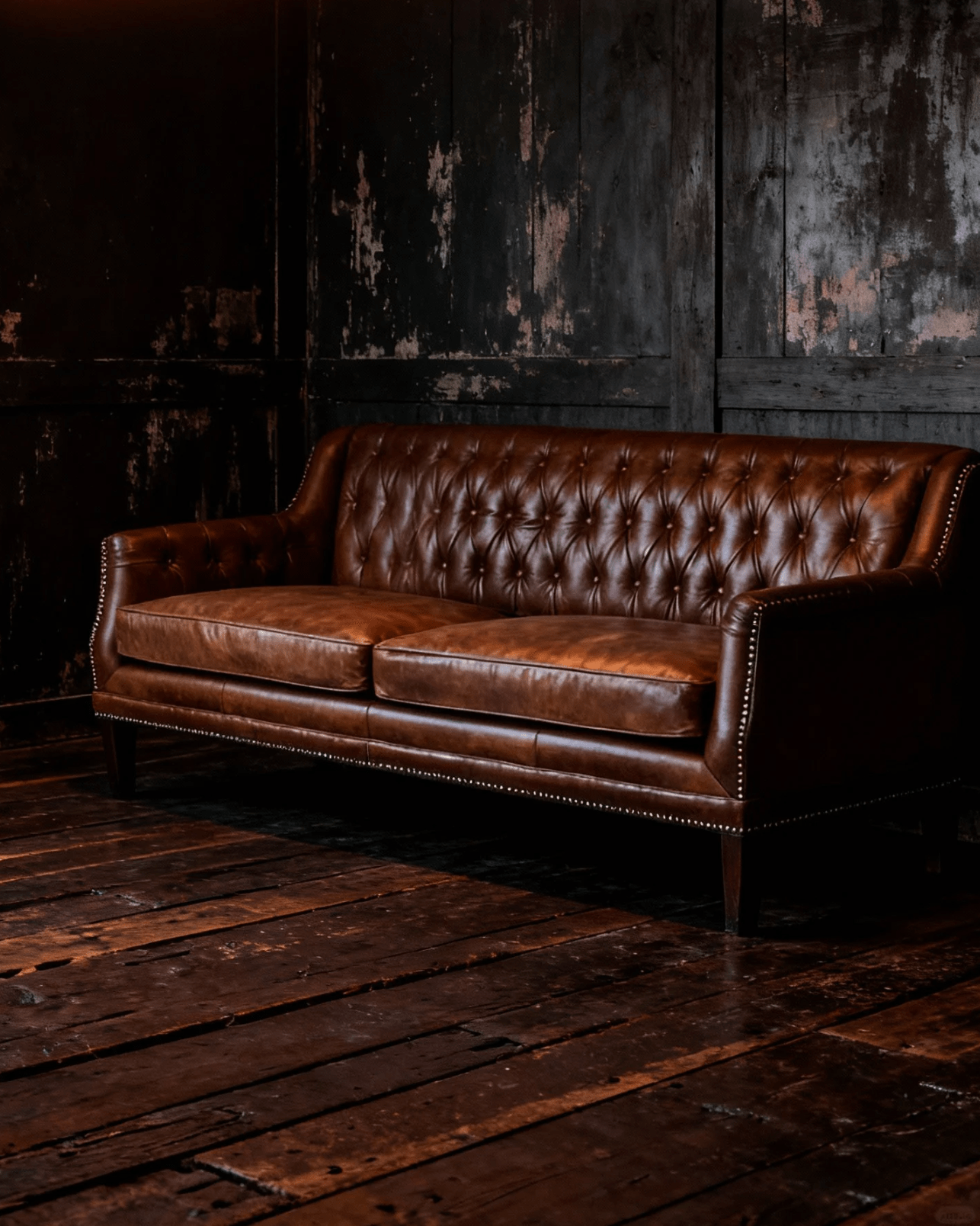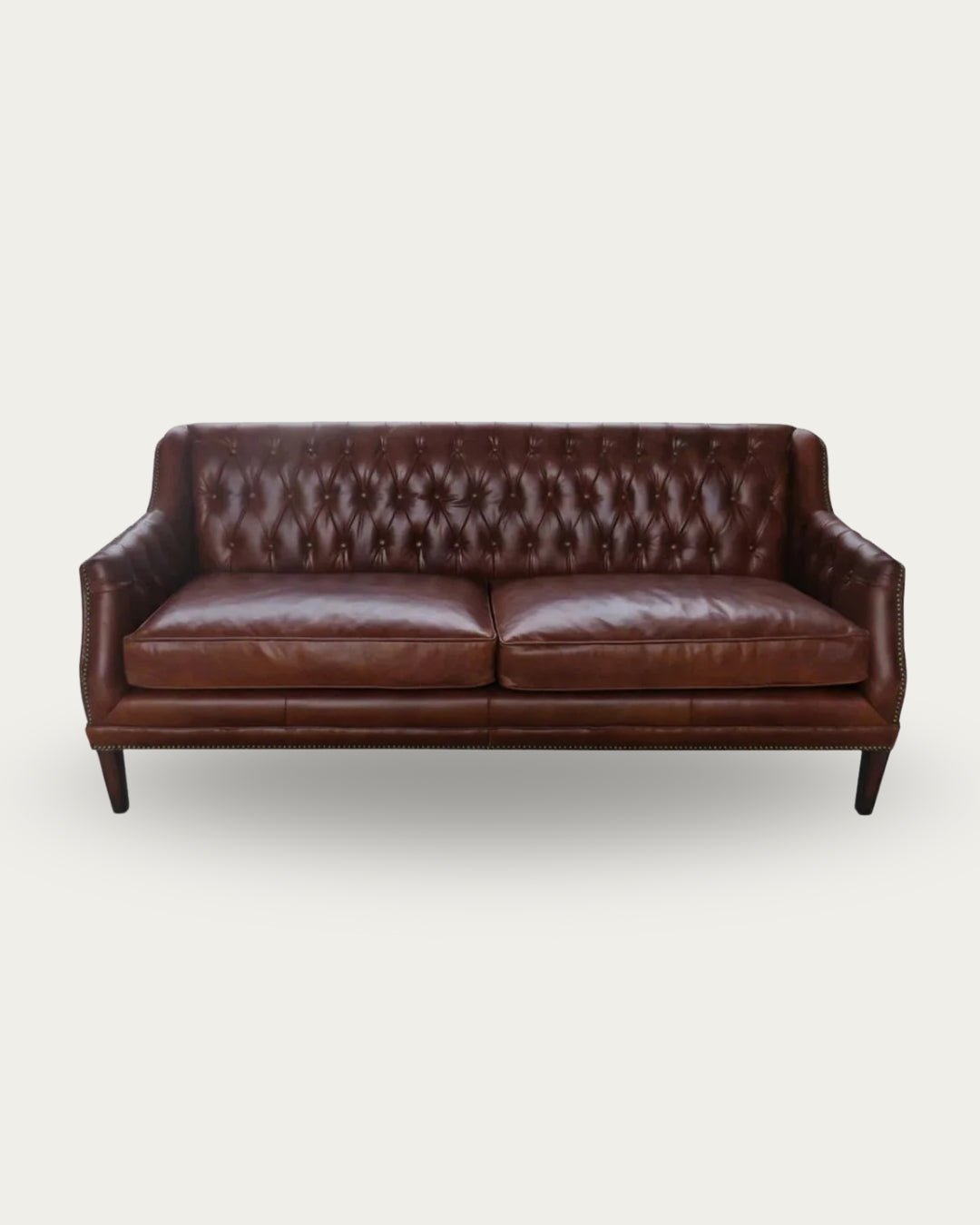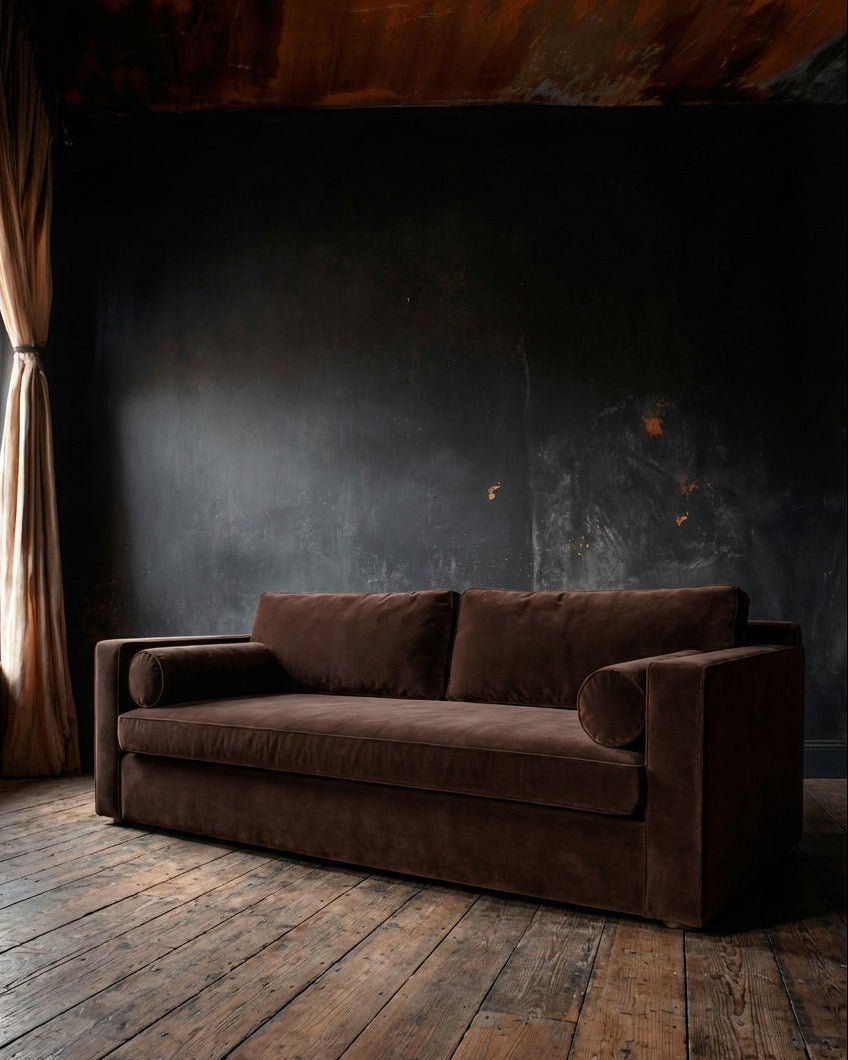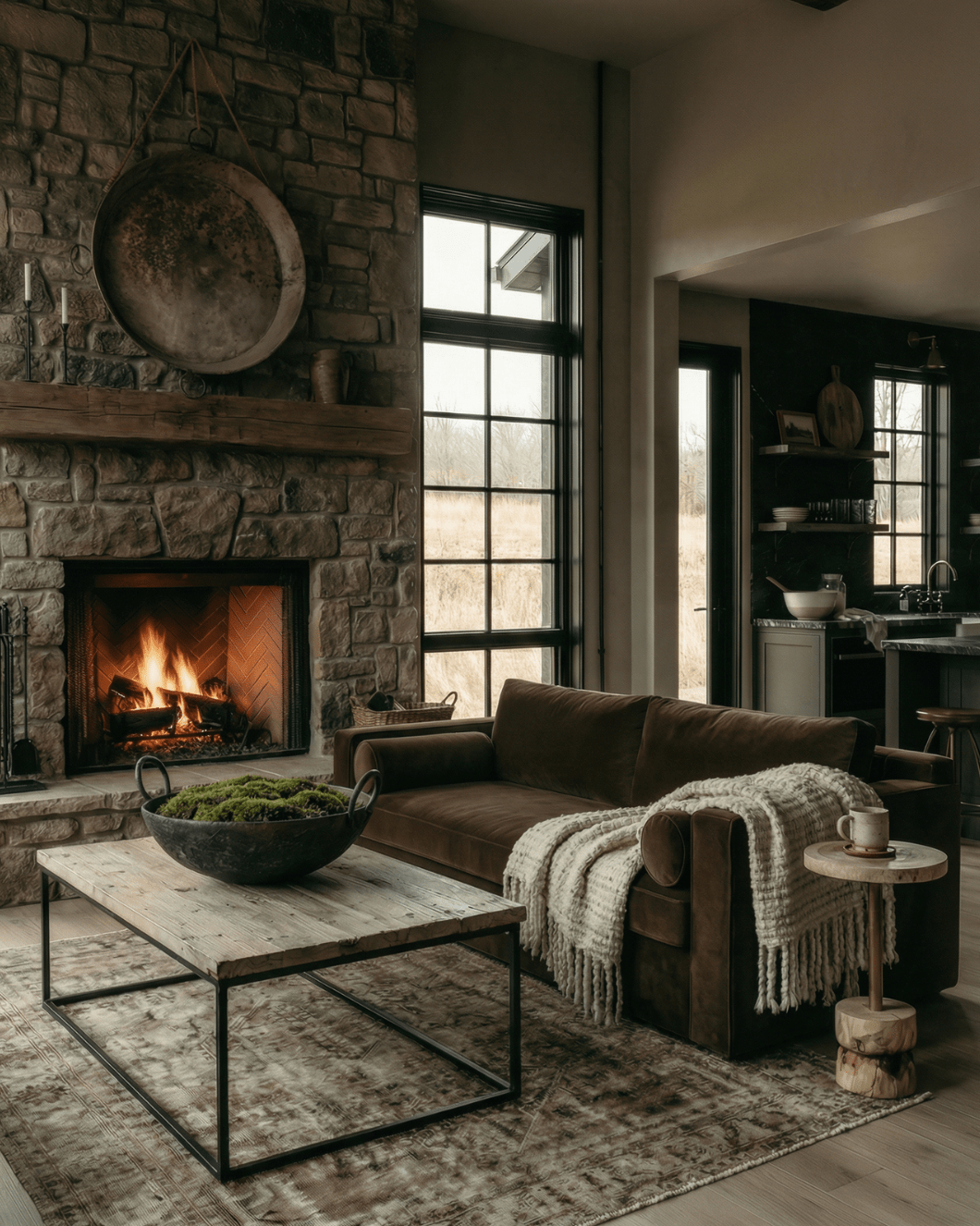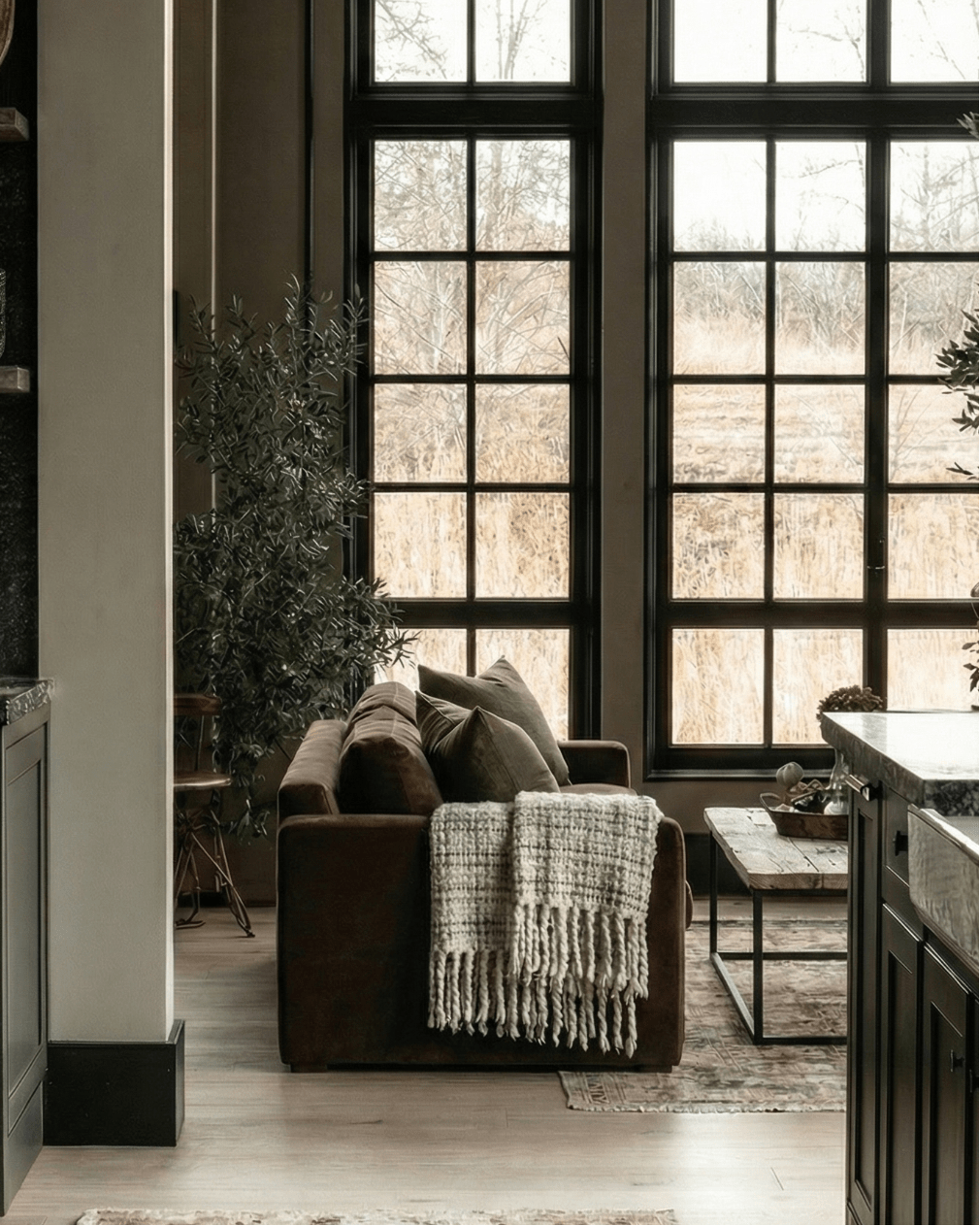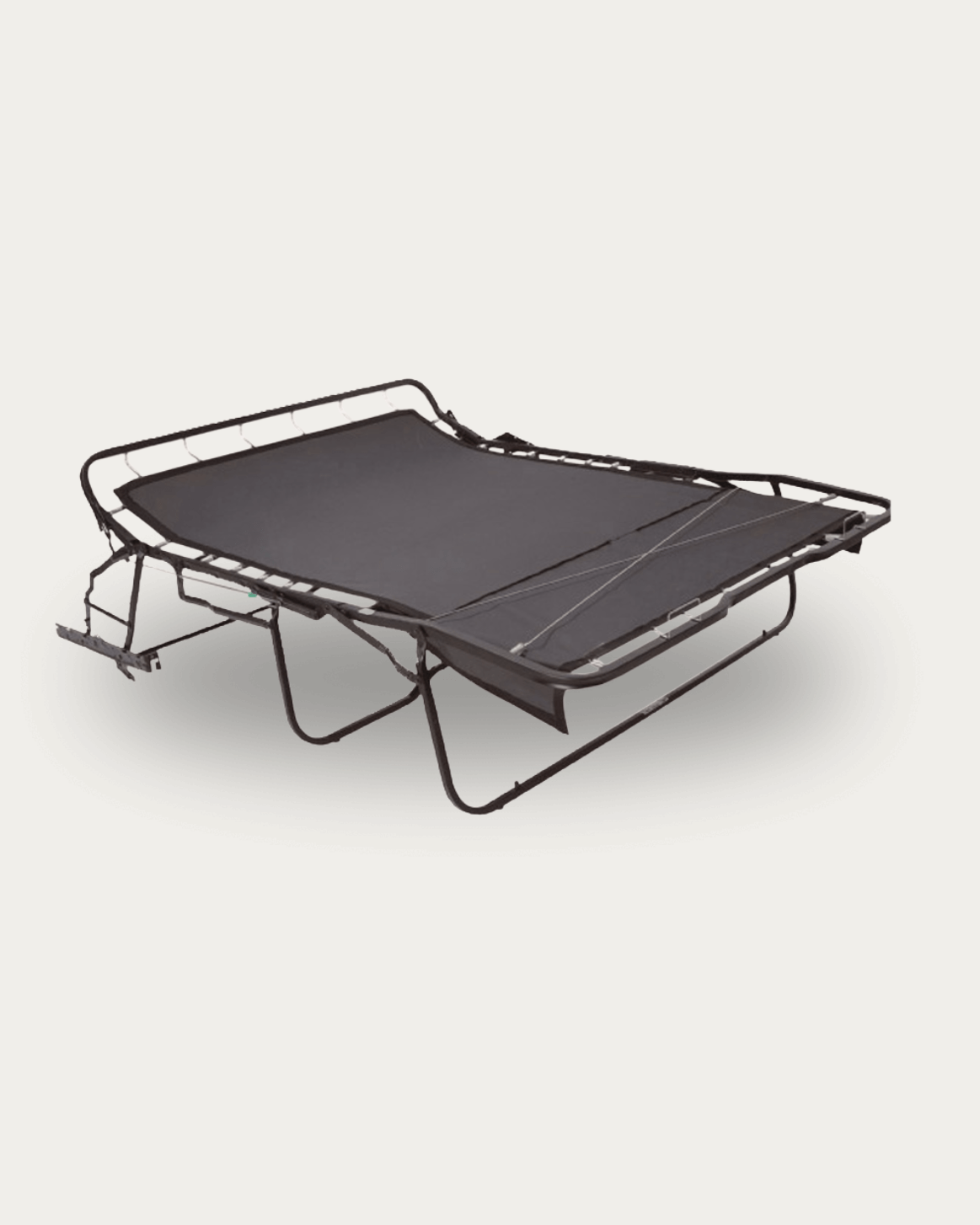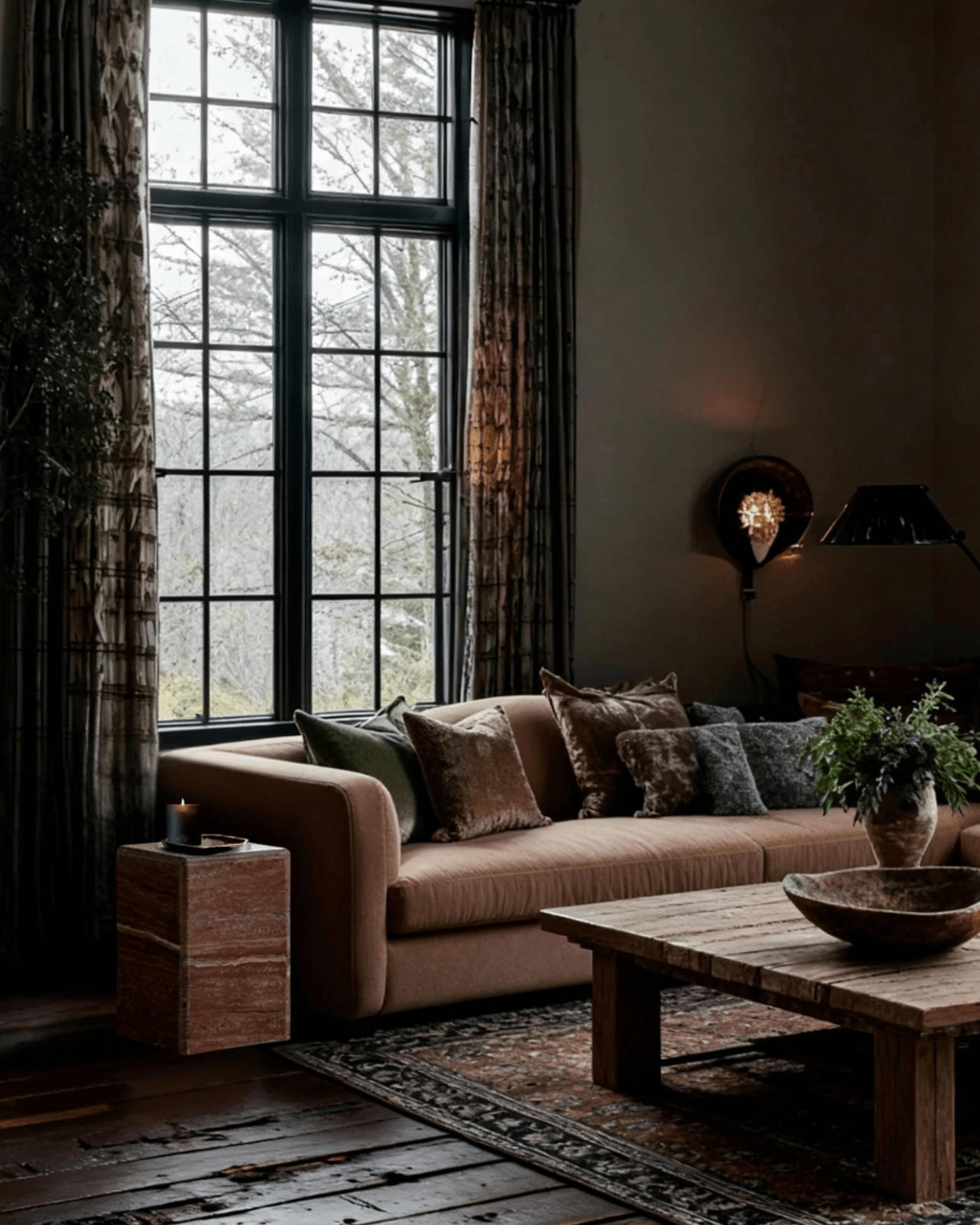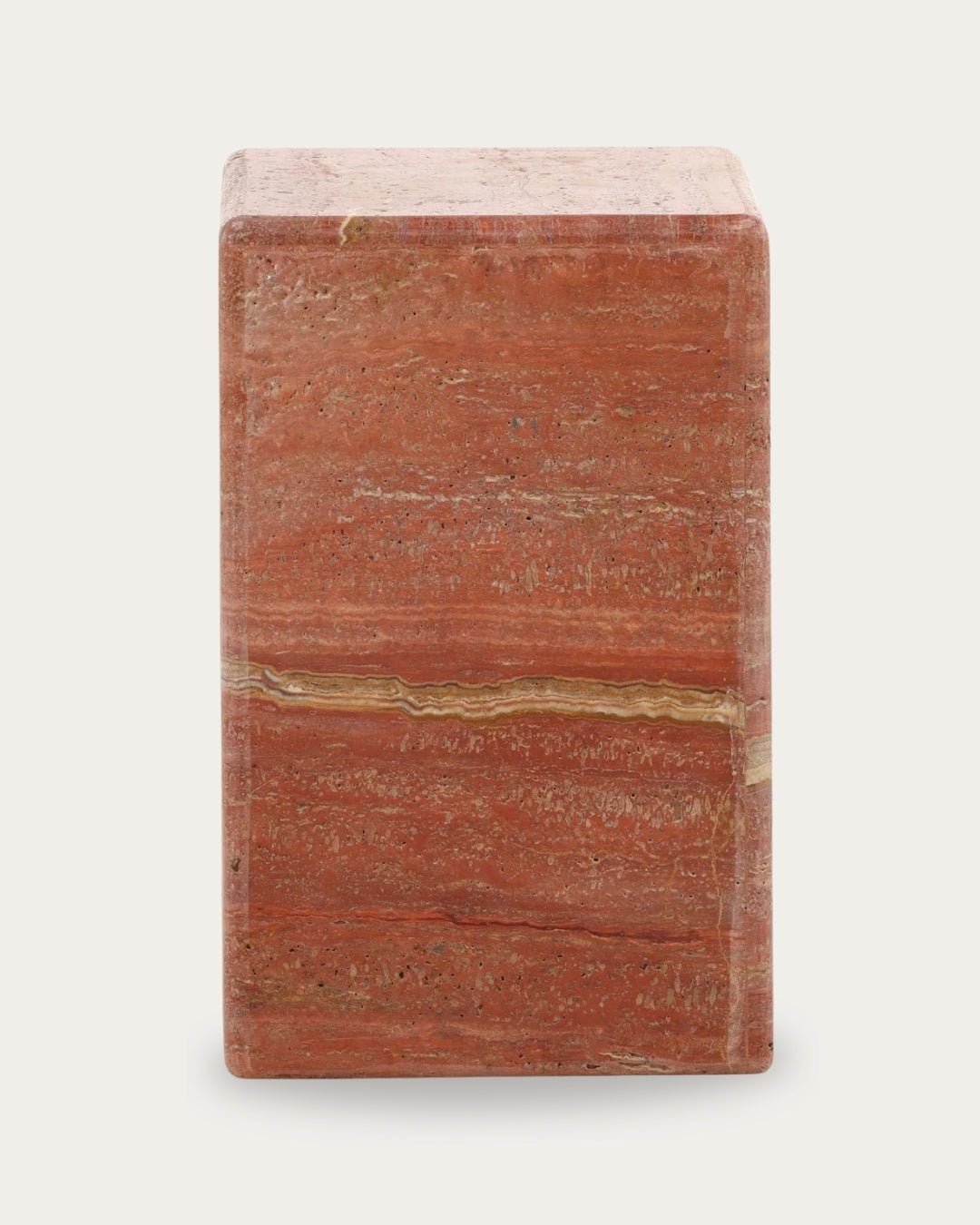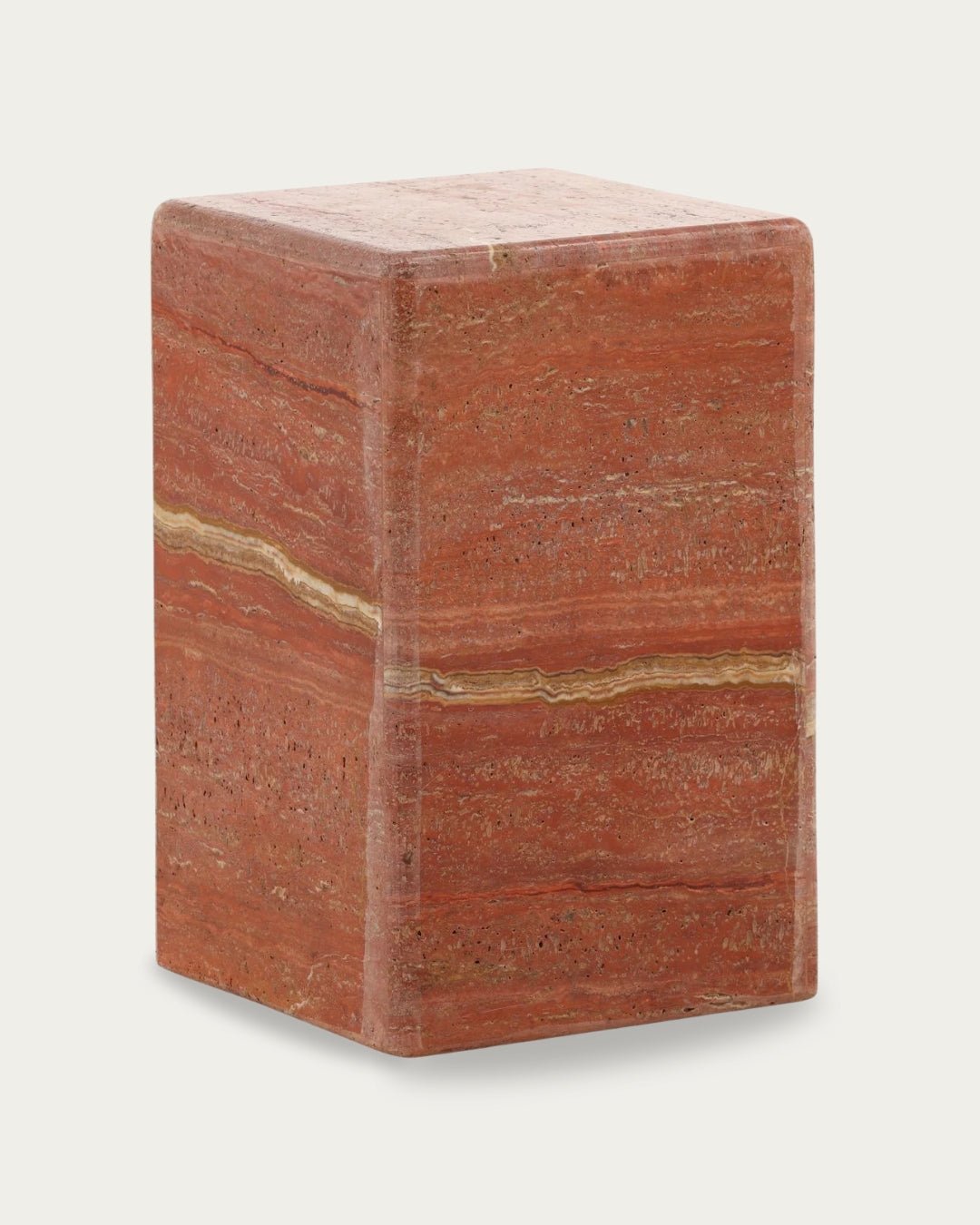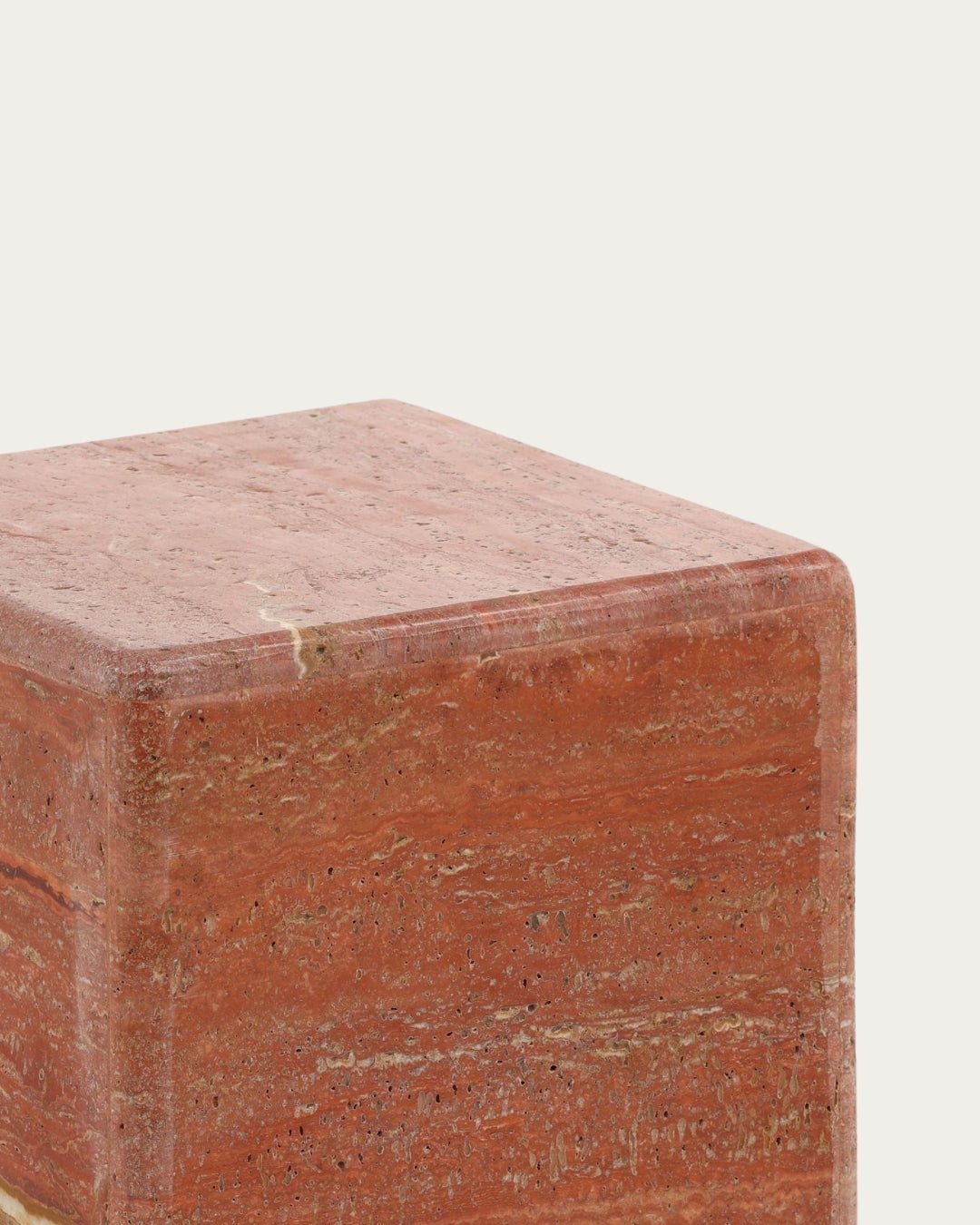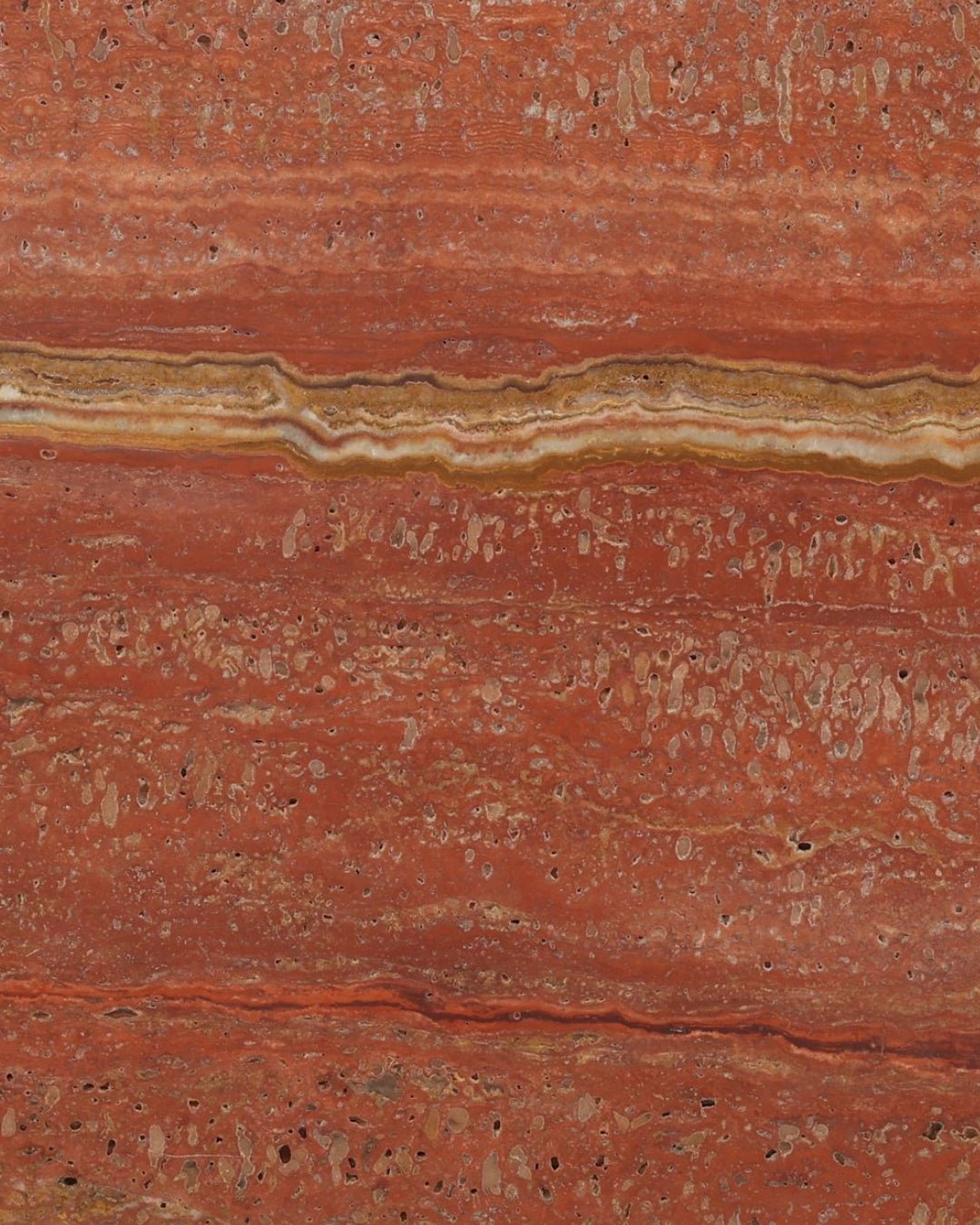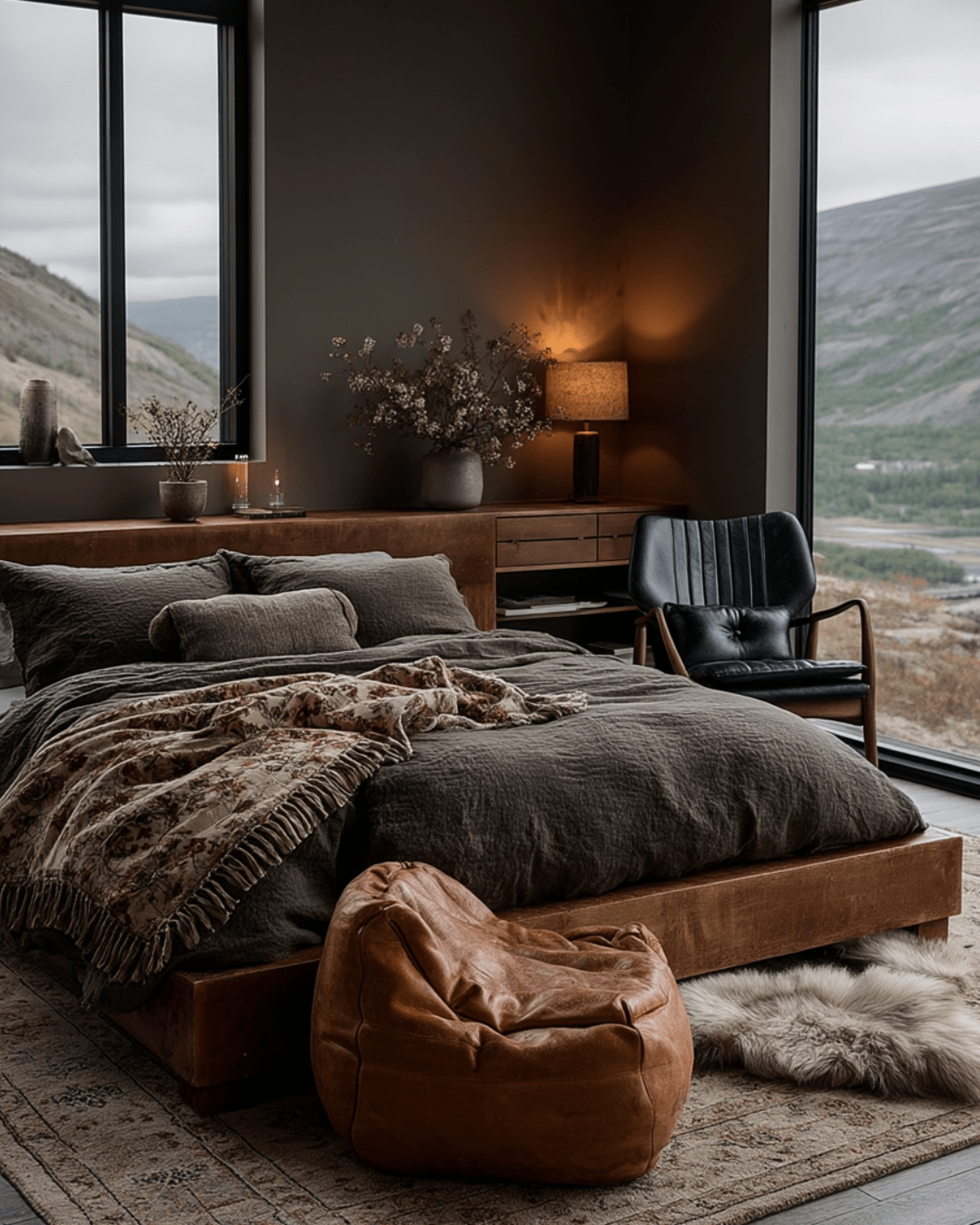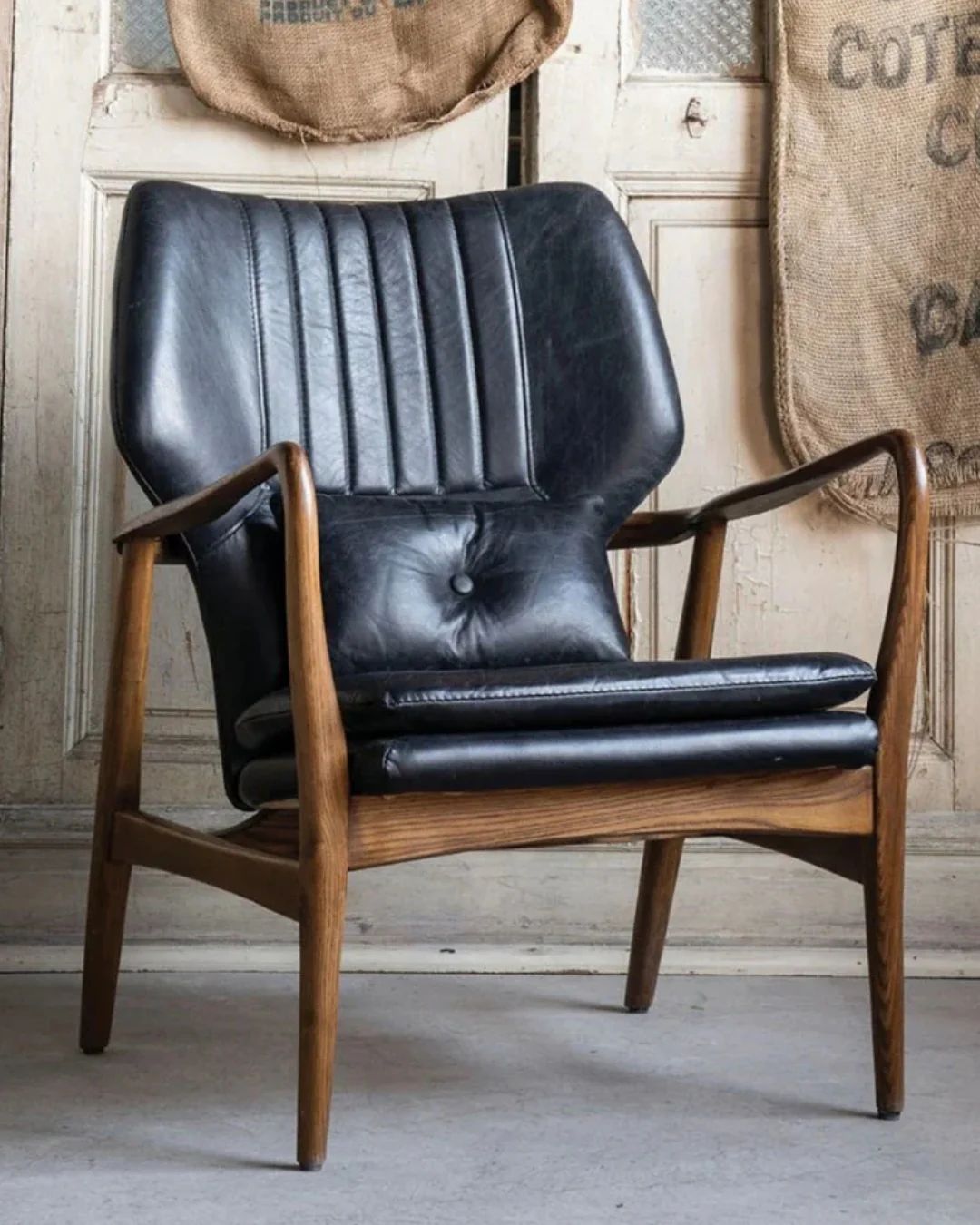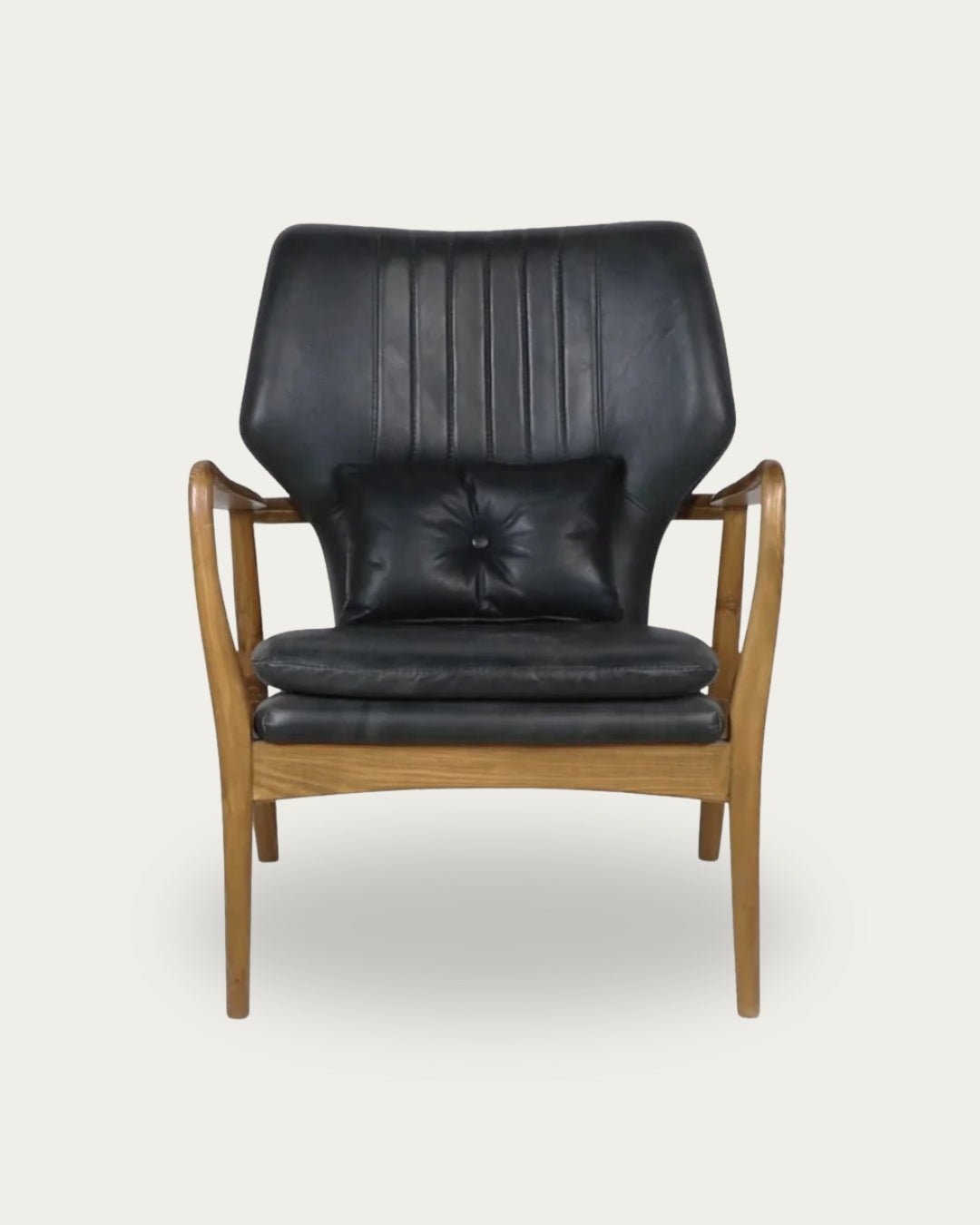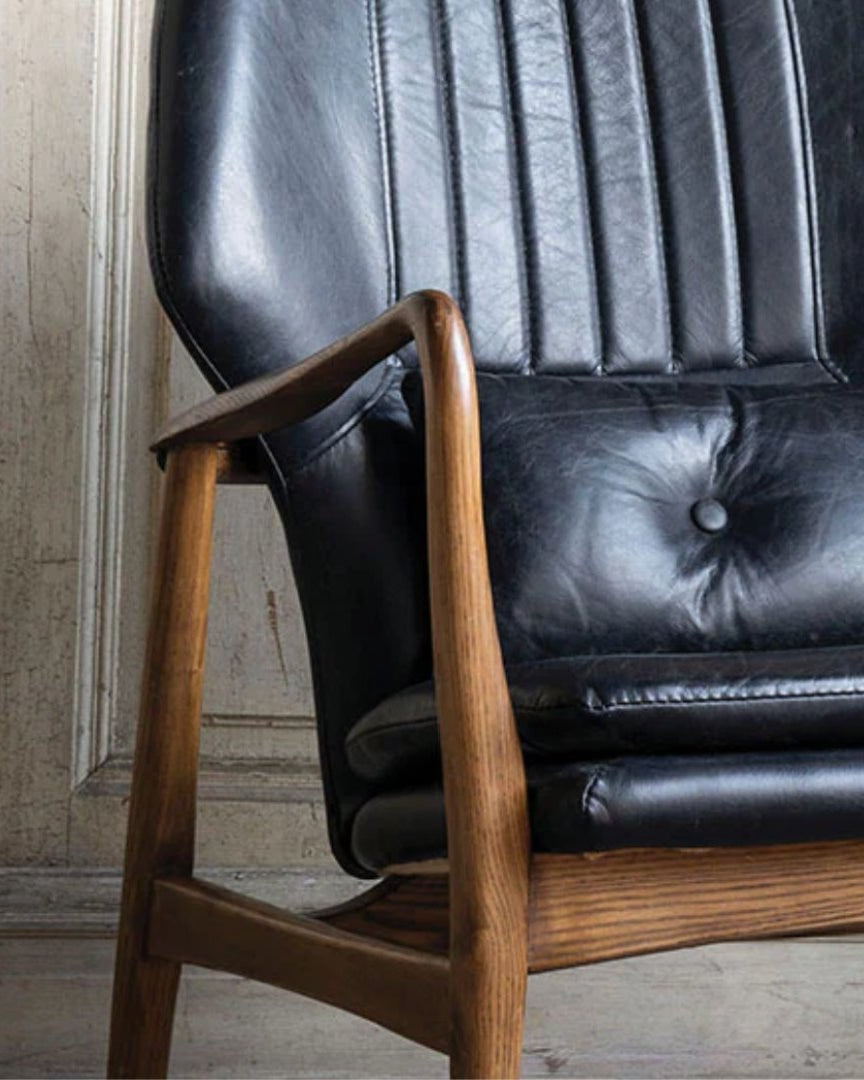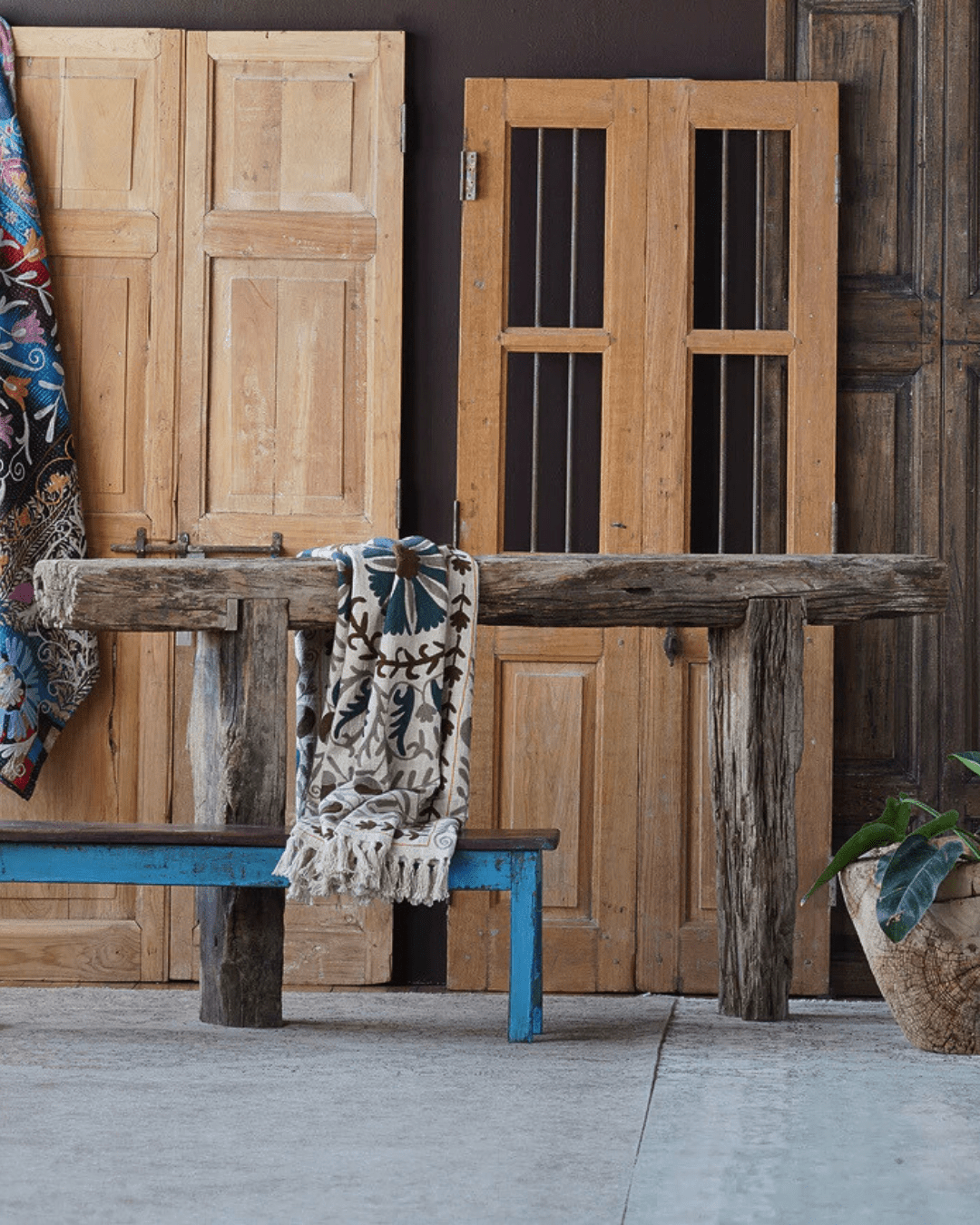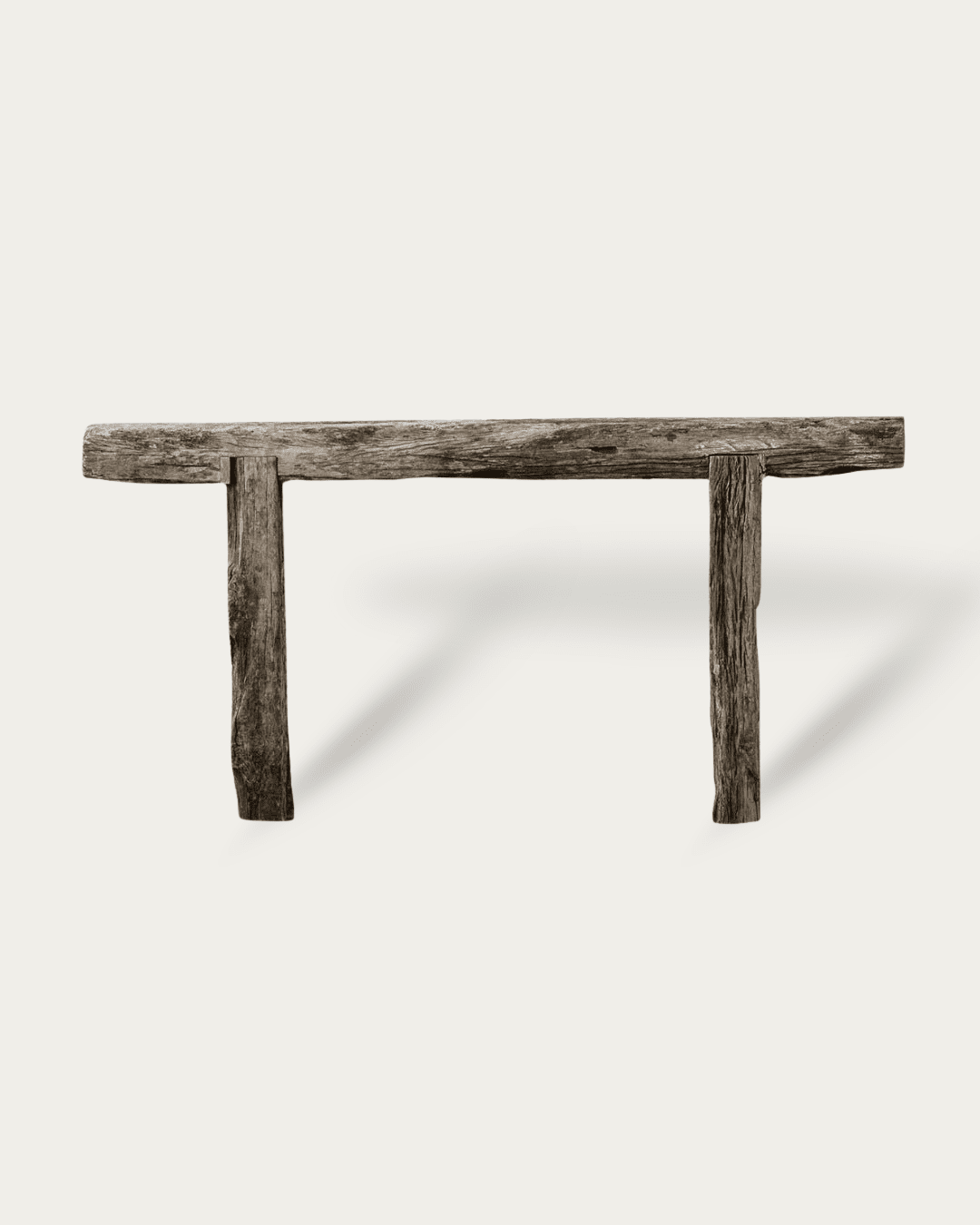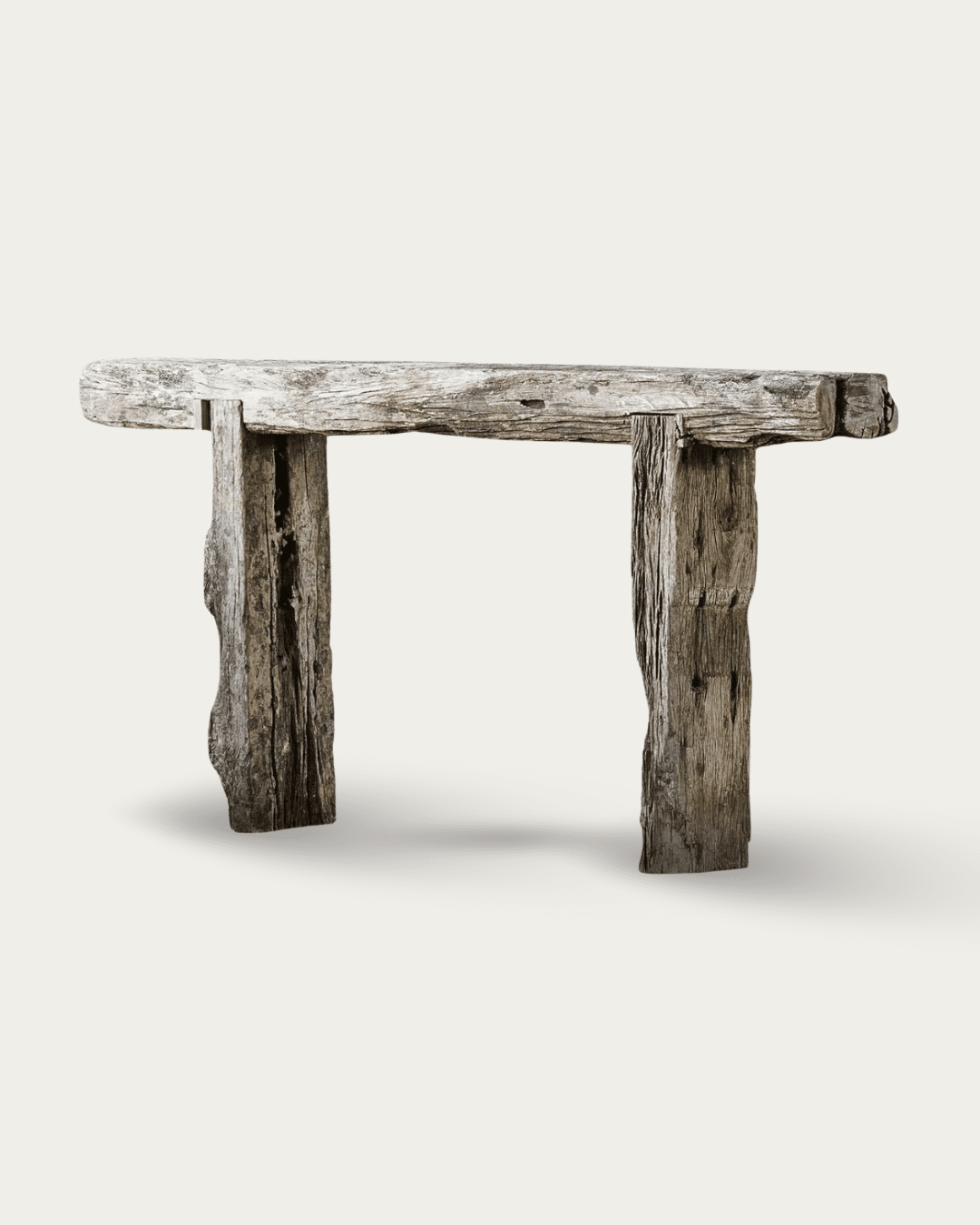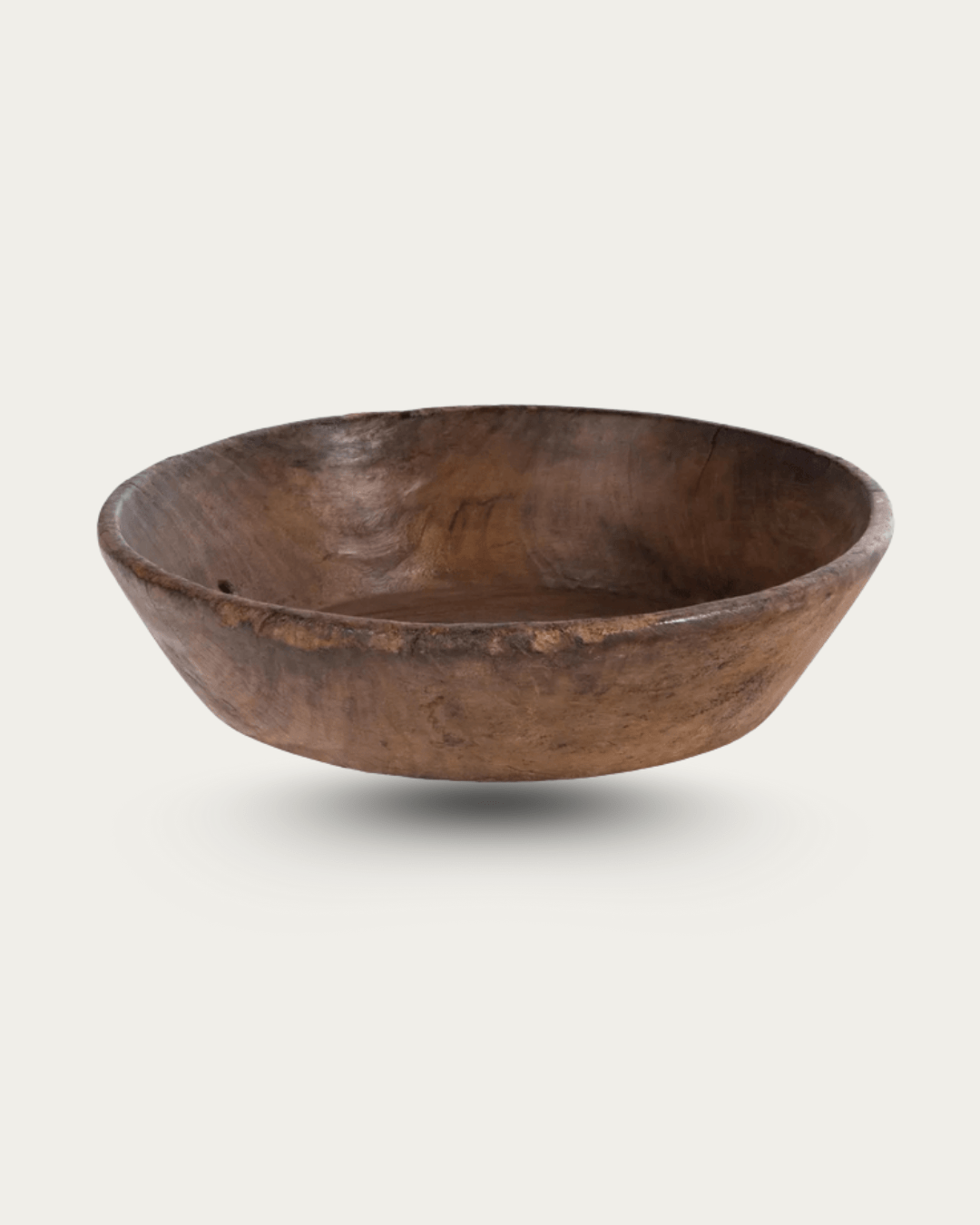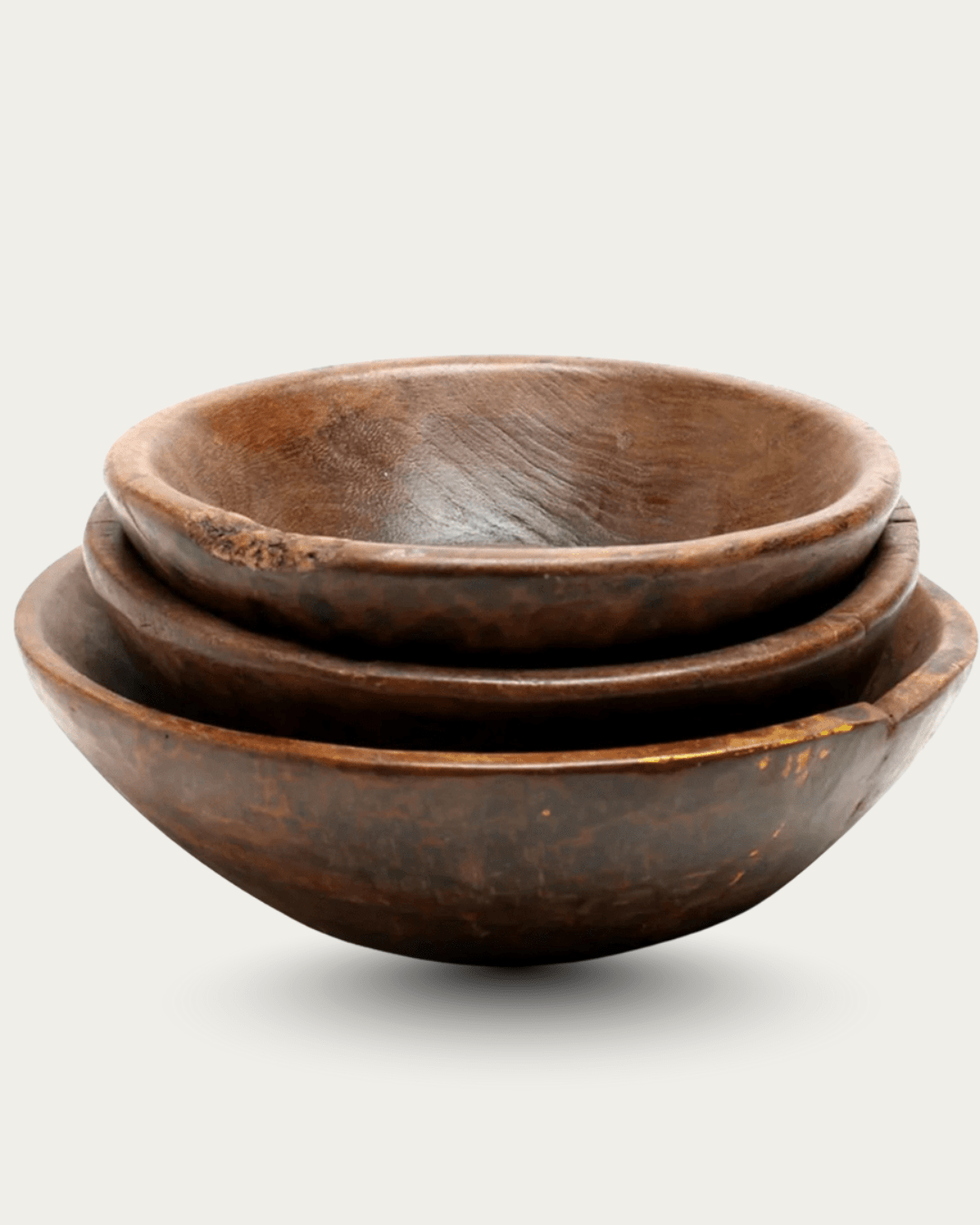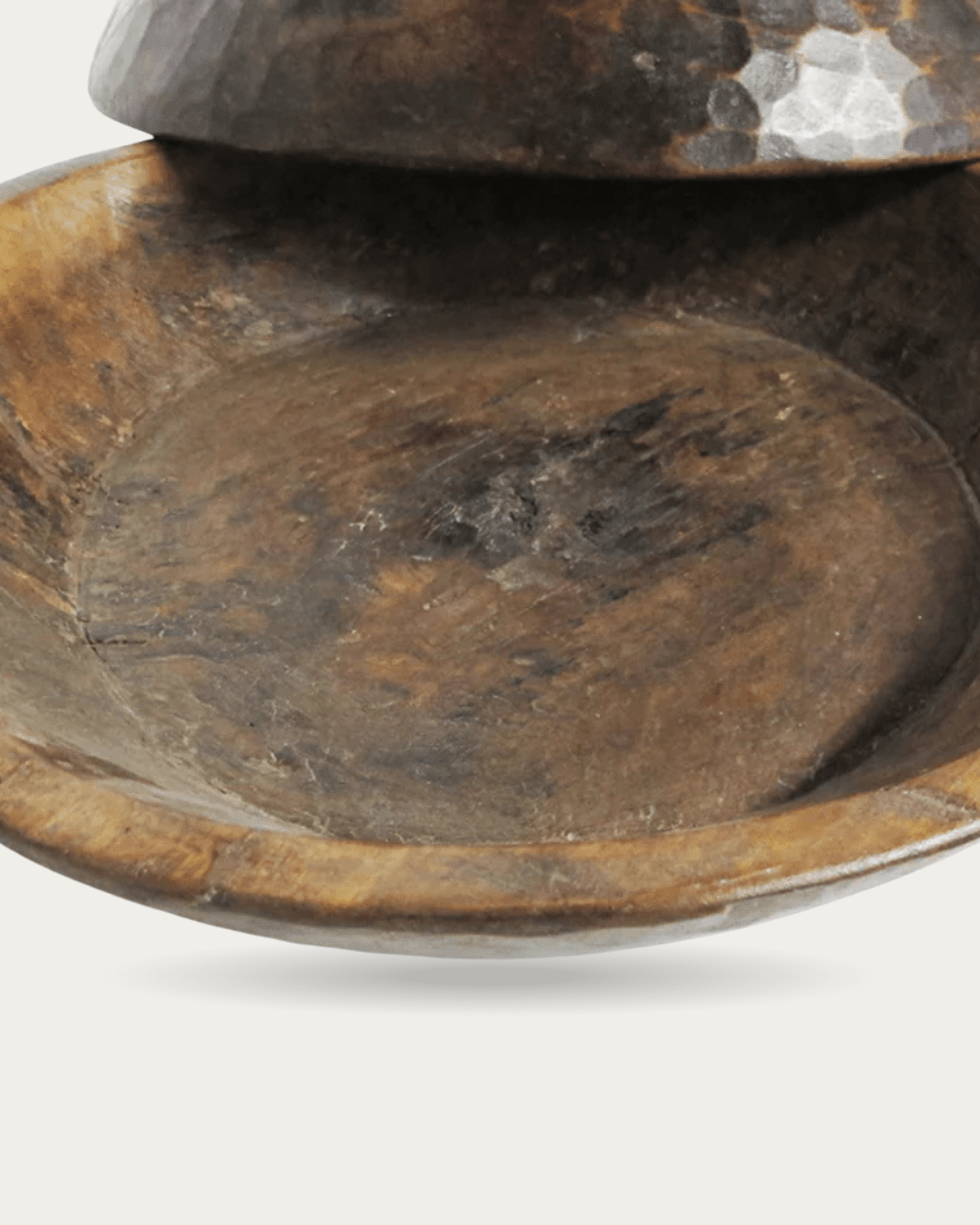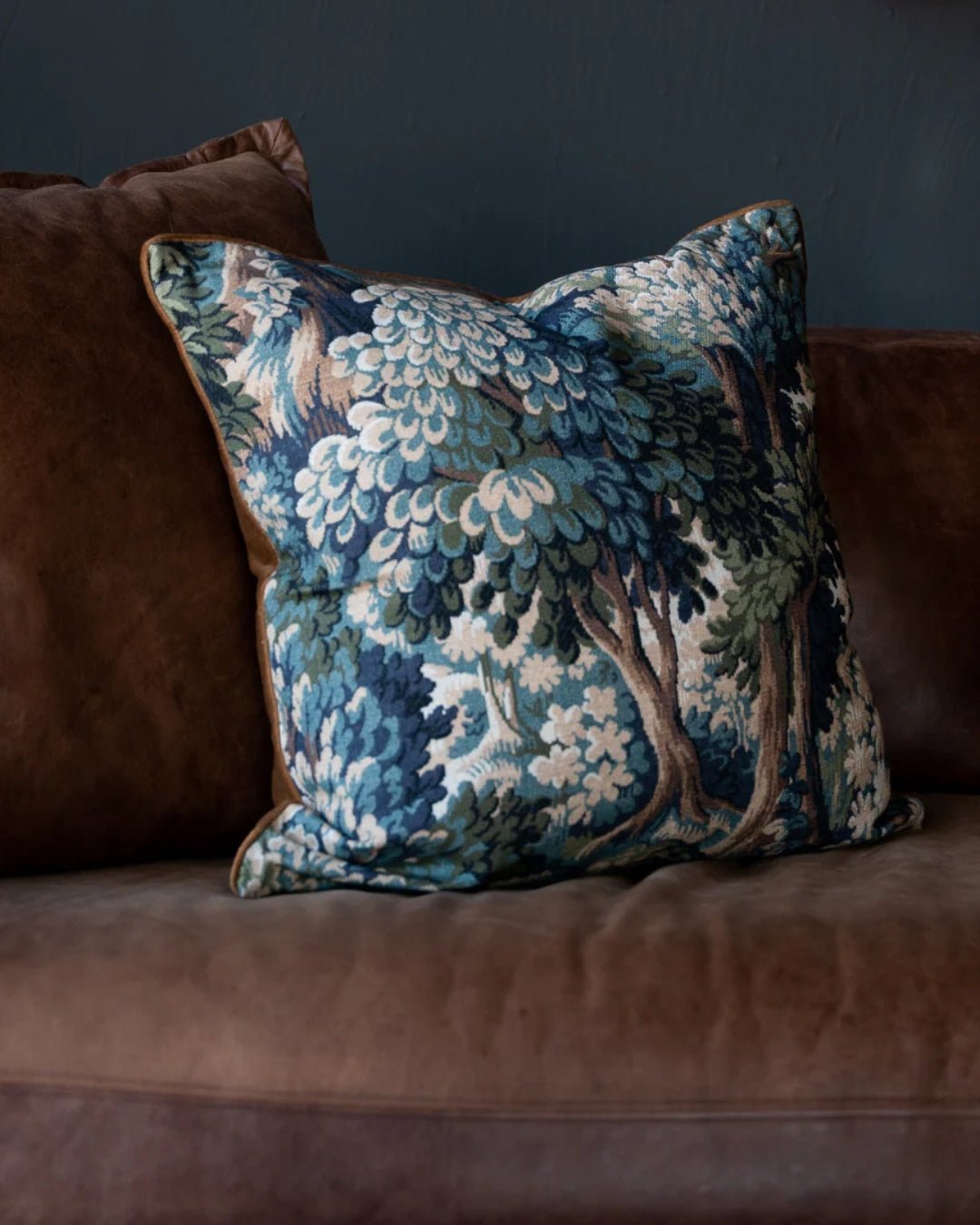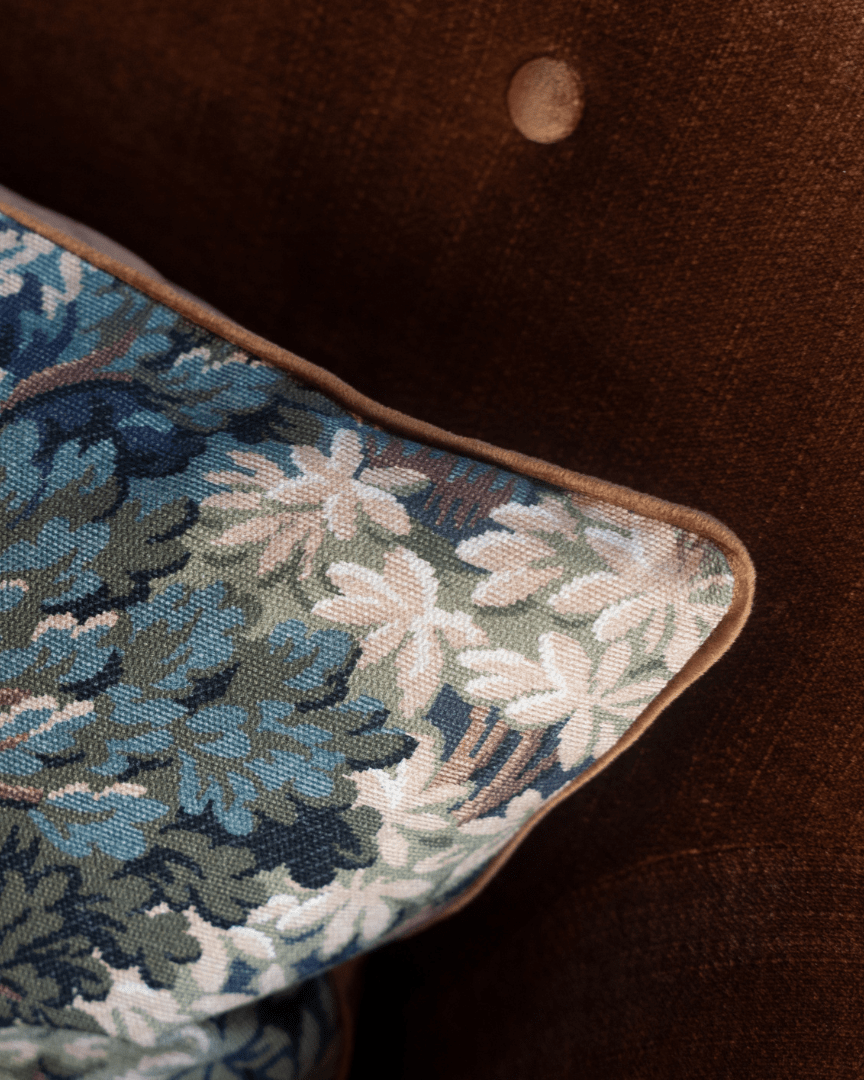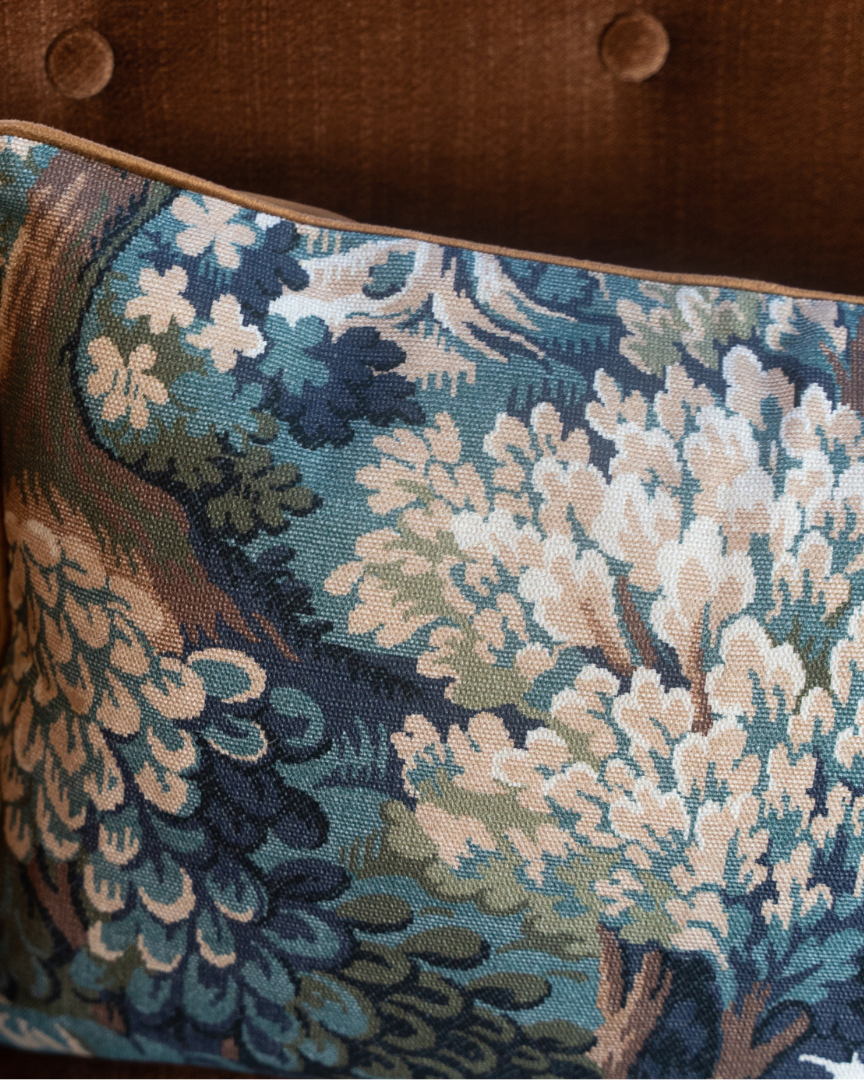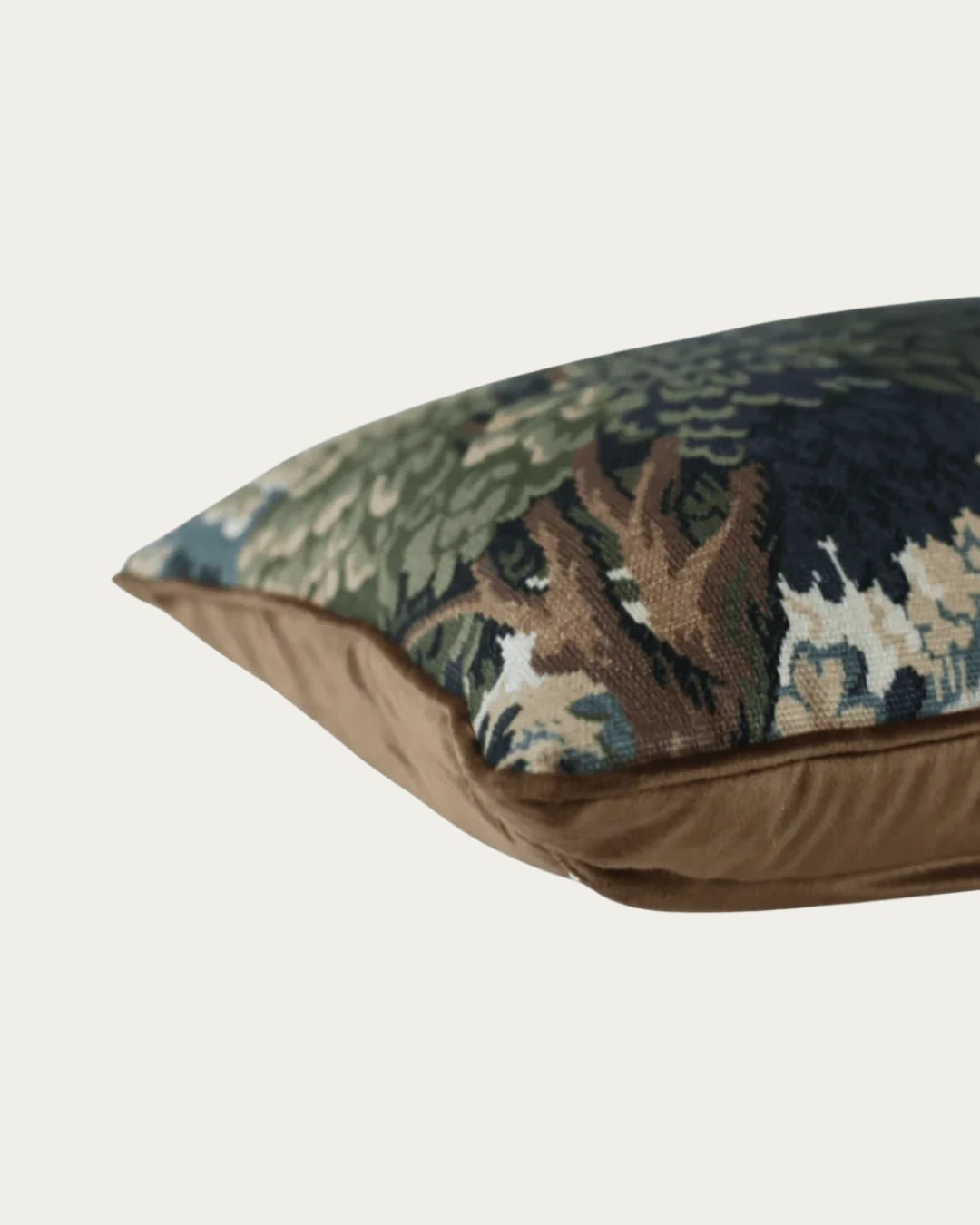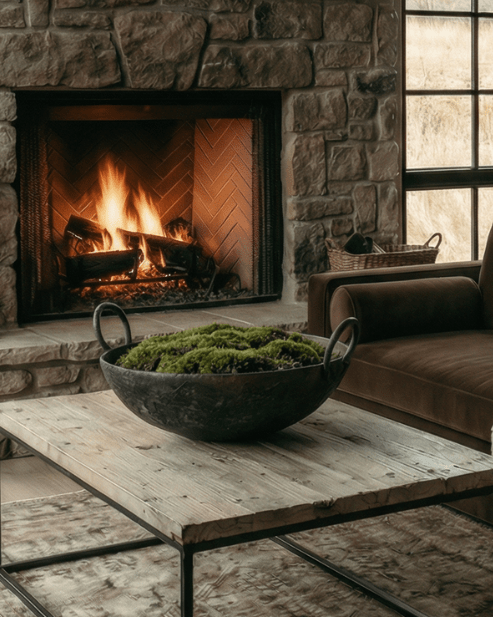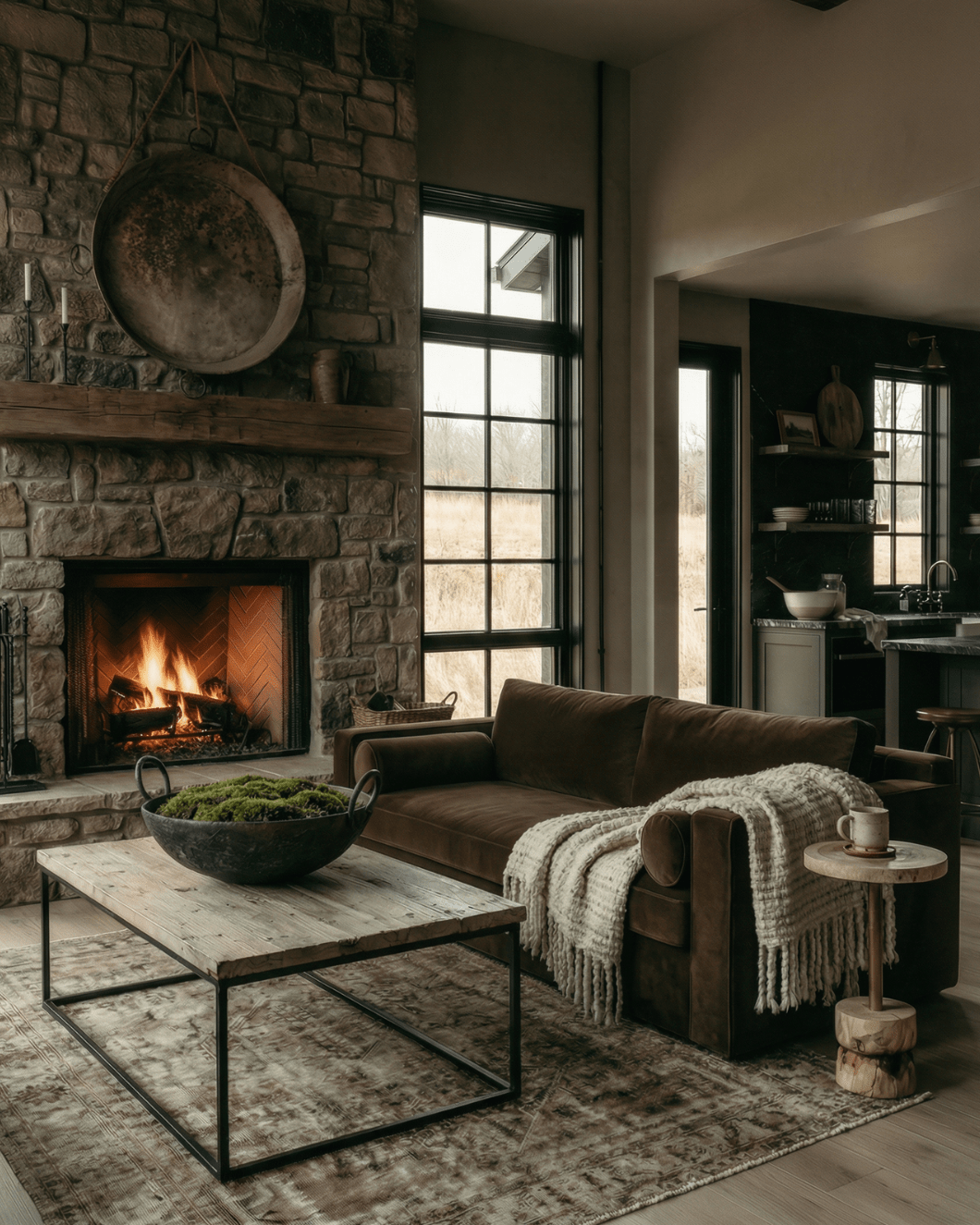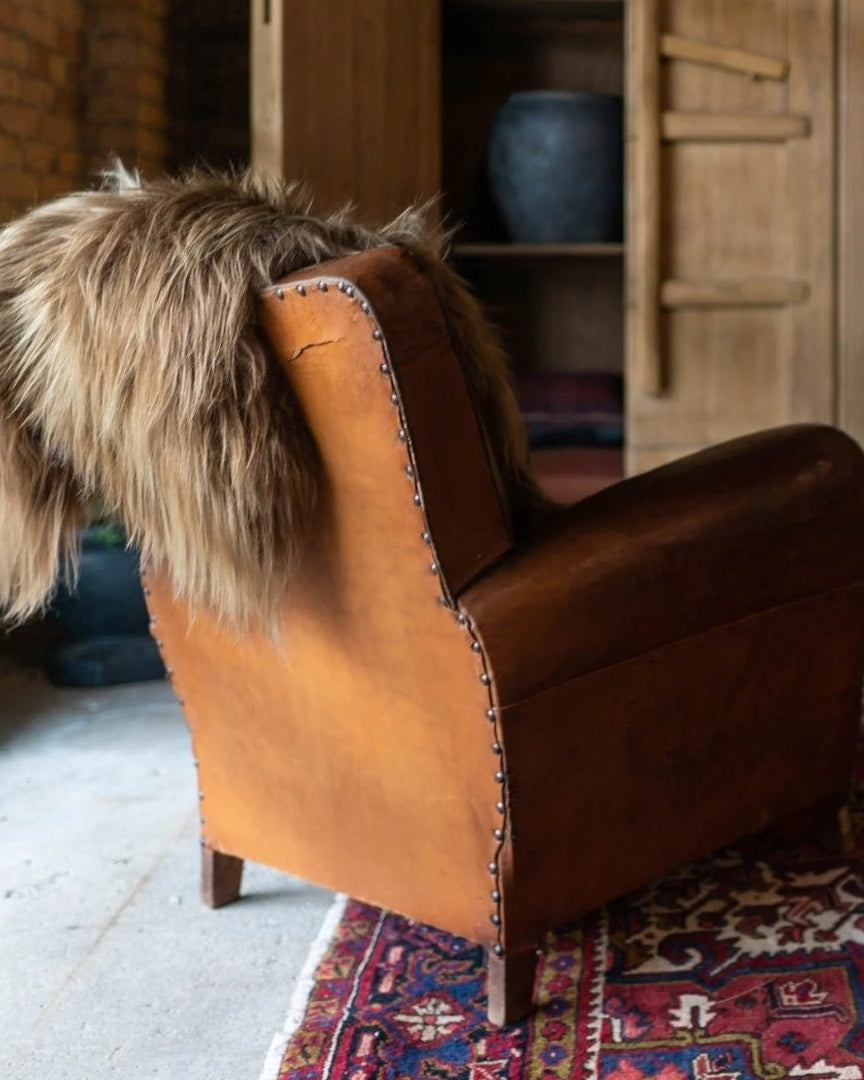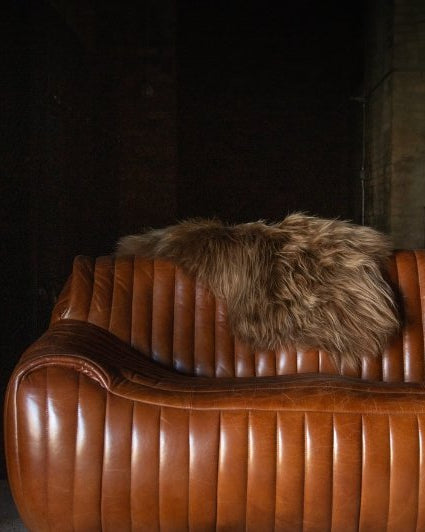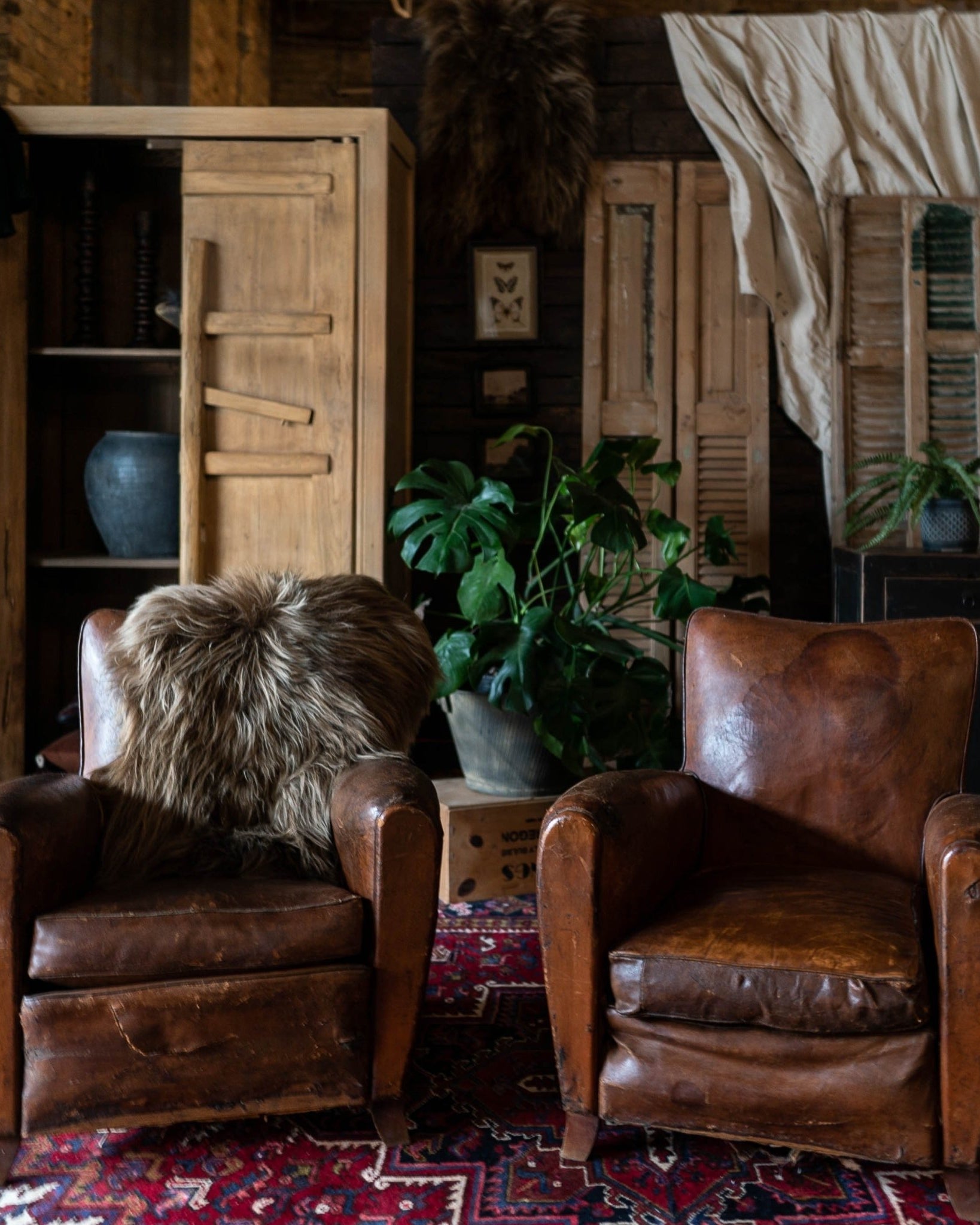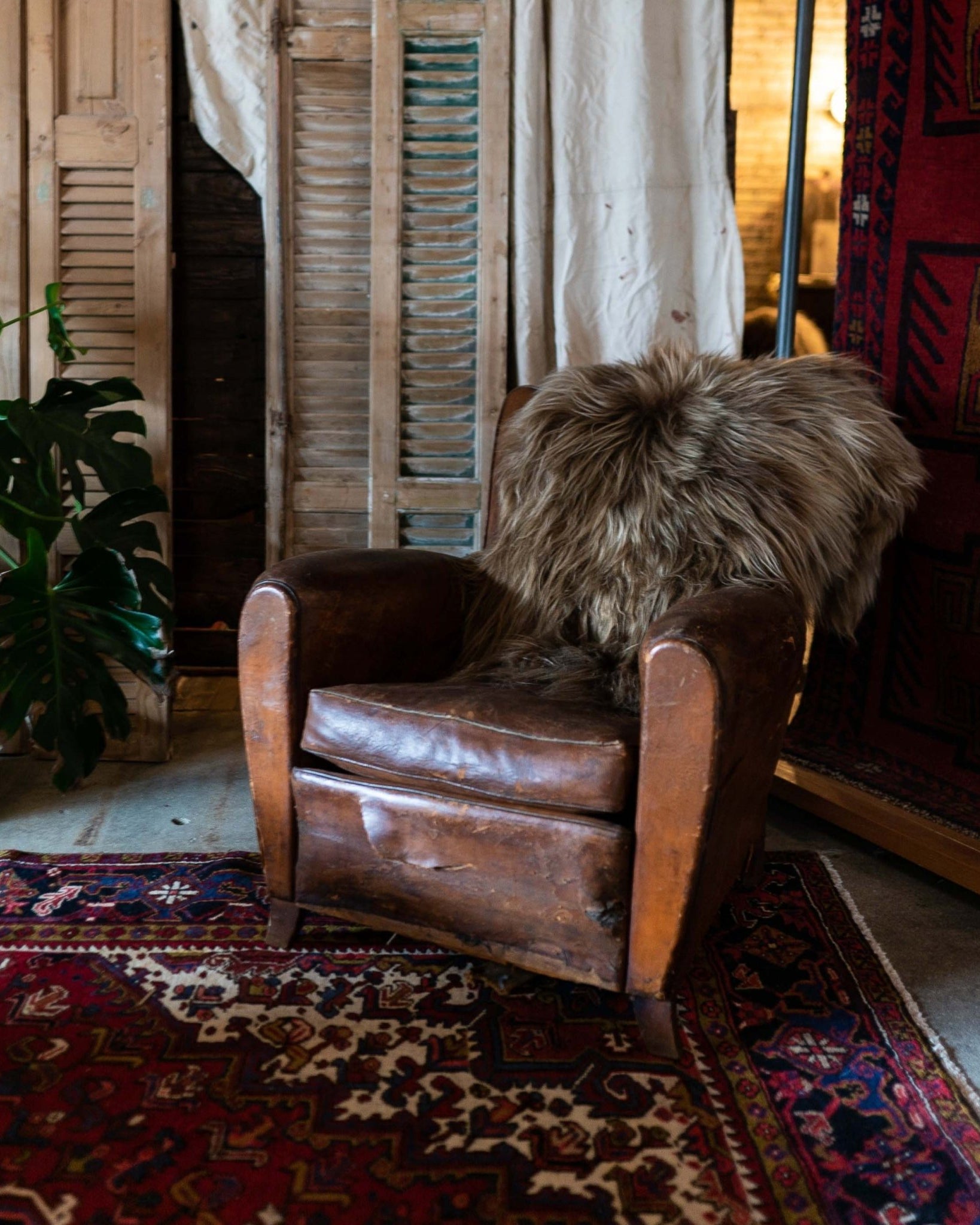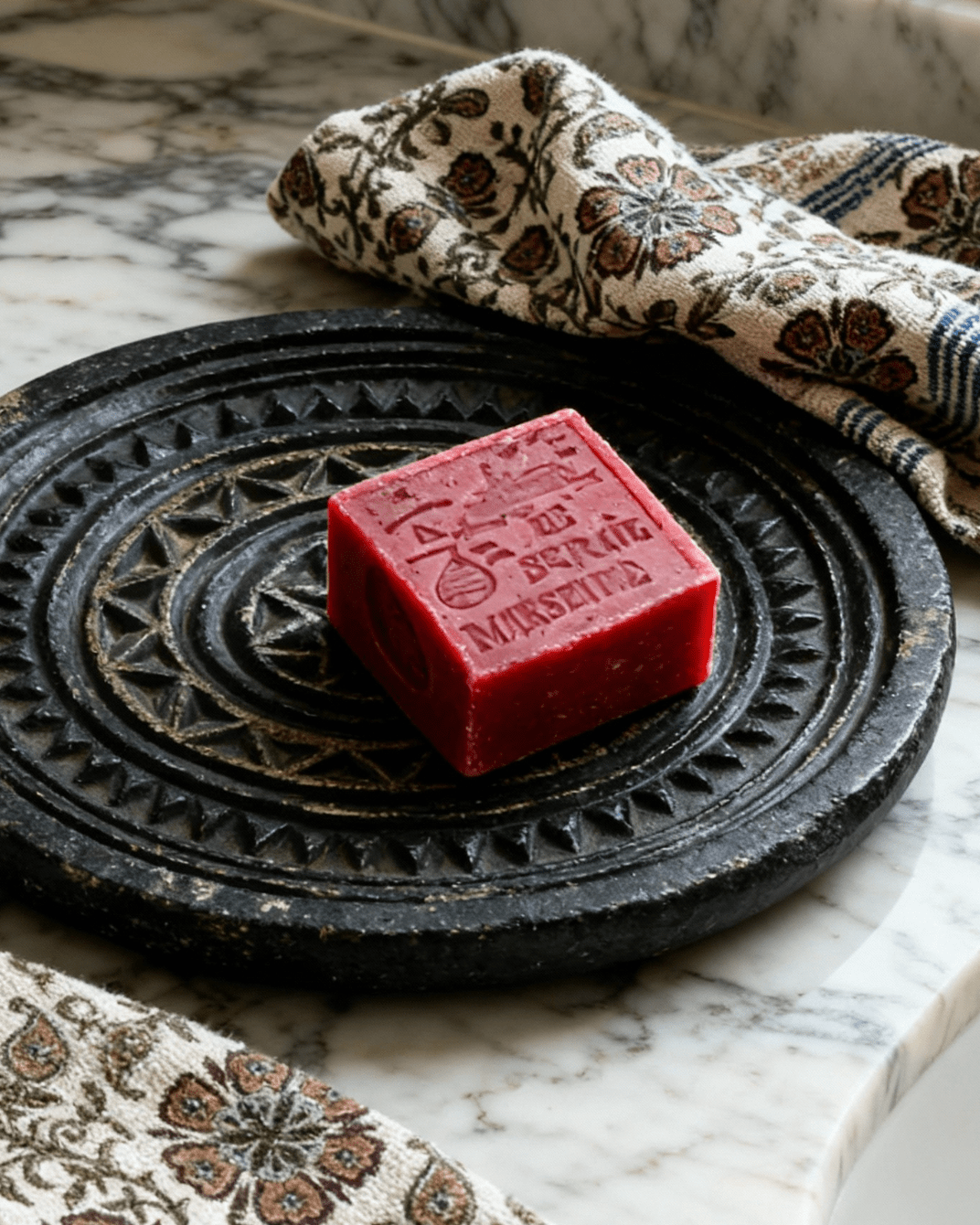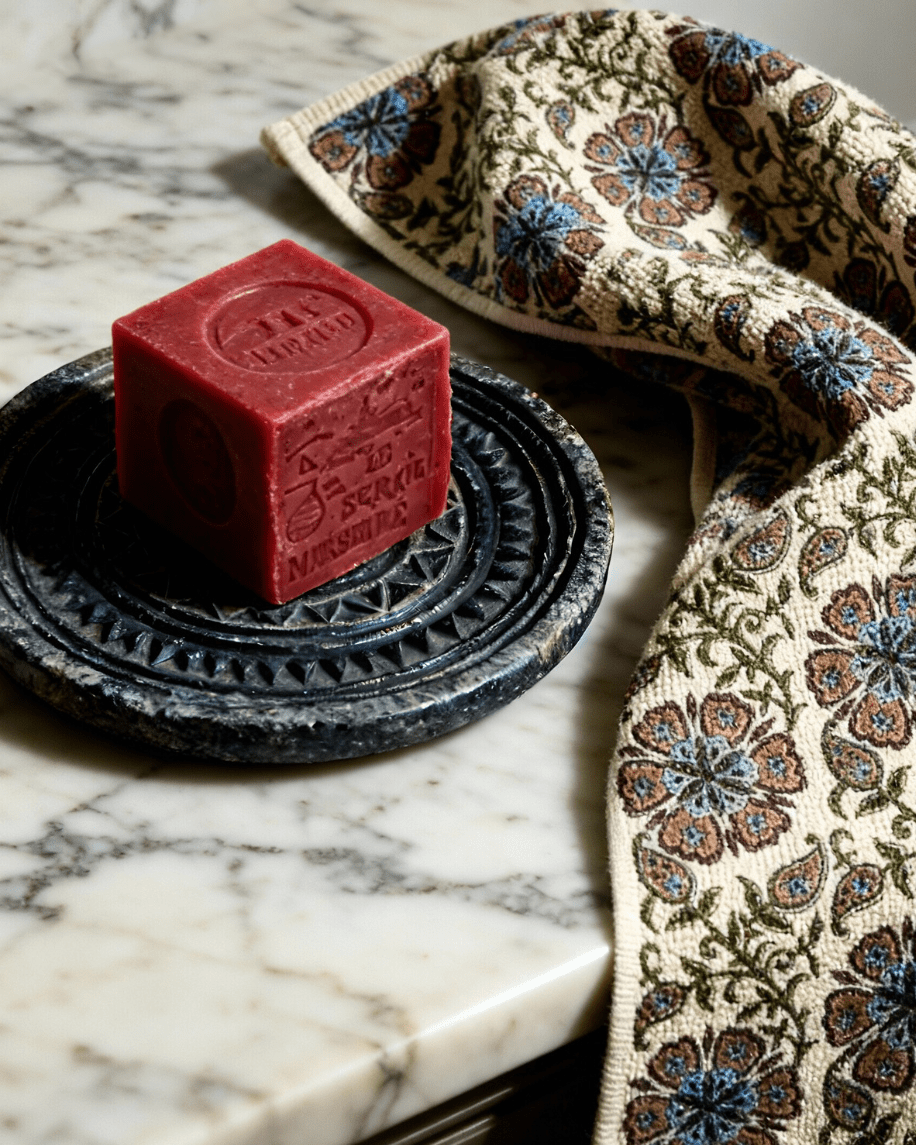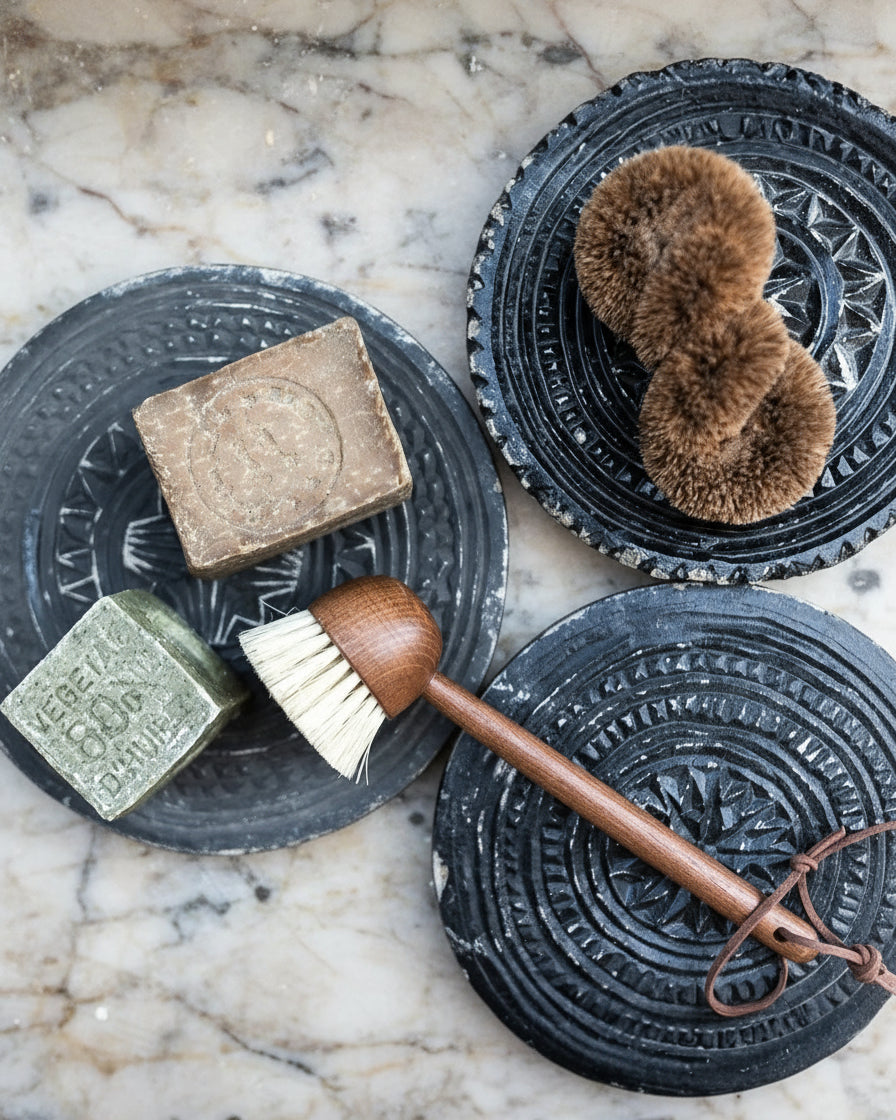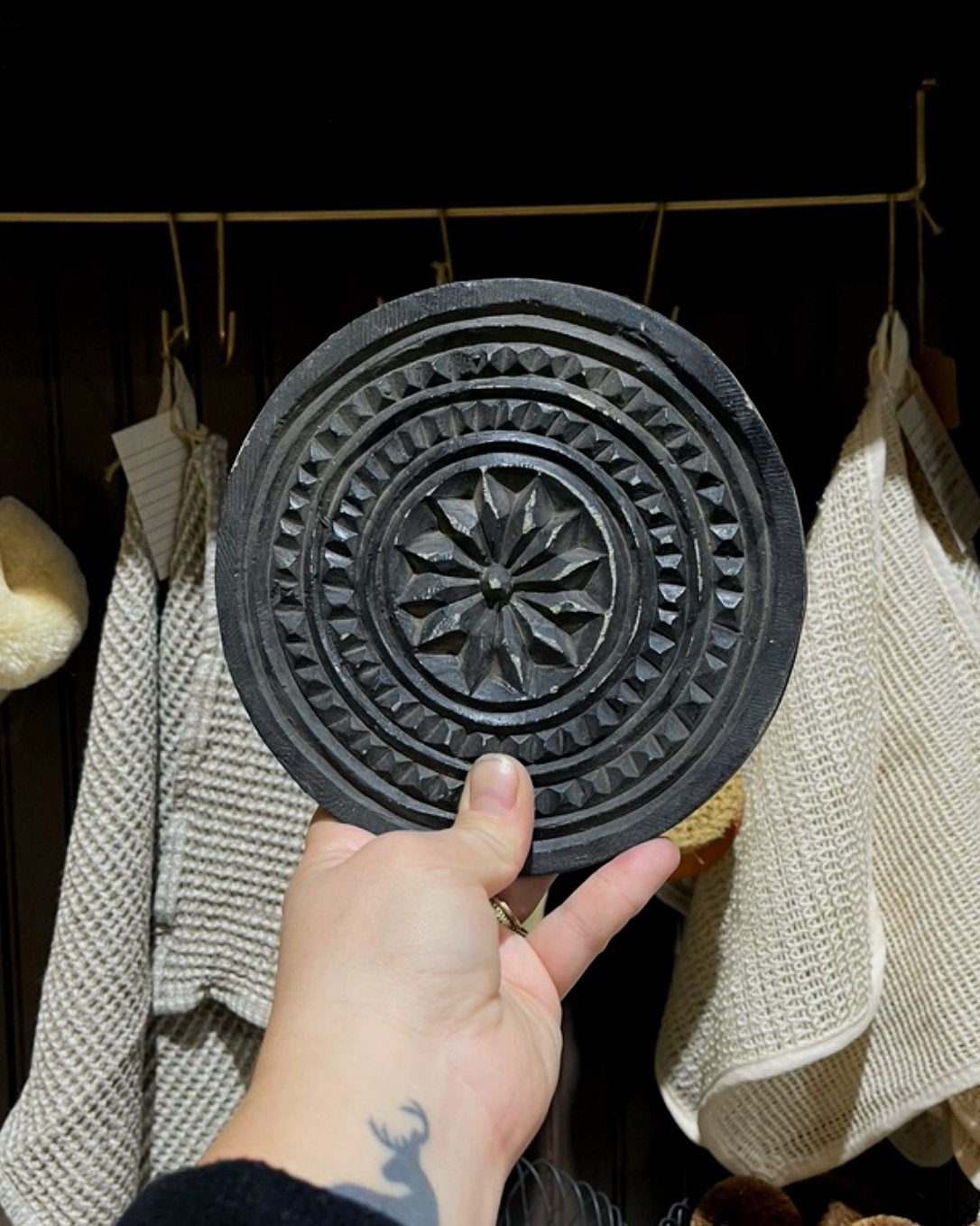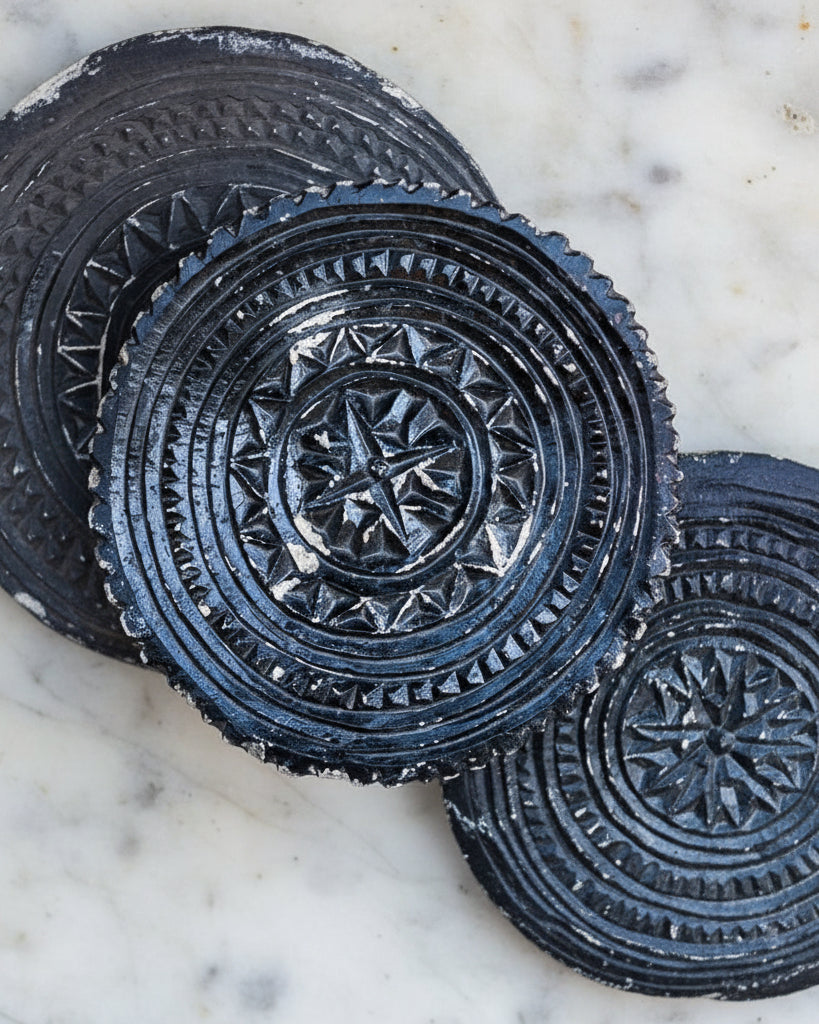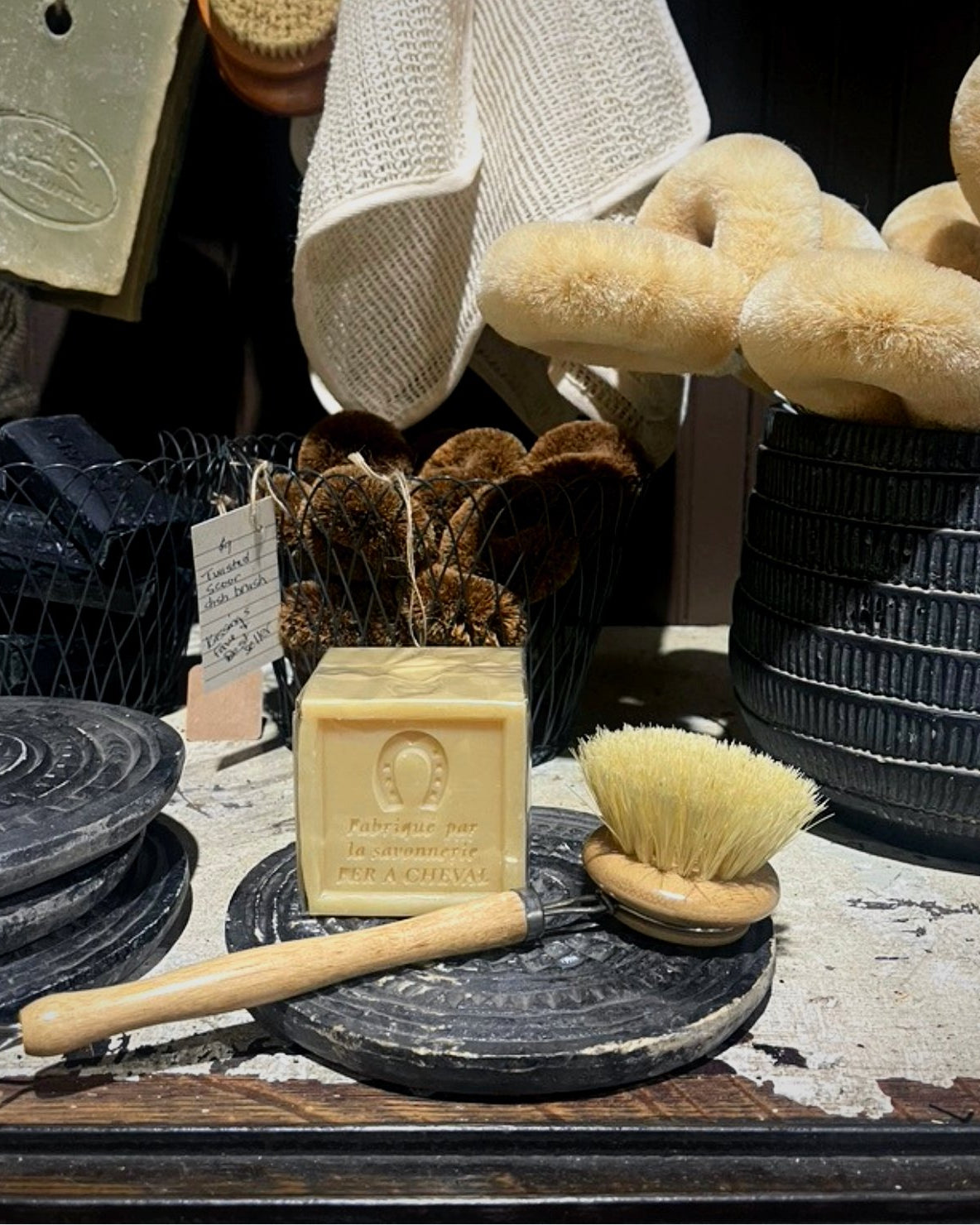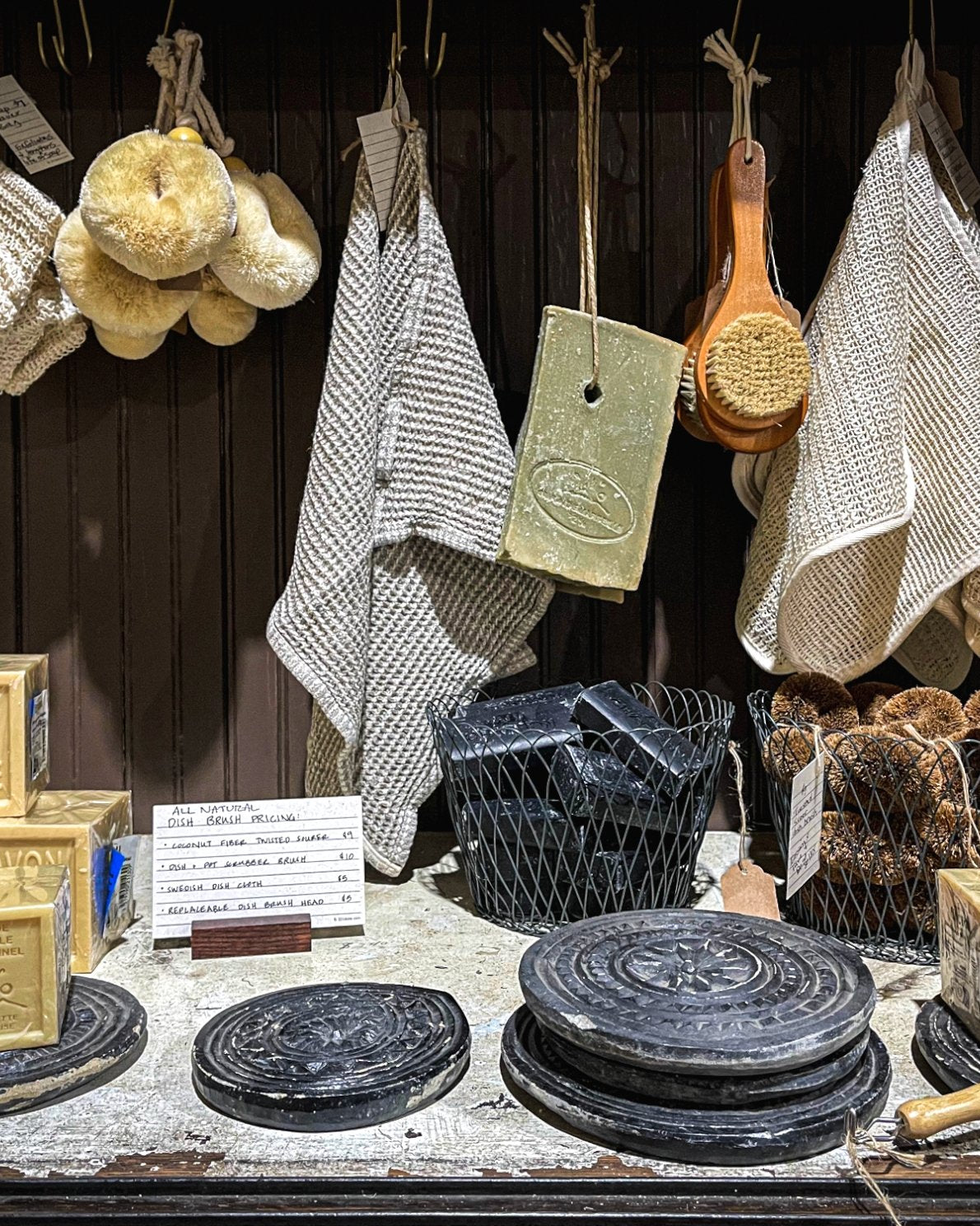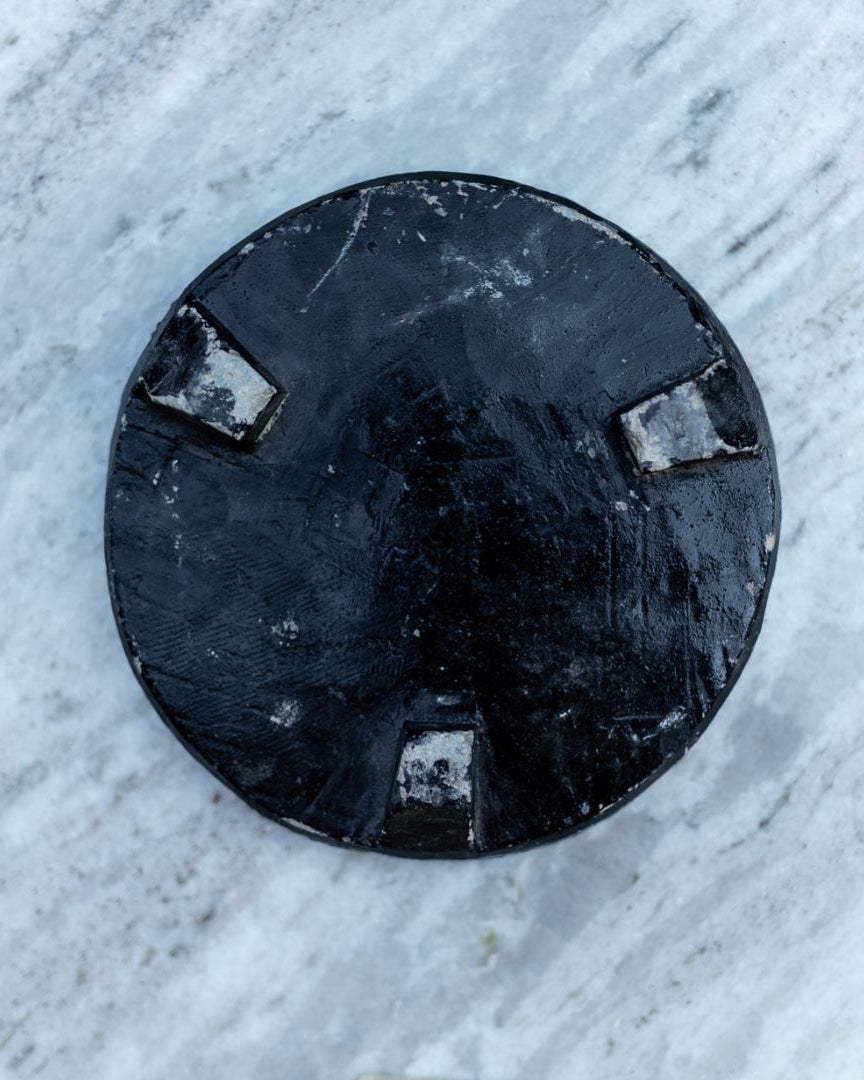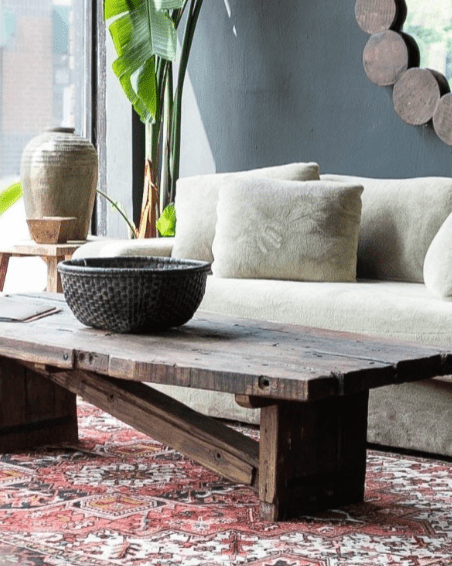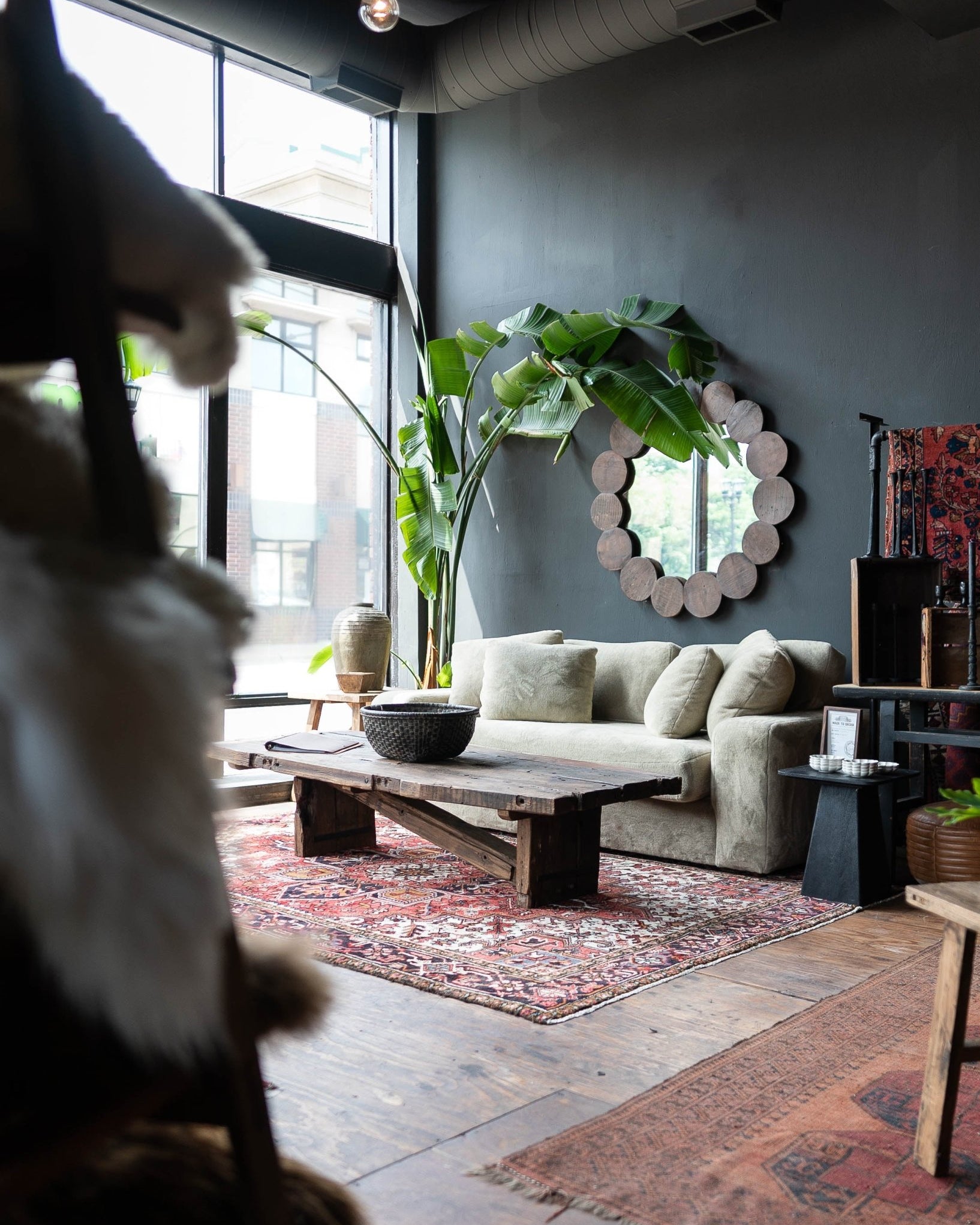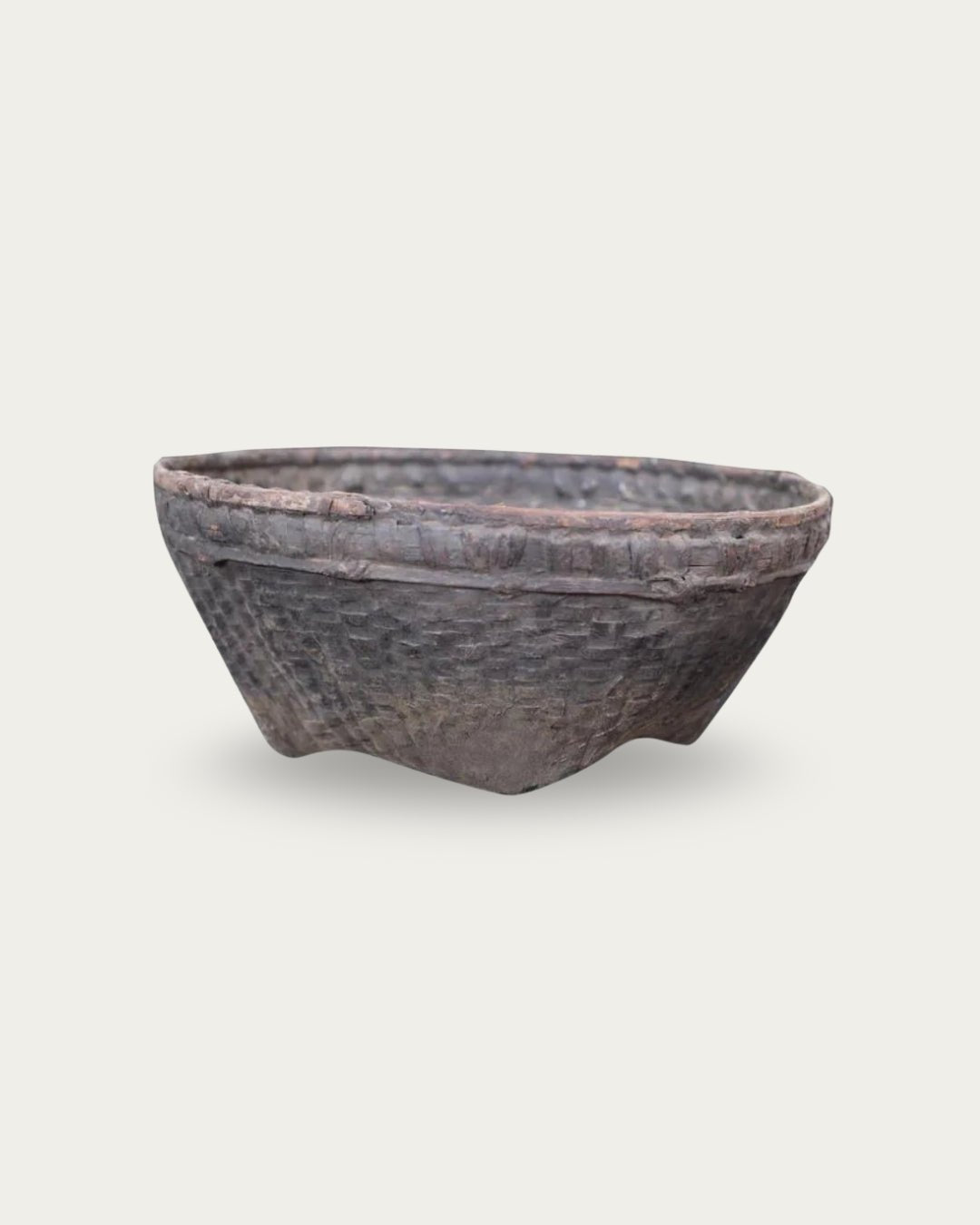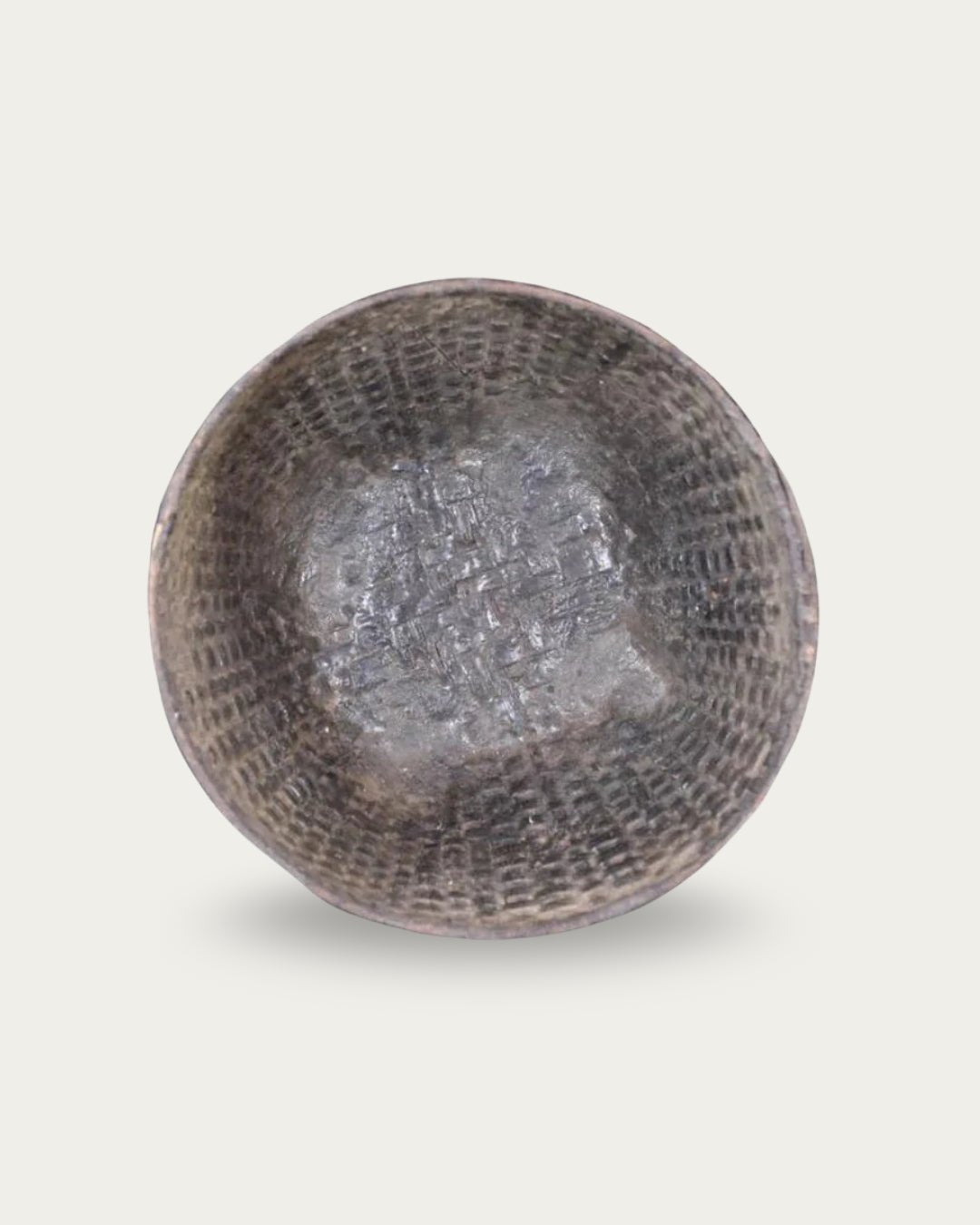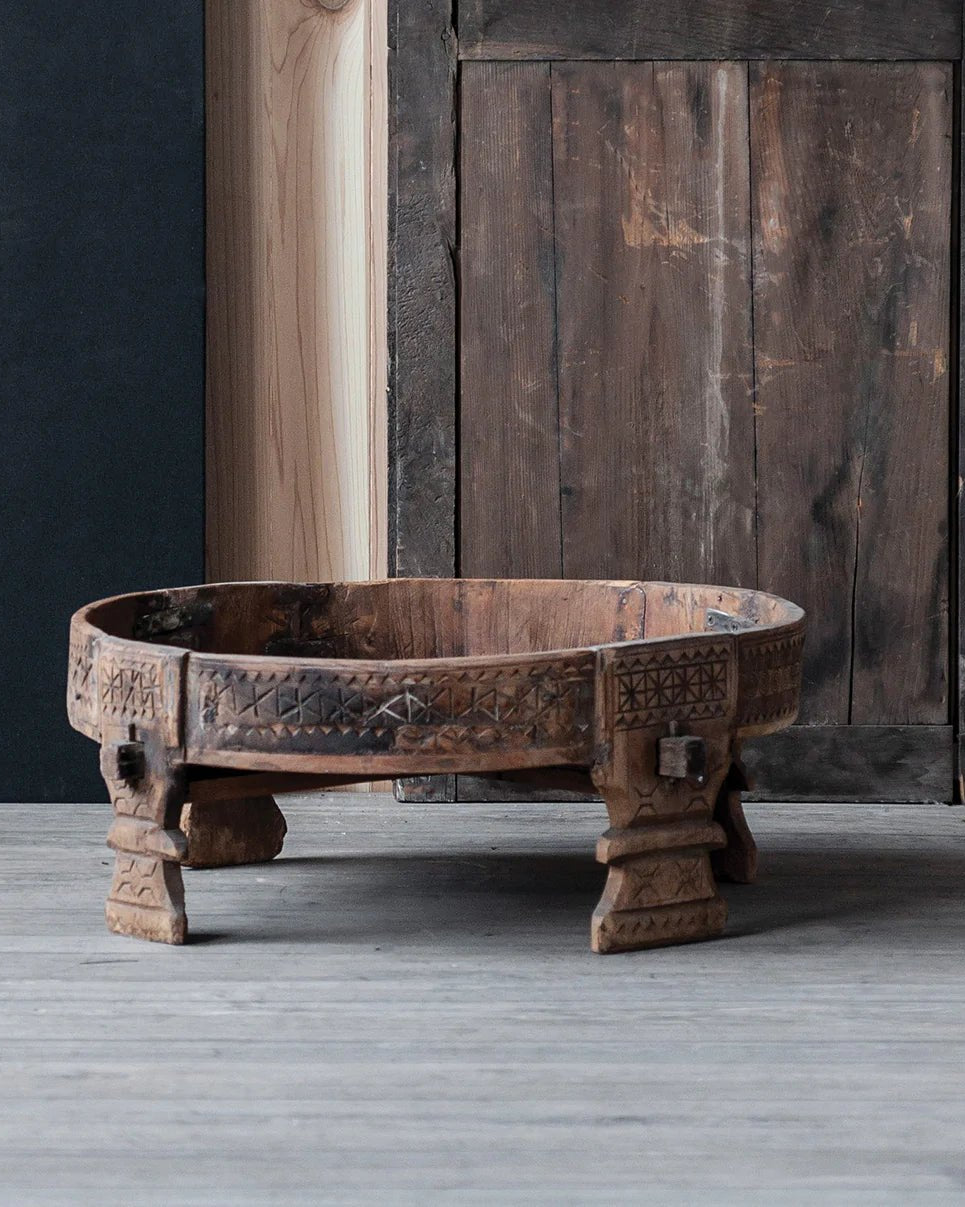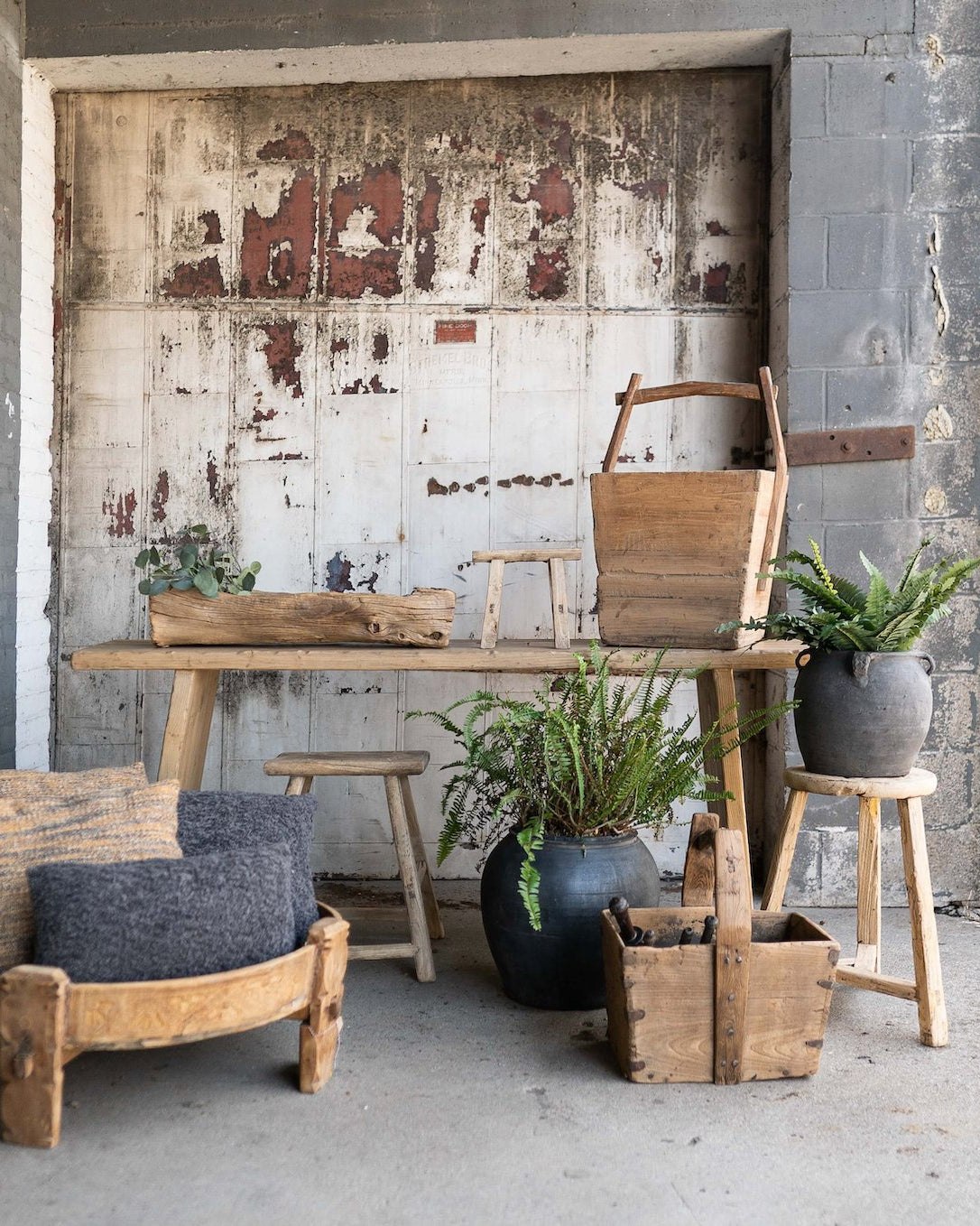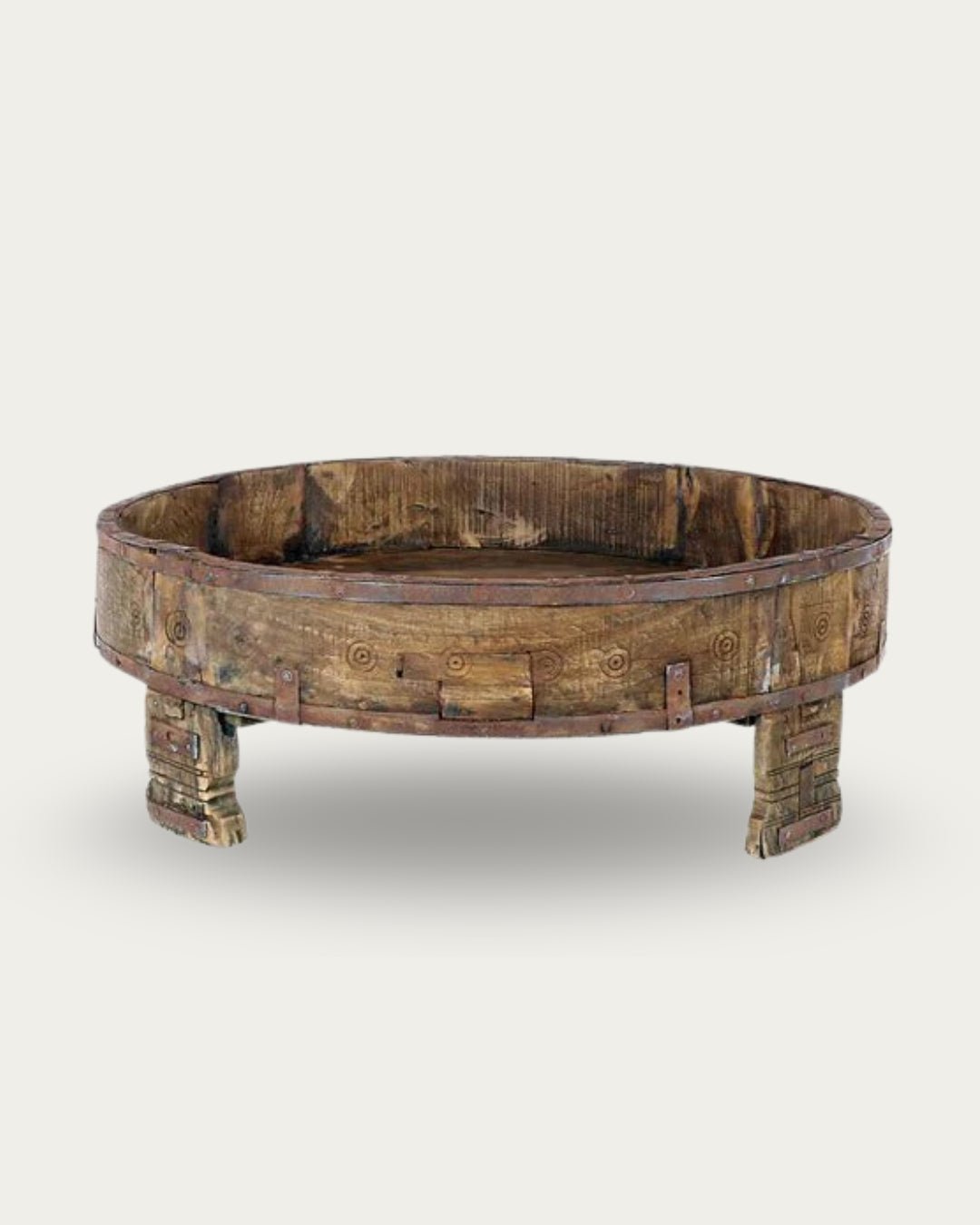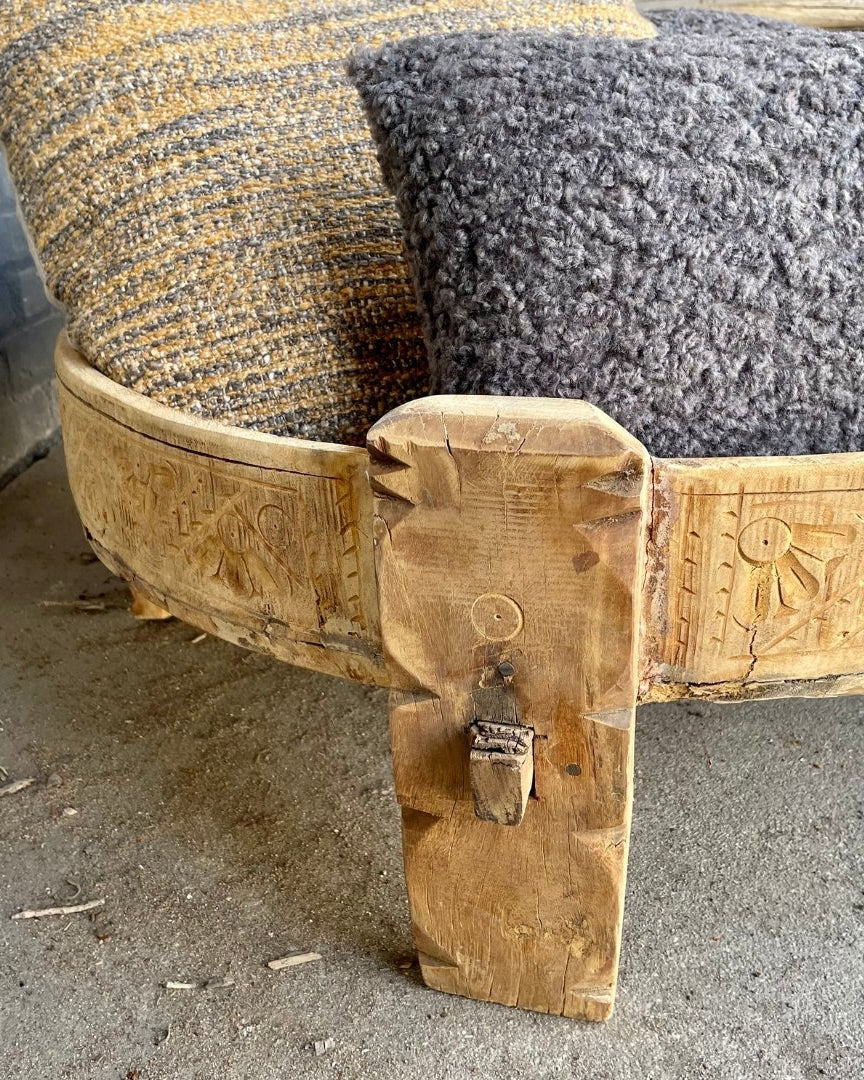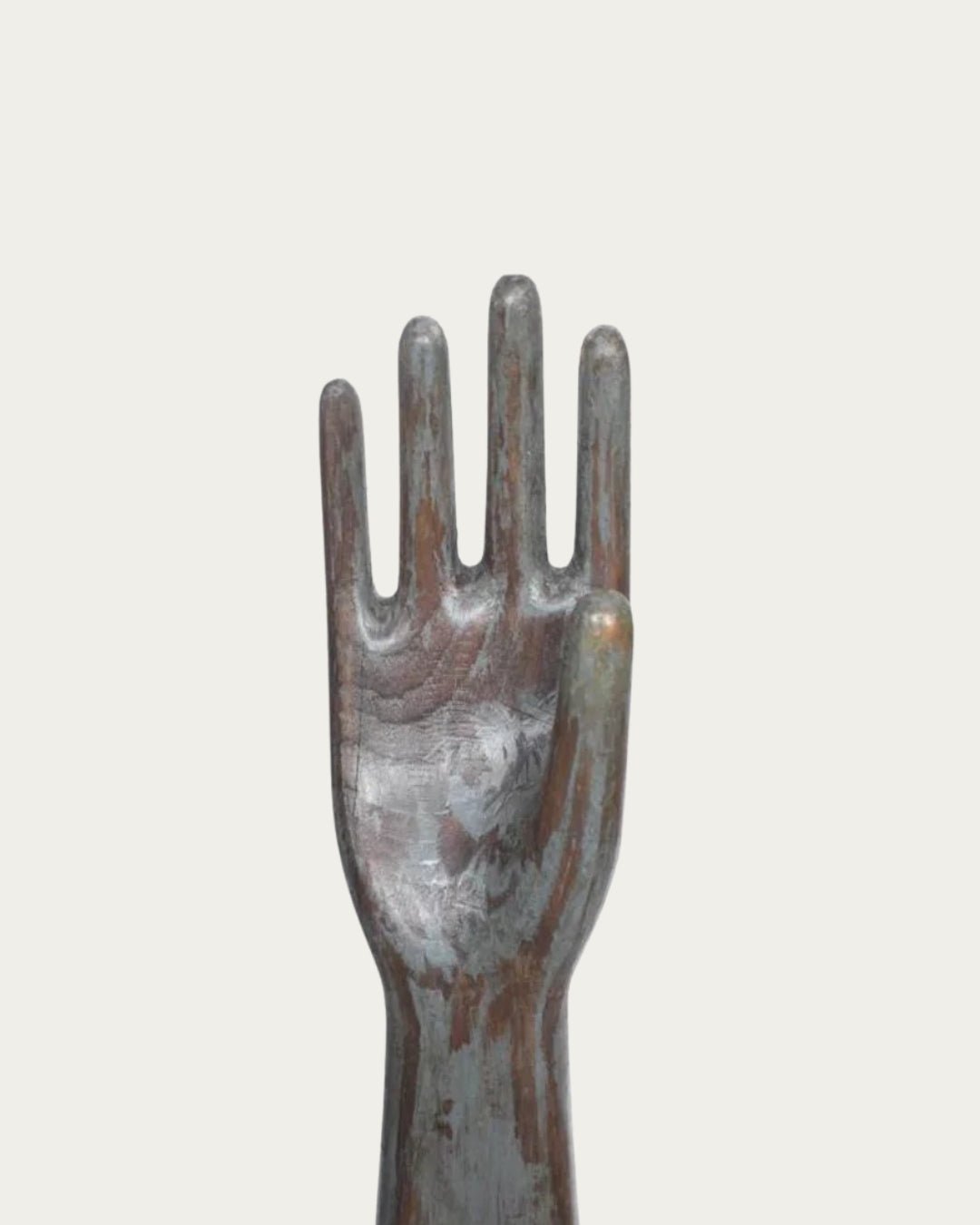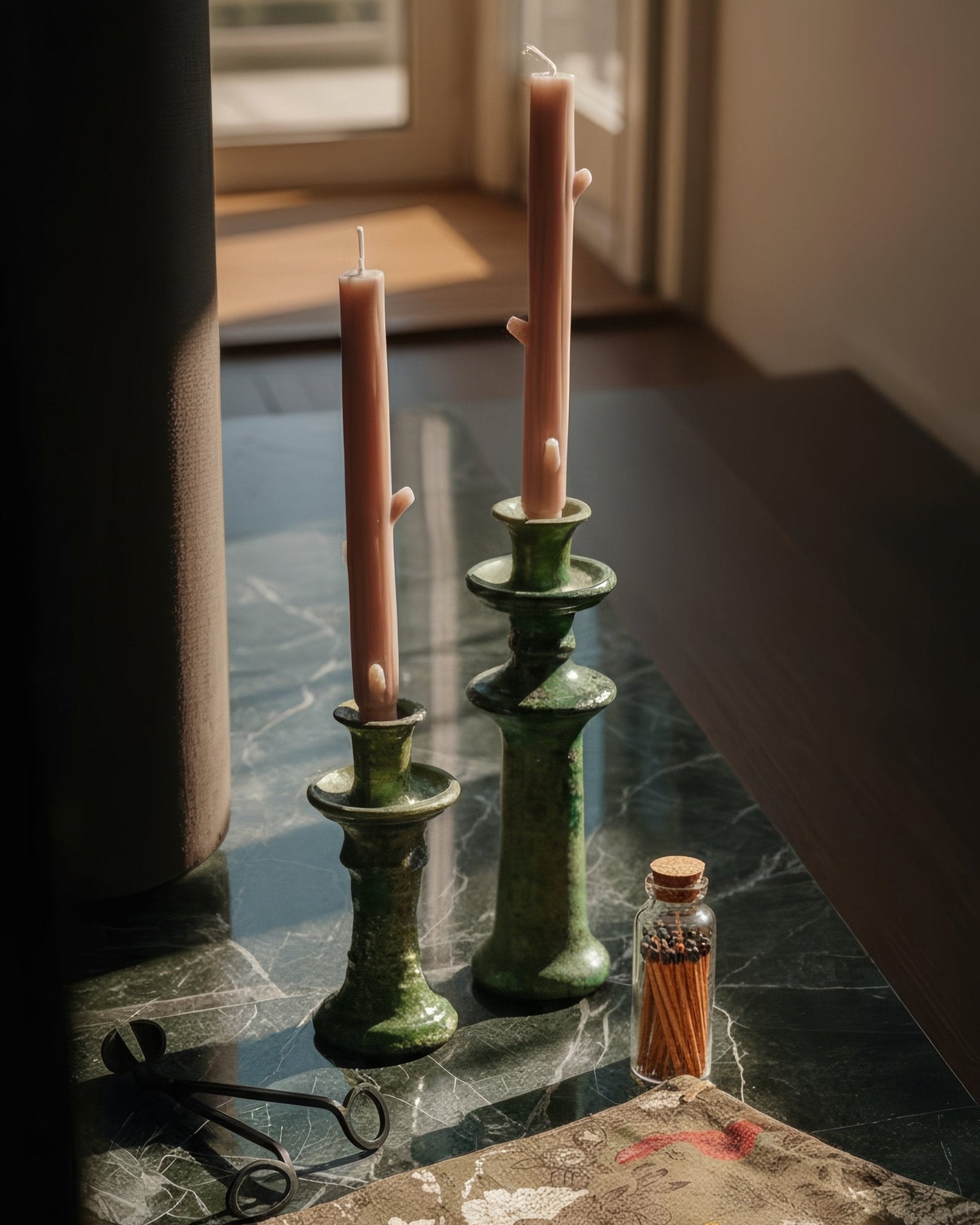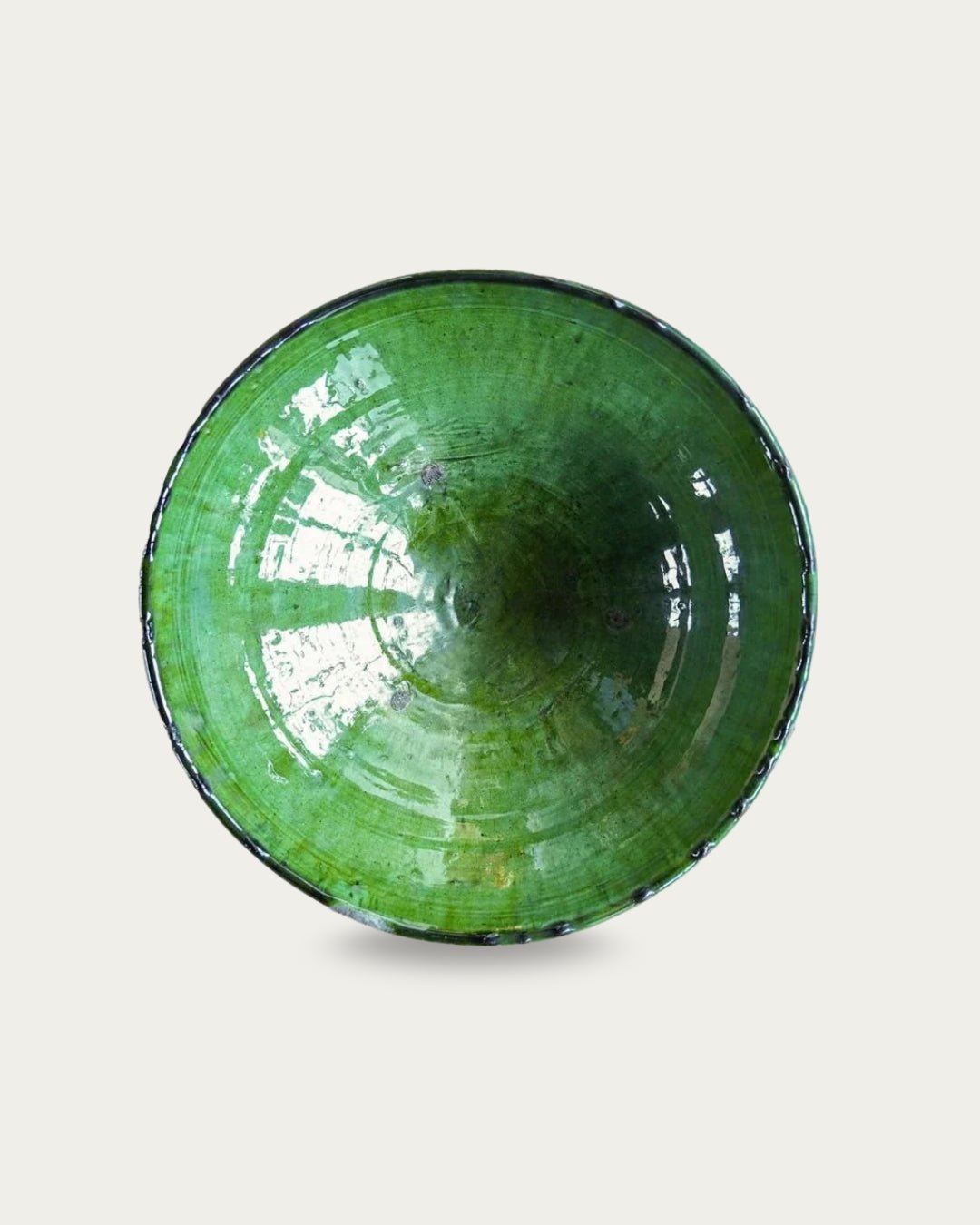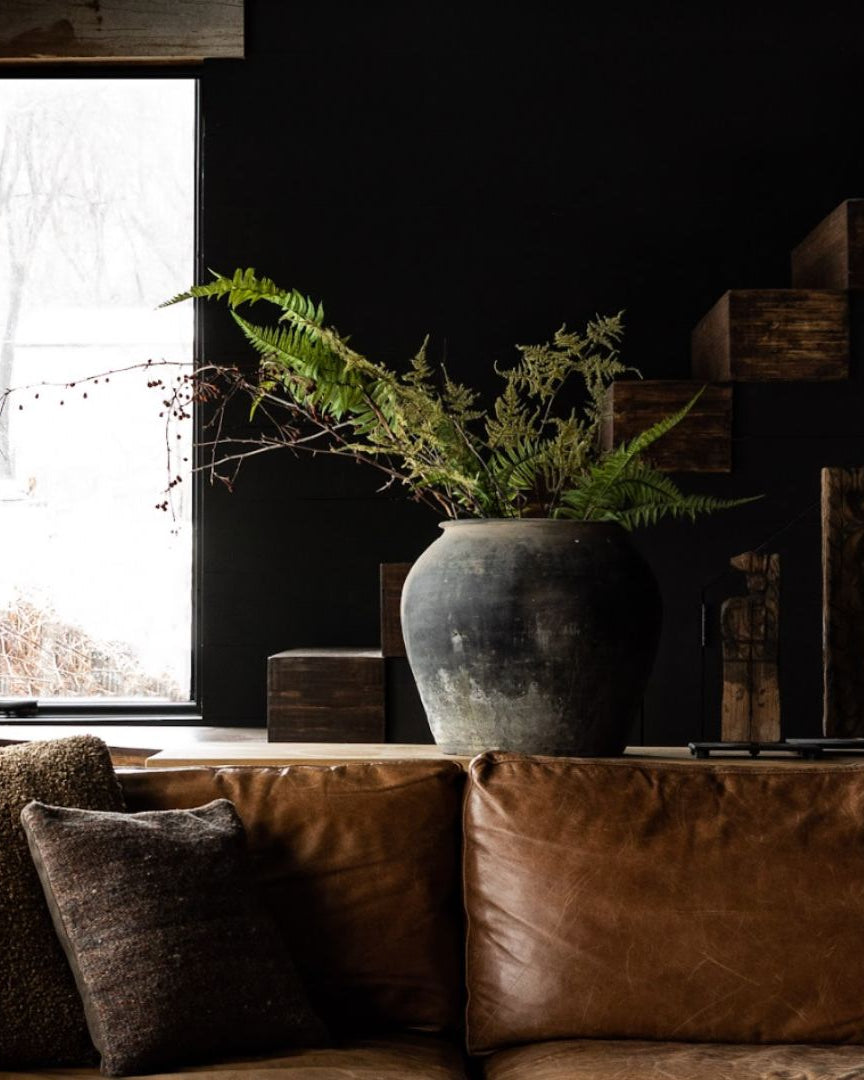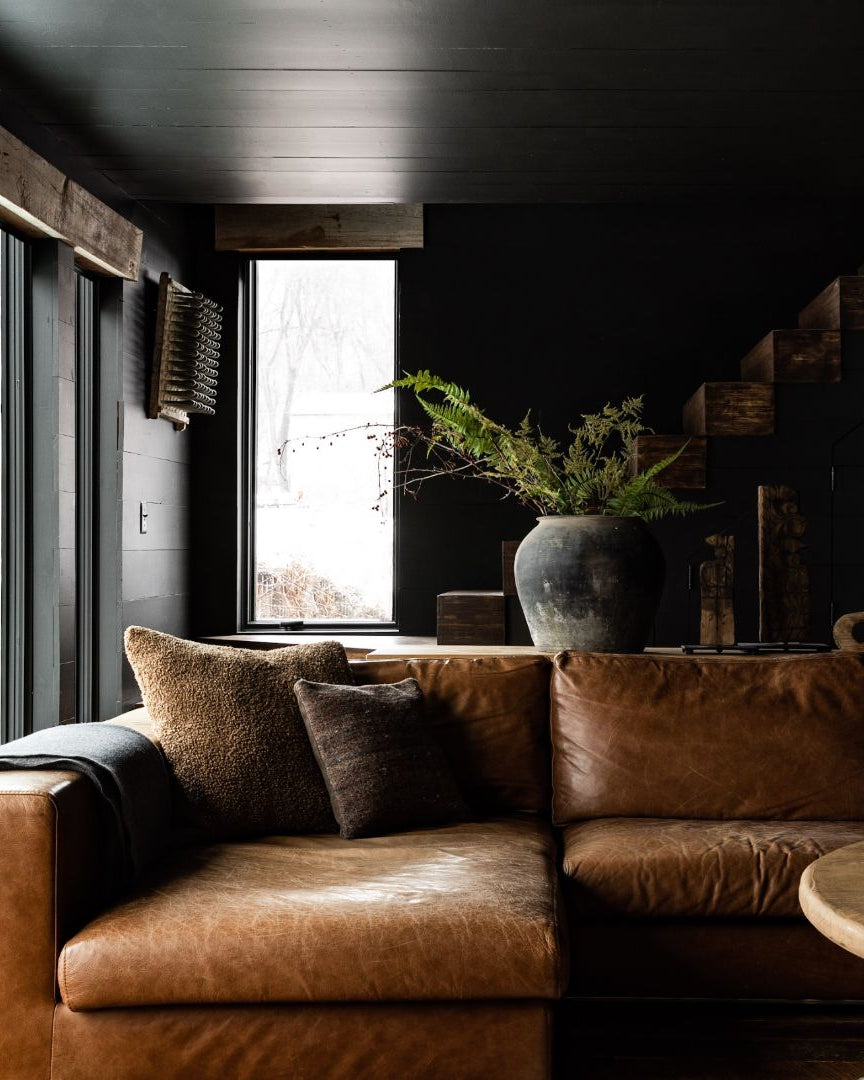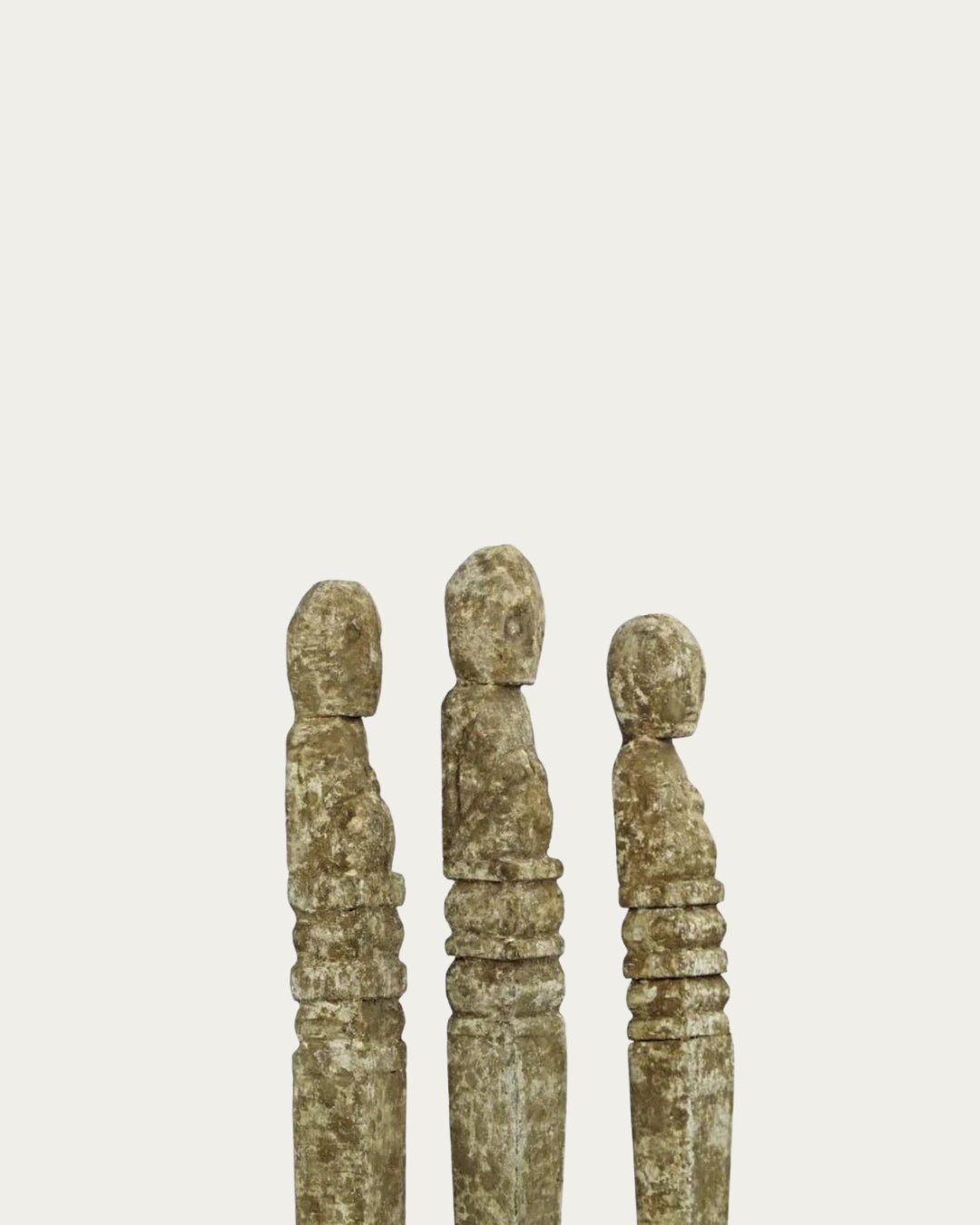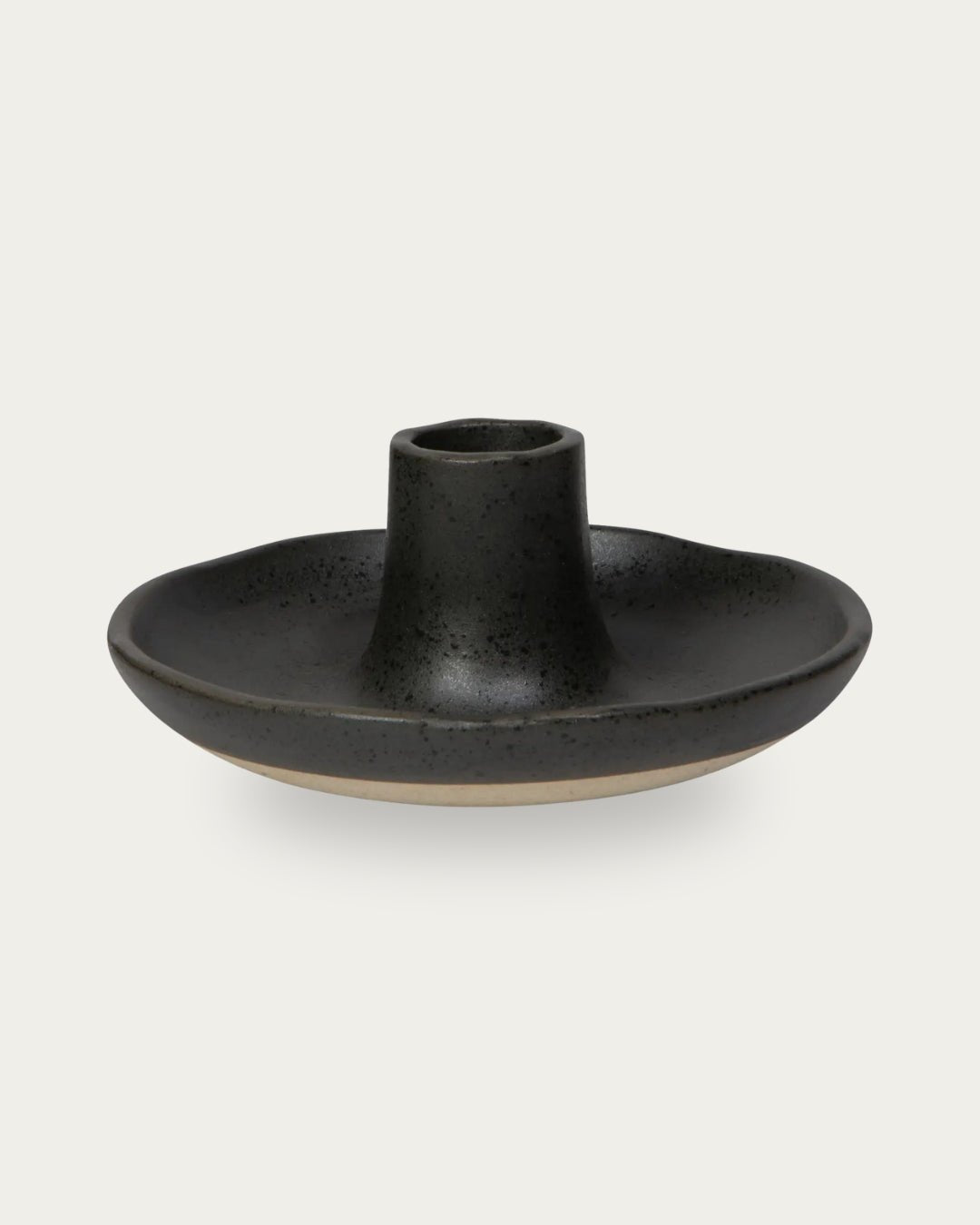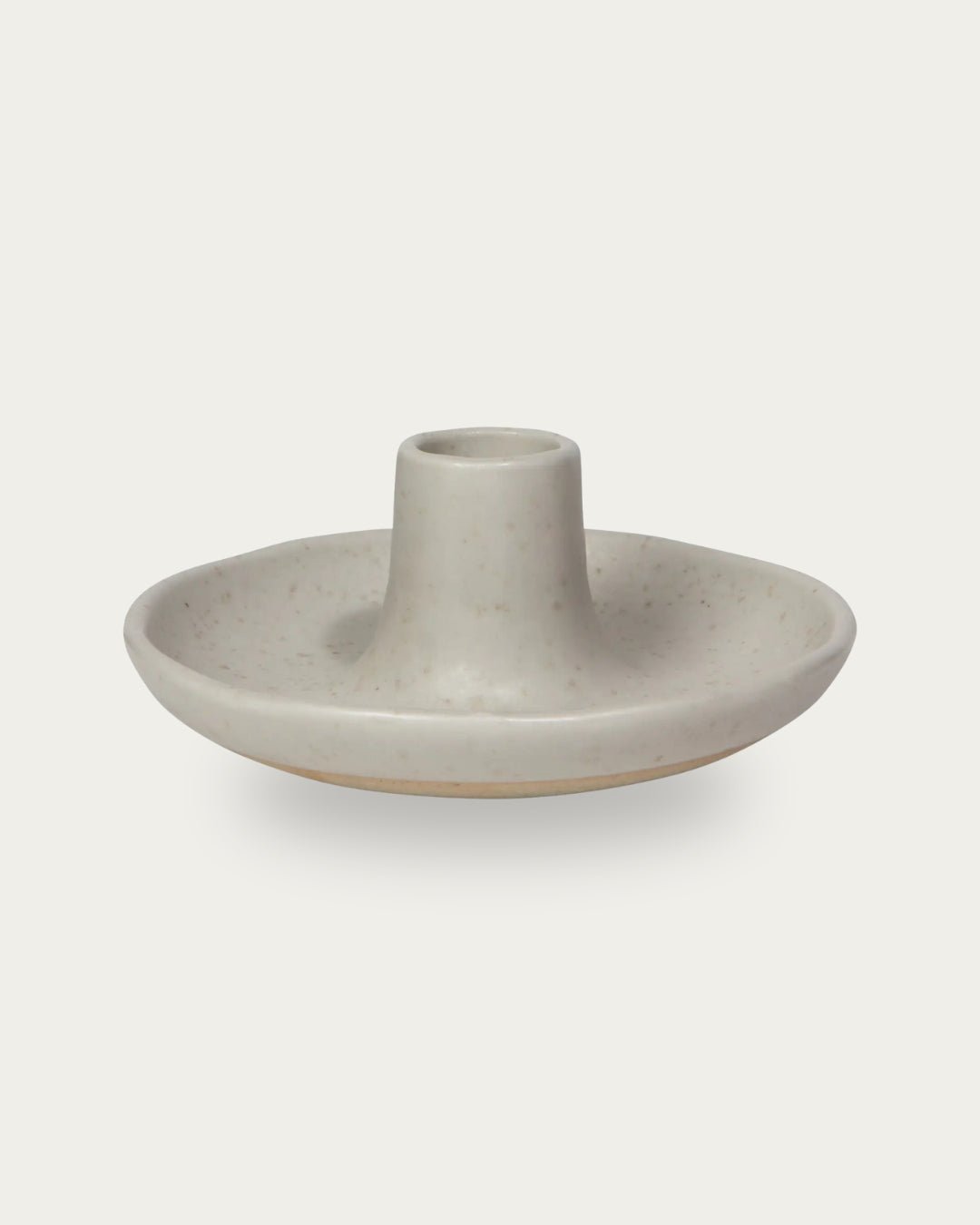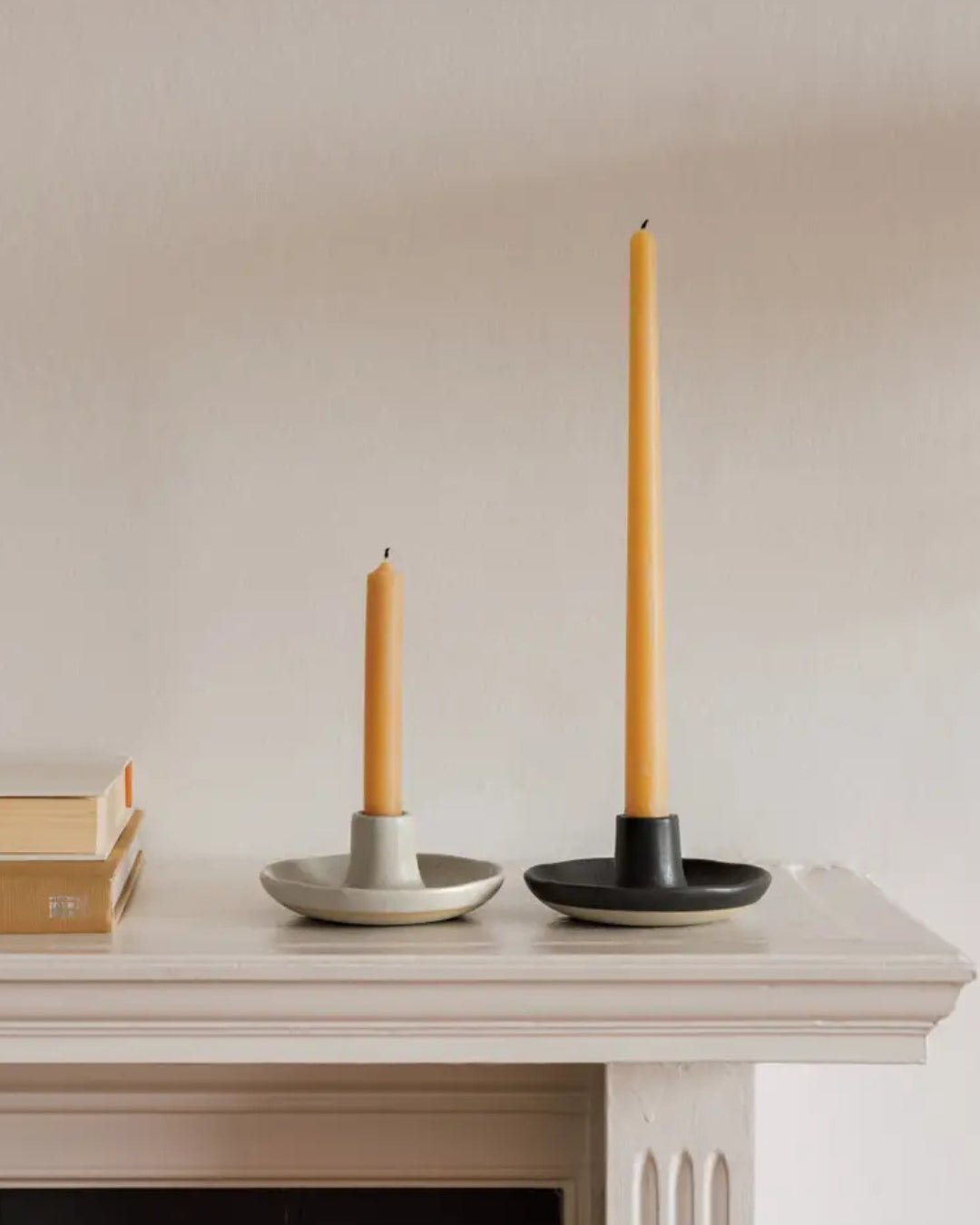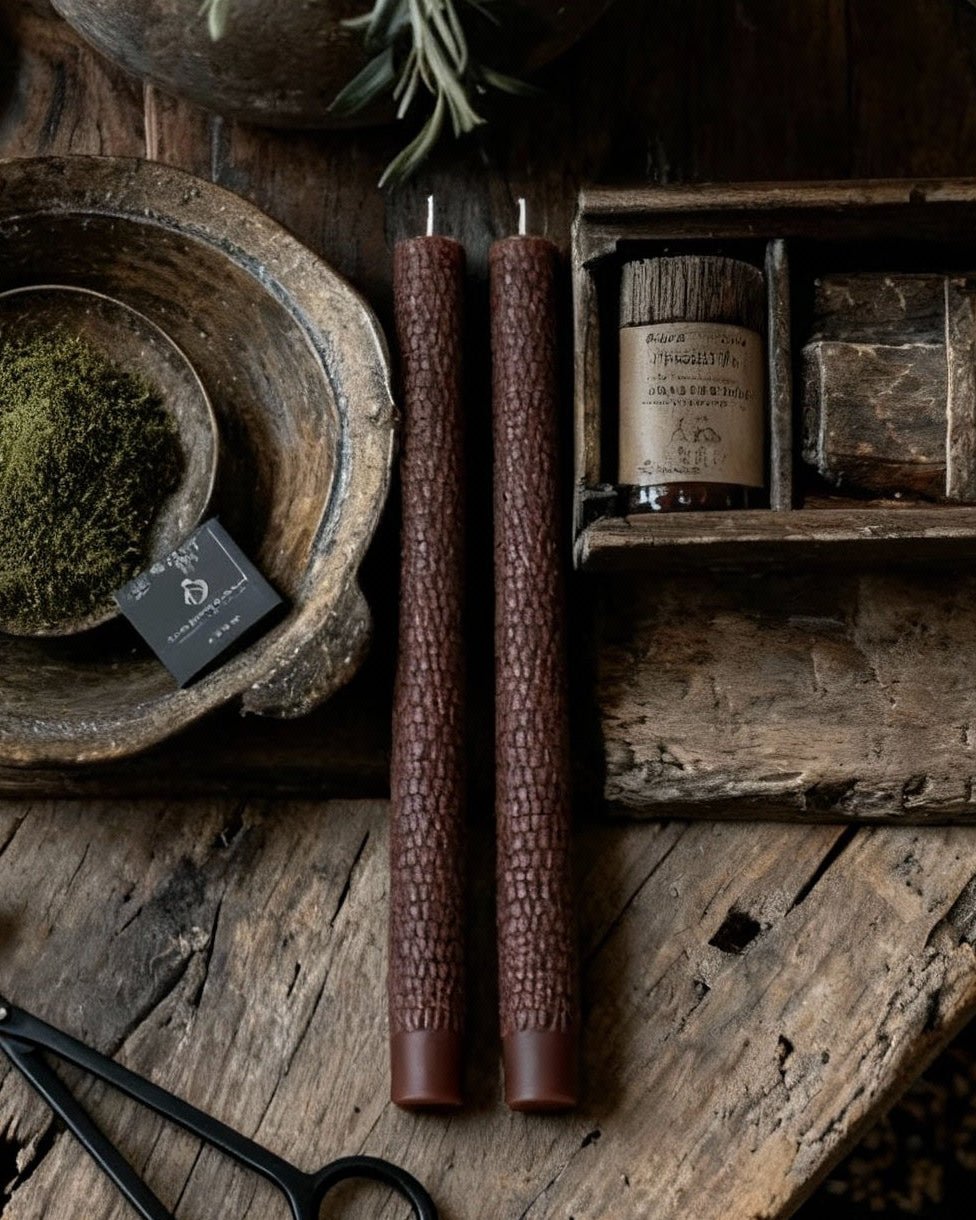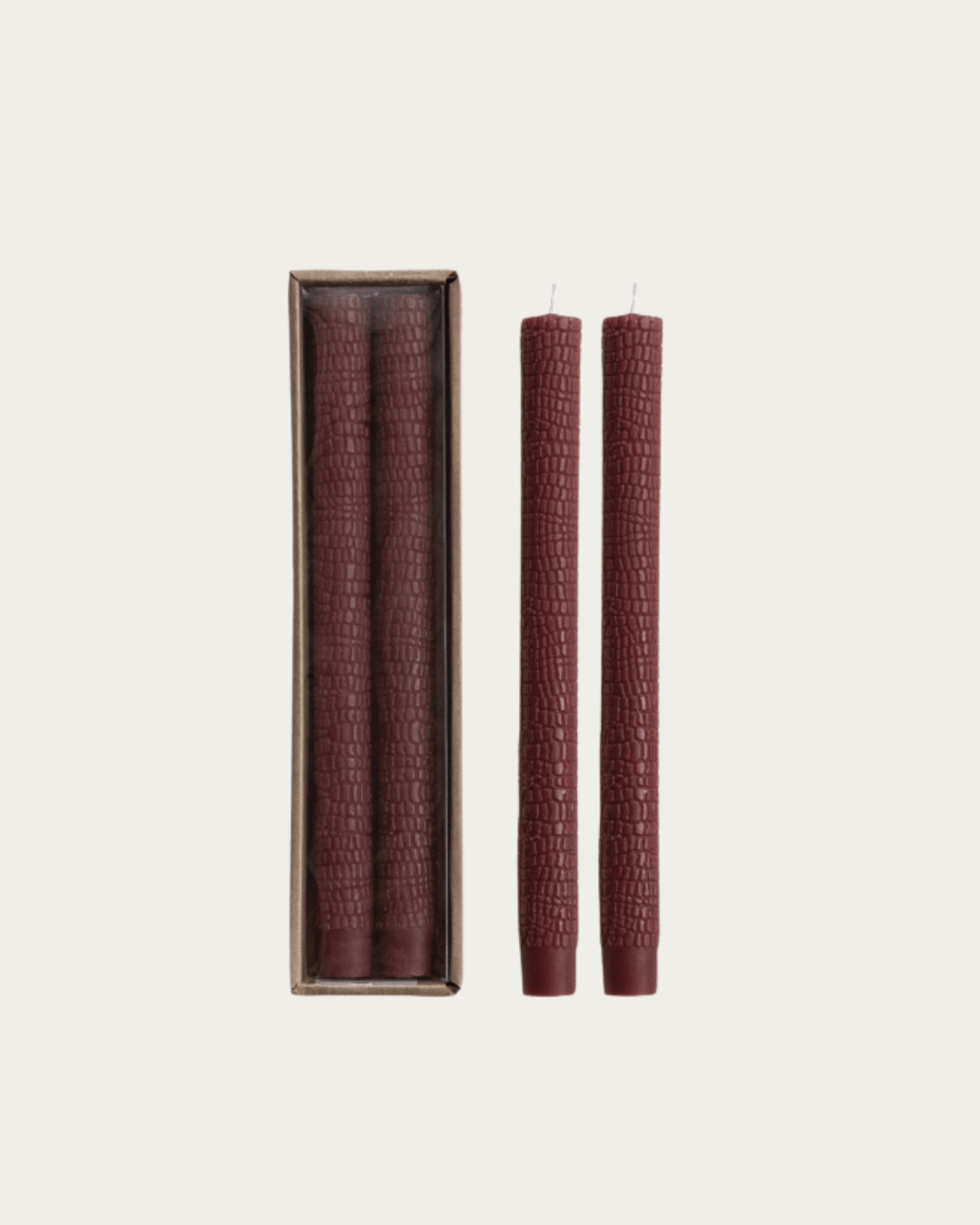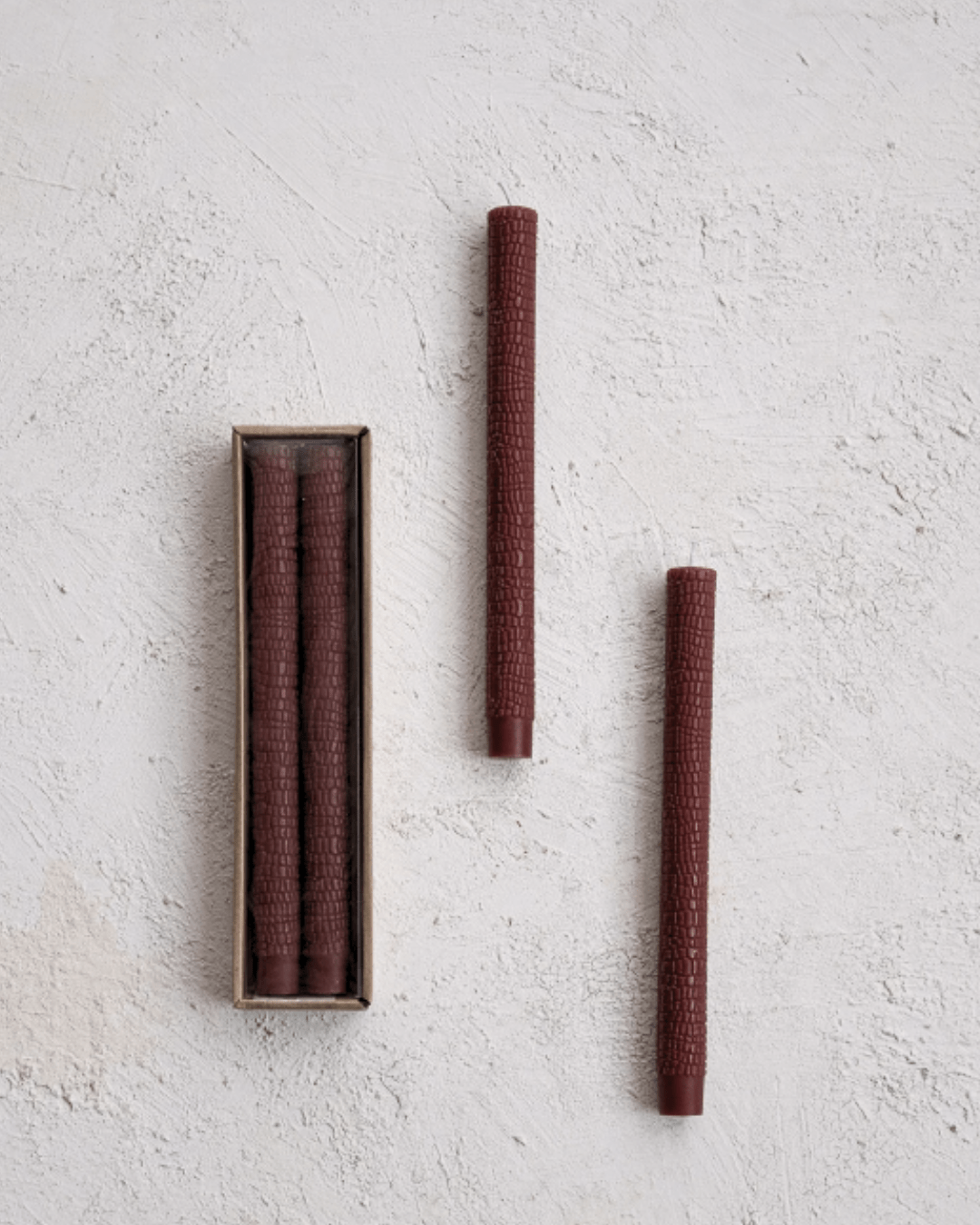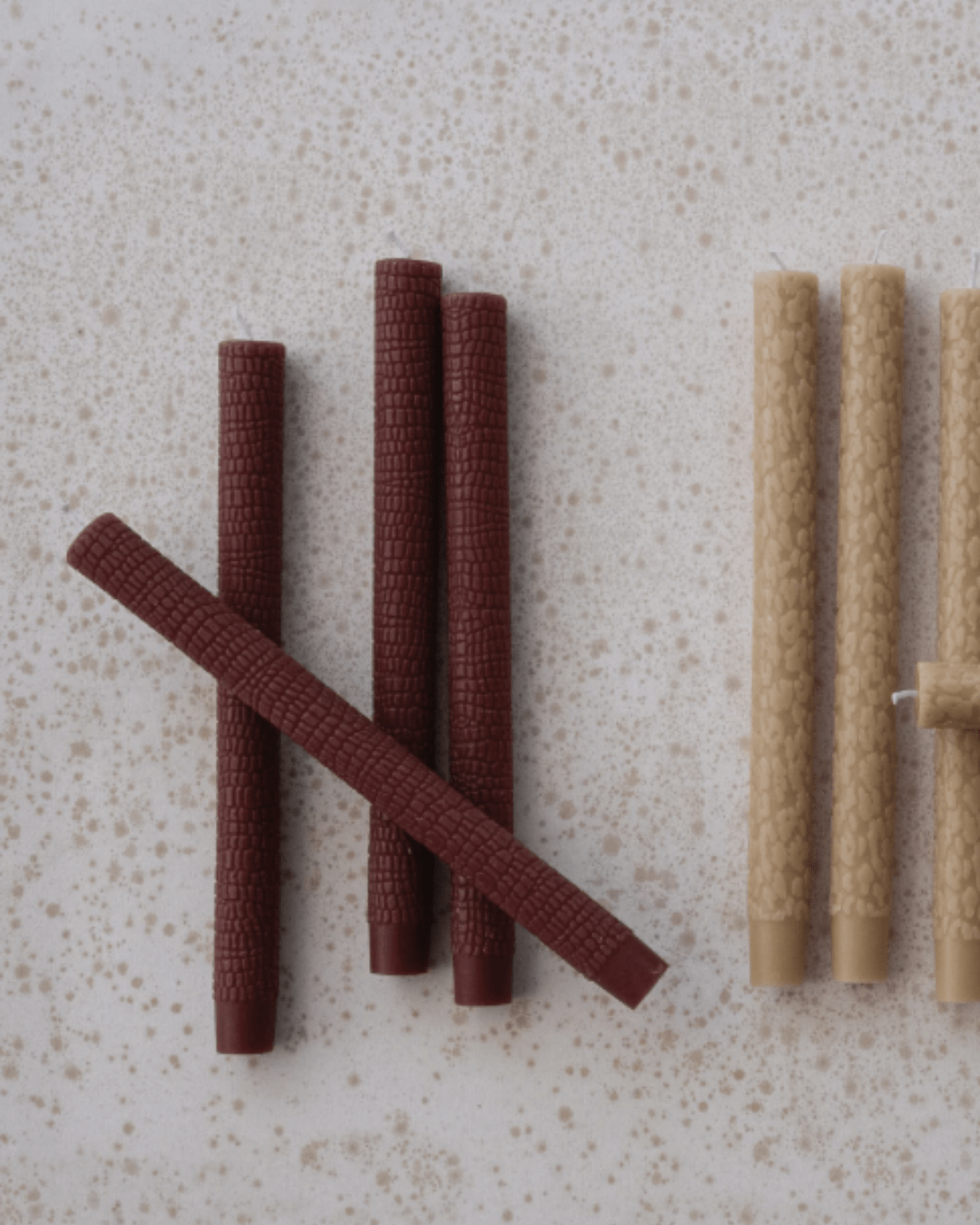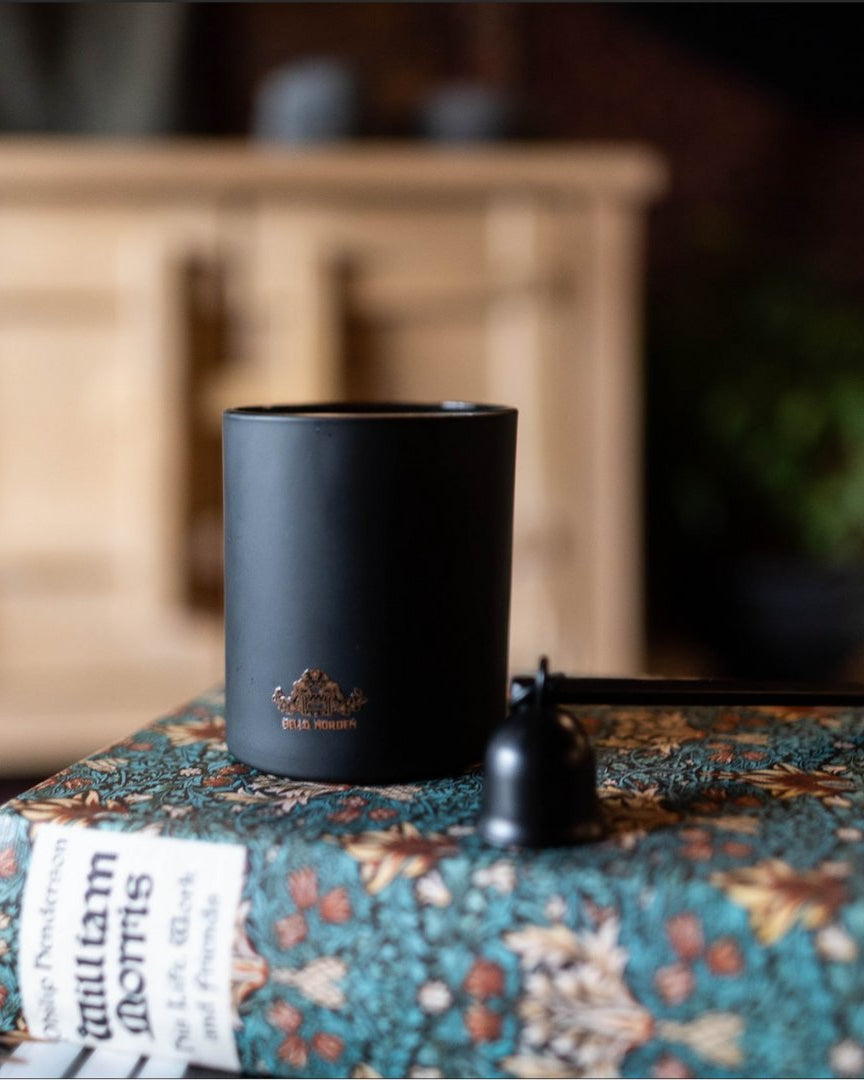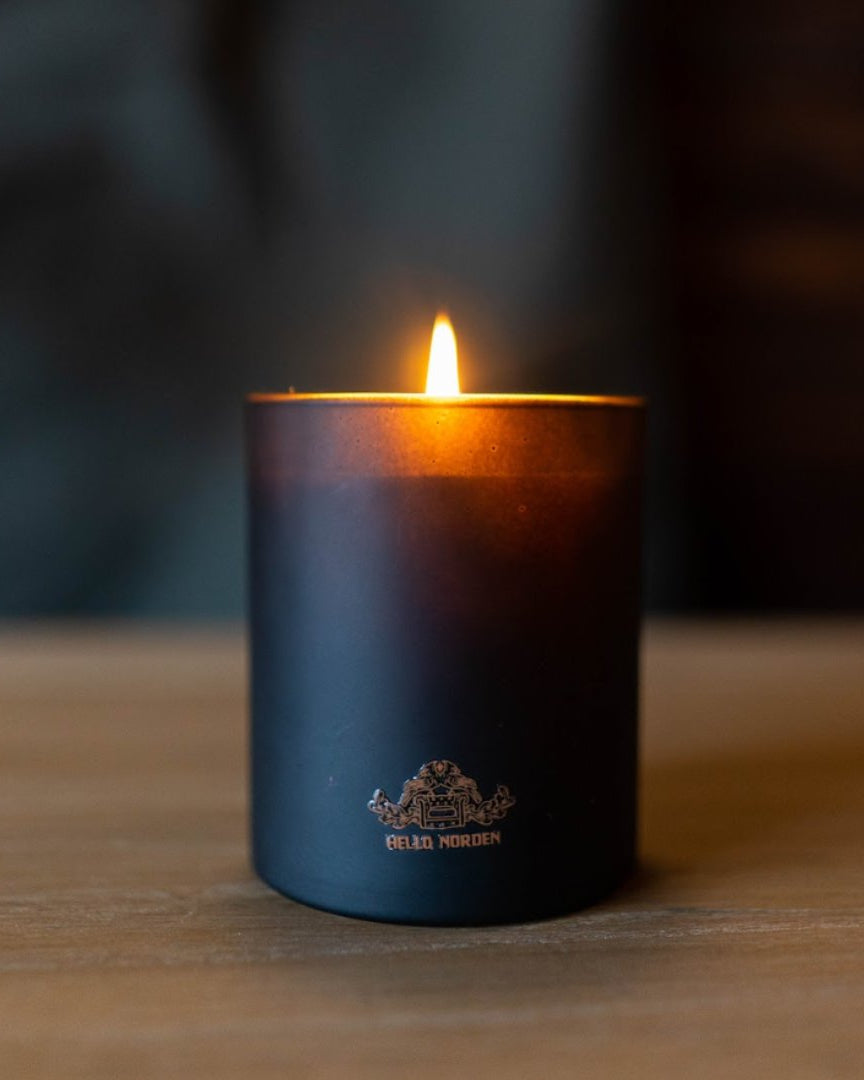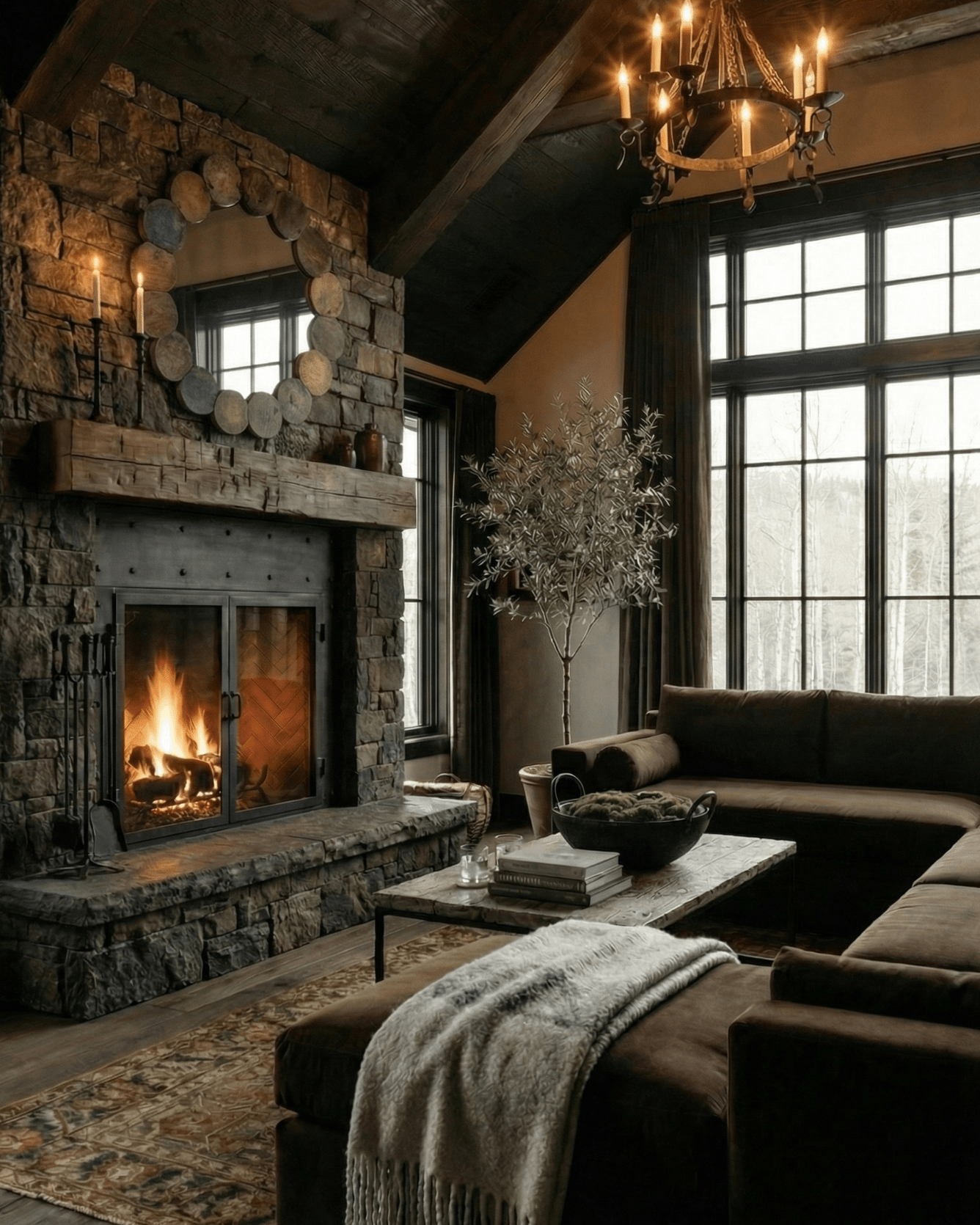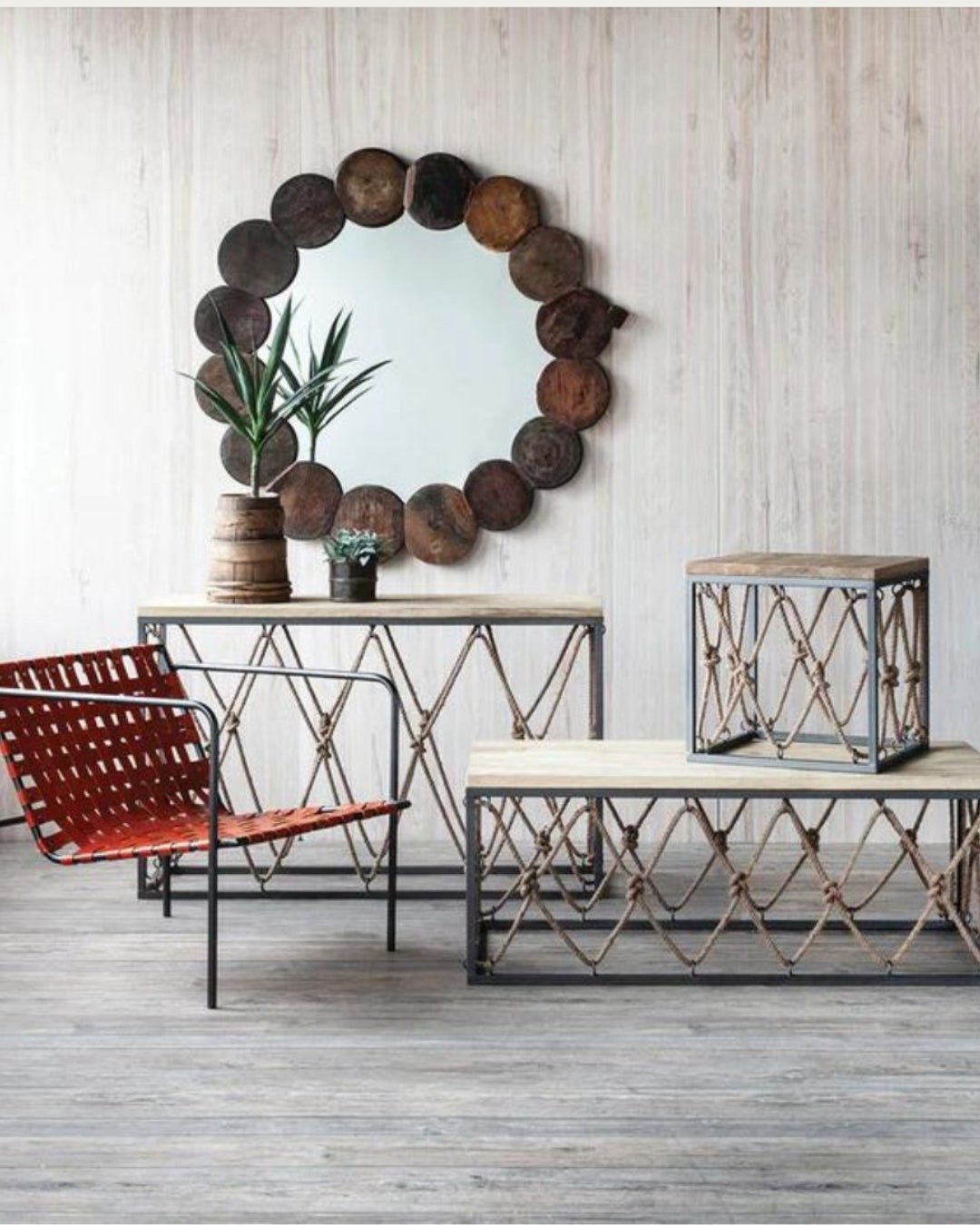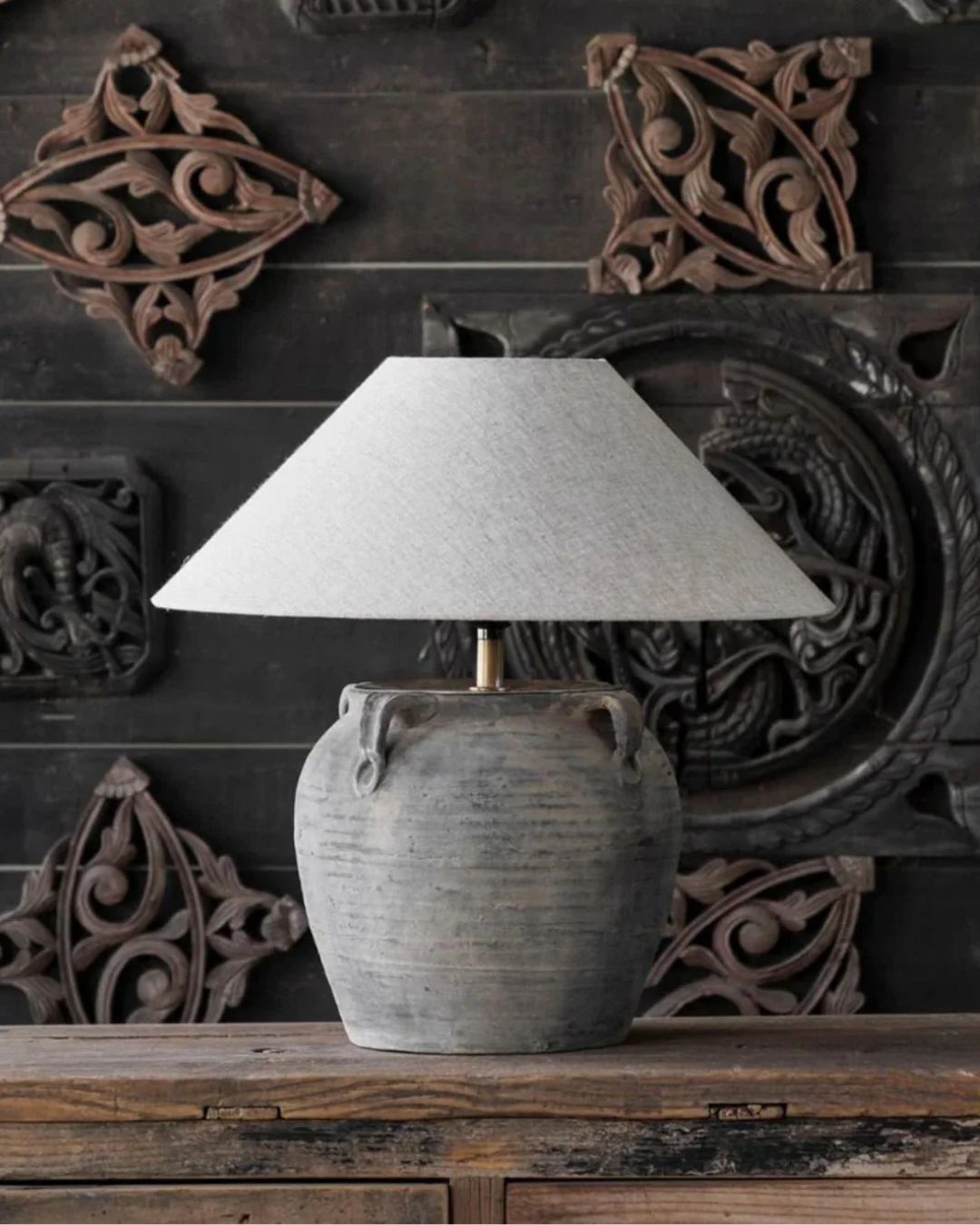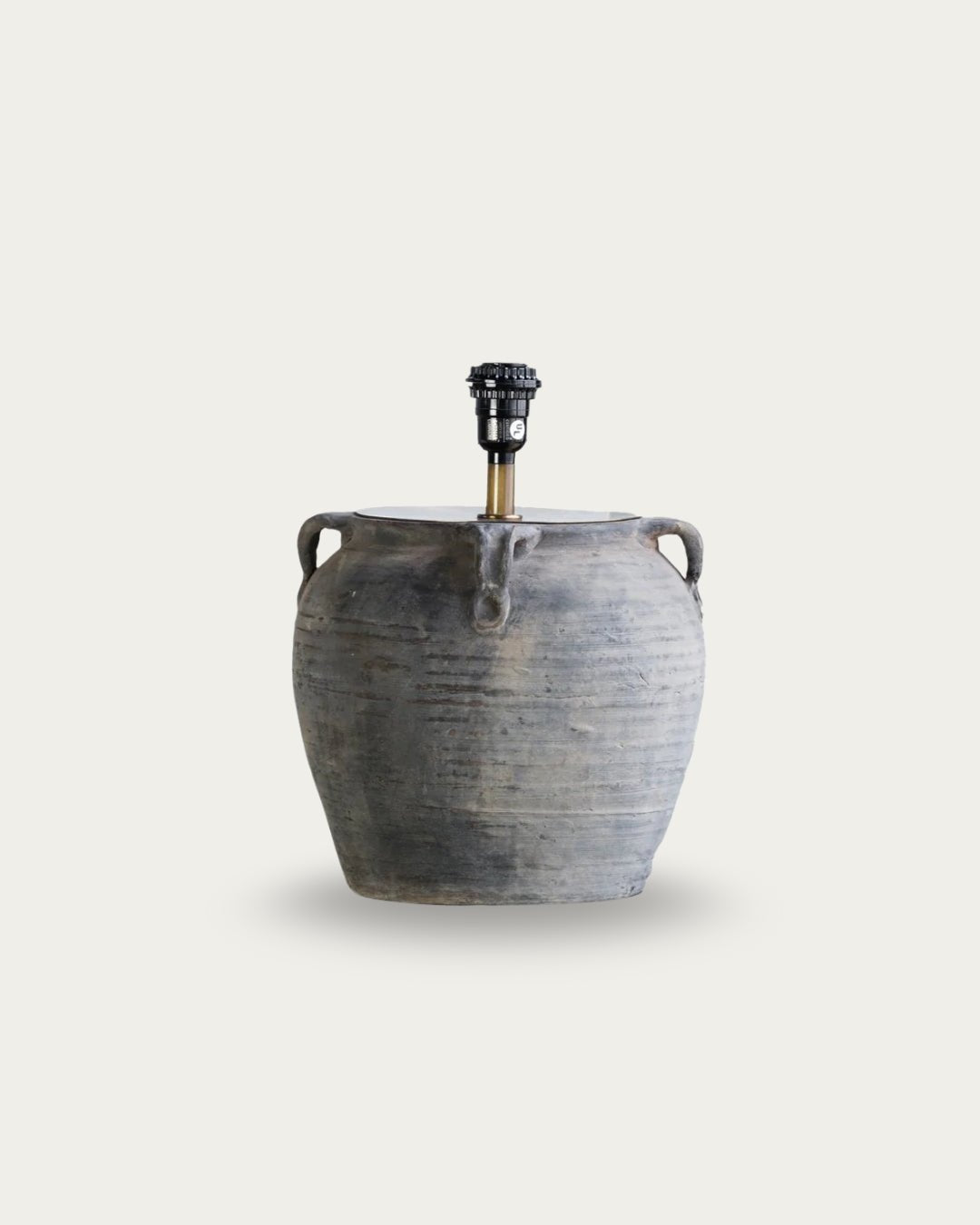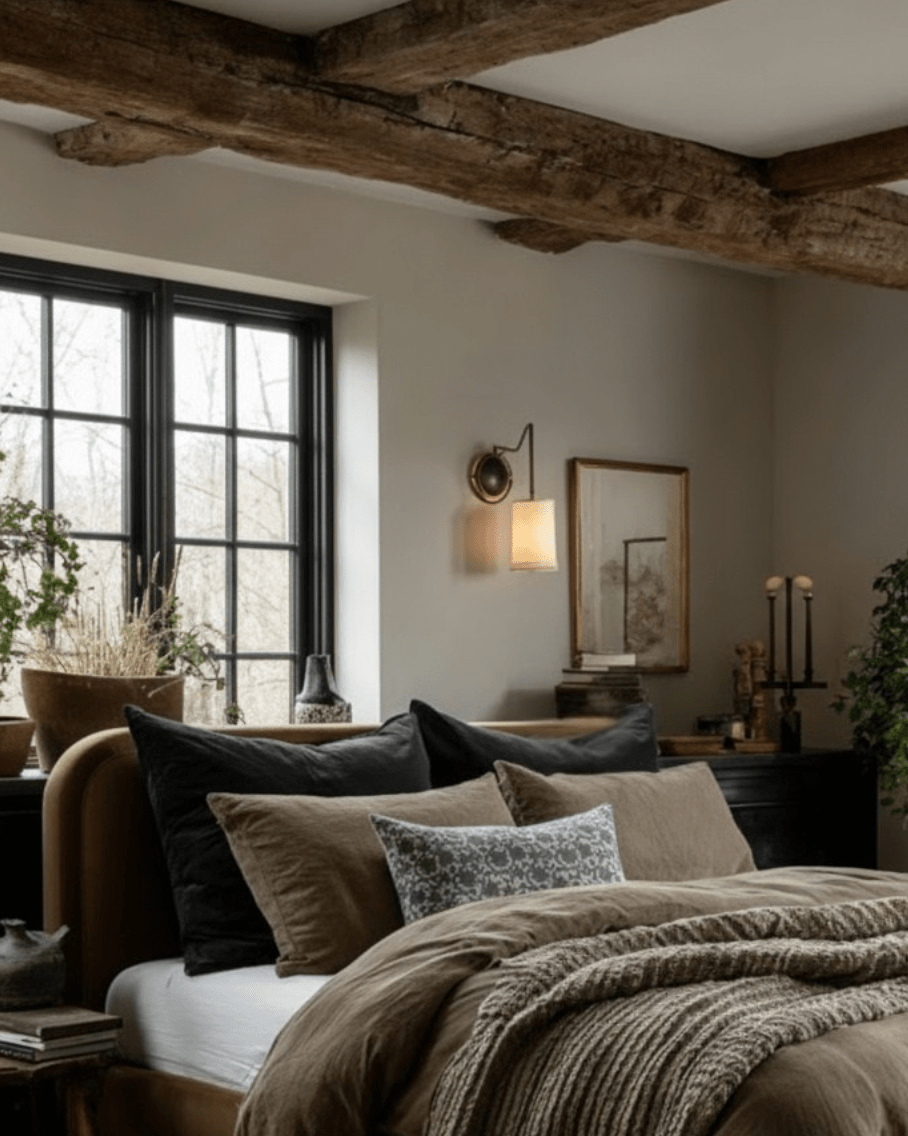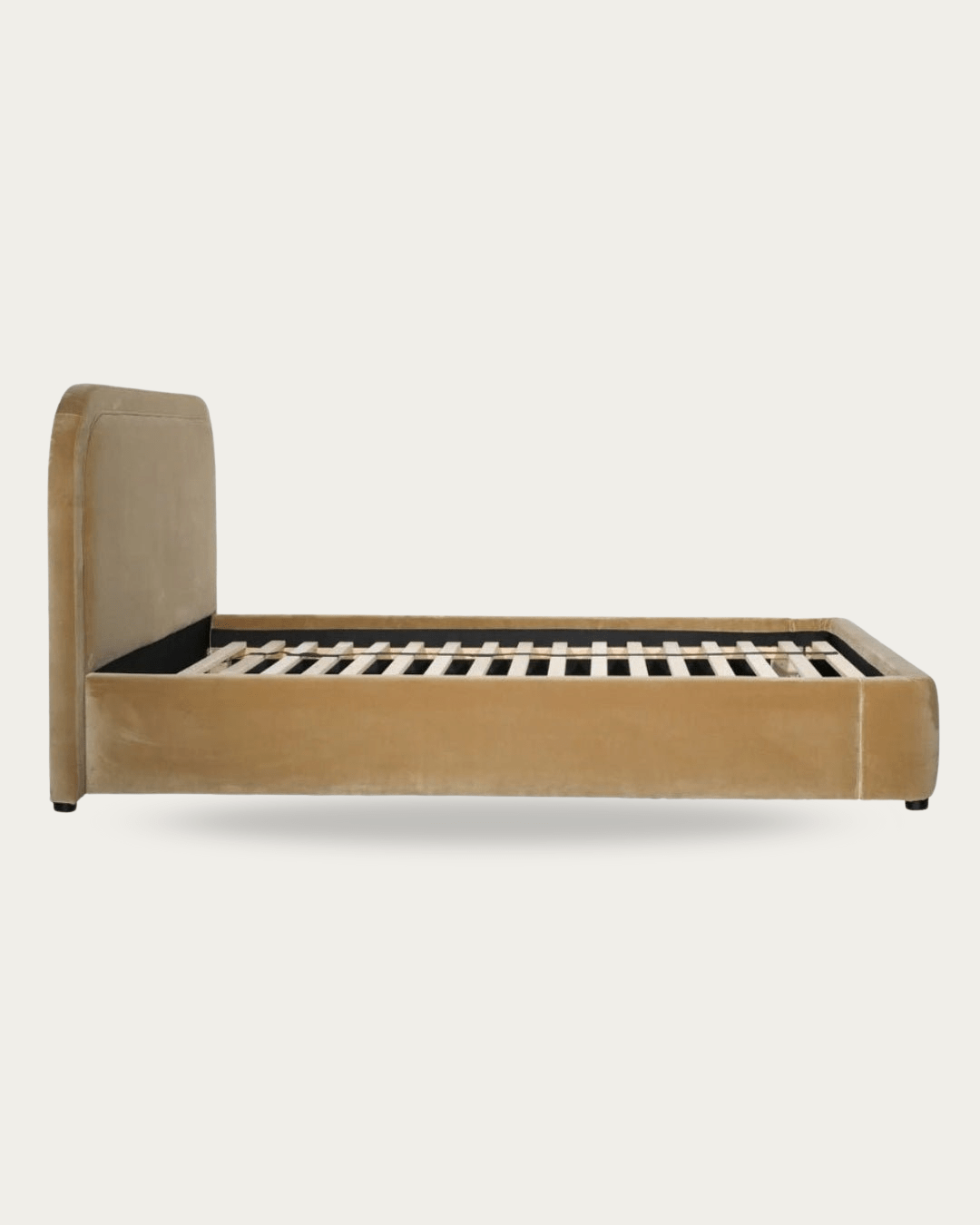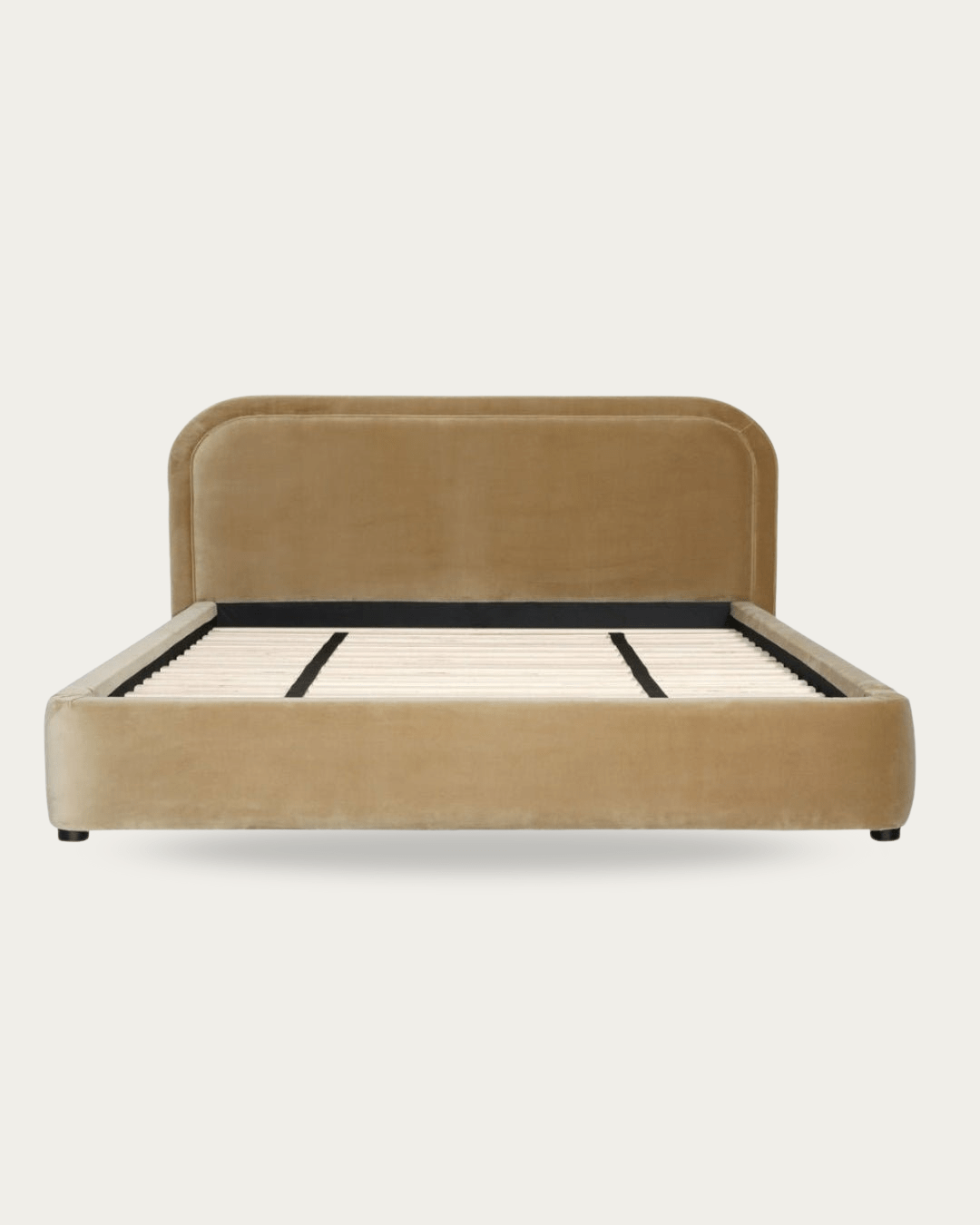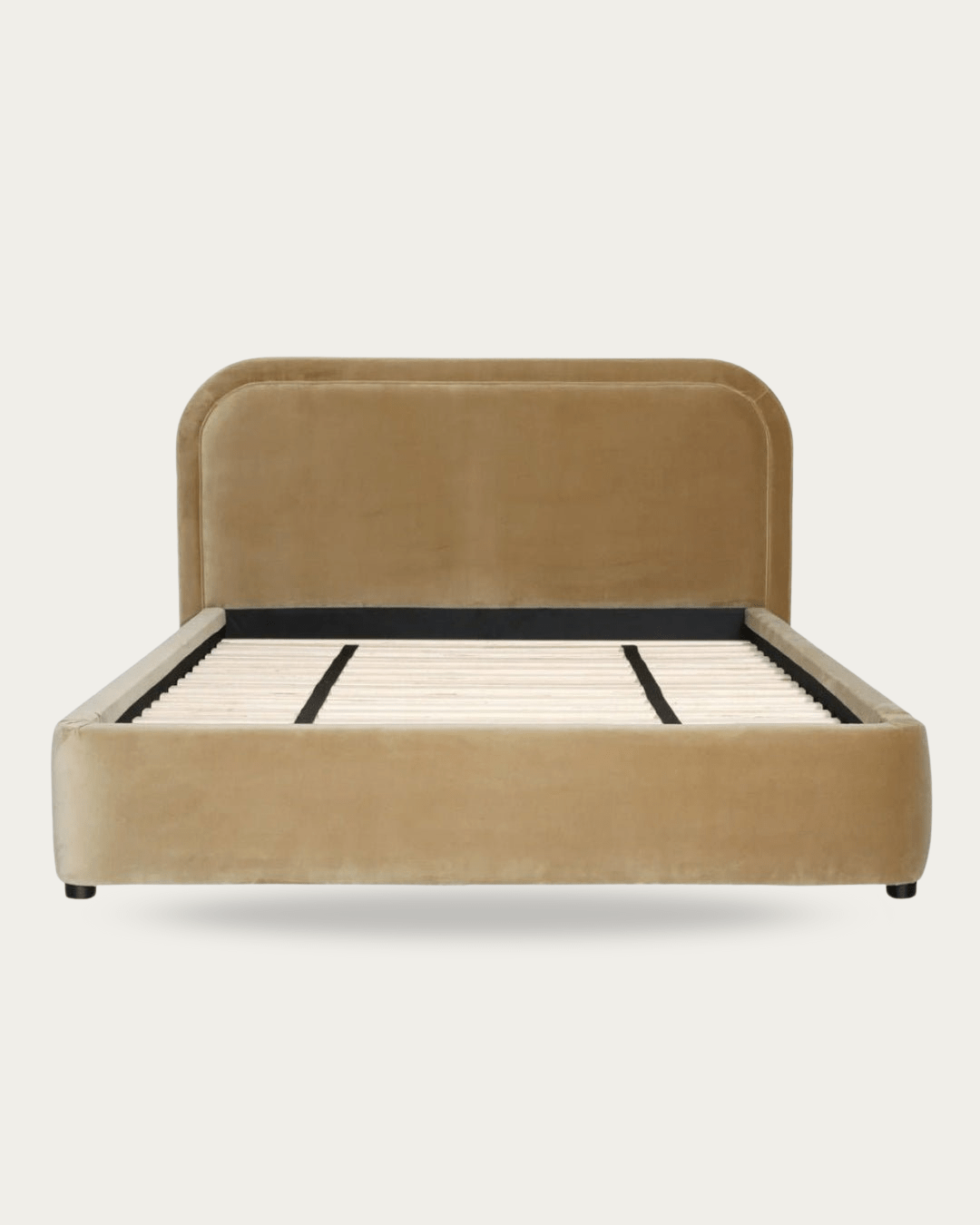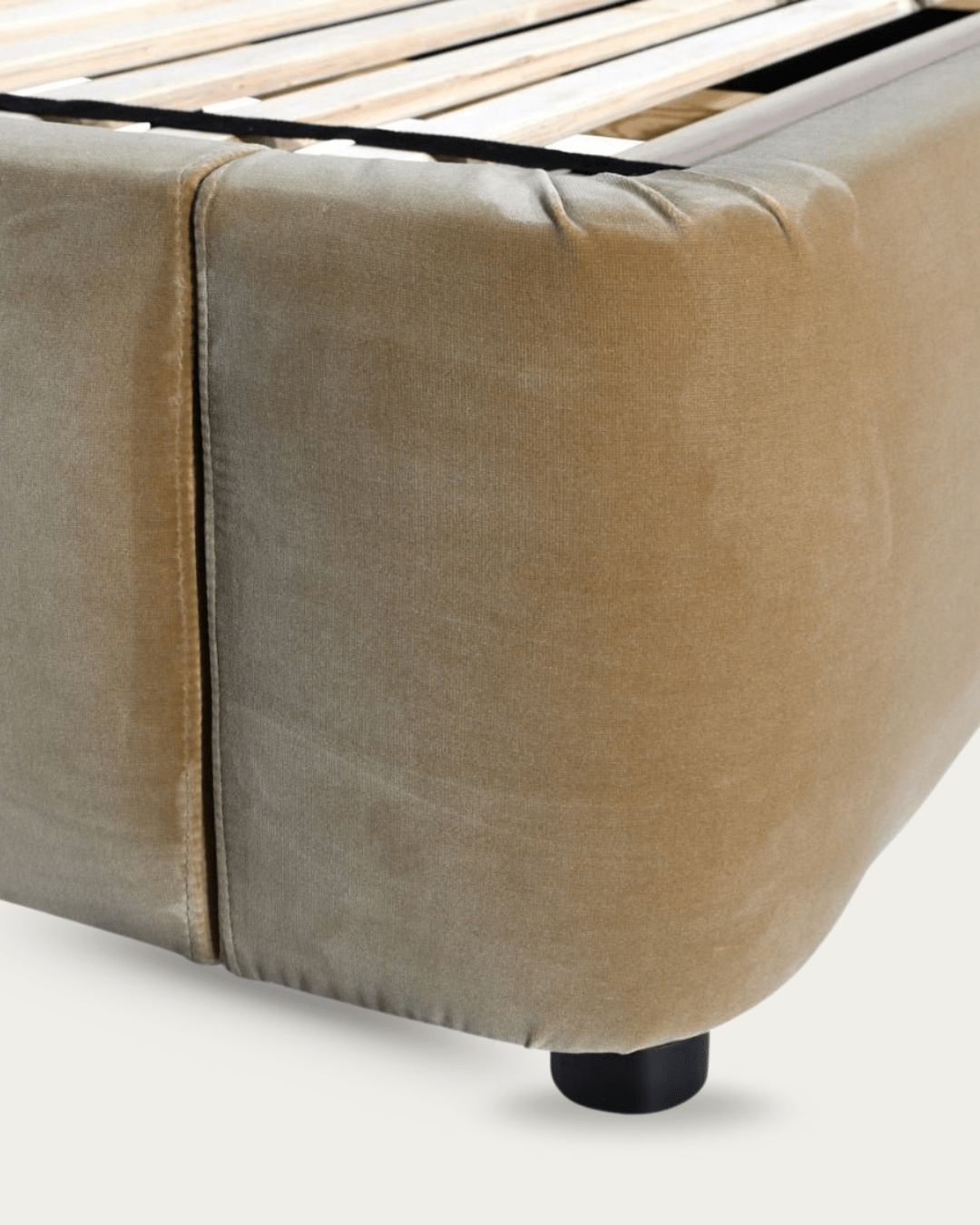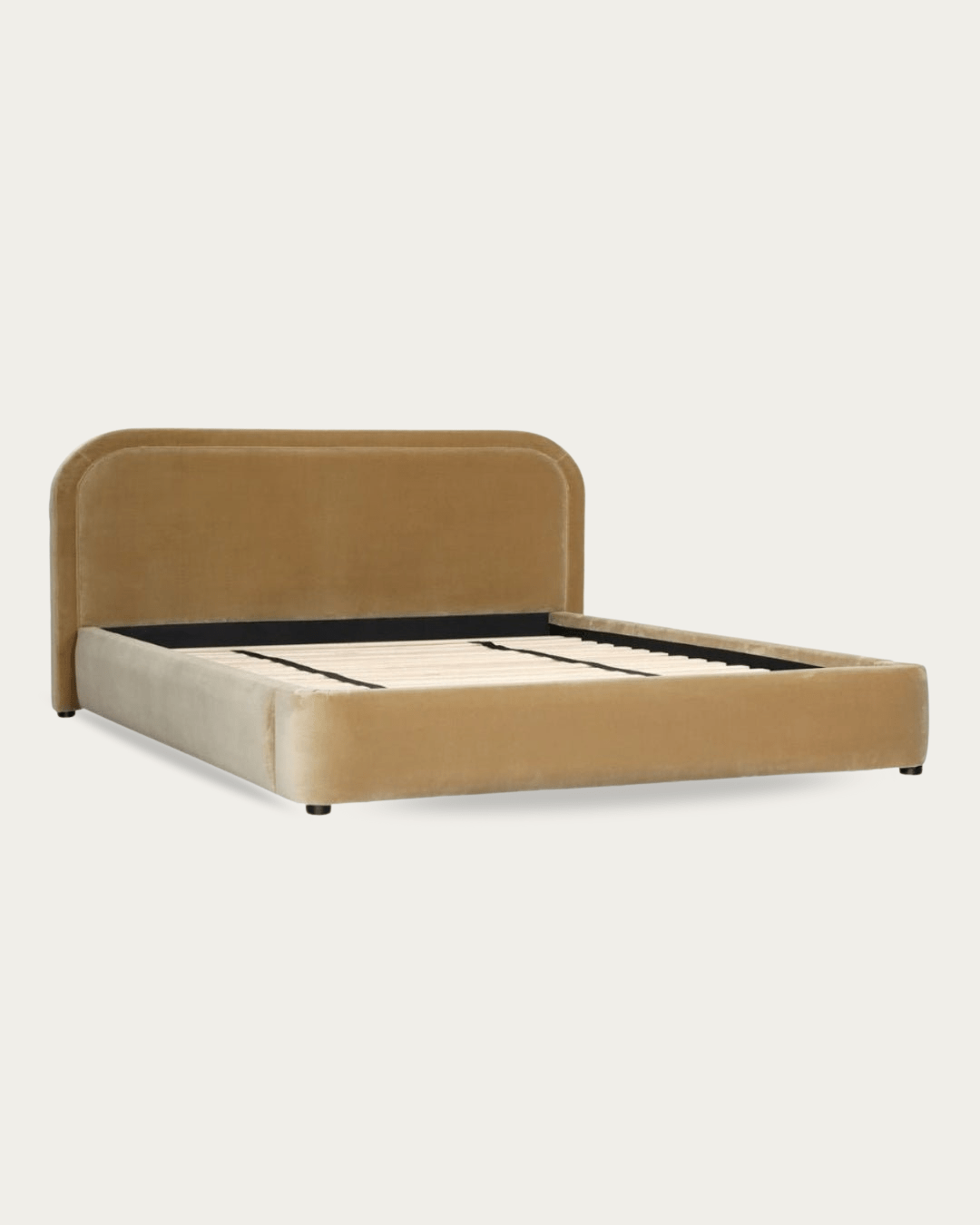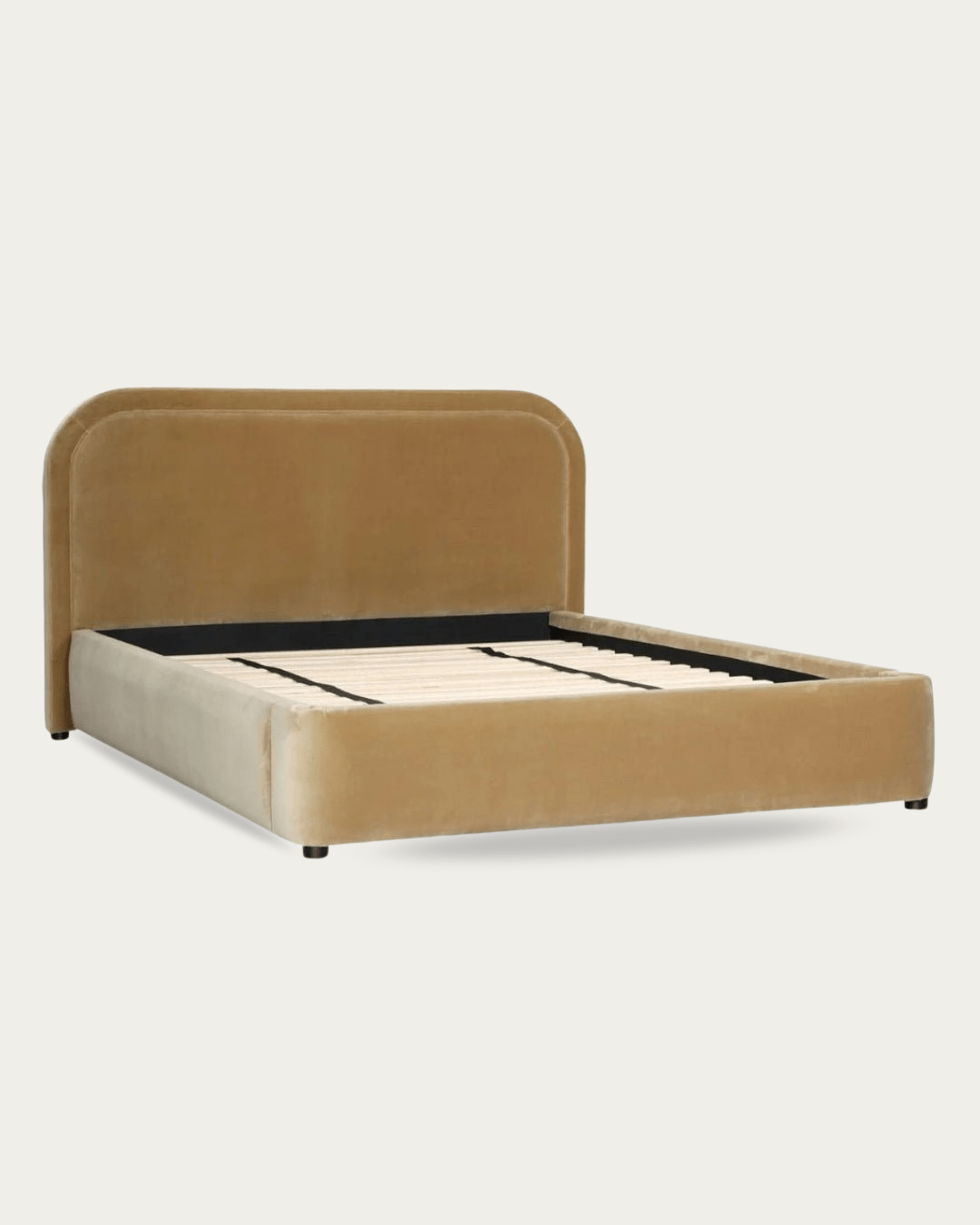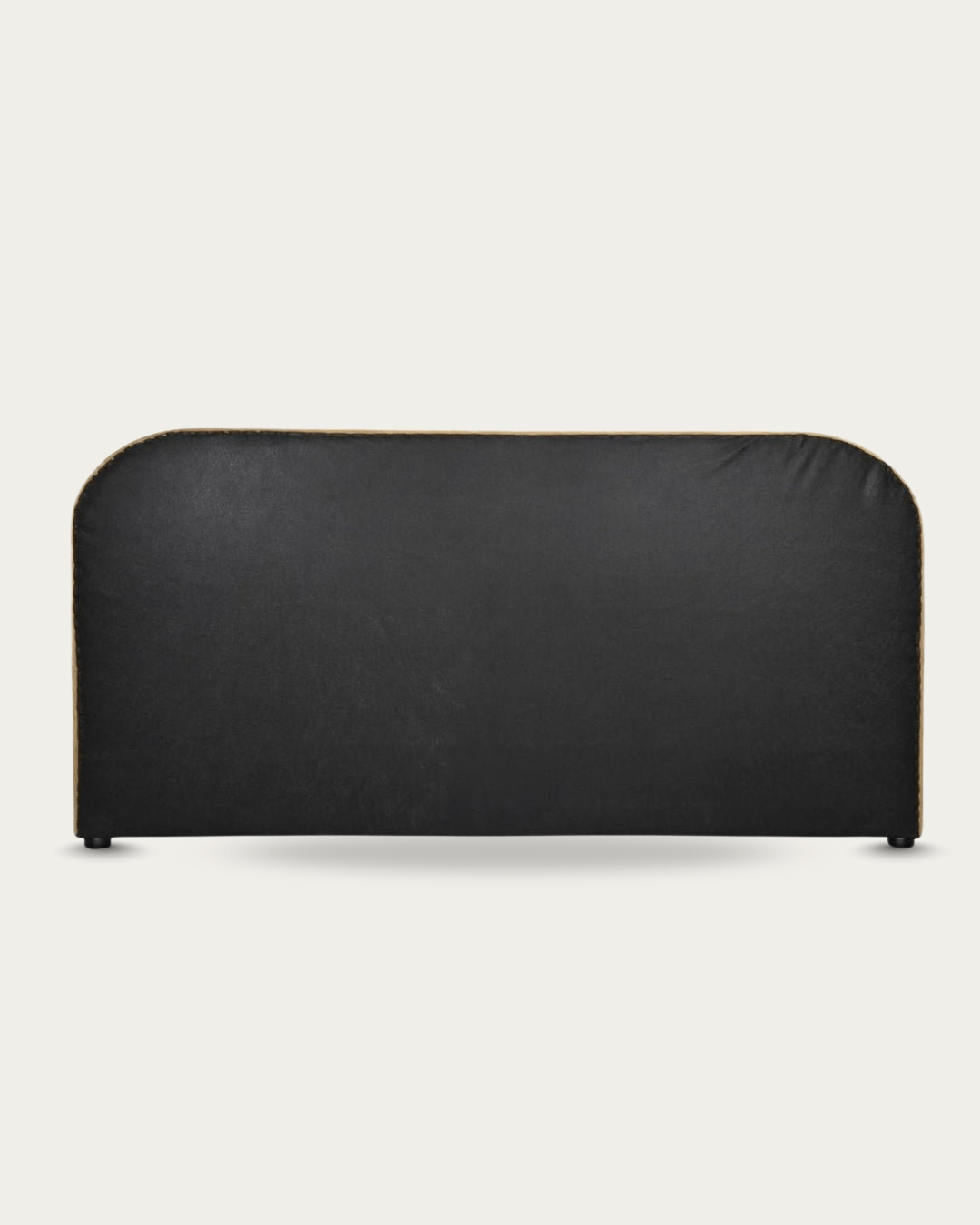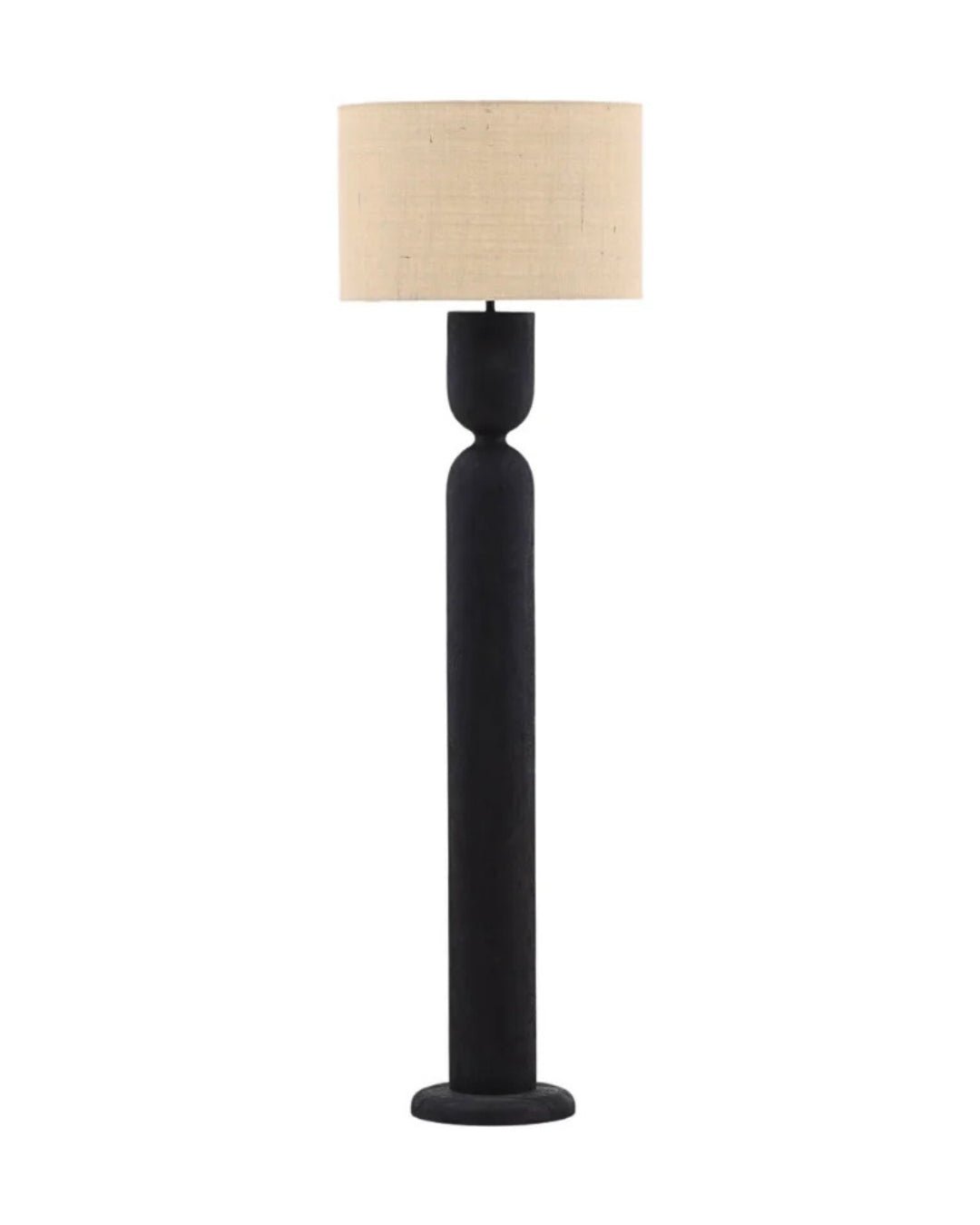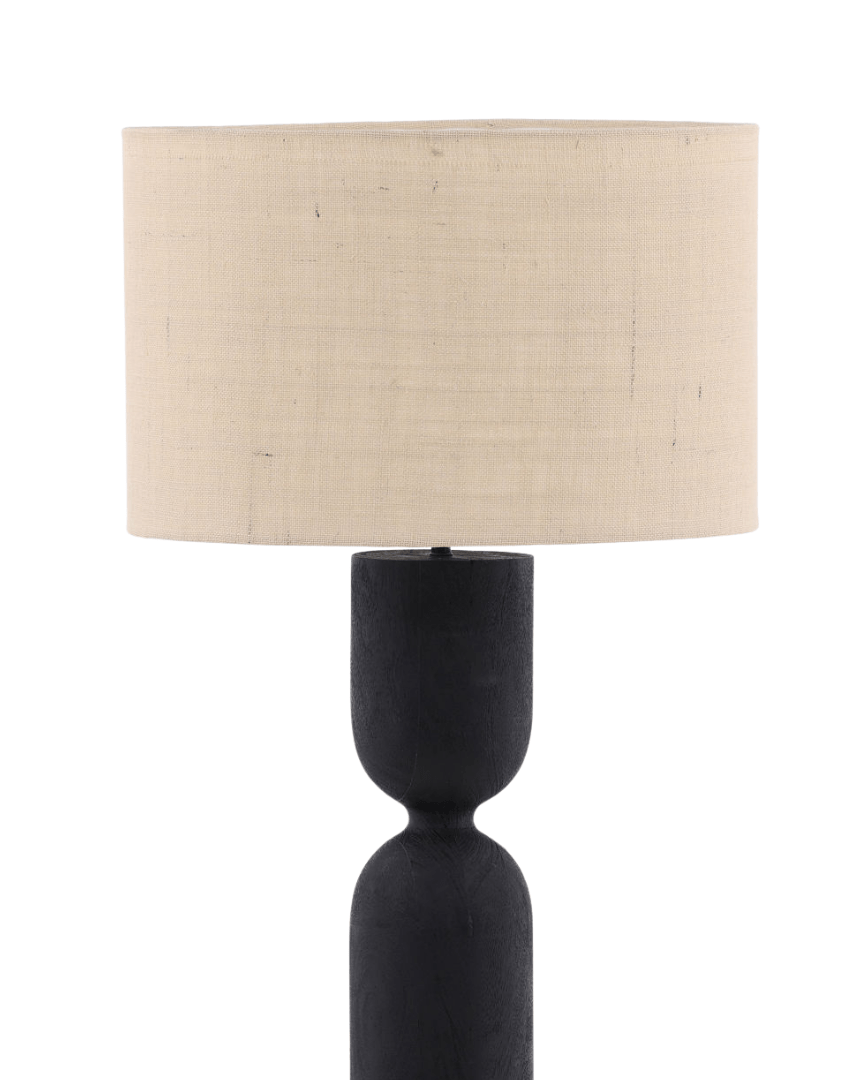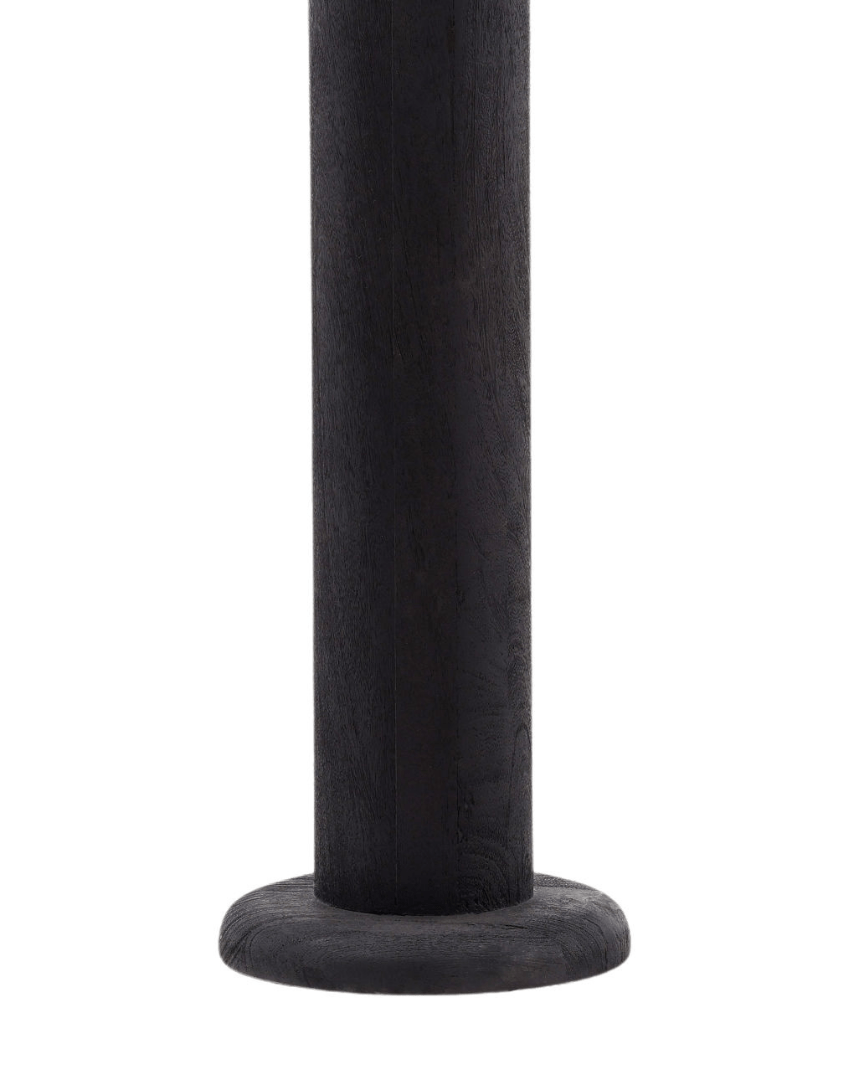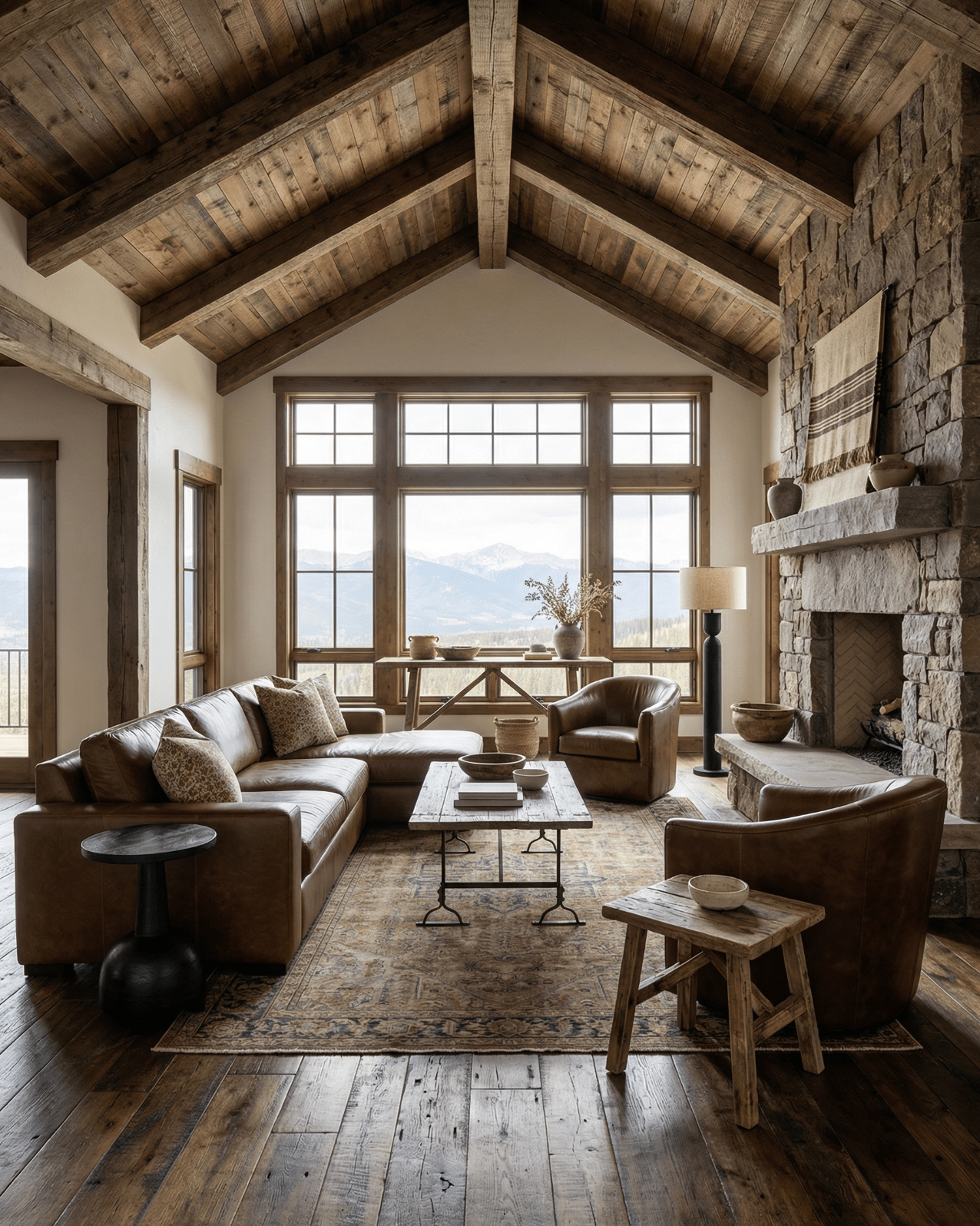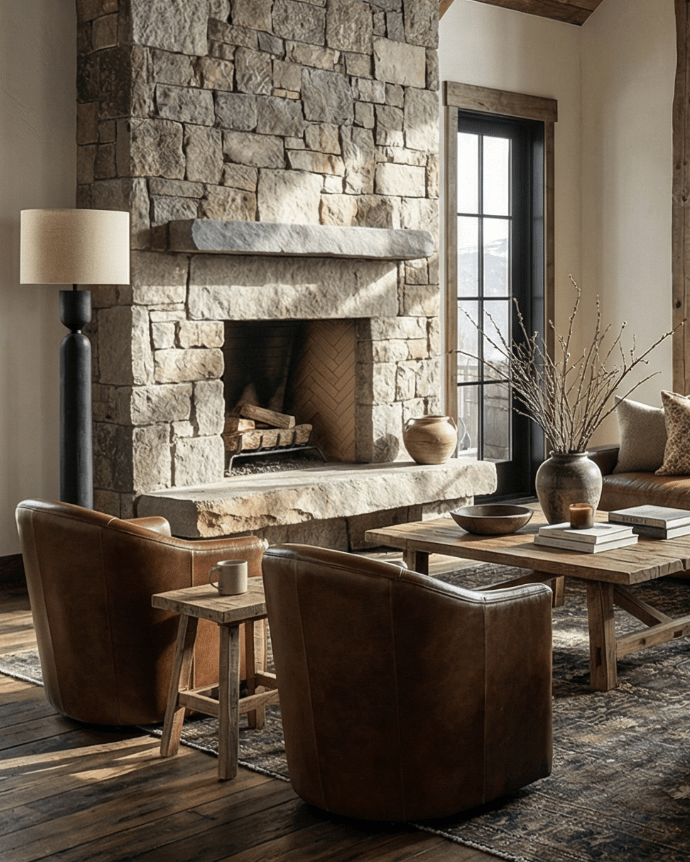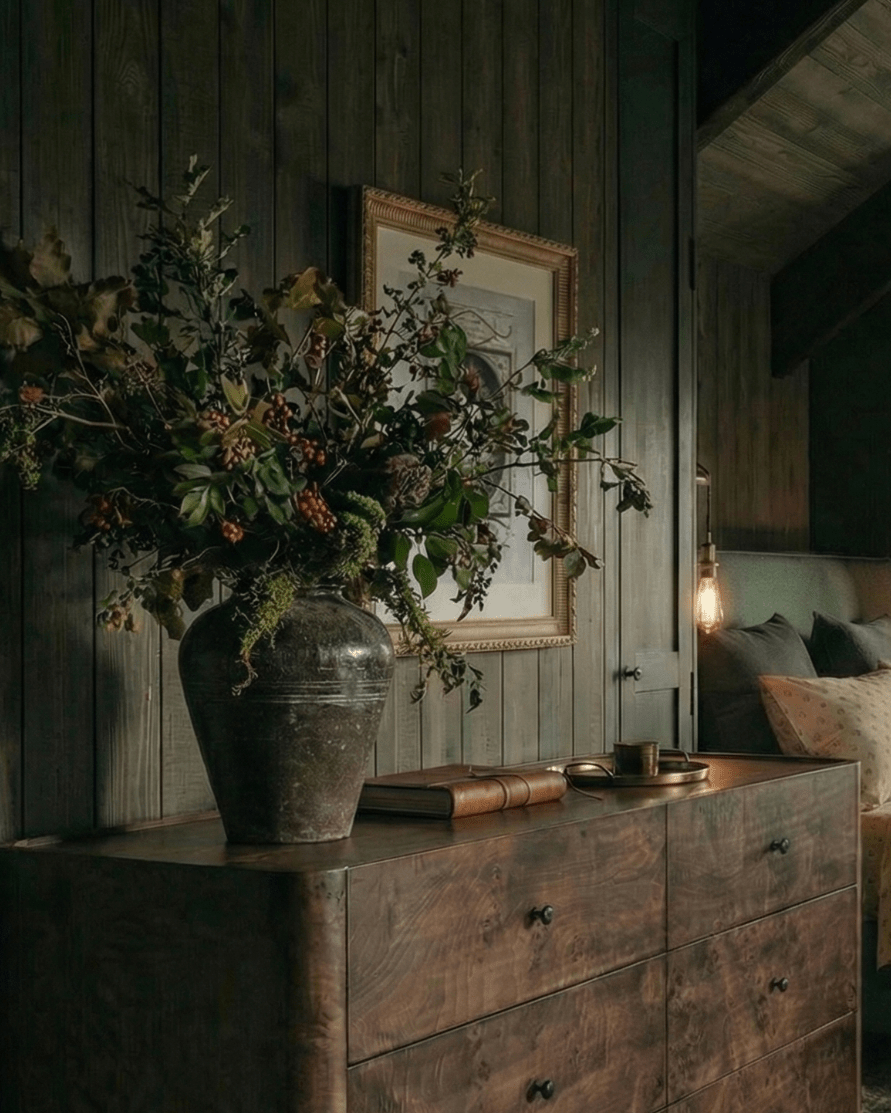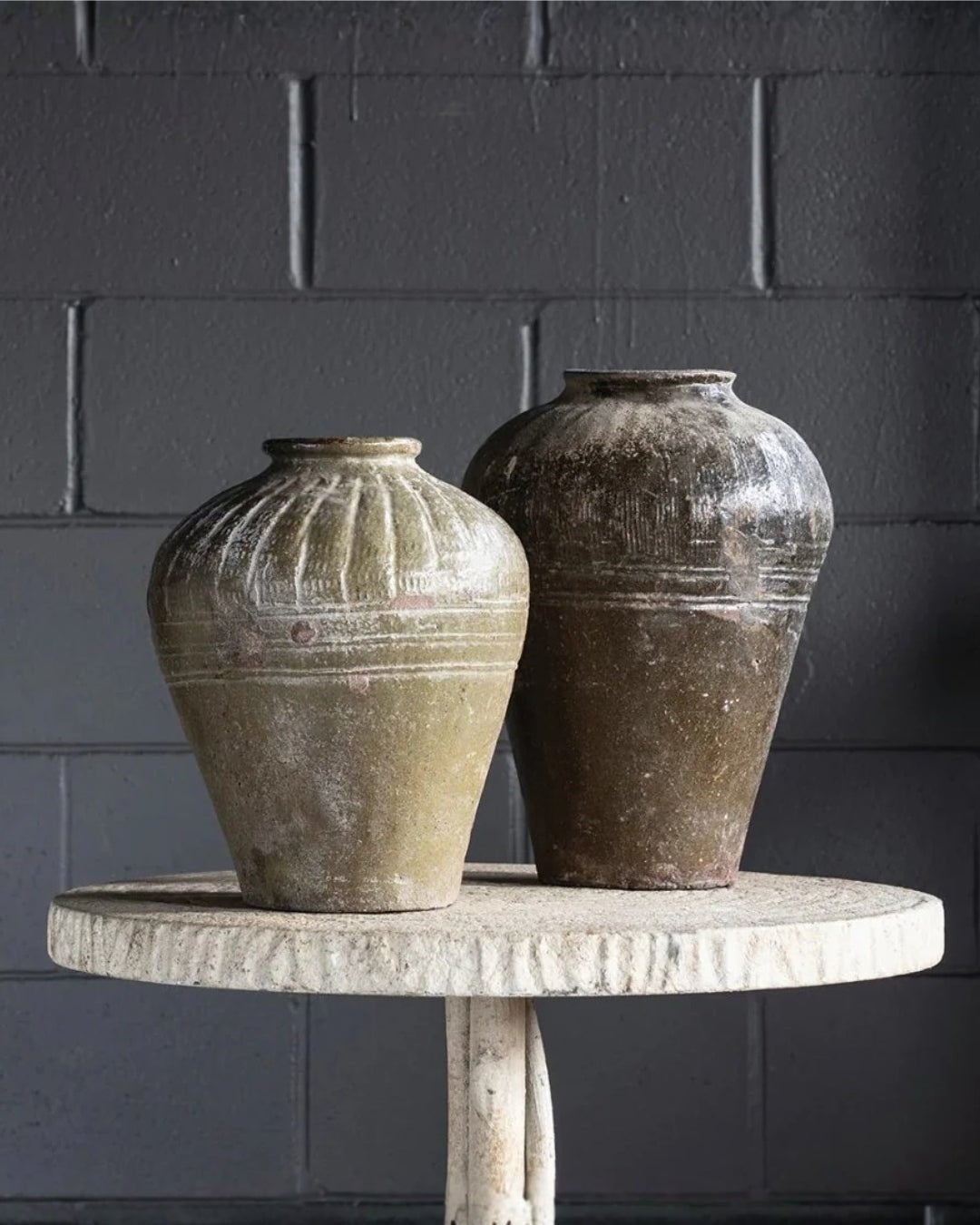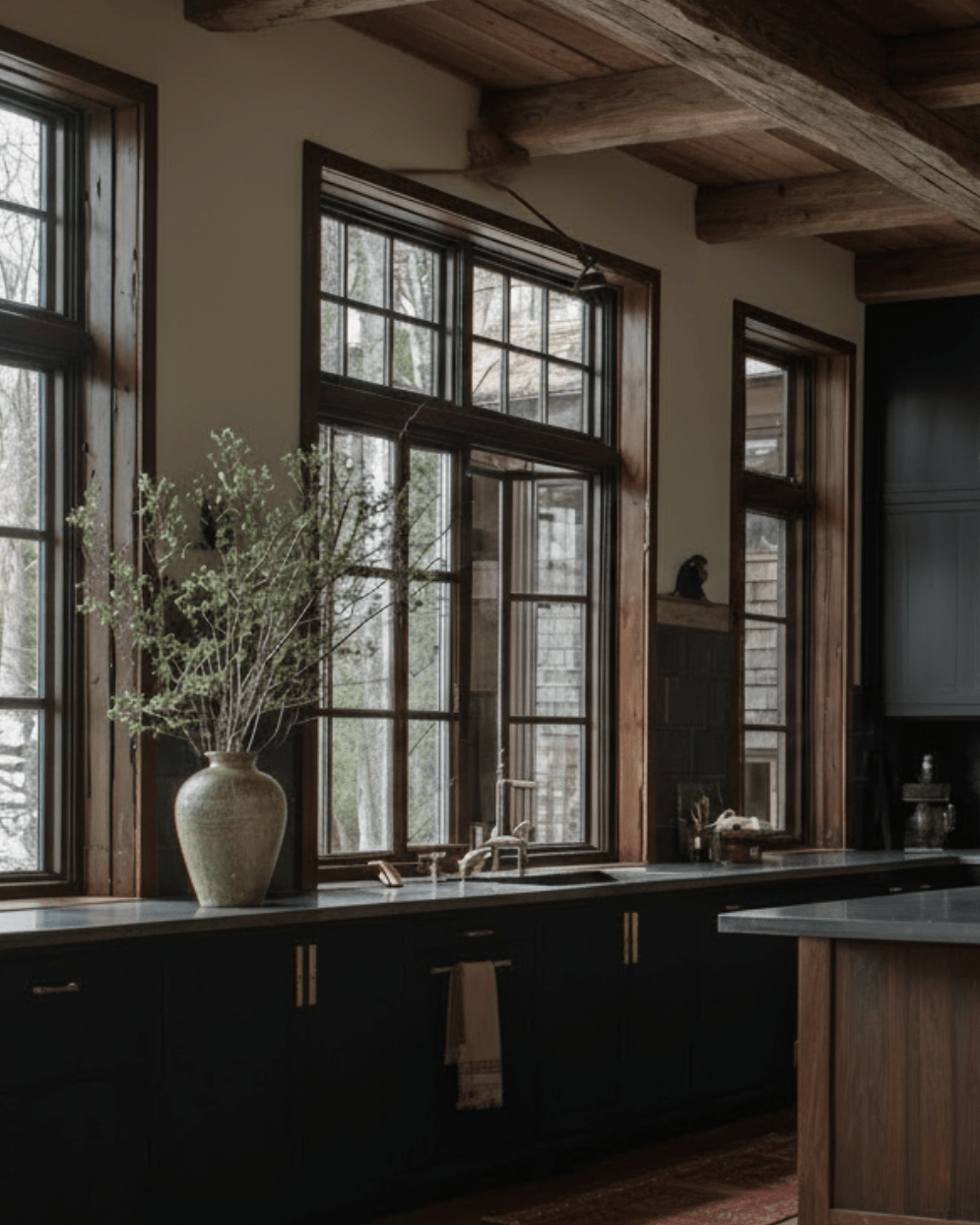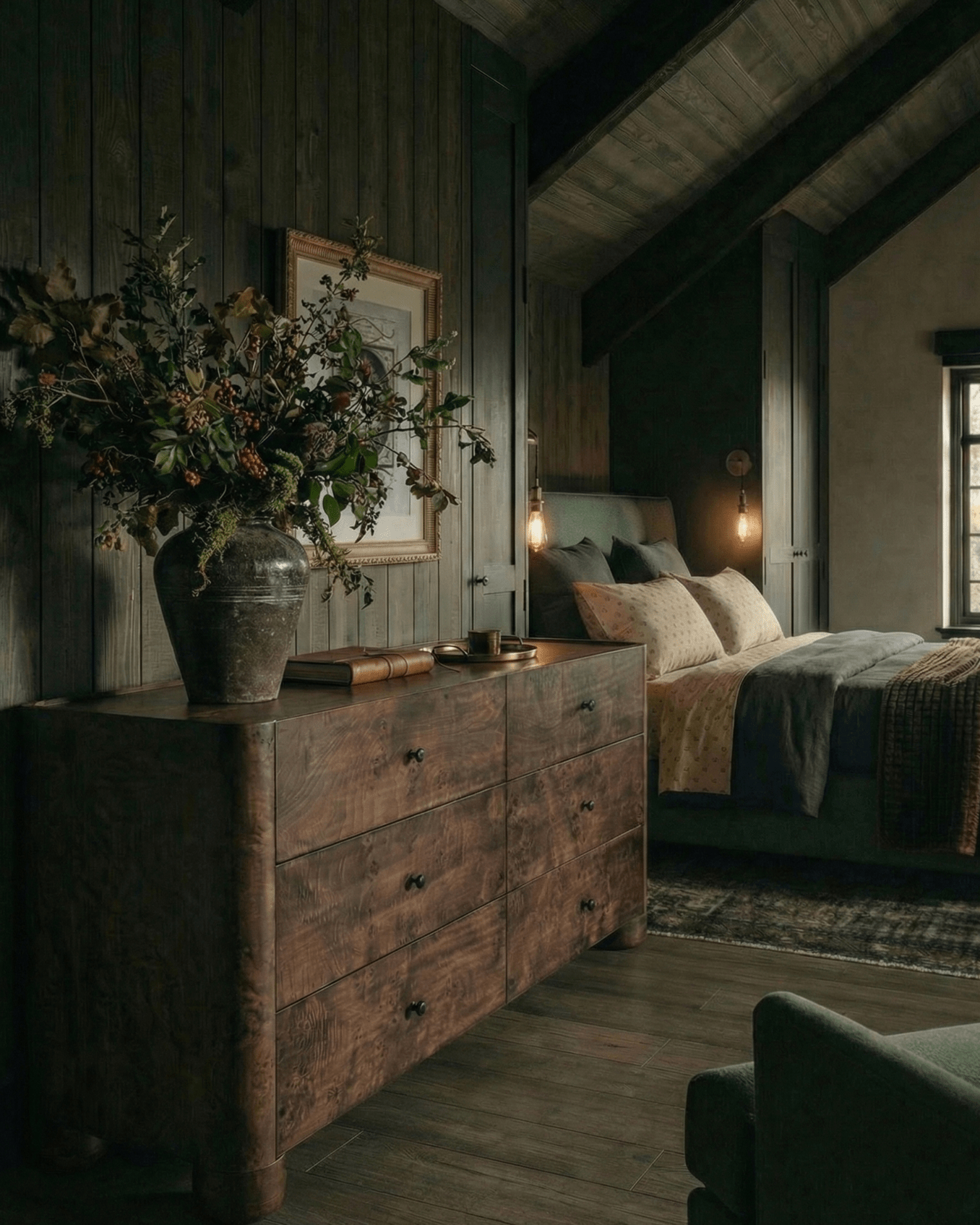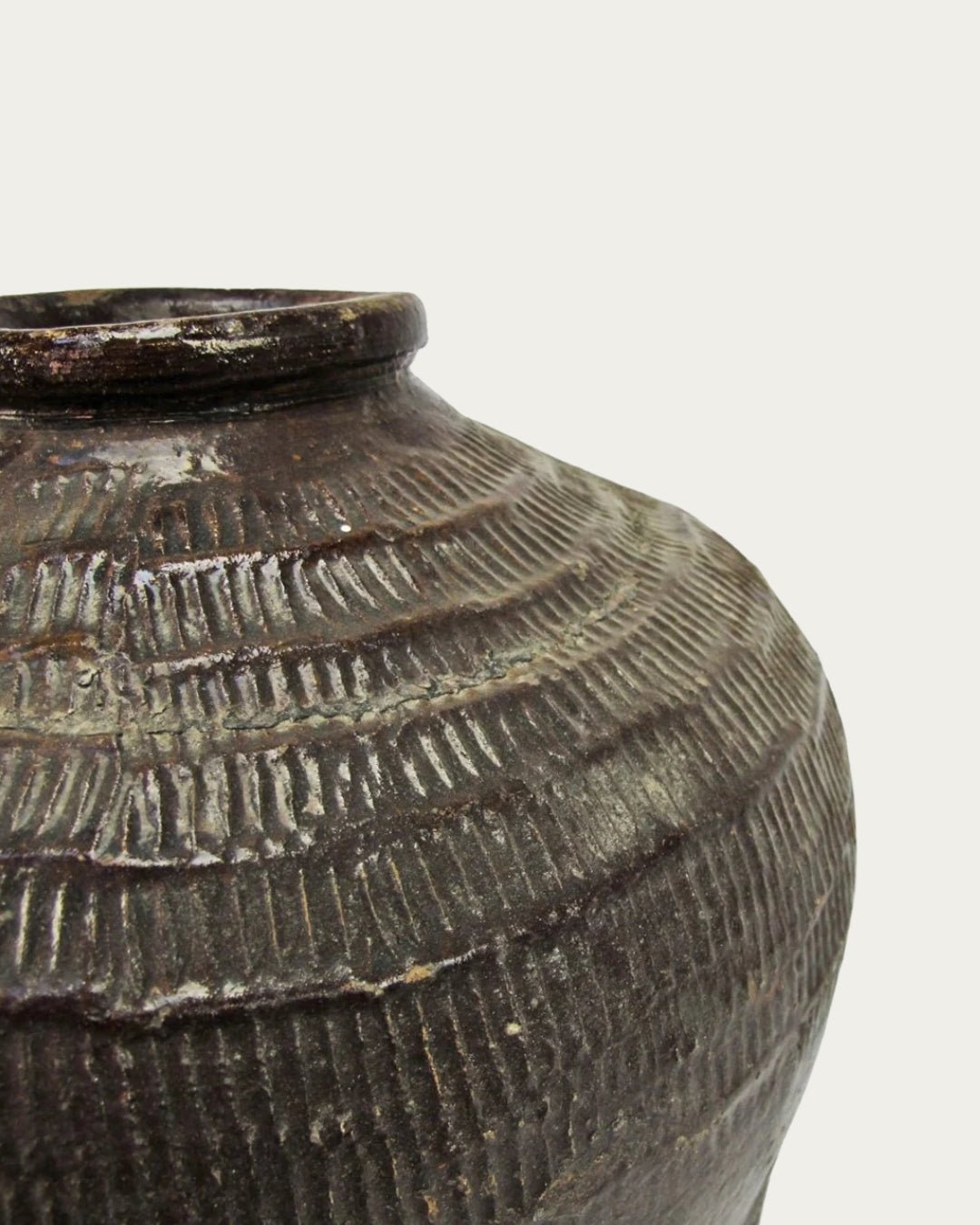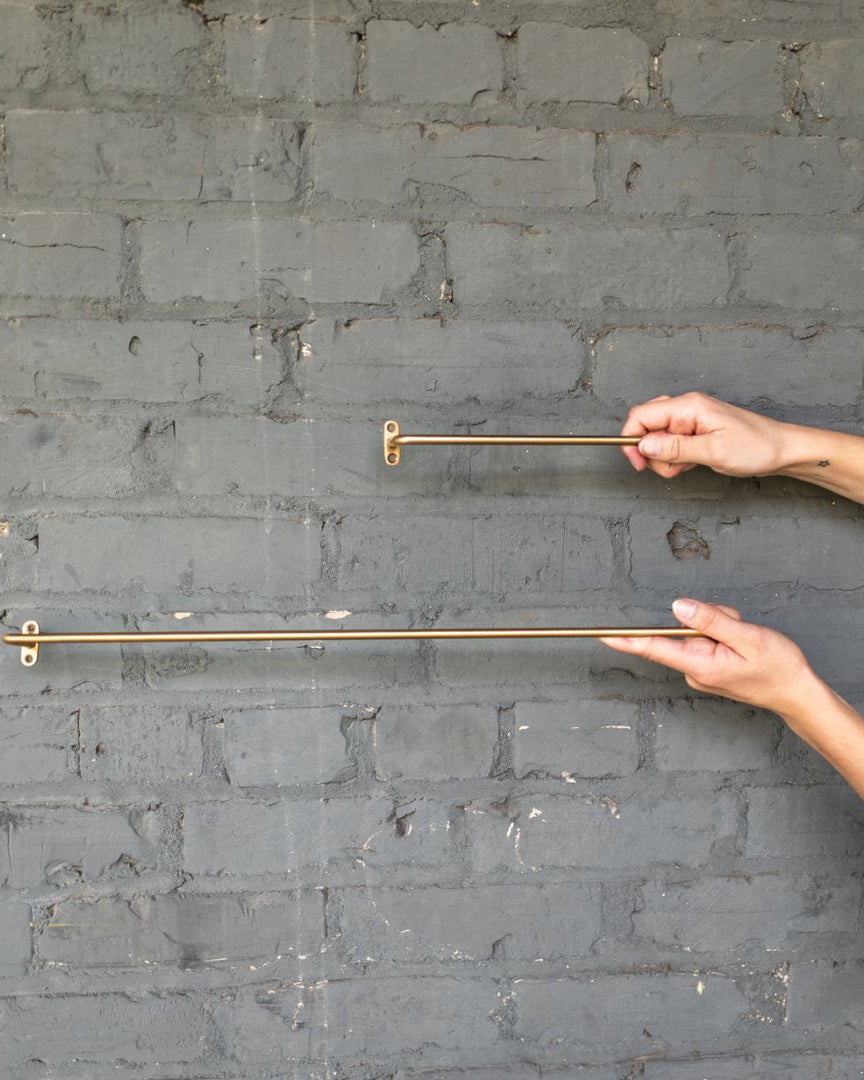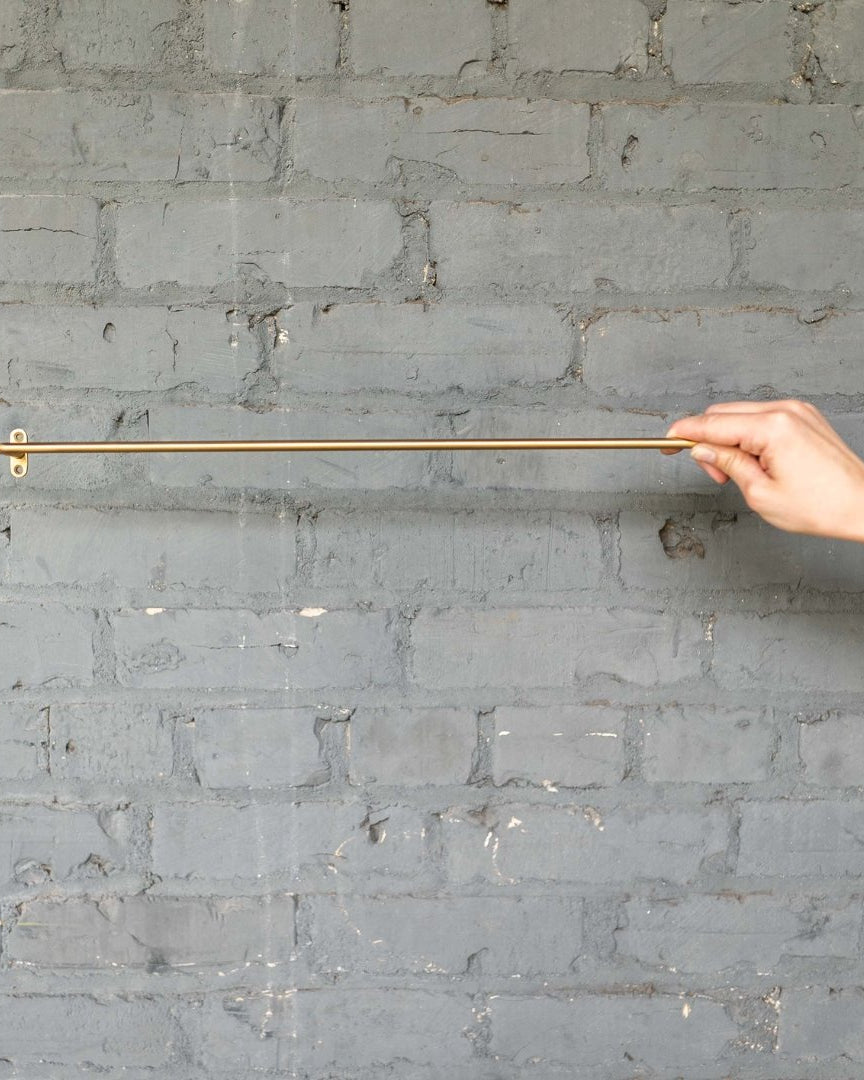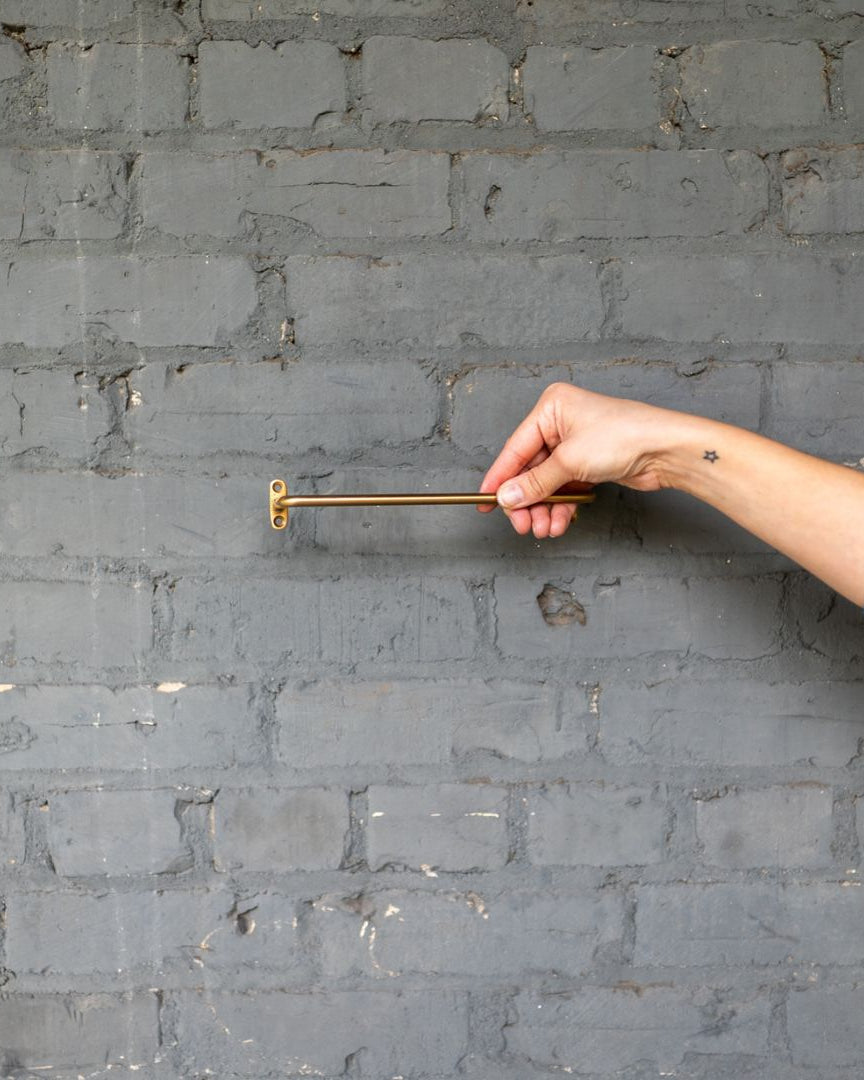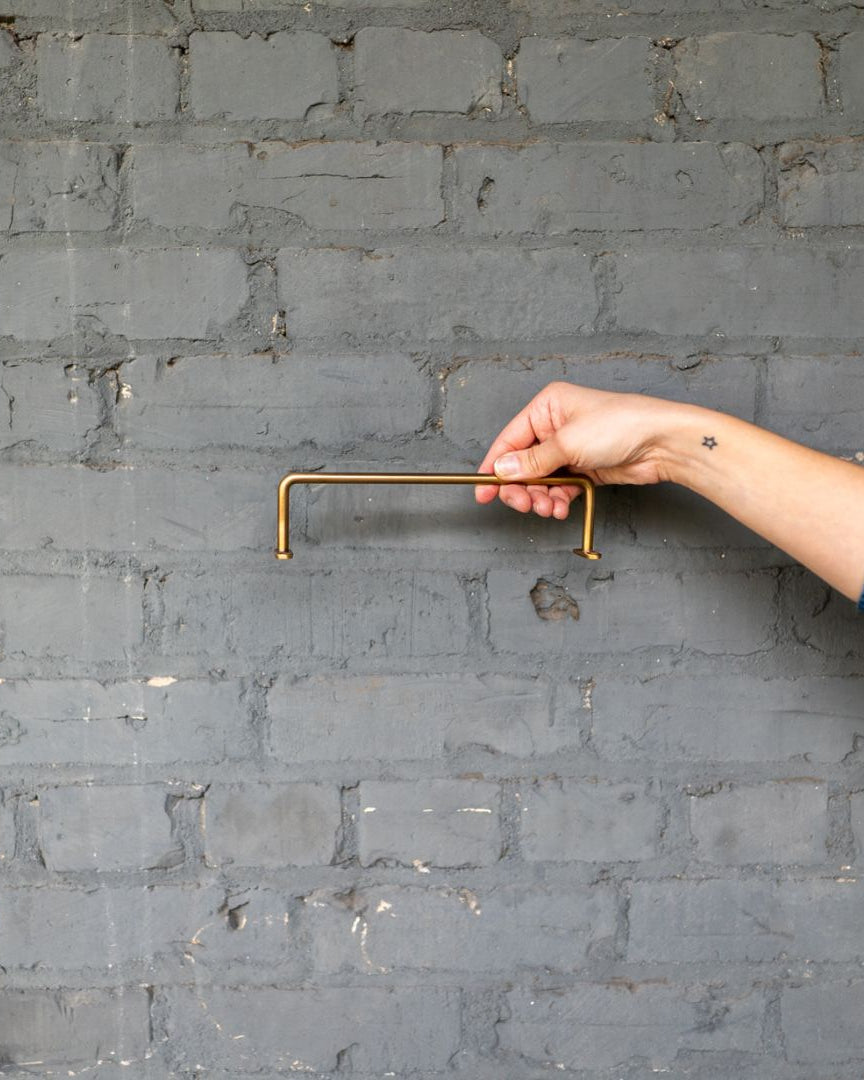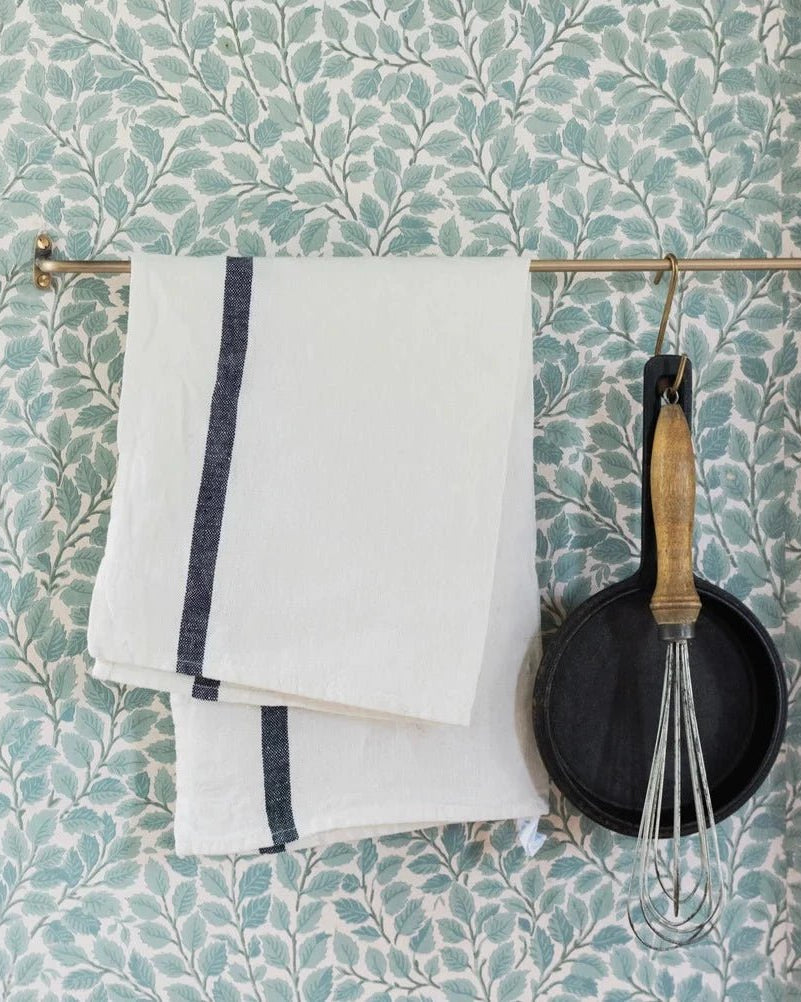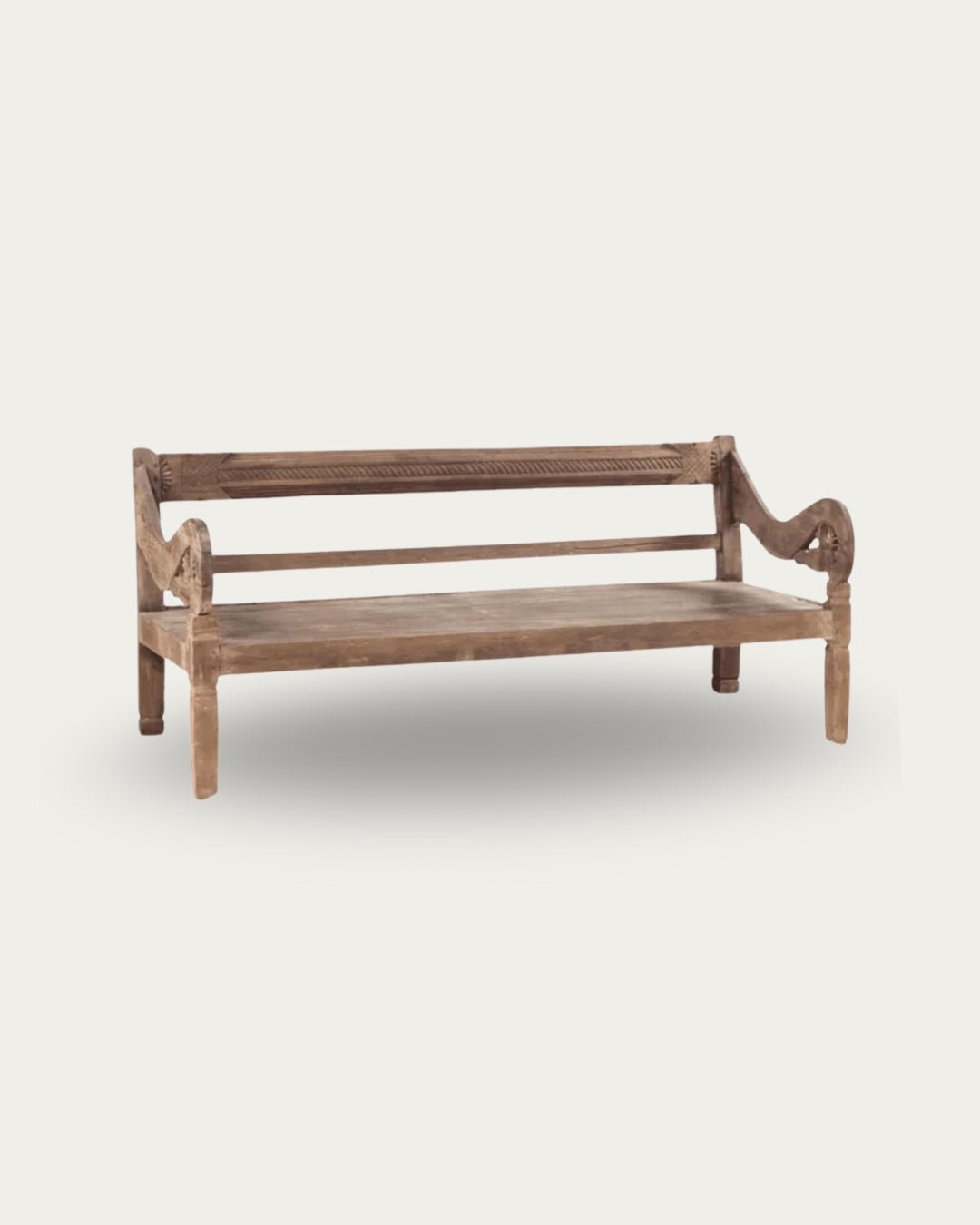Evening settles differently around a reclaimed wood dining table. The surface doesn’t shine like glass or steel; it absorbs. Knife marks, nail holes, softened edges, and grain that carries scars of another life all shift how a room feels. At a contemporary dining room table made of reclaimed wood, light scatters instead of glares, voices slow instead of rise, and the meal takes on a rhythm that feels anchored.

This isn’t just furniture. It’s structure, presence, and memory—an architecture of gathering that holds the room steady. This isn’t just furniture. It’s structure, presence, and memory—an architecture of gathering that holds the room steady. It doesn’t fade into the background; it becomes part of the room’s framework, as essential as the walls that enclose it or the light that fills it. Its weight sets the pace, its surface absorbs the stories, and its grain reminds the nervous system of what’s familiar and safe. Every meal, every pause, every conversation becomes tethered to its presence. Over time, the table isn’t just something you eat on—it’s the anchor that gives the room its rhythm.
Explore the full dining table collection to see reclaimed pieces that anchor meals with weight and story.
The RUTED Reason: Why Reclaimed Wood Regulates
The RUTED method explains why a reclaimed wood dining table changes more than aesthetics. Rhythm comes from how glow scatters across grain, creating a tempo that is slower and less staged. Use is written into every scar and seam; when you sit at a rectangular wood dining table with reclaimed surfaces, you feel its function before you even eat. Texture works as a regulator—patina and roughness absorb stimulation, calming the nervous system. Edges soften over decades, reducing sharpness in both form and mood. Downlight, whether from a chandelier or pendant, lands differently on irregular wood, grounding the meal in glow instead of glare.
👍RUTED Tip: Choose a reclaimed piece with visible history—cracks, joints, or tonal variation. Irregularity isn’t imperfection; it’s what teaches the body to settle.
The Science of Material and Mood
Environmental psychology gives weight to what we feel. A 2017 study in Physiology & Behavior found that rooms with natural wood surfaces significantly lowered tension and fatigue compared to non-wood environments. Ikei et al. confirmed in Journal of Wood Science (2017) that visual contact with wood activates the parasympathetic nervous system, the body’s “rest and digest” mode. More recently, a 2023 study in IJERPH showed that even just viewing a wooden table triggered calming responses in participants.
Lighting research aligns with this. Studies in Frontiers in Psychology (2019) and Lighting Research & Technology (2021) showed that warm light at or below 3000K improved relaxation and reduced overstimulation. Directional, low-level lighting—like pendant glow across a contemporary dining room table—lowered cognitive load compared to uniform overhead brightness.
Design translation: reclaimed wood plus warm light equals physiological grounding.
Sustainability and Story in Reclaimed Wood
Every reclaimed wood dining table carries a dual narrative: environmental responsibility and material history. Salvaging pine, oak, or mixed hardwood reduces the demand for new timber while extending the life of what already exists. The result is not just sustainability as a statistic, but sustainability as an atmosphere—patina and wear that prevent a space from feeling sterile. A contemporary dining room table made from reclaimed planks is as much about carbon savings as it is about preserving story.
RUTED Tip: Choose reclaimed tables with visible marks of their past life. These cues don’t just tell a story—they help regulate the nervous system by signaling familiarity.
Memory in the Surface: Why Reclaimed Carries More Weight
A brand-new surface reflects. A reclaimed one absorbs. Knife scars, sun-faded tones, and patched joints all serve as memory cues. The brain recognizes history in these irregularities, lowering vigilance and signaling safety.
The Amelia farm table shows how patina grounds space—its worn-in finish and spindled legs absorb glare and layer story. The same principle applies to a reclaimed wood dining table: imperfections read as lived-in, which calms the nervous system faster than a flawless gloss finish.
RUTED Tip: Position your table where natural light can skim its surface. The play of daylight across scars and grain deepens texture and makes memory tangible.
The Role of Rectangular Geometry
A rectangular wood dining table is more than a shape—it’s posture. Rectangles distribute people in lines, directing flow and conversation. Long forms create shared rhythm, while ends act as anchors. Neuroaesthetics research tells us that geometry influences perception: rectangular layouts create clarity and order, which the nervous system reads as stability.
The Svante dining table exemplifies how rectangular proportion defines a room. Its pine-wood top and rounded edges set the tempo—slower meals, clearer zones, and a strong architectural presence in a contemporary space.
From Rustic Roots to Contemporary Form
Rustic tables once served halls, barns, and kitchens with direct utility—planks across beams, surfaces meant to hold weight. Today, those same bones are reinterpreted into contemporary dining room tables that feel sculptural and architectural.
The Erik dining table bridges rustic grounding with transitional design. Its solid wood form and built-in drawers balance utility with presence, proving that function and regulation can coexist in modern homes.
RUTED Tip: In modern interiors with glass and steel, anchor at least one central piece in reclaimed wood. It balances sharpness with warmth, keeping the room from feeling overstimulating.
Contrasts in Contemporary Dining Rooms
Pairing reclaimed wood with sharper modern materials creates a dialogue that heightens atmosphere. A contemporary dining room table crafted from reclaimed planks feels most alive when set against opposites—sleek cabinetry, polished concrete floors, or steel-framed lighting. The irregular grain and weathered patina absorb light and soften mood, while the hard surfaces nearby reflect and sharpen it. This push and pull—rough with smooth, warm with cool—regulates the space by preventing monotony. Instead of feeling staged, the dining room becomes layered and dynamic, where the table holds memory and texture while its surroundings emphasize clarity and structure.
Texture, Patina, and Nervous System Regulation
Texture is where reclaimed wood becomes medicine. Micro-irregularities scatter light, keeping glare soft. Patina shifts over time, deepening the glow with every season. For the nervous system, these changes are signals of continuity and safety.
The Katrin table echoes this regulating principle. Its combination of stacked wooden curves and marble top scatters light differently across surfaces, layering calm into contemporary layouts. Paired with a reclaimed wood dining table, pieces like Katrin extend grounding presence across the home.
Gathering Under Glow: The Ritual of the Table
Dinner isn’t only about food—it’s about rhythm. The act of gathering under a heavy wooden surface changes pace. Studies in social psychology confirm that shared meals slow conversation tempo, foster deeper connection, and extend duration. A reclaimed wood dining table heightens this effect by adding material gravity.
The Gerda dining table contributes to this atmosphere with its upcycled pine wood and antique-wash finish. Its sturdy round base wrapped in rattan grounds the perimeter while the top scatters glow, helping the nervous system read the space as safe and steady.
Seasonal Shifts at the Table
A table doesn’t change with the seasons, but the atmosphere does. In winter, dimmer light, darker linens, and heavy ceramics create cocooning weight. In summer, brighter settings, linen runners, and reflective serveware lighten mood and pace. A reclaimed wood surface flexes between both, carrying density in winter and openness in summer.
The Igne dining table demonstrates this adaptability. Its salvaged pine construction with a distressed whitewash finish absorbs shadow in colder months but feels airy and playful in summer when paired with greenery or glass.
From Heirloom to Future Memory
The Marks That Tell a Story
The beauty of a reclaimed wood dining table lies in its ability to record life as it happens. Scratches from a child’s art project, stains from celebratory glasses raised too high, or softened corners from years of touch become part of the table’s biography. Each mark is a reminder that design isn’t static—it grows and changes with the people it serves. Unlike polished finishes that reject use, reclaimed wood invites it, turning wear into character.
When Furniture Becomes Heirloom
At first, a reclaimed table may feel like a design choice, a way to bring warmth and grounding into a contemporary dining room. But with time, it becomes something more. It witnesses birthdays, weeknight dinners, long conversations, and quiet mornings with coffee. These memories accumulate until the table itself feels inseparable from the life lived around it. That’s when furniture transforms into heirloom—no longer defined by its material alone, but by the moments it has carried.
Memory as a Design Tool
Patina is more than surface—it’s a sensory regulator. The nervous system recognizes irregularity and familiarity in the soft sheen of worn wood, the uneven grain, and the subtle discolorations. These signals cue safety, reminding the body it is in a lived-in space rather than a staged one. By leaning into memory as part of the design, a reclaimed wood dining table does more than provide function—it fosters comfort and grounded presence in the room.
RUTED Tip: Resist the urge to refinish every mark. Let scratches and stains live alongside the grain—they are what transform a reclaimed wood dining table into a true heirloom.
Neuroaesthetics: Why Shape, Weight, and Familiarity Matter
Shape influences how a space is felt long before it’s consciously seen. Rounded dining tables invite equality and shared rhythm, while rectangular ones establish direction and order. Weight also changes the experience—when a table carries visible mass, the body instinctively steadies in response. Familiarity is the final regulator. Reclaimed surfaces, marked by patina and wear, provide cues of memory that lower arousal and allow the nervous system to rest. In neuroaesthetic terms, a reclaimed wood dining table regulates not just through material but through geometry, weight, and story.
Final Thoughts: The Table as Architecture
A reclaimed wood dining table is not just furniture. It is architecture within architecture. It steadies the dining room, carries memory in every scar, and regulates nervous system tempo. In contemporary homes, it bridges rustic grounding with modern clarity, proving that presence is not designed—it is remembered.





